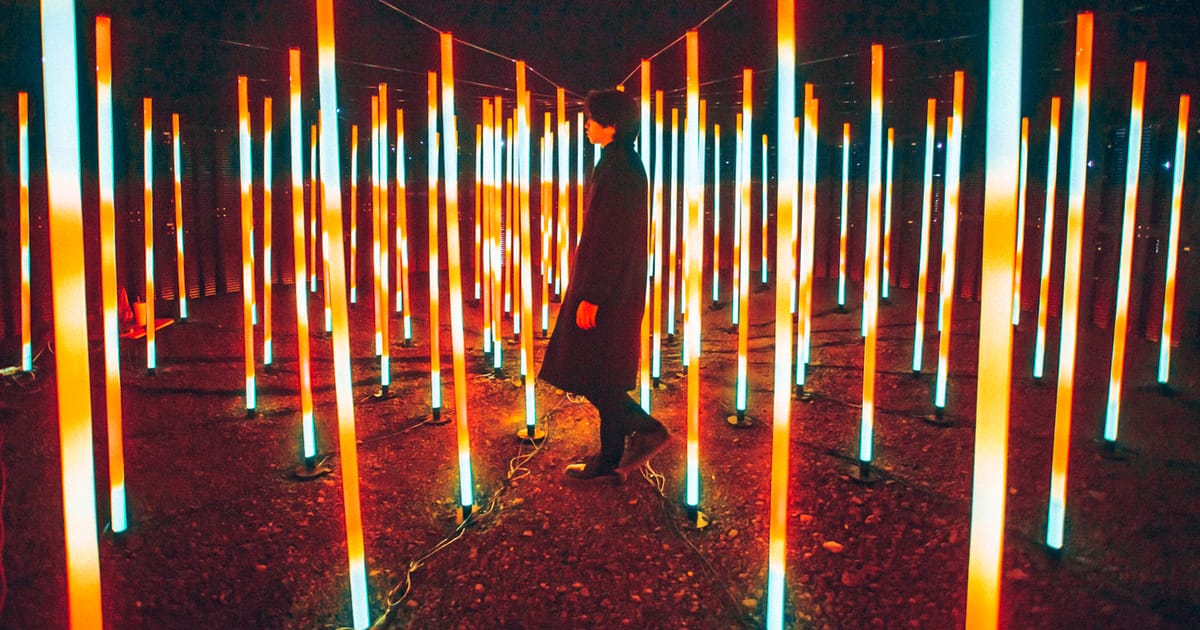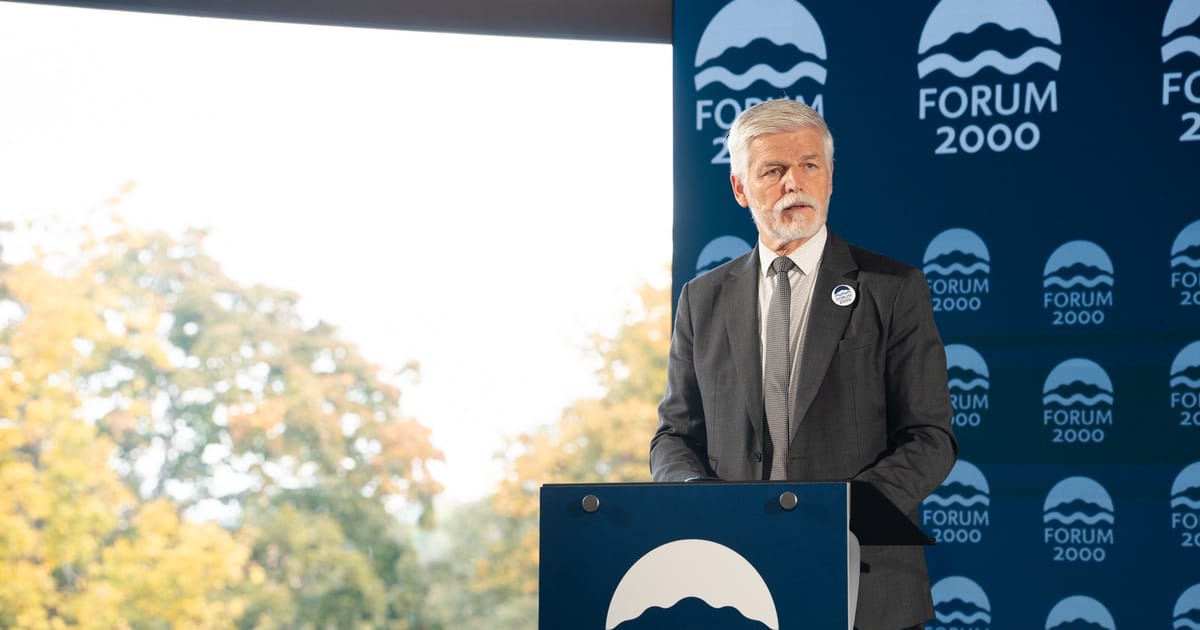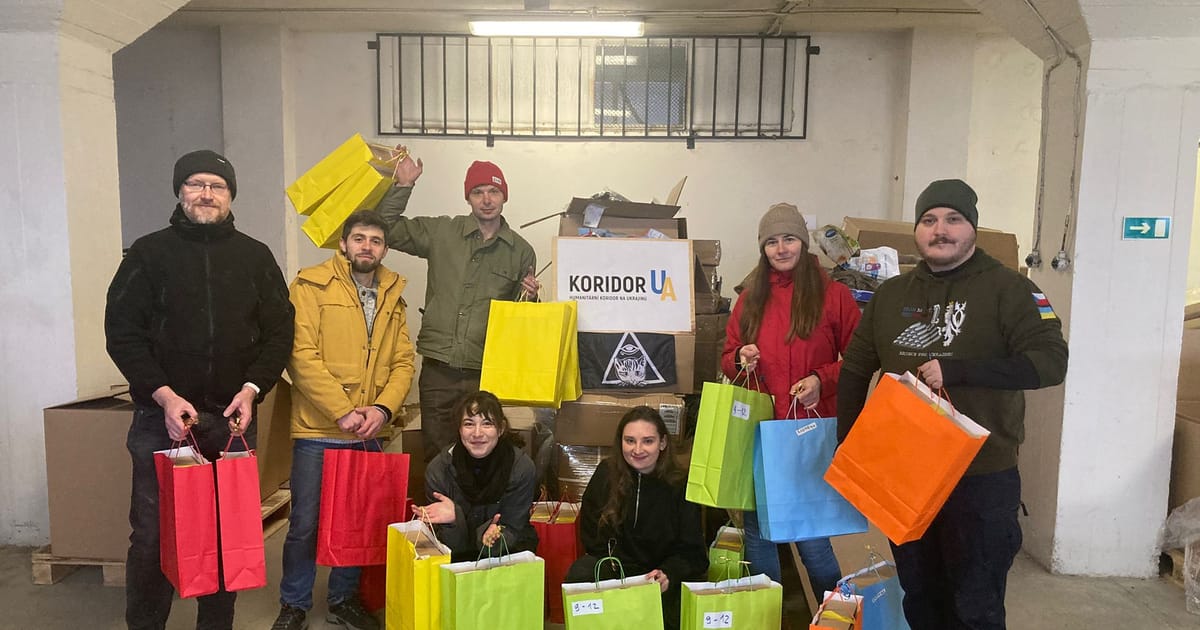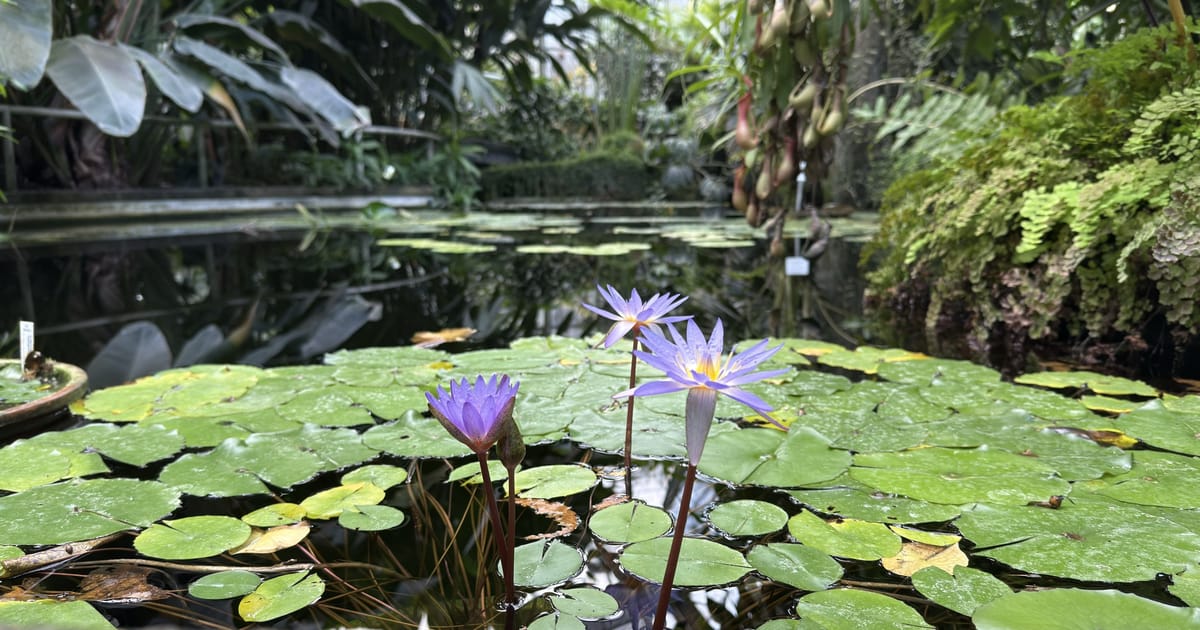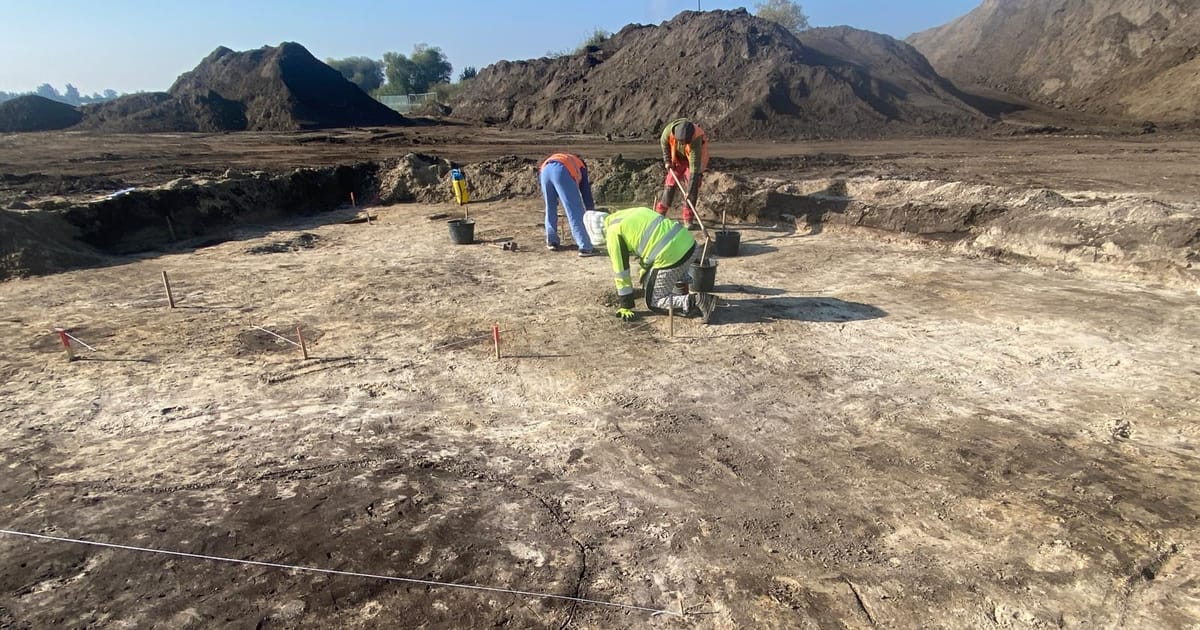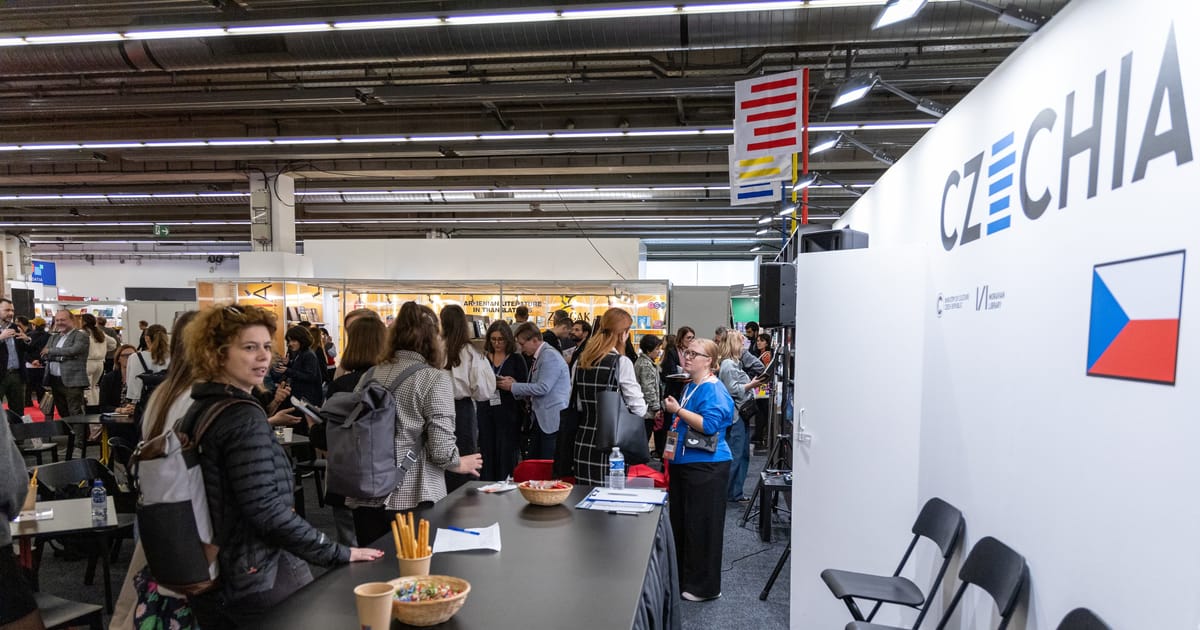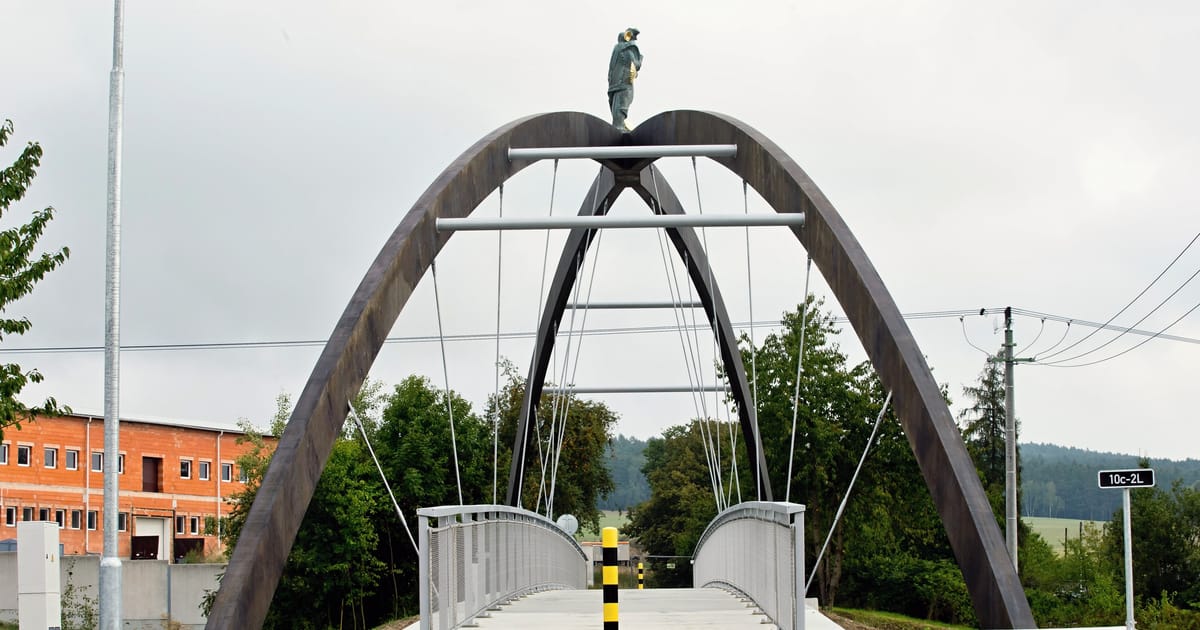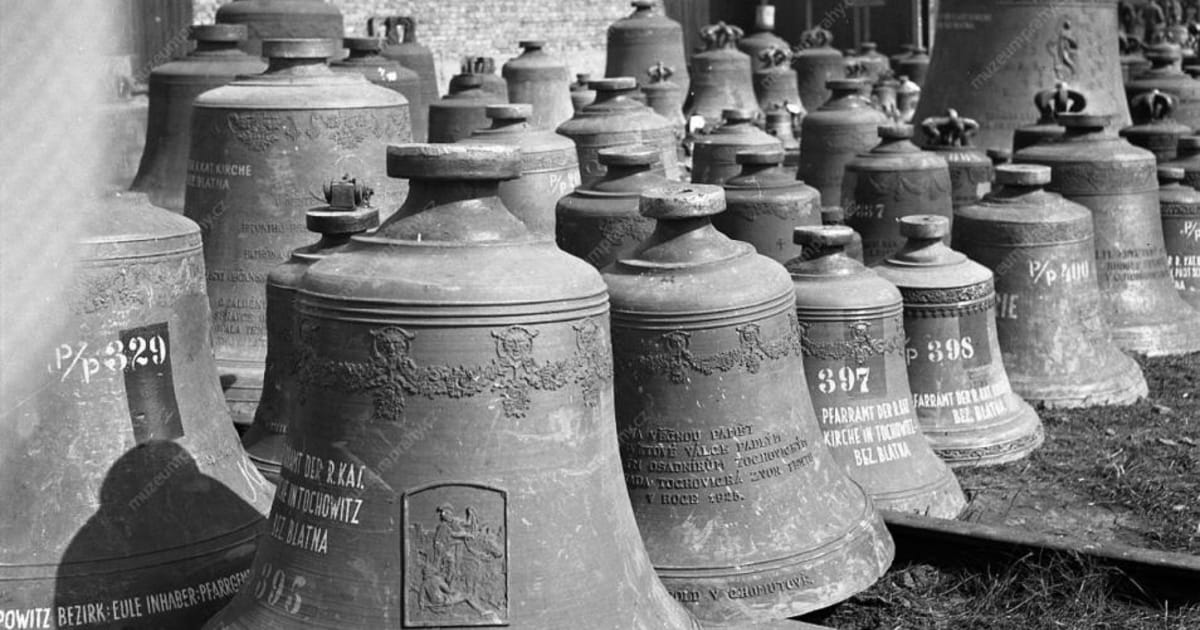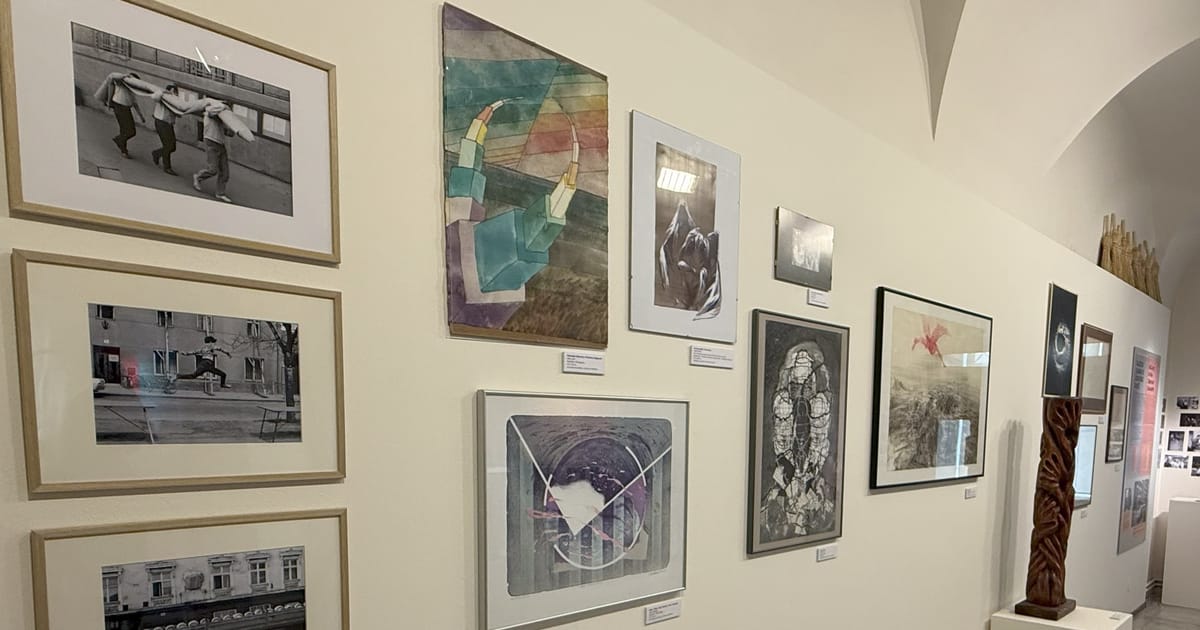
31 October – 30 November 2025
Venues: BFI IMAX, The Coronet Theatre, Czech Centre & Czech Embassy, Church House, The Garden Cinema, Holy Sepulchre, ICA, Regent Street Cinema, Royal Opera House, Royal Academy of Music, Victoria & Albert Museum
Returning for its 29th edition, the renowned Made in Prague Festival offers a vibrant showcase of Czech culture featuring film, music, literature, theatre, and visual art. Highlights include UK premieres of award-winning films fresh from international festivals, along tributes to composer Leoš Janáček. With unique theatre performances and art exhibitions in the mix, the festival channels the richness and creativity of the contemporary Czech cultural scene to London audiences.
“The 29th edition of the Made in Prague Festival celebrates the vibrancy, talent, and creativity of Czech culture in its many forms and genres. From an exhibition at the Royal Opera House centred on Janáček’s opera The Makropulos Case staged alongside the Royal Opera’s first ever production of this great Czech masterpiece, to the virtuosity of young pianists and dazzling pop performances; from internationally acclaimed selections of Czech contemporary cinema to a joint exhibition of Czech and British visual artists — this year’s festival truly offers it all. Over four weeks in November, Made in Prague will not only present an exciting and diverse programme, but also create countless opportunities for encounters, artistic discoveries, and cross-cultural dialogue between Czech culture and British audiences.” Přemysl Pela, Director of the Czech Centre
29TH MADE IN PRAGUE FESTIVAL – PROGRAMME HIGHLIGHTS
MUSIC
On 31 October, the 29th Made in Prague Festival opens in style with a dazzling performance by Aiko, a UK-based, internationally acclaimed Czech singer who became the first Czech artist to light up Times Square.
On a classical note, the festival is particularly pleased to be collaborating with the Royal Ballet and Opera to present a carefully curated exhibition titled Leoš Janáček: The Makropulos Case. With archival photographs, Janáček’s autographs, and Josef Čapek’s set designs, the exhibition is staged alongside the Royal Opera’s first ever production of this great Czech masterpiece under the baton of the newly appointed Music Director of the Royal Opera, Jakub Hrůša, offering a powerful addition to the opera, but equally suitable to be explored on its own. Displayed at the Linbury Studio’s Foyer at the Royal Opera House,
1 – 30 November.
Rounding off the topic of The Makropulos Case is yet another exhibition celebrating the extraordinary operatic world of the most internationally performed Czech composer.
Leoš Janáček and His Operas, shown at the public space outside the Czech Embassy (31 October – 30 November), showcases rare archival materials and striking contemporary images, inviting audiences to discover Janáček’s enduring legacy.
Moving on from past to future, the festival presents Future Tones – Young Talent Concert, an impressive showcase of the Czech Republic’s brightest young pianists. Five pianists, aged between 13 and 18 years and already captivating audiences far beyond their age, will take stage at the Royal Academy of Music on Saturday 8 November, offering an exclusive sneak peek into the exceptional talent of the new generation of classical music.
The festival’s musical programme will culminate on 30 November at Holy Sepulchre with a gala concert by acclaimed Czech violinist Pavel Šporcl, performing on his signature blue violin alongside members of the English Chamber Orchestra.
VISUAL ART
Launching the festival on 31 October are two interconnected exhibitions aiming to reshape our understanding of breathing. Housed at the Bouda Gallery in Notting Hill, ‘Breathing’ with ‘Breaths – Air Bladders’ displays artwork and research findings by Czech artist Filomena Borecká. Central to the exhibition is Borecká’s breathing sculpture Air Bladders made of recycled hot-air balloon fabric that inflates in response to the viewer’s presence.
Complementing Borecká’s long-standing work dedicated to breath, the neighbouring Vitrínka gallery lends its space to Silent Systems: Breathing Devices, a group exhibition featuring Borecká’s work alongside pieces by four international, UK-based artists: Evar Huseyni, Appau Junior Boakye-Yiadom, Esther Gaton, and Henrique J. Paris.
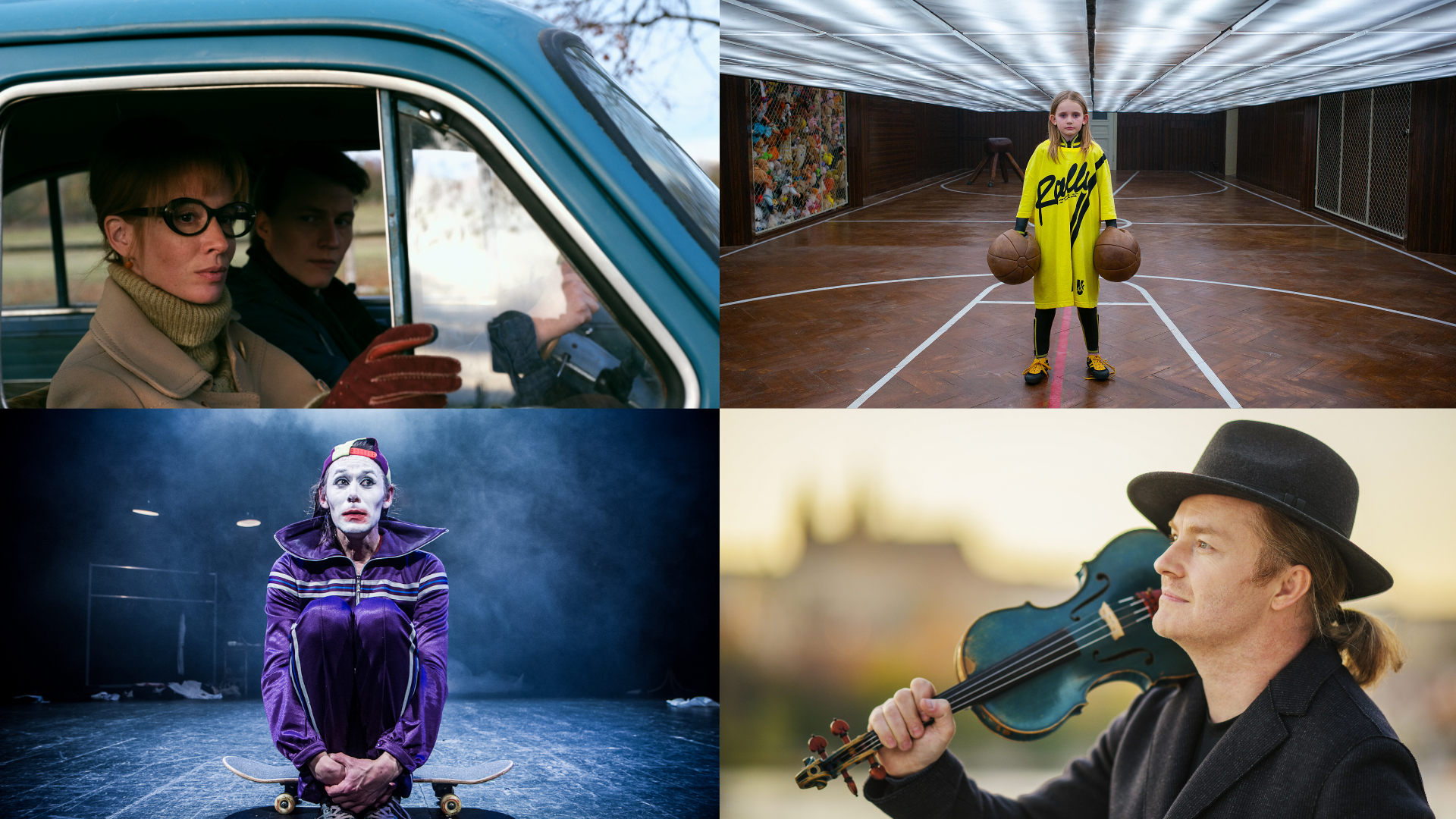
THEATRE
On 24 November, the festival returns to The Coronet Theatre with Solo, an award-winning tour de force by Radim Vizváry – acclaimed Czech mime, director, choreographer, and Artistic Director of Laterna Magica Prague. Hailed around the world, this spellbinding performance takes audiences on a journey through the full spectrum of pantomime. Visually striking, deeply human, and at times laugh-out-loud funny, Solo is a masterclass in wordless storytelling — timeless, daring, and unforgettable.
FILM
The festival’s film programme opens with the long-anticipated UK premiere of Jiří Mádl’s historical drama WAVES screening at BFI IMAX on Saturday 9 November.
Winner of Satellite Award for Best Foreign Language Film and the most watched film in Czech cinemas last year, Waves tells the true story of the Czechoslovak Radio journalists who risked everything to deliver independent news during the 1968 Soviet invasion of Czechoslovakia. A gripping political drama, but also a powerful reminder that free speech is worth fighting for. Followed by Q&A with director Jiří Mádl, lead actress Tatiana Pauhofová and producer Monika Kristl.
On Saturday 15 November, the festival presents the UK premiere of Zuzana Kirchnerová’s acclaimed feature directorial debut CARAVAN, screened at the beautiful Regent Street Cinema straight from its well-received international premiere at the Cannes Festival. An intimate road drama, Caravan follows a burned-out mother Ester as she embarks on an Italian road trip with her intellectually disabled son, David. Based on Kirchnerová’s personal experience as a parent, the film is an authentically poignant exploration of the complexities of motherhood, adolescence, and societal perception of disability. Followed by Q&A with director Zuzana Kirchnerová and actress Anna Geislerová.
Closing off the festival’s trio of critically praised contemporary features will be the screening of GIRL AMERICA at The Garden Cinema on Tuesday 18 November. Telling the story of an orphaned girl in totalitarian Czechoslovakia, director Viktor Tauš crafts a vivid and emotionally charged journey of resilience and hope – an exceptional film in the tradition of Czech auteur cinema. Followed by Q&A with director Viktor Tauš.
From the documentary programme, highlights include the UK premiere of ACTRESS, an unconventional portrait of one of Czech Republic’s greatest screen and stage icons, Iva Janžurová. Directed by Janžurová’s daughter Theodora Remundová, this is an intimate insight into a life lived entirely in the spotlight. Screens at the Regent Street Cinema on Saturday 22 November. Followed by Q&A with actress Iva Janžurová and director Theodora Remundová.
Moving to the ICA on 30 November, the festival presents a deeply inspiring documentary I’M NOT EVERYTHING I WANT TO BE by Czech filmmaker Klára Tasovská. Chosen as Czech Republic’s entry for 2026 Oscars, the film explores identity, freedom, and inner defiance through the dramatic life of Czech photographer Libuše Jarcovjáková, created exclusively from Jarcovjáková‘s private diaries and thousands of analogue photographs. Followed by Q&A with Libuše Jarcovjáková.
On Saturday 29 November, Czech photographer Libuše Jarcovjáková will also join an international line-up across three panels on climate change, global exchange, and inherited memory, to discuss how photography and visual practices reshape ideas about Eastern Europe today. Part of V&A’s symposium Fluid Futures: Recalibrating Land and History in Global Eastern Europe.
For audiences unable to attend cinema screenings, the Made in Prague Festival has partnered with the BFI Player to introduce three Czech classics as part of the 3 You Must See programme: Hugo Haas’s anti-fascist WHITE DISEASE (1937), adapted from Karel Čapek’s play; Jindřich’s Polák’s RIDERS OF THE SKY (1968) saluting Czechoslovak RAF airmen; and Jaroslav Papoušek’s iconic comedy ECCE HOMO HOMOLKA (1969), wildly considered the final gem of the Czechoslovak New Wave.
For PRESS QUERIES, IMAGES and INTERVIEW REQUESTS contact Veronika Blues: blues@czechcentre.org.uk
The Made in Prague Festival is a vibrant celebration of contemporary Czech culture showcasing film, music, visual art, theatre, and literature.
Organised by the Czech Centre annually since 1997, it serves as a bridge, transcending borders, and bringing diverse and captivating Czech cultural encounters to audiences in London and across the country. #MadeInPragueFestival
Full festival programme: https://bit.ly/29thMadeInPragueFestival
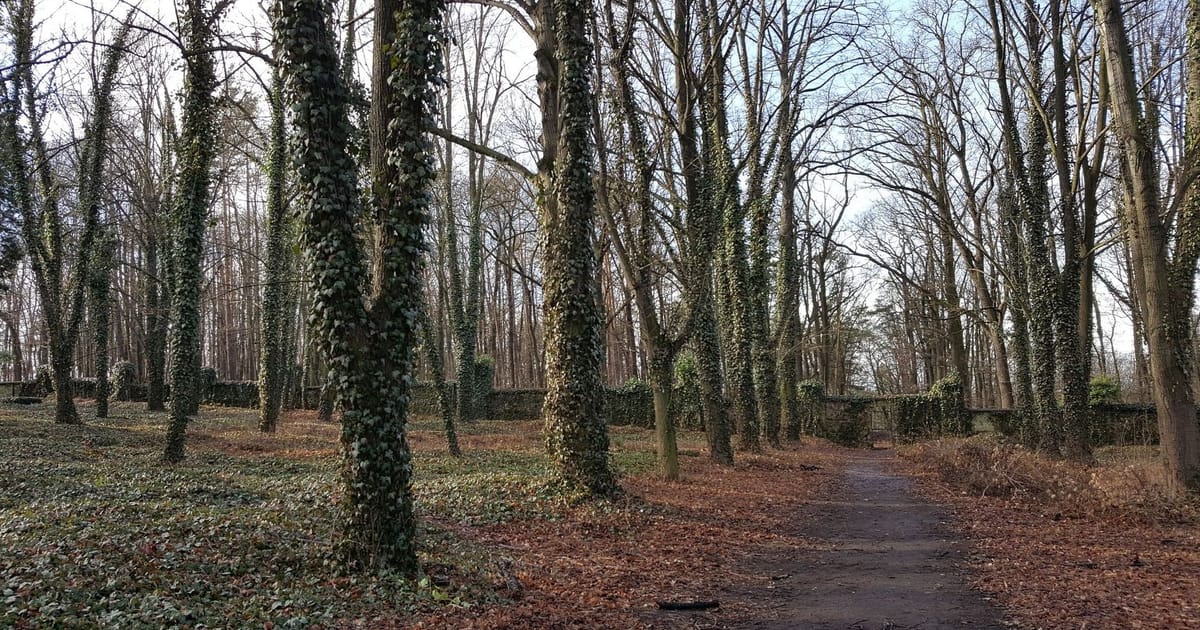


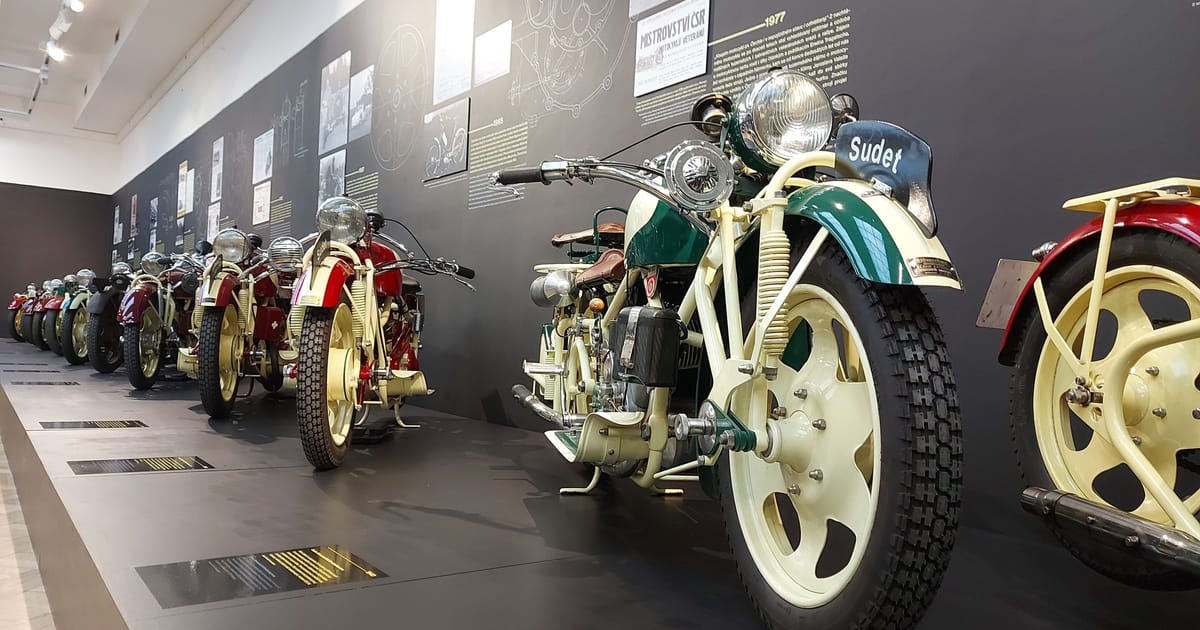
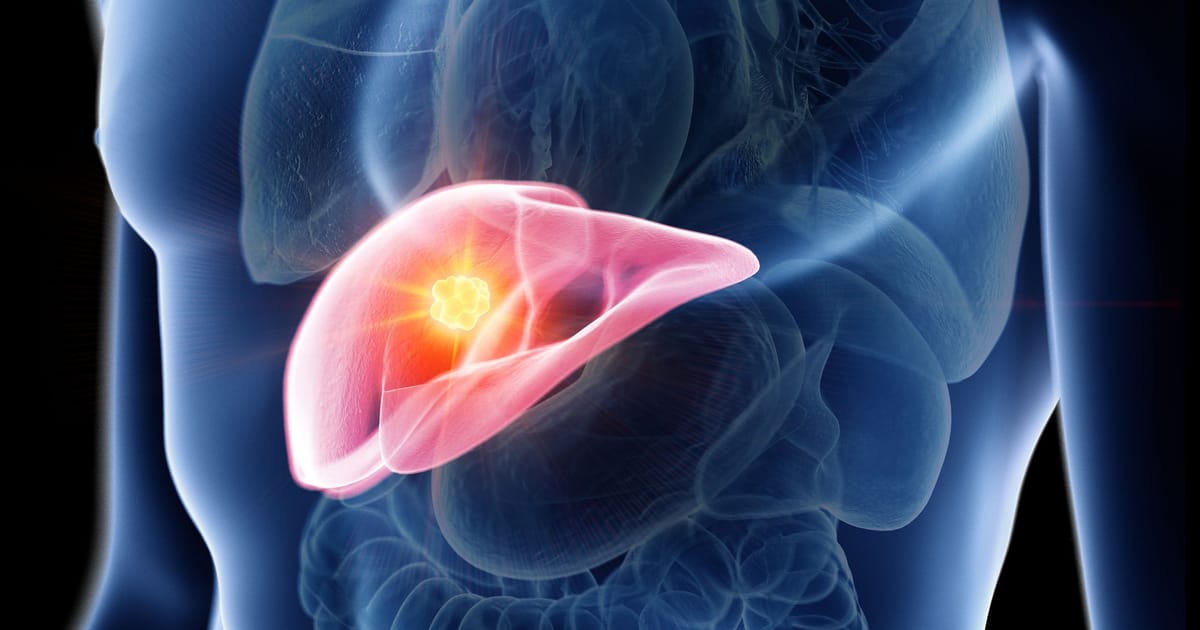

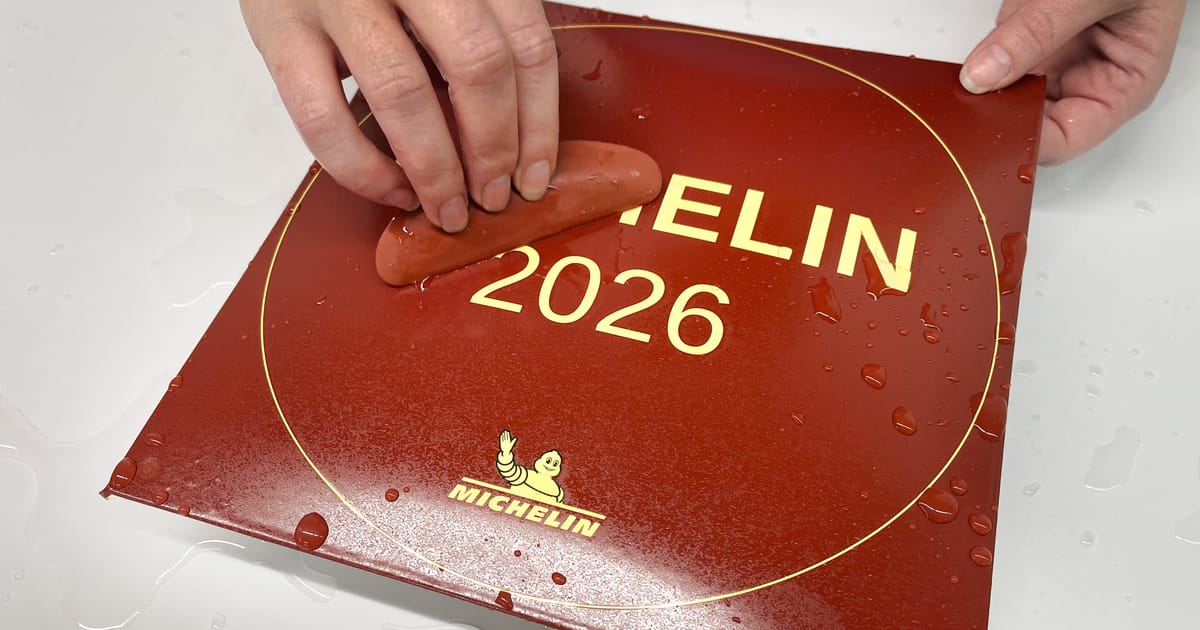
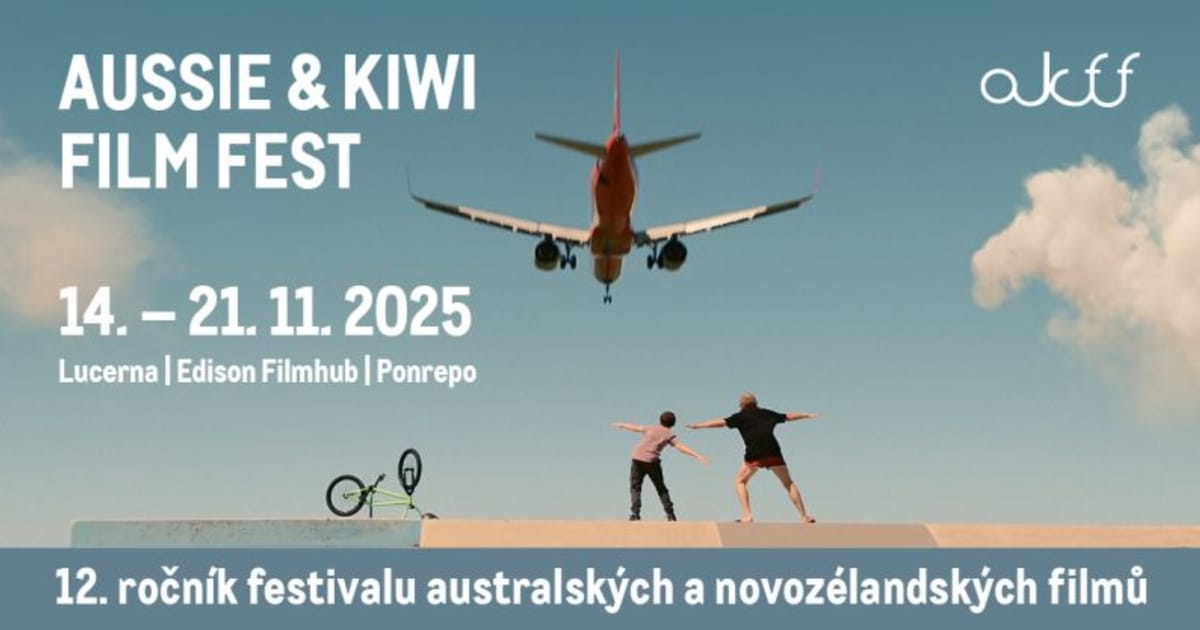
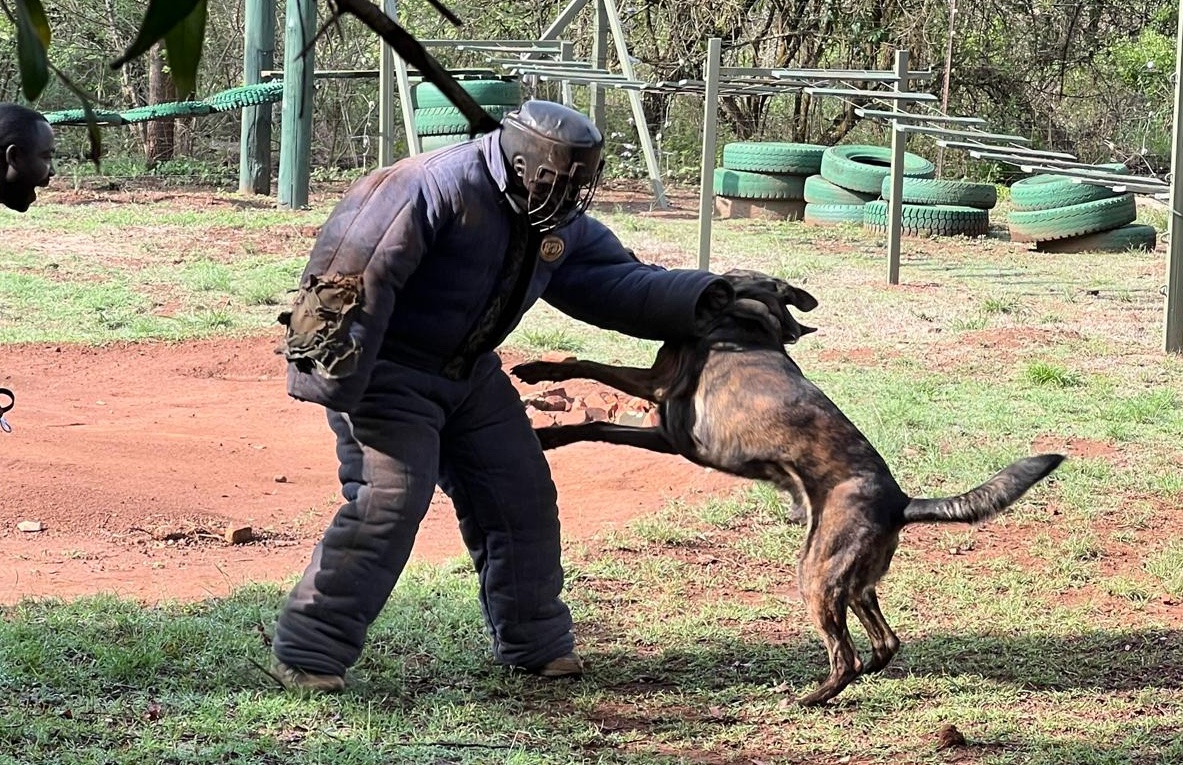
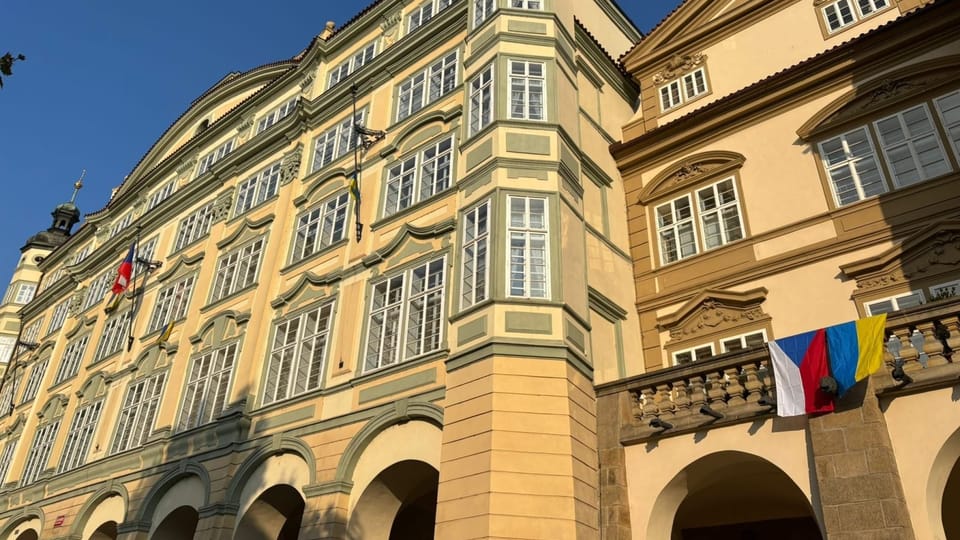
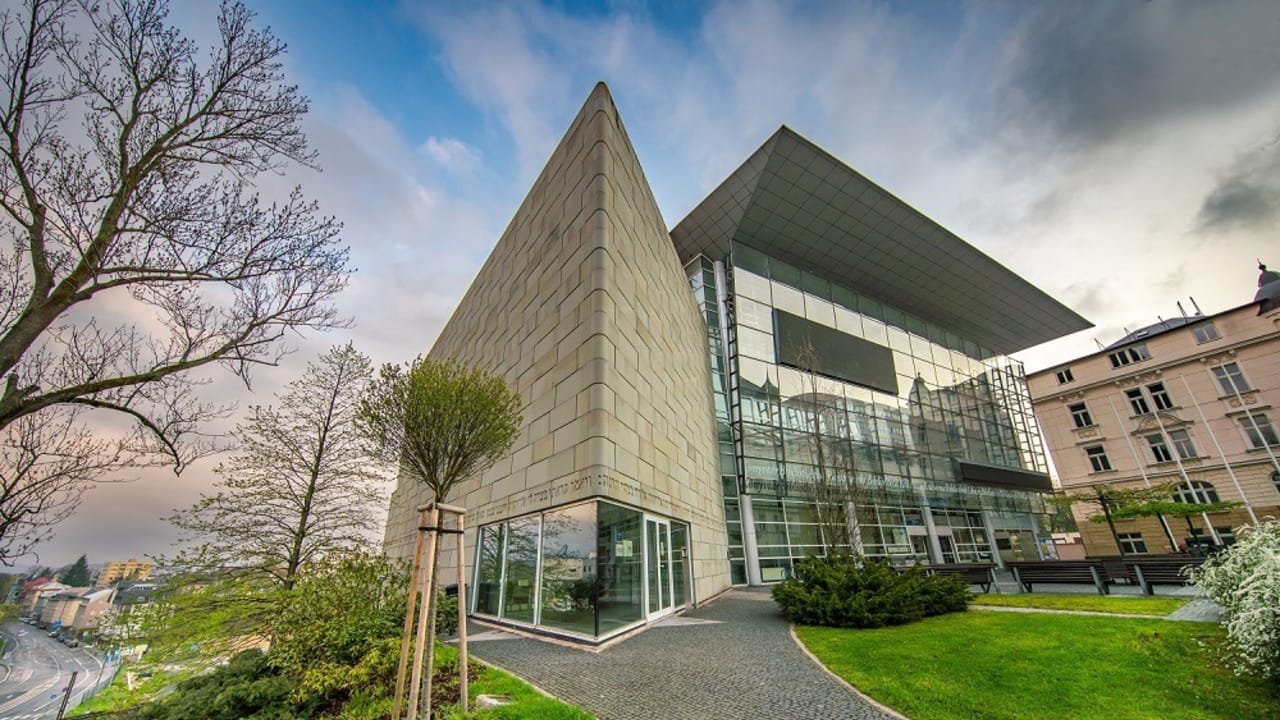
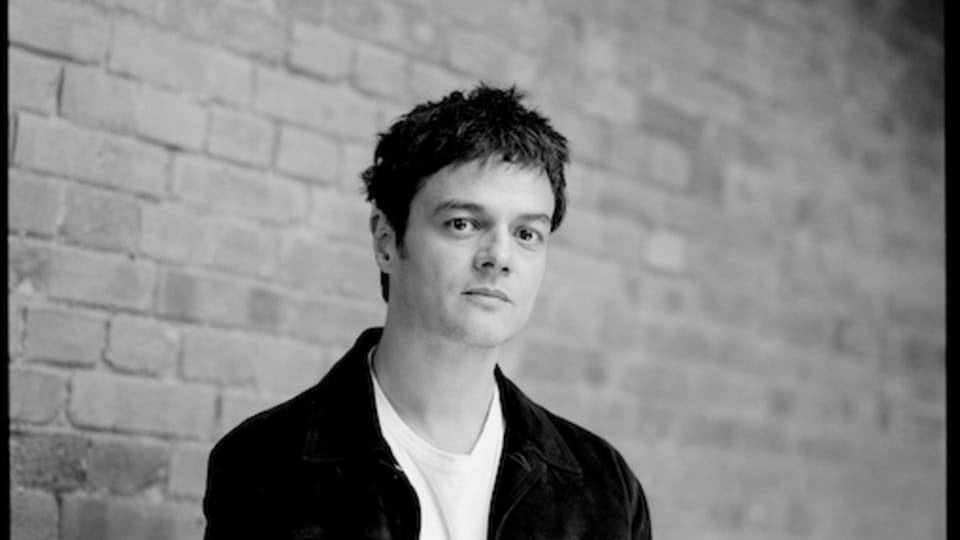
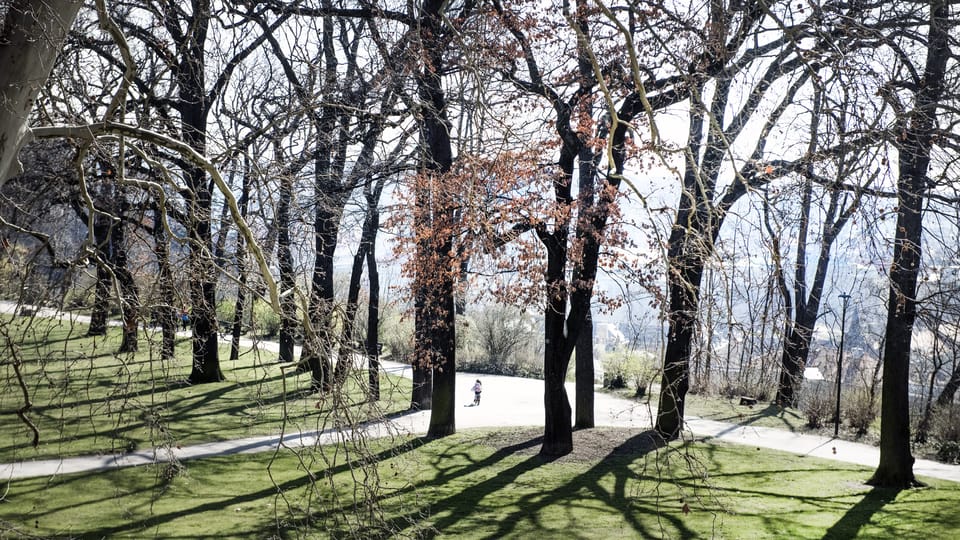
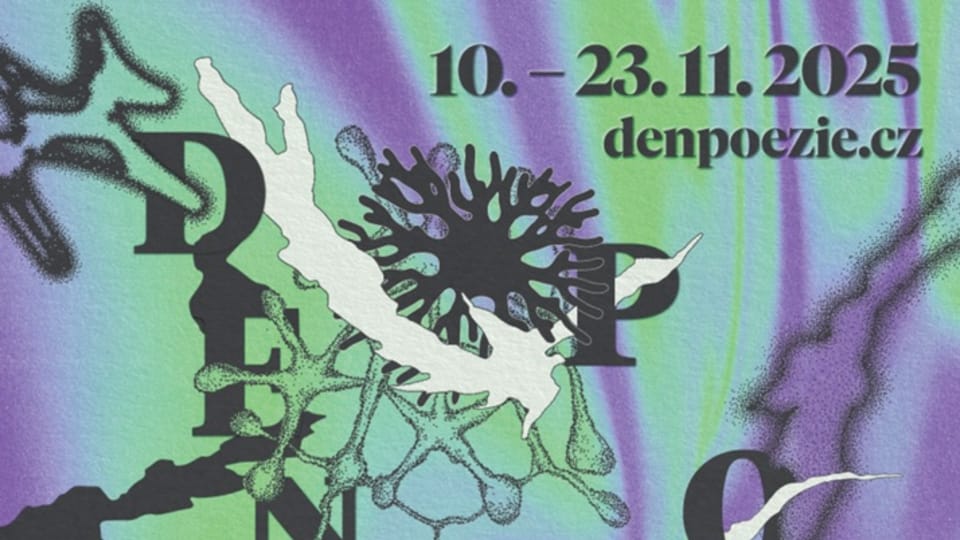
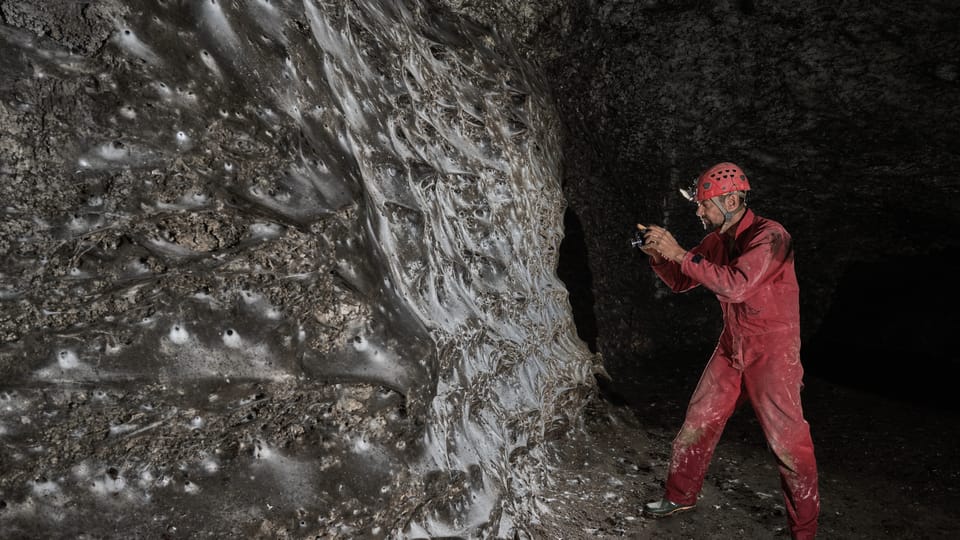
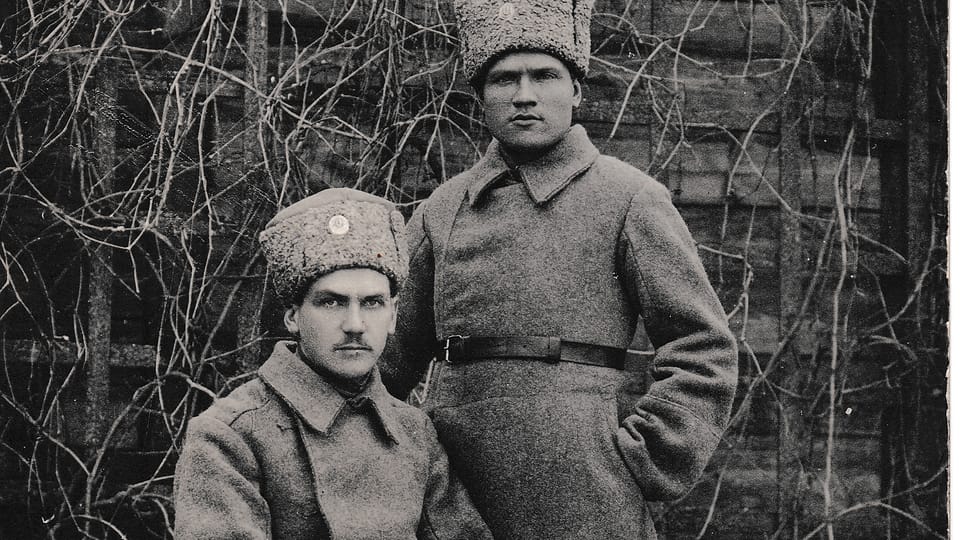
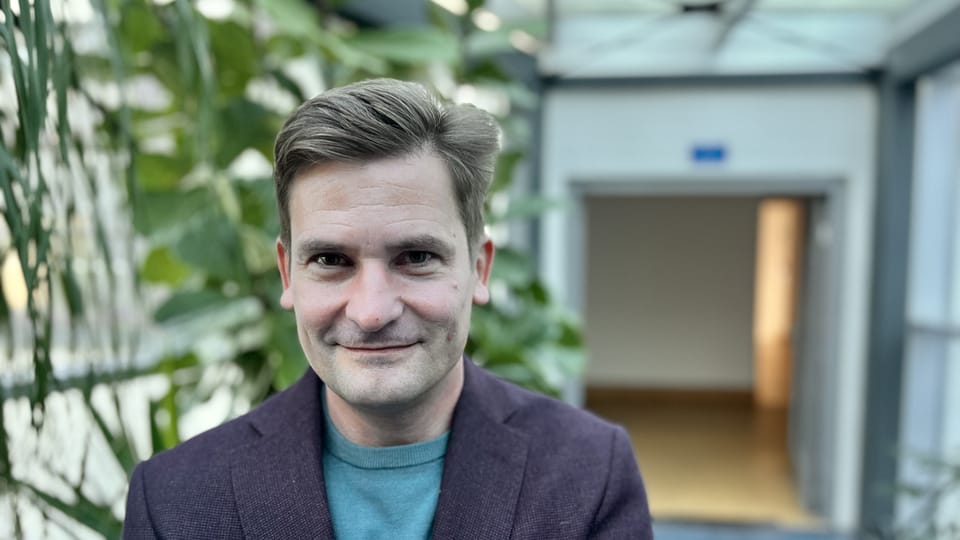
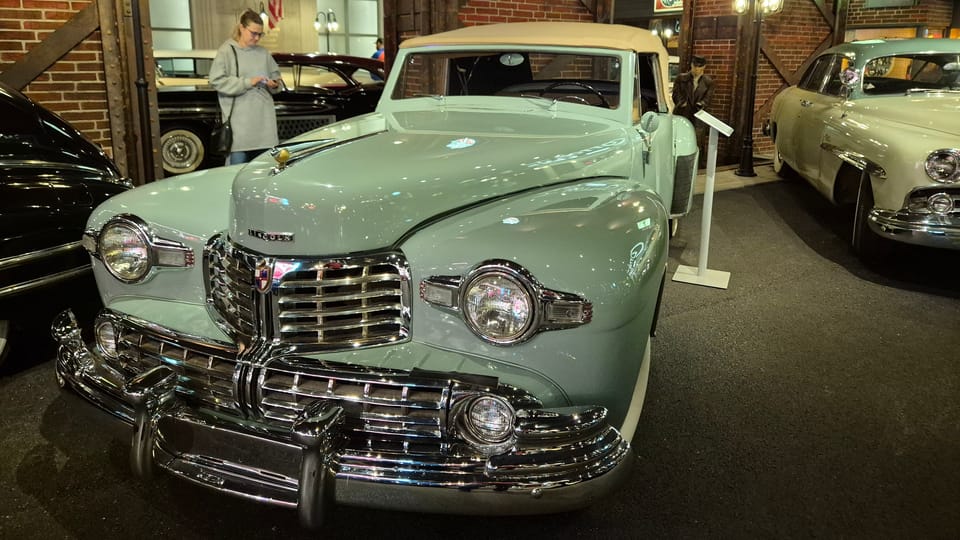
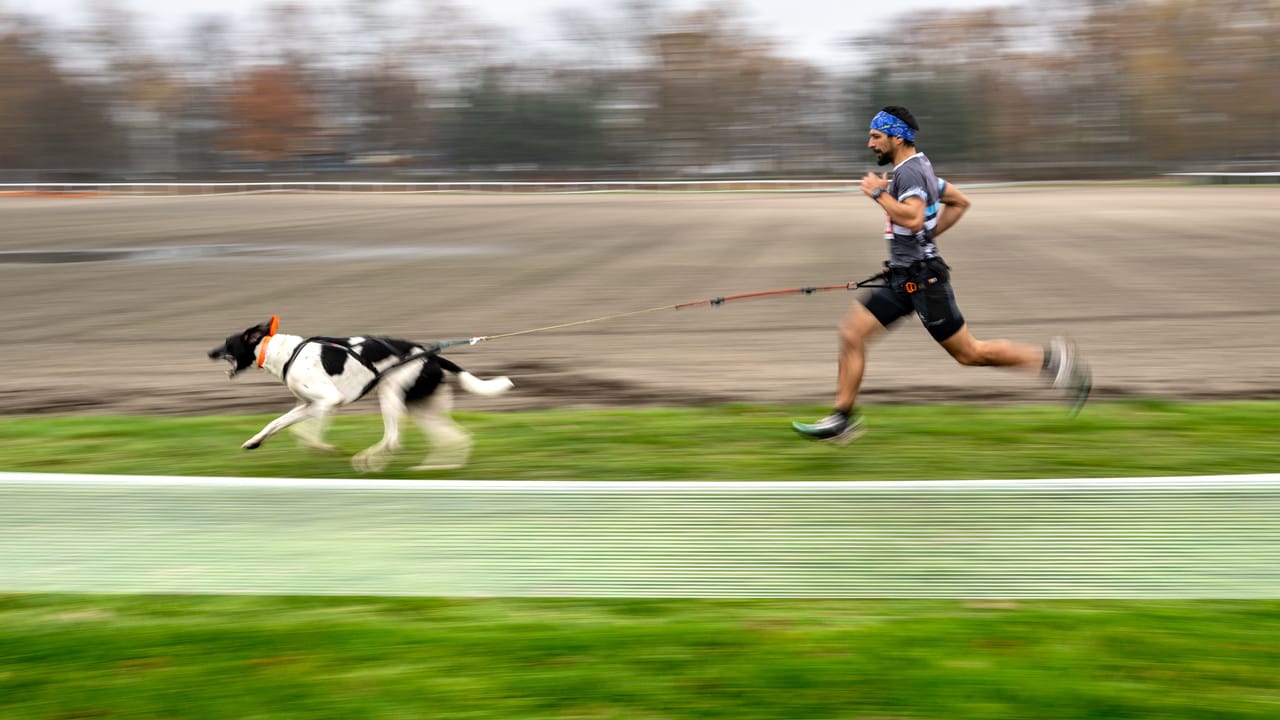
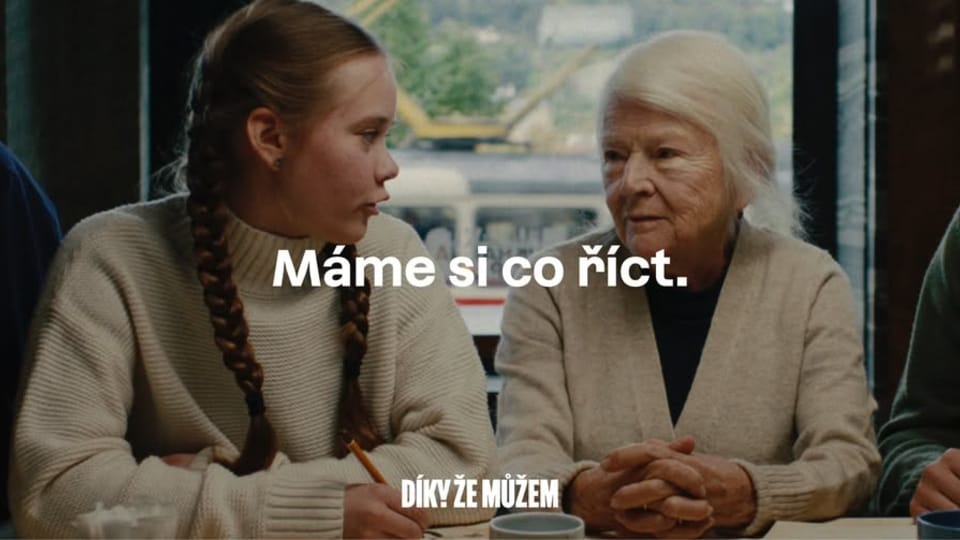
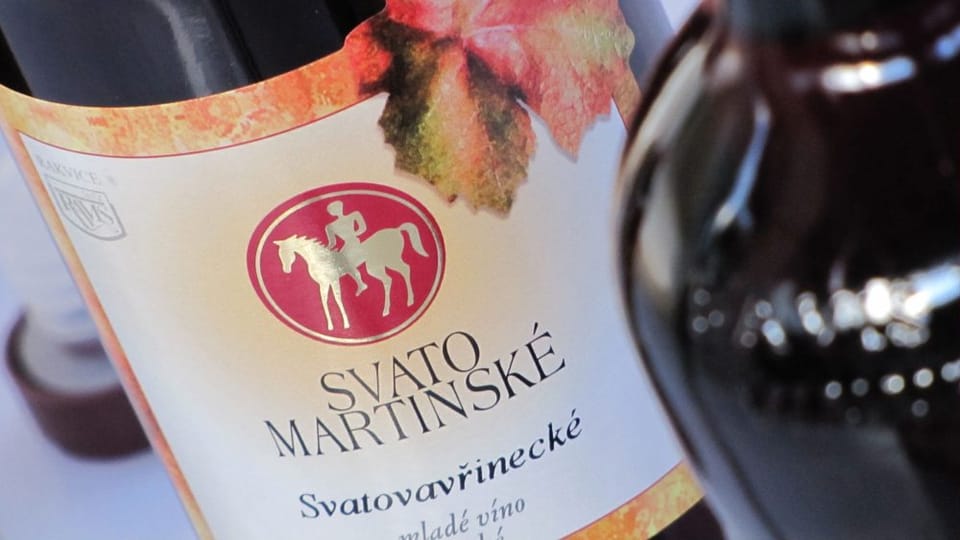
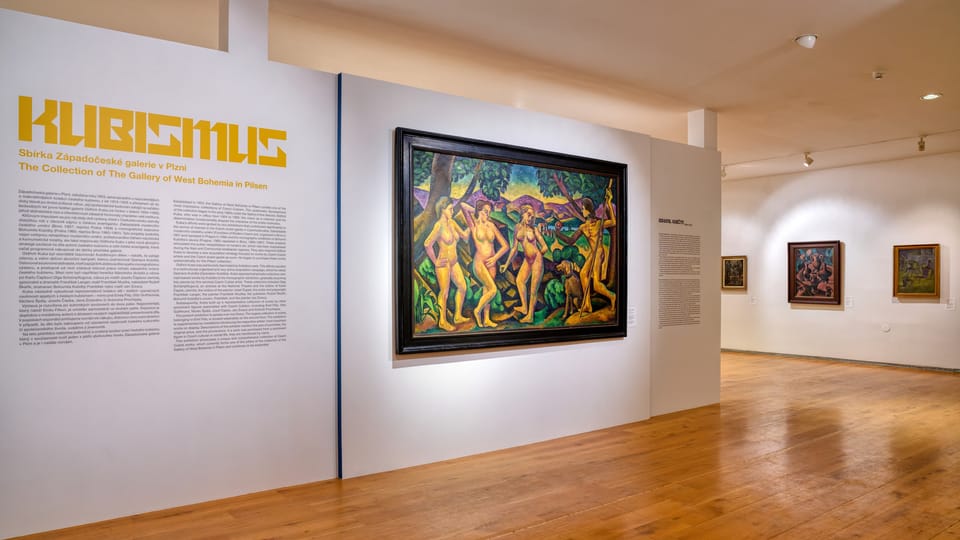
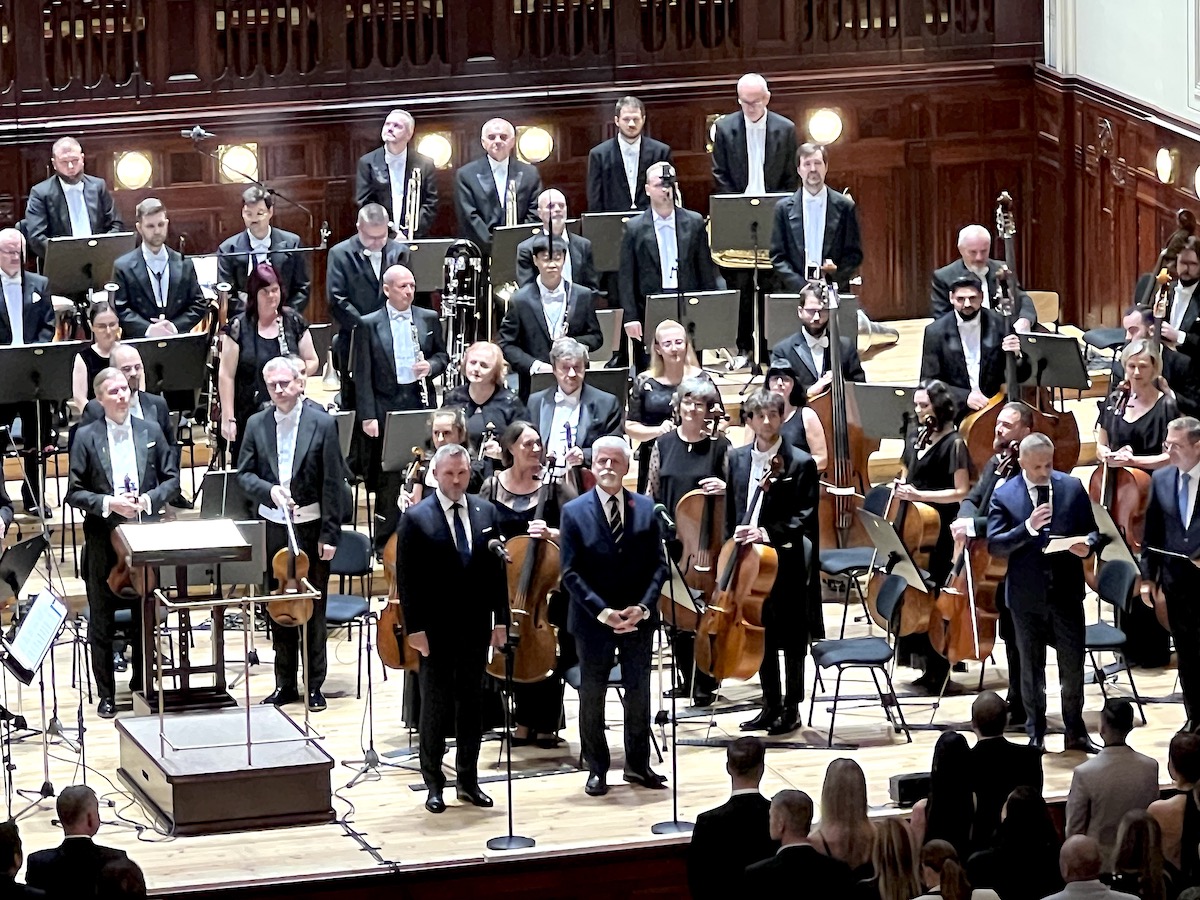
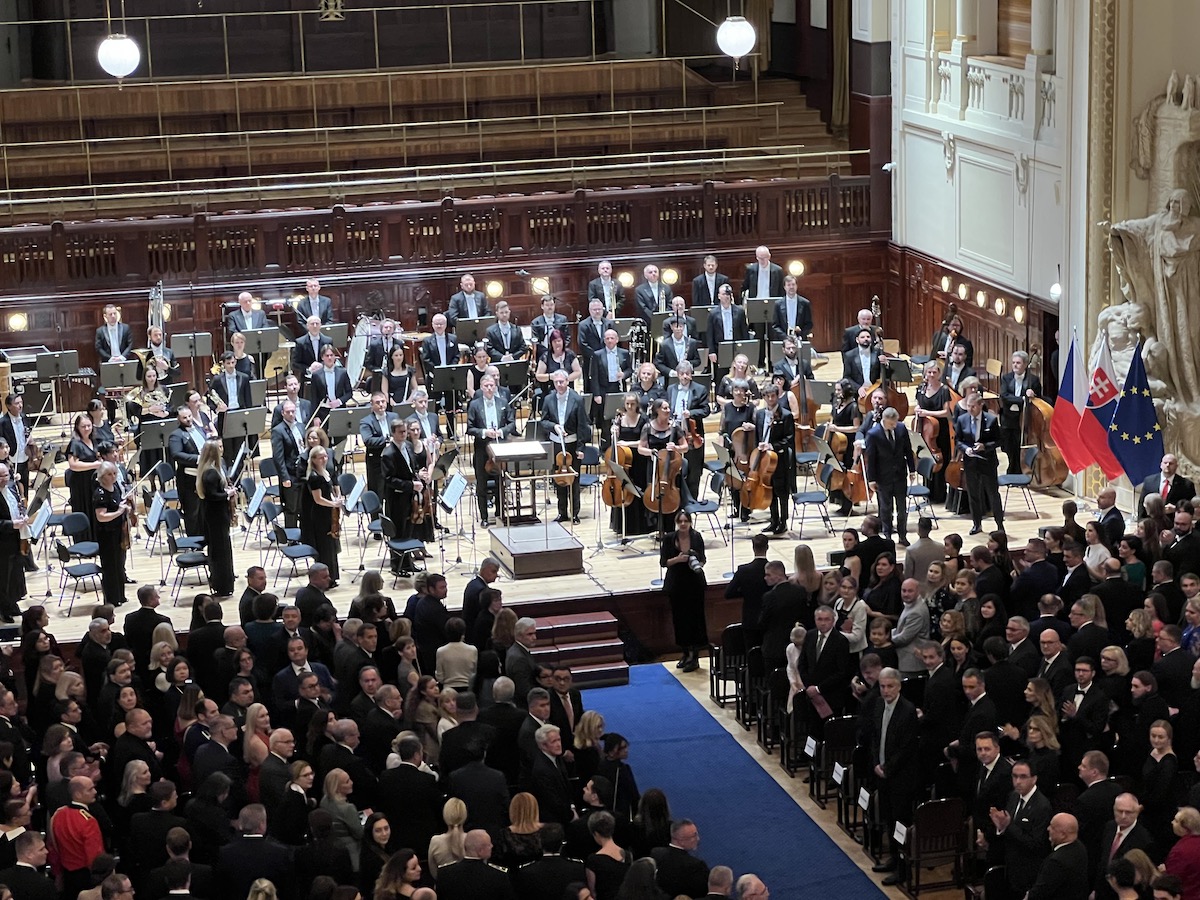
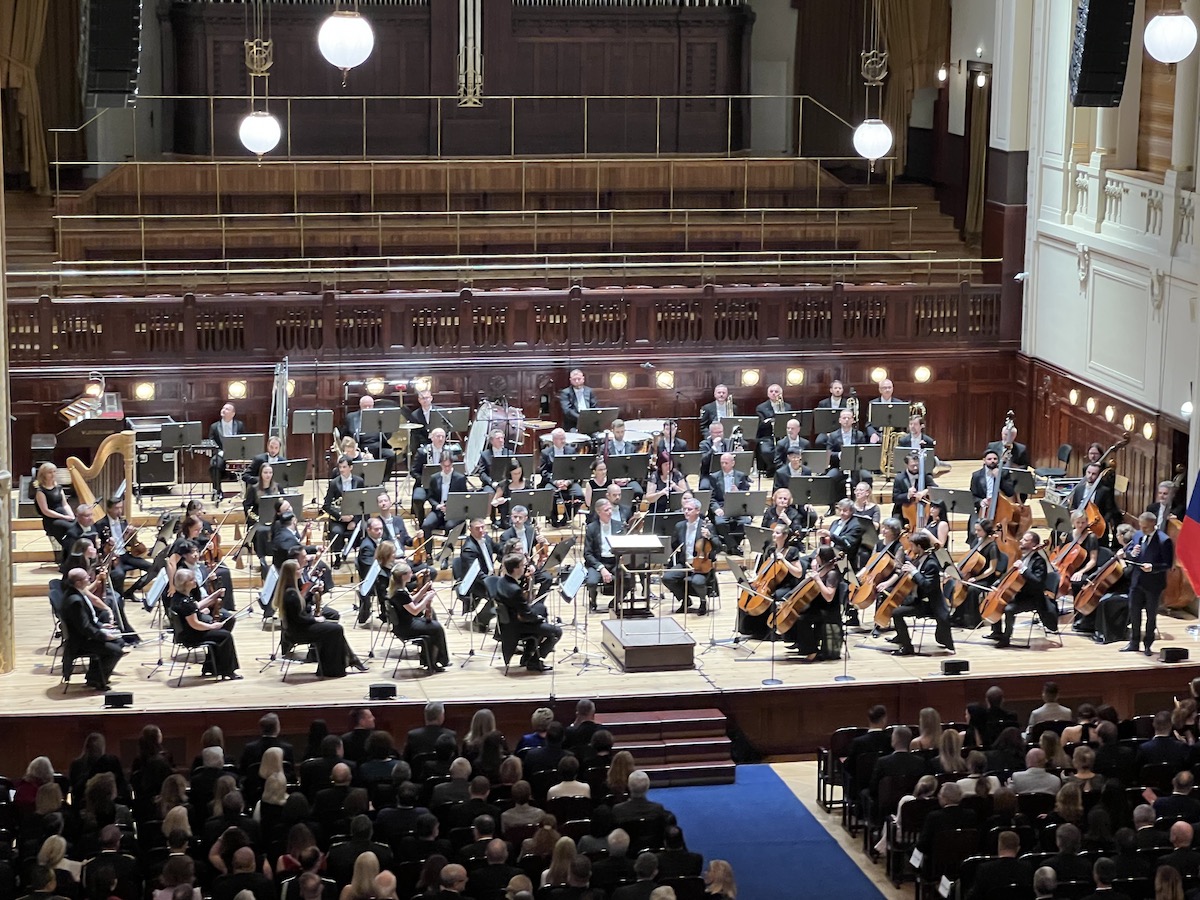

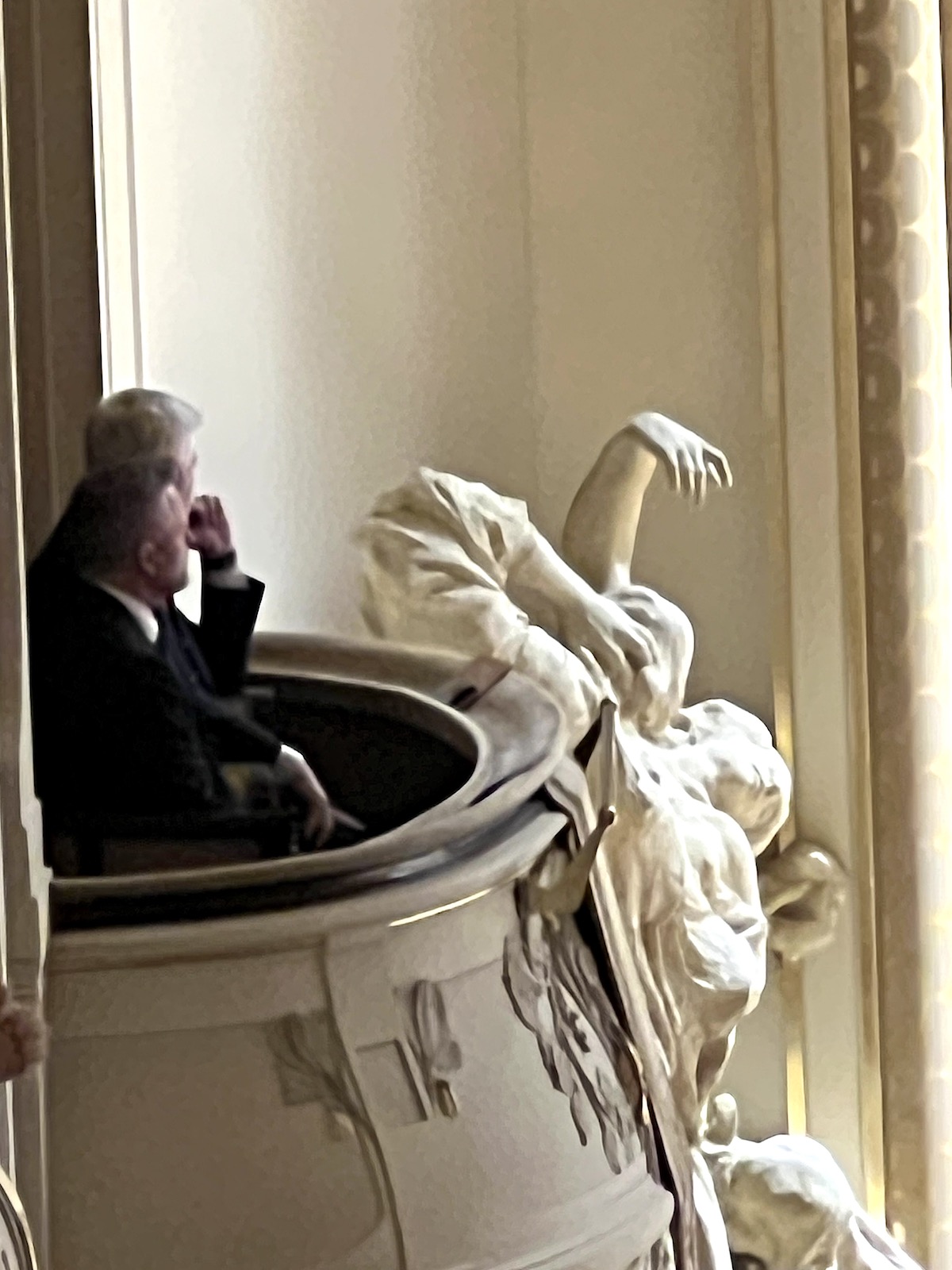
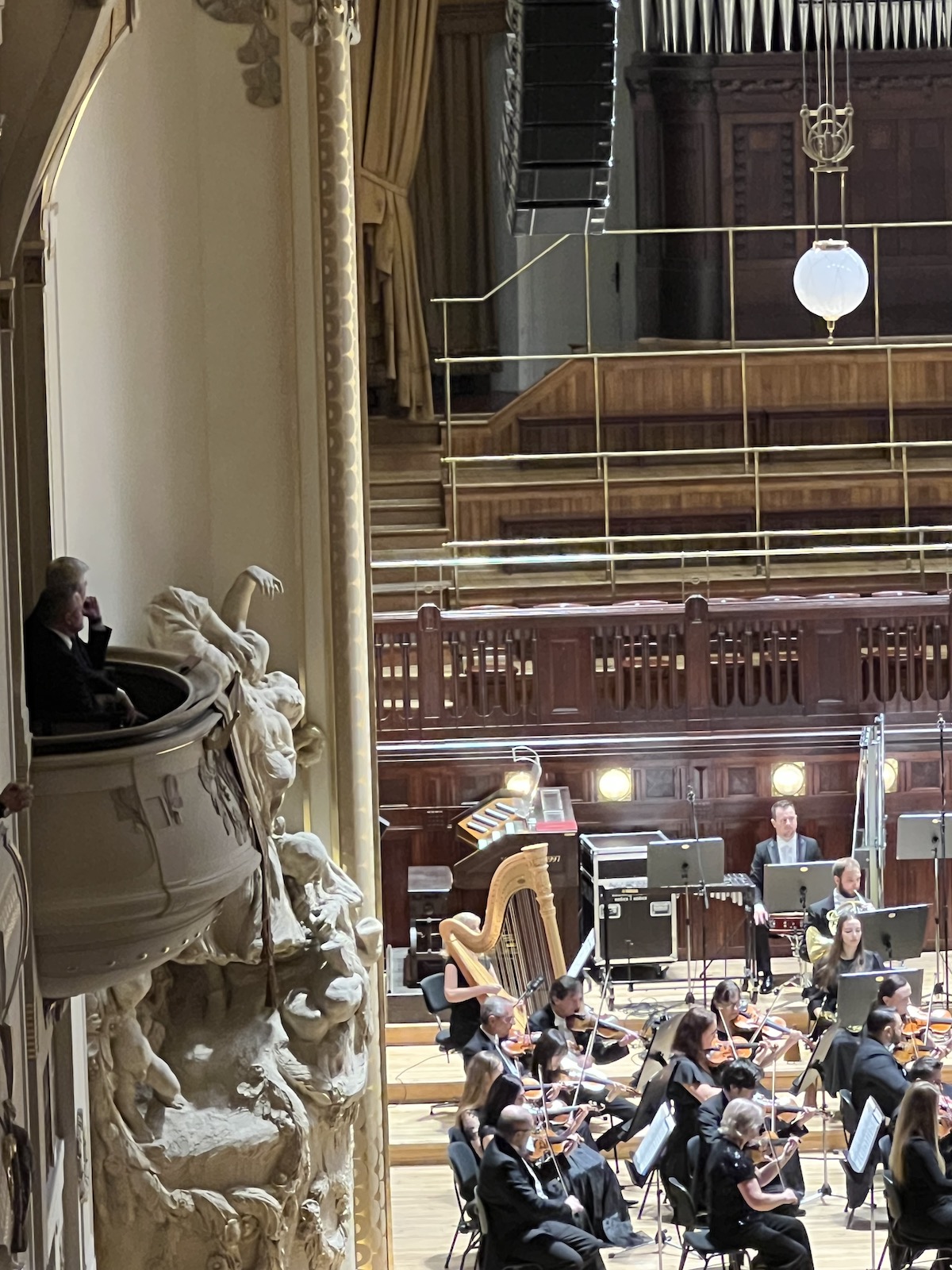
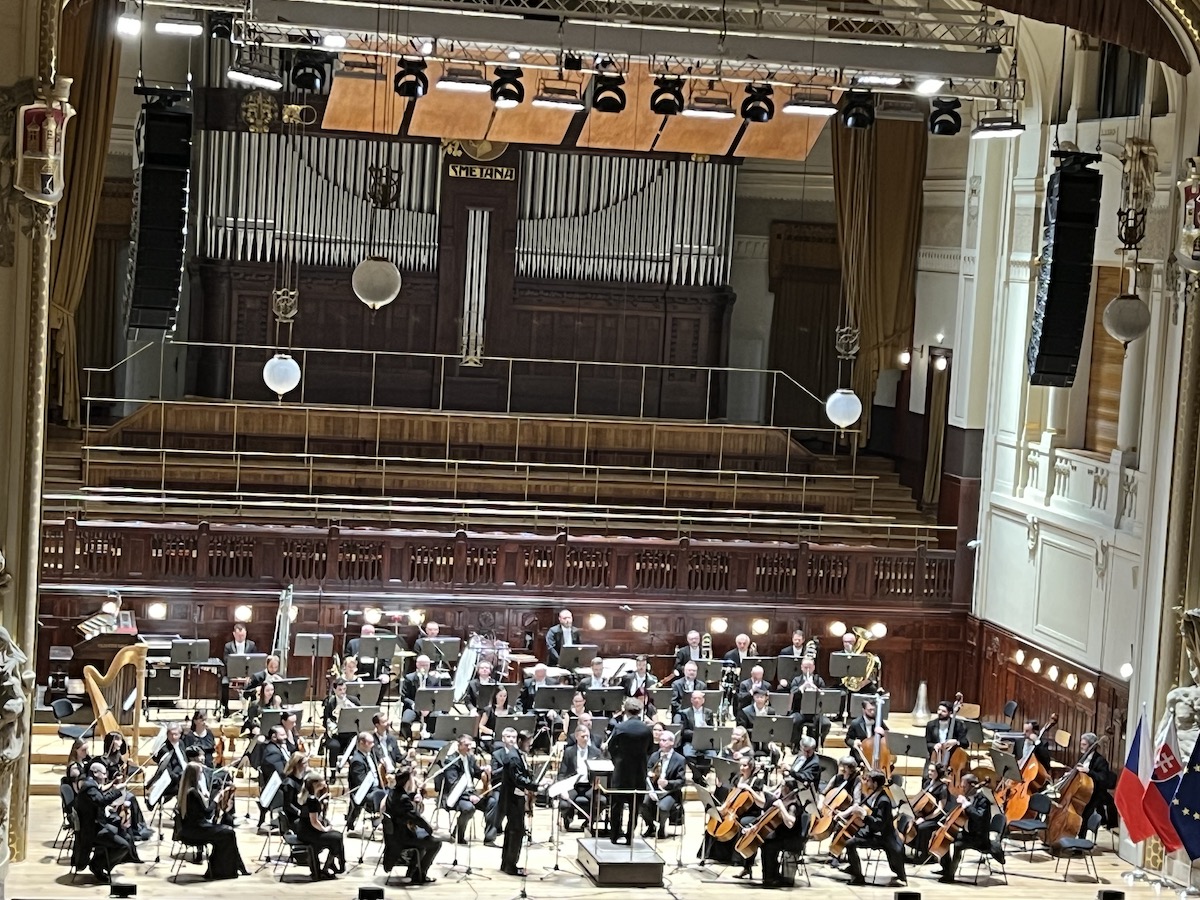
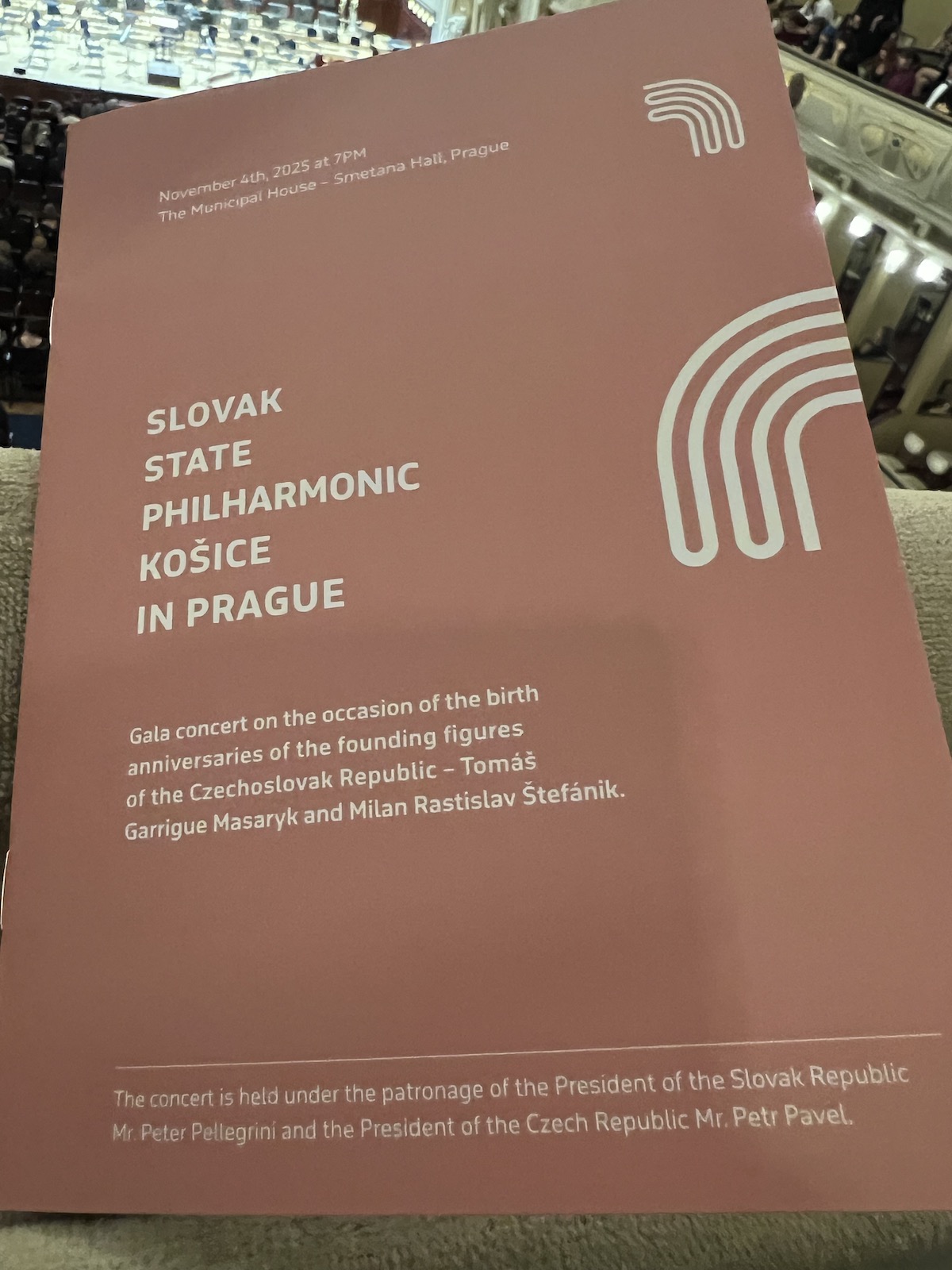
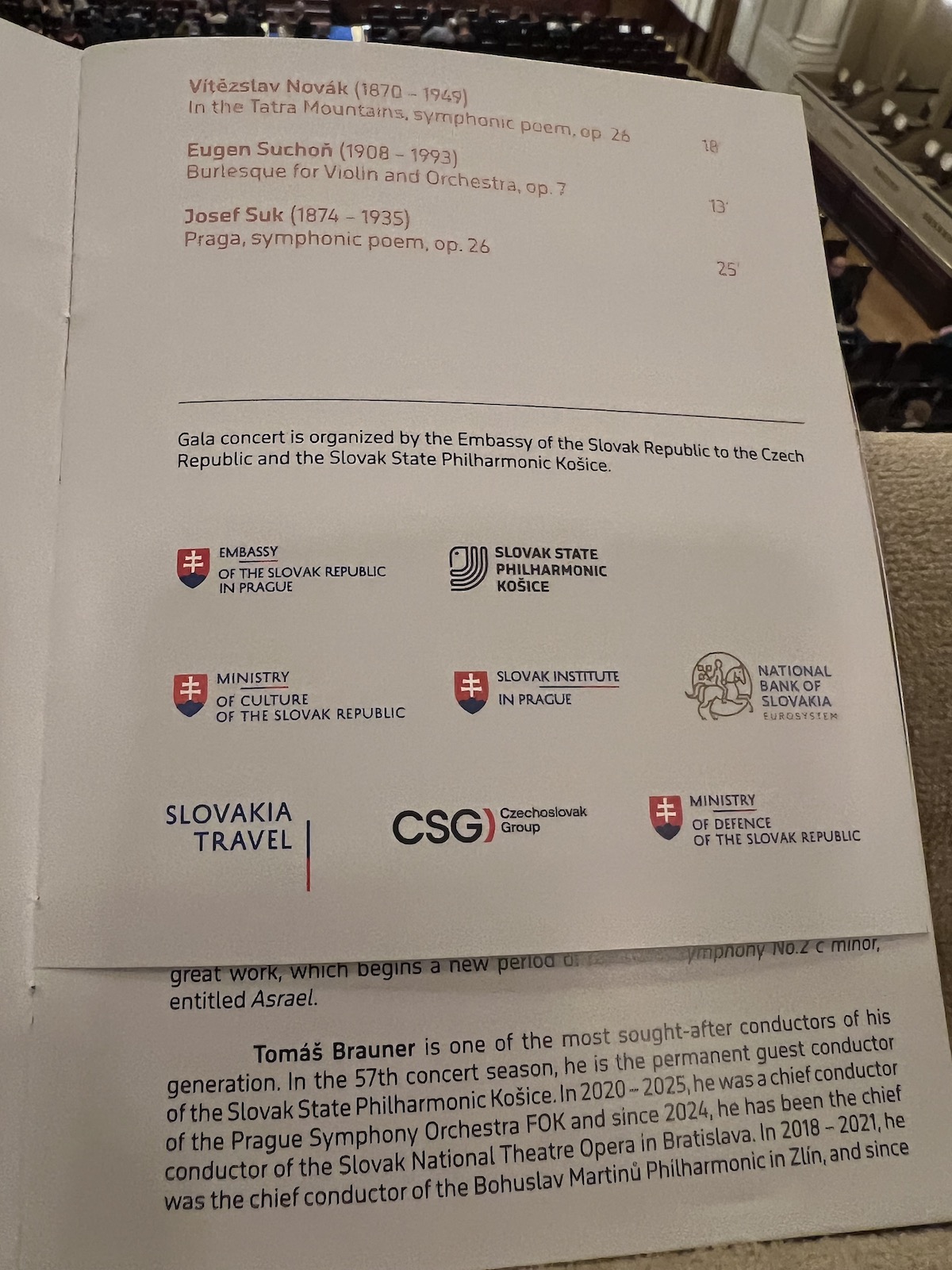
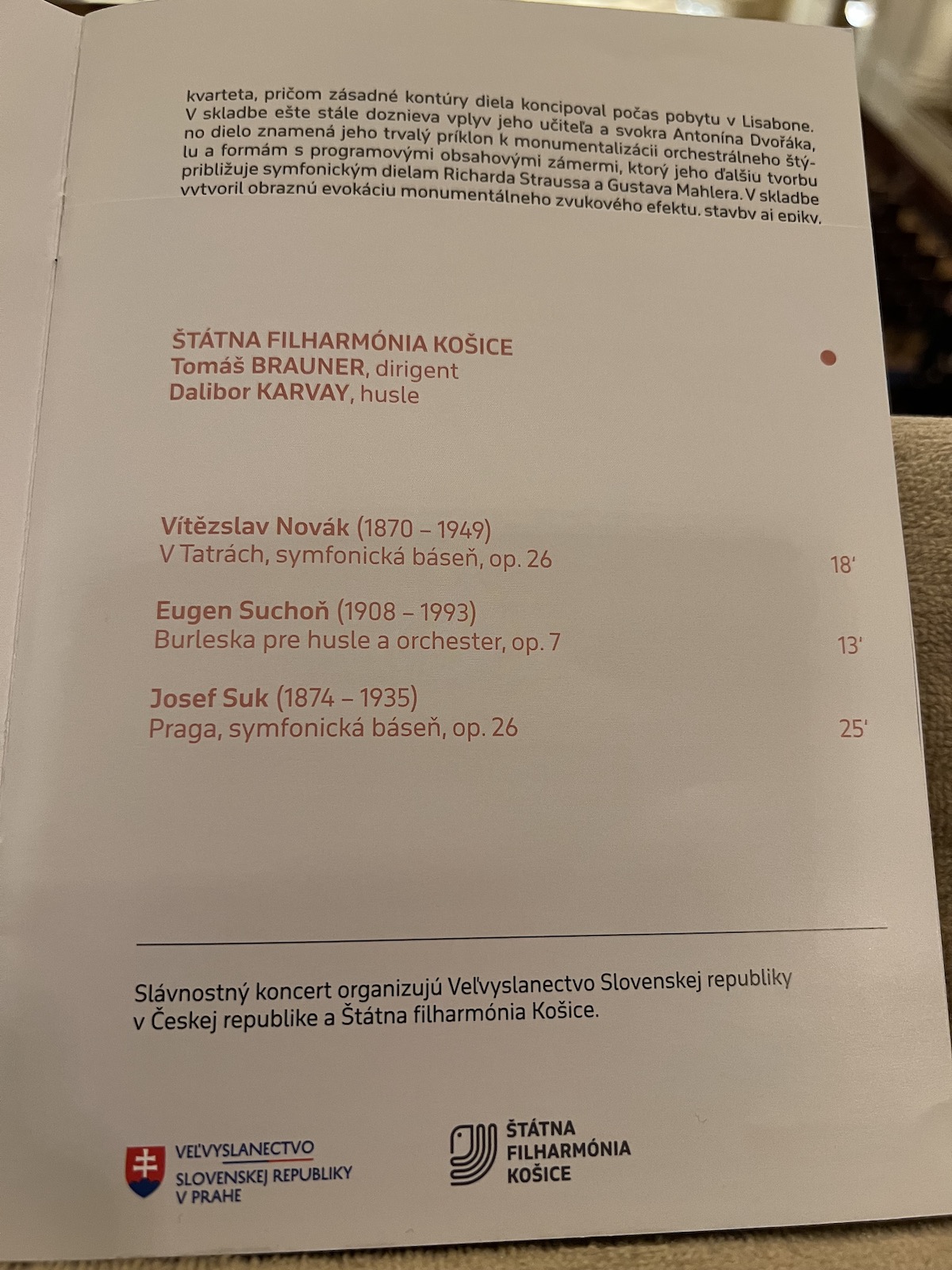
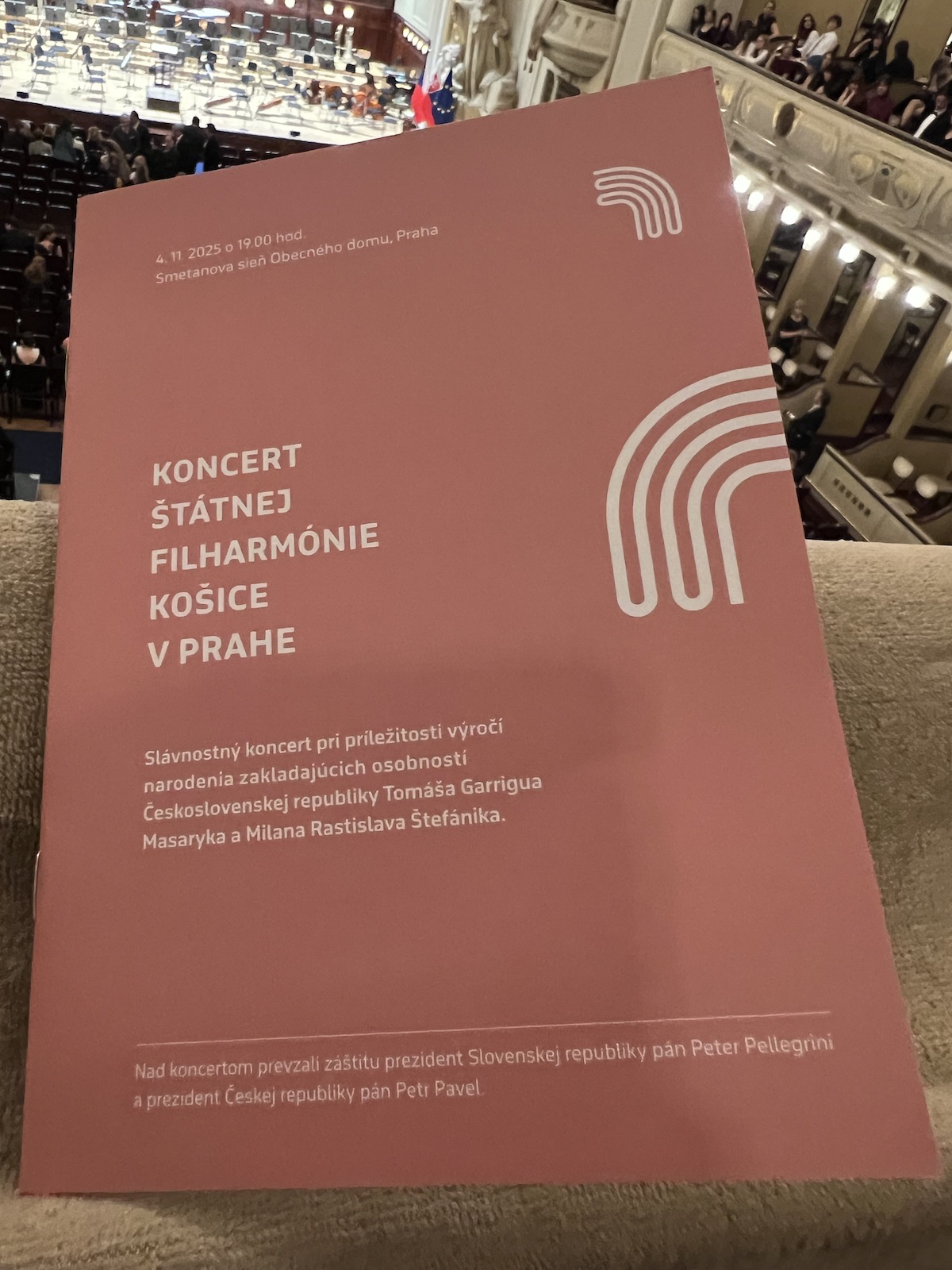
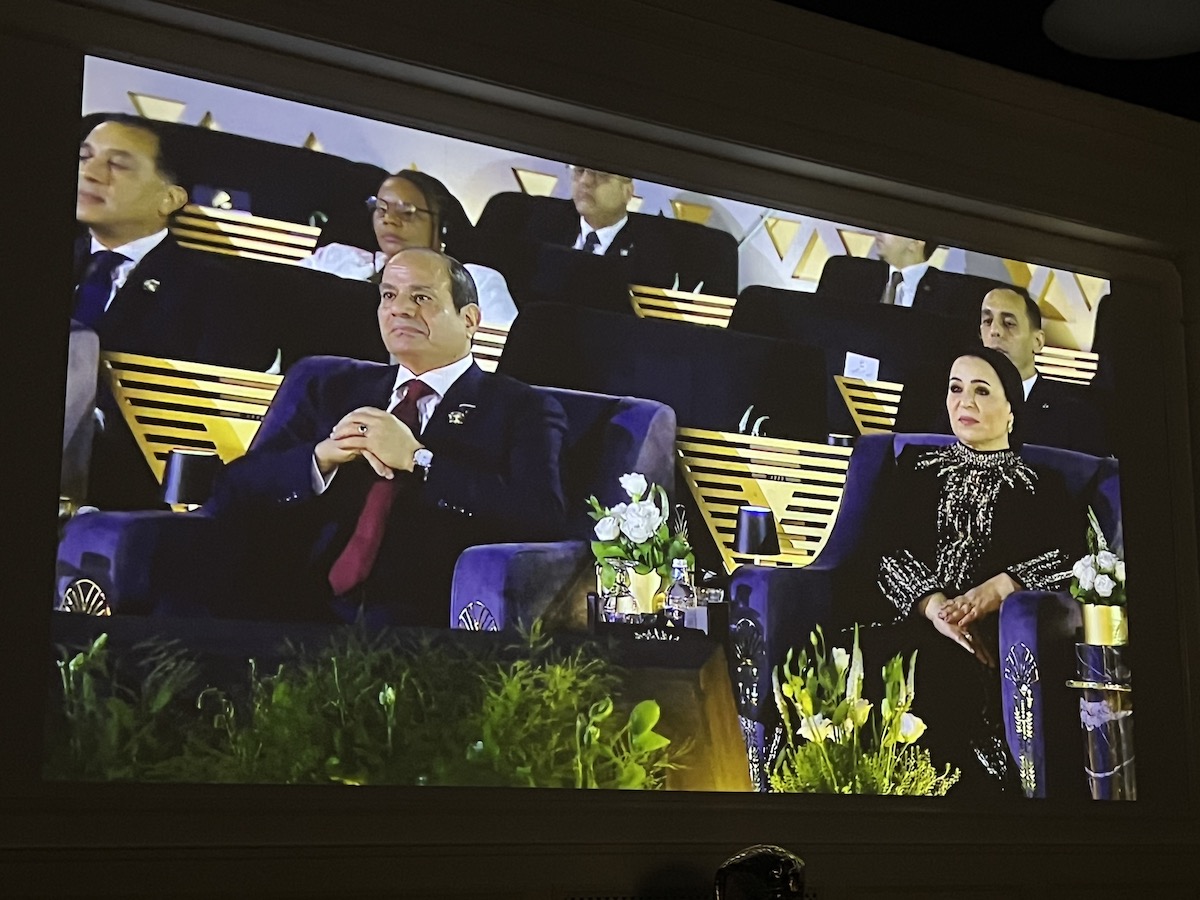
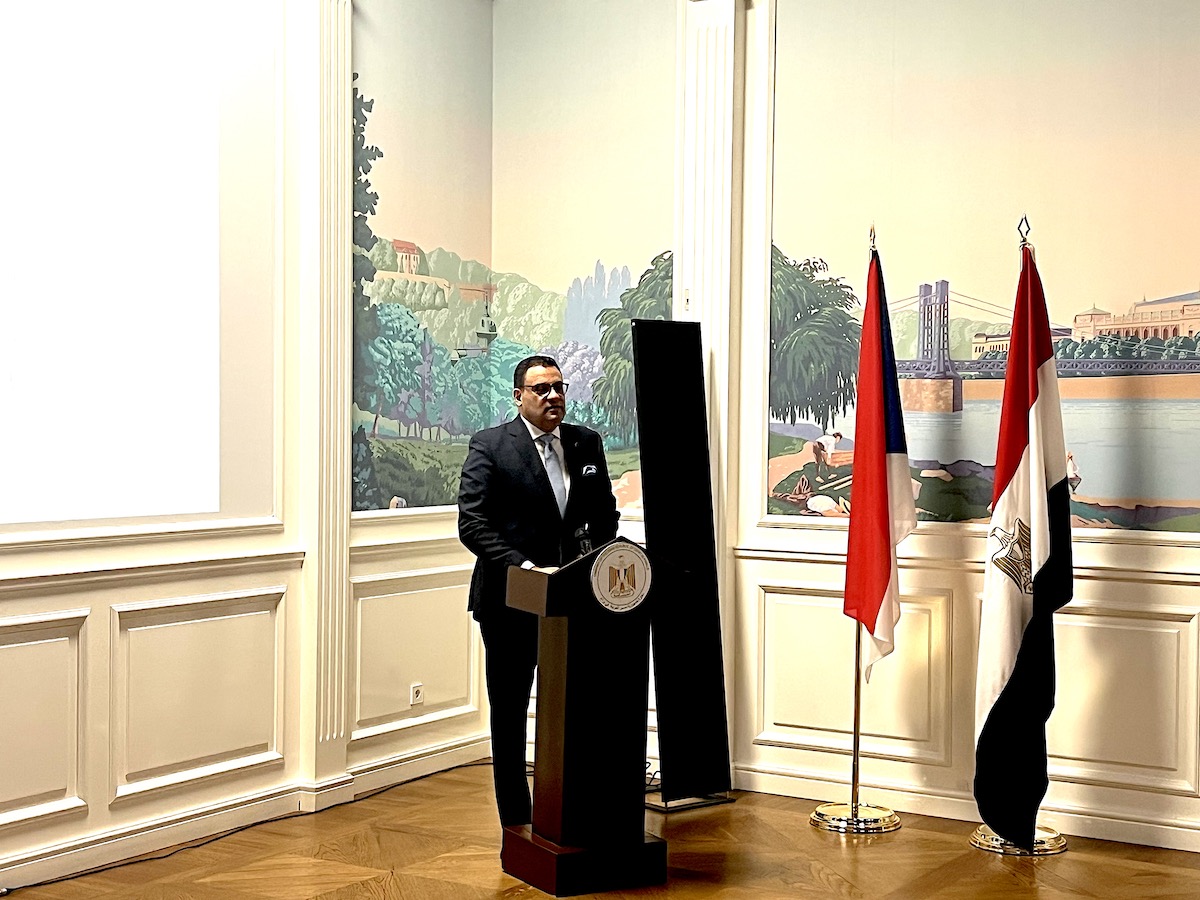

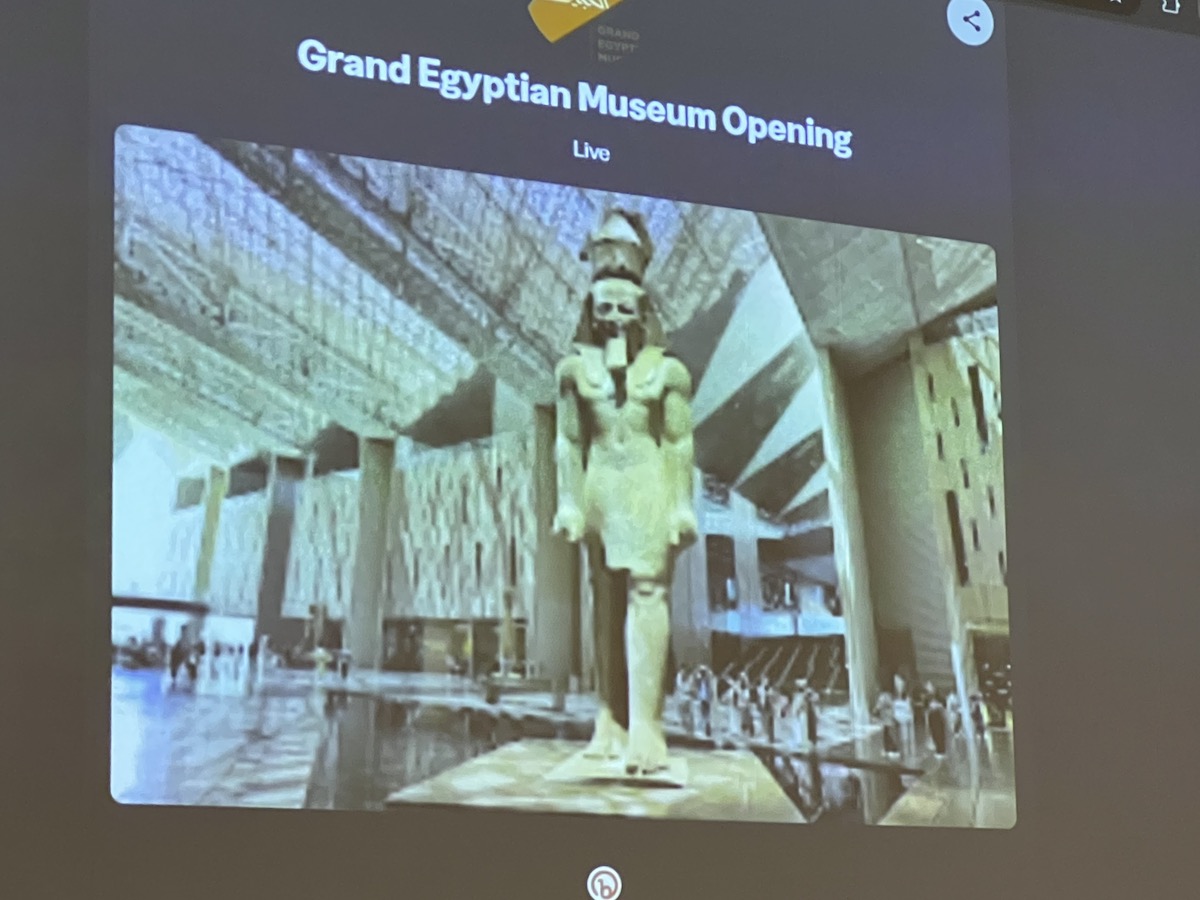

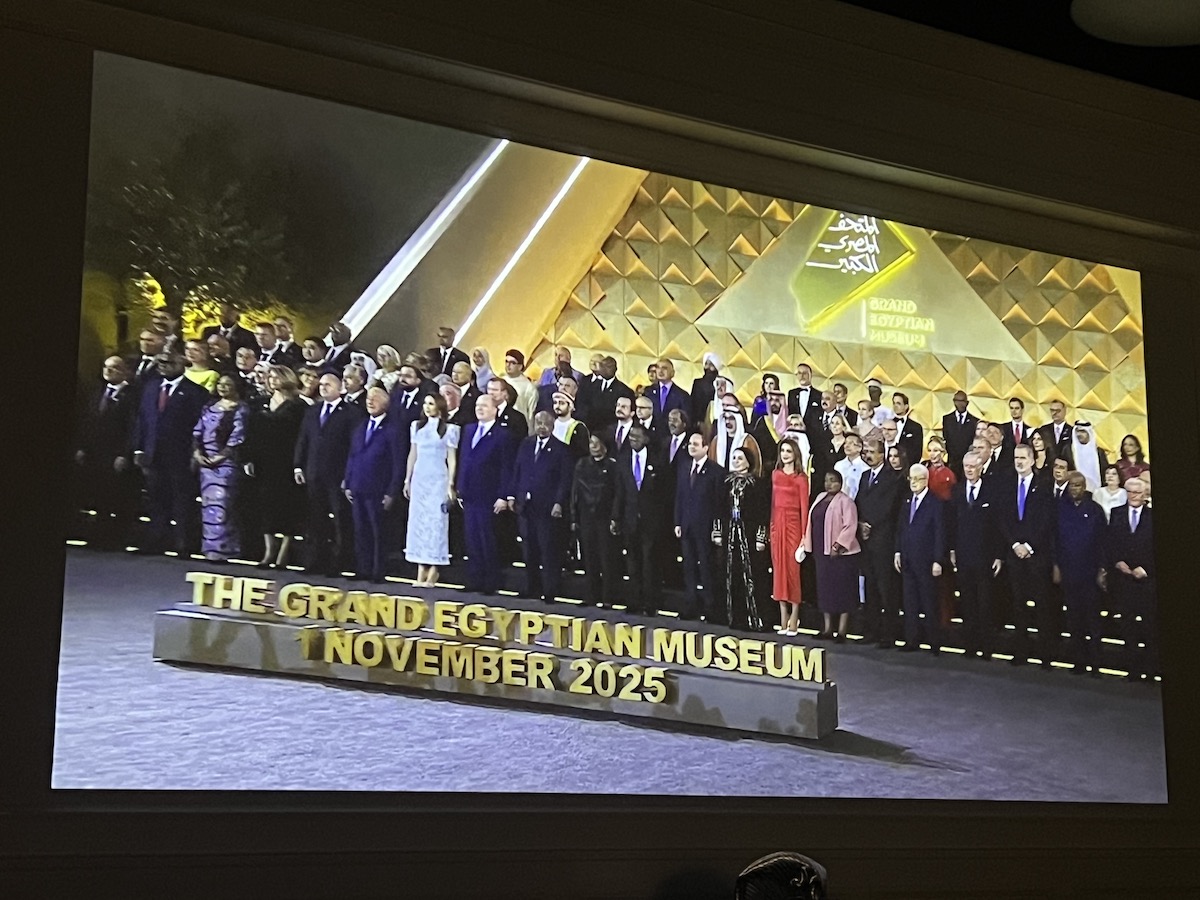
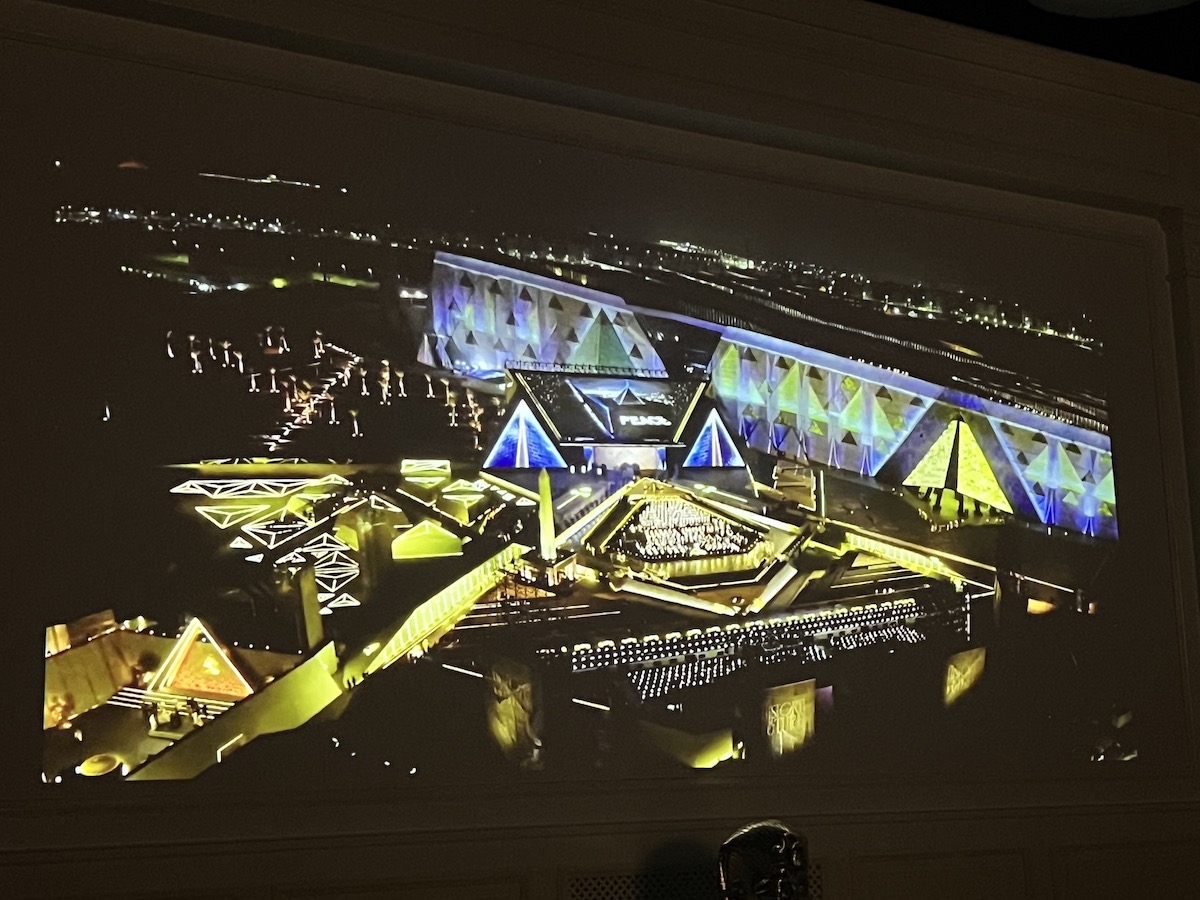



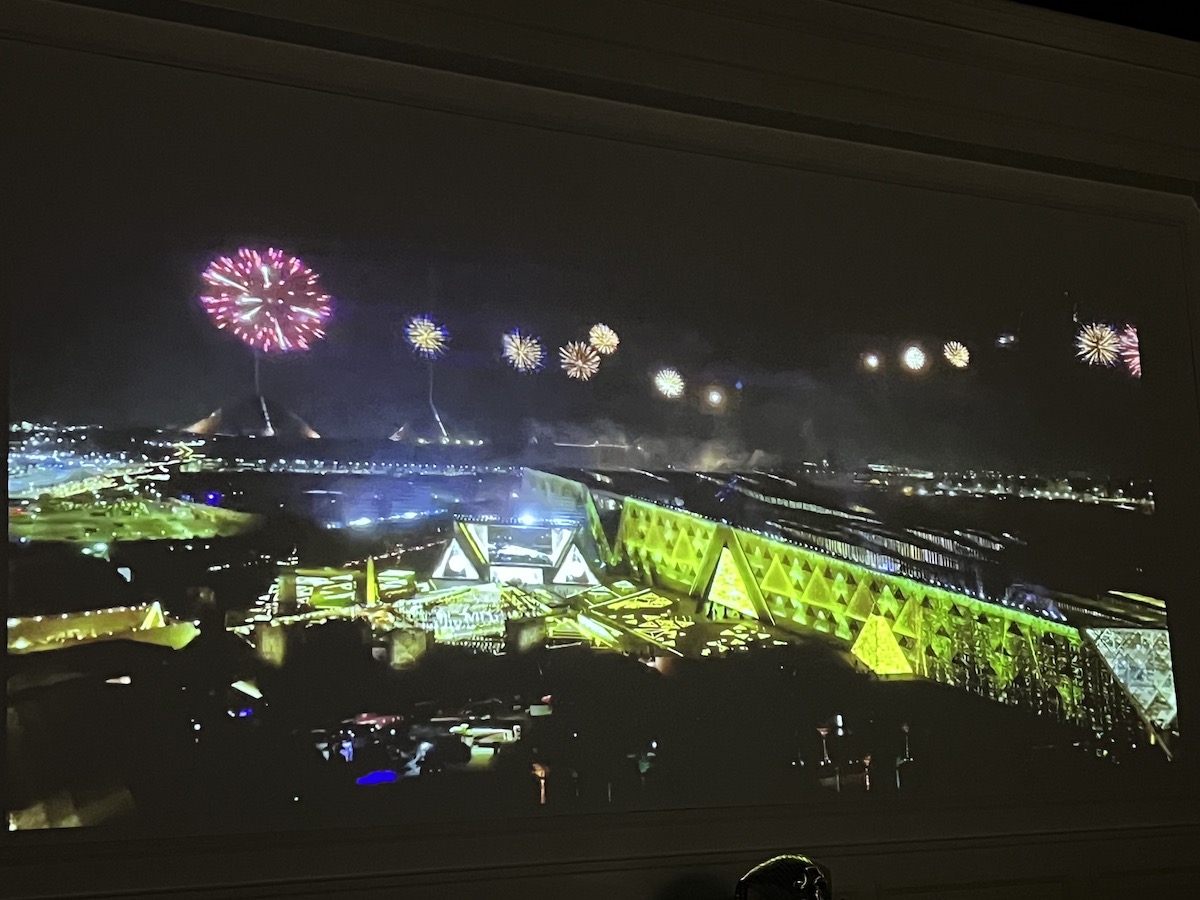

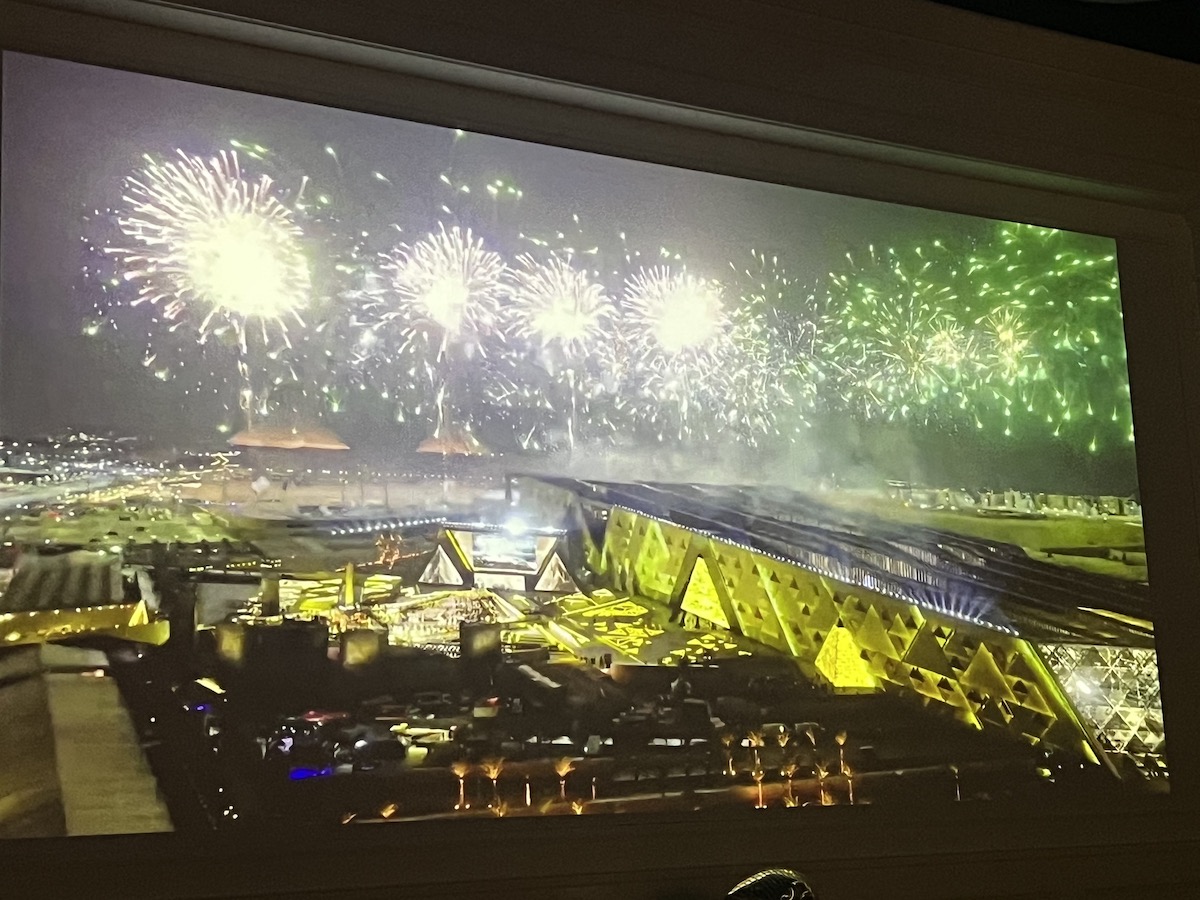
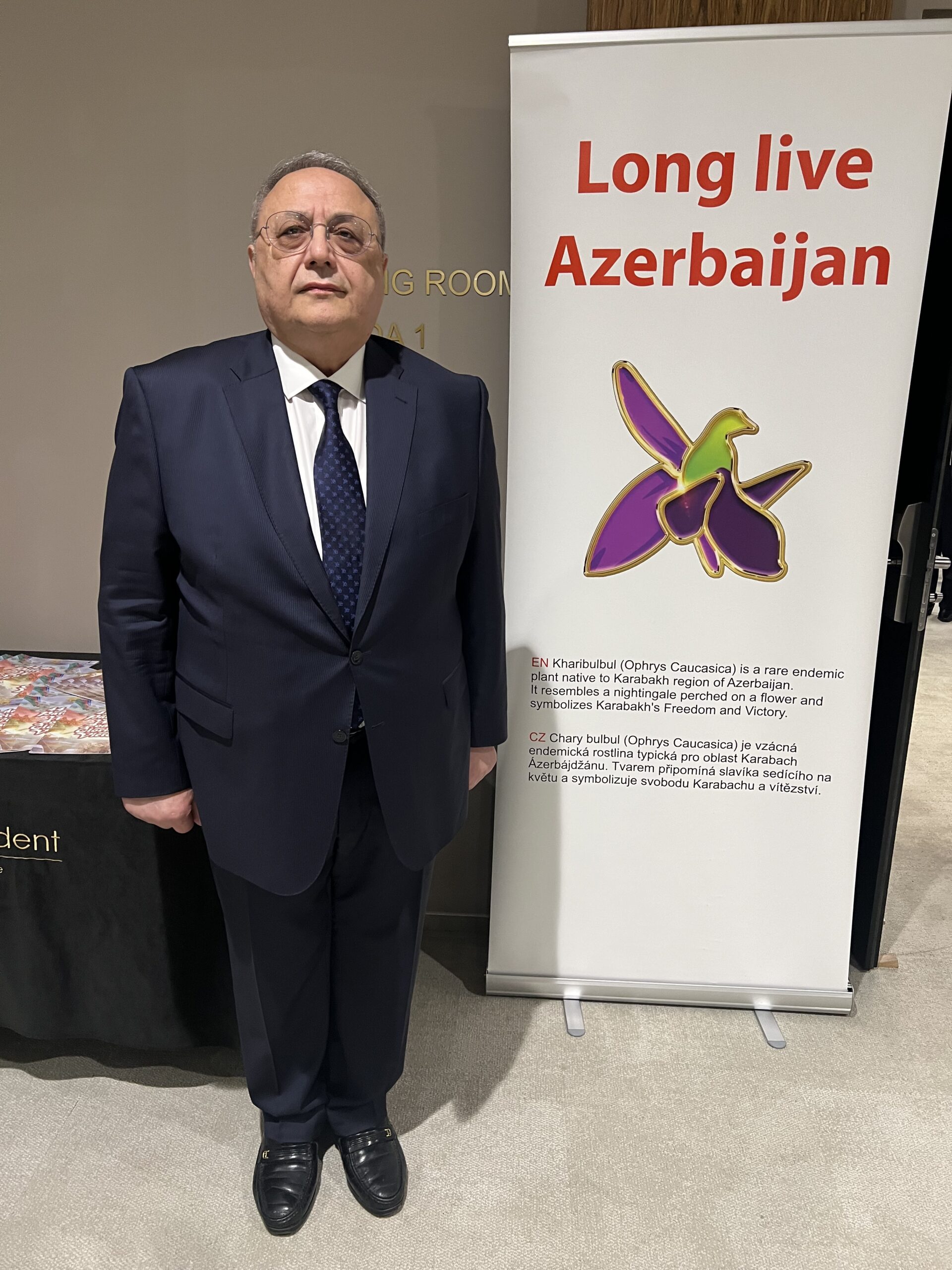
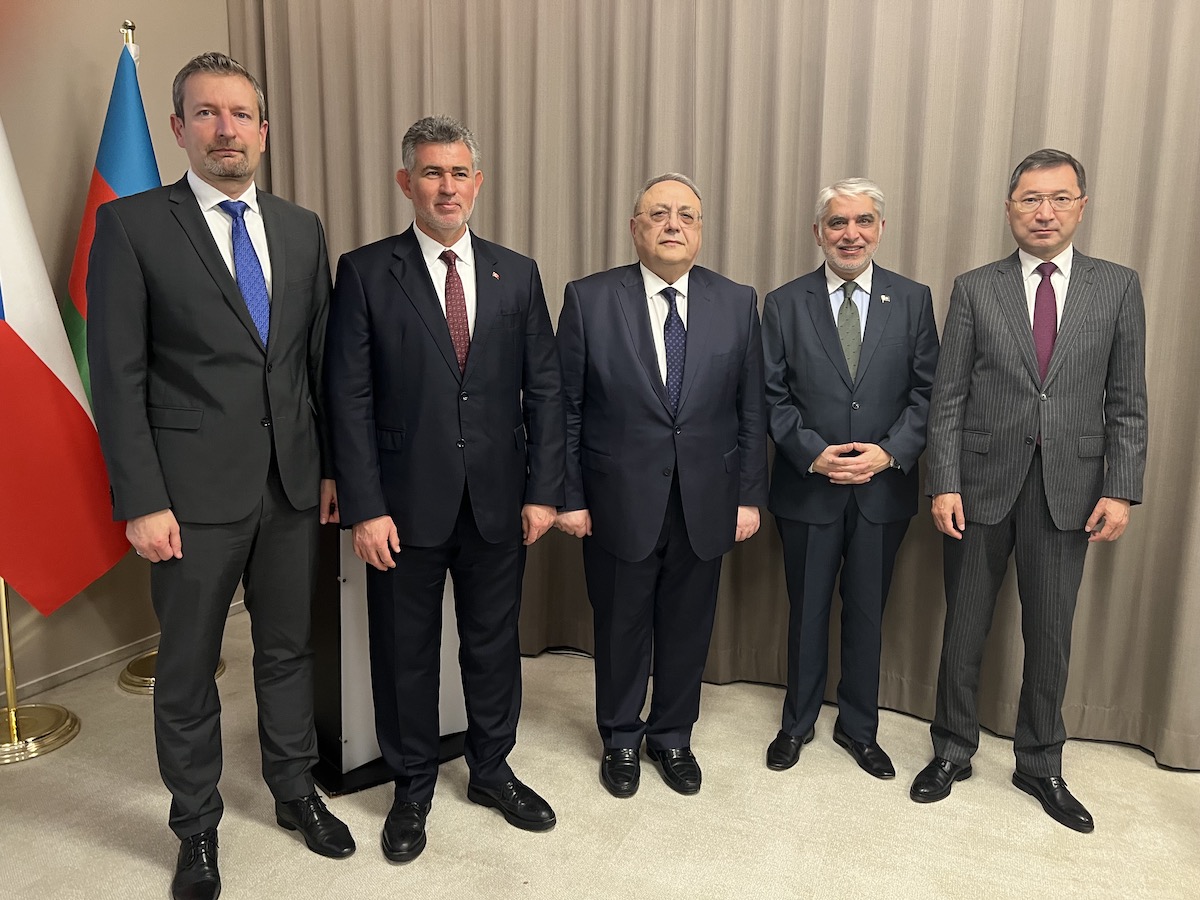

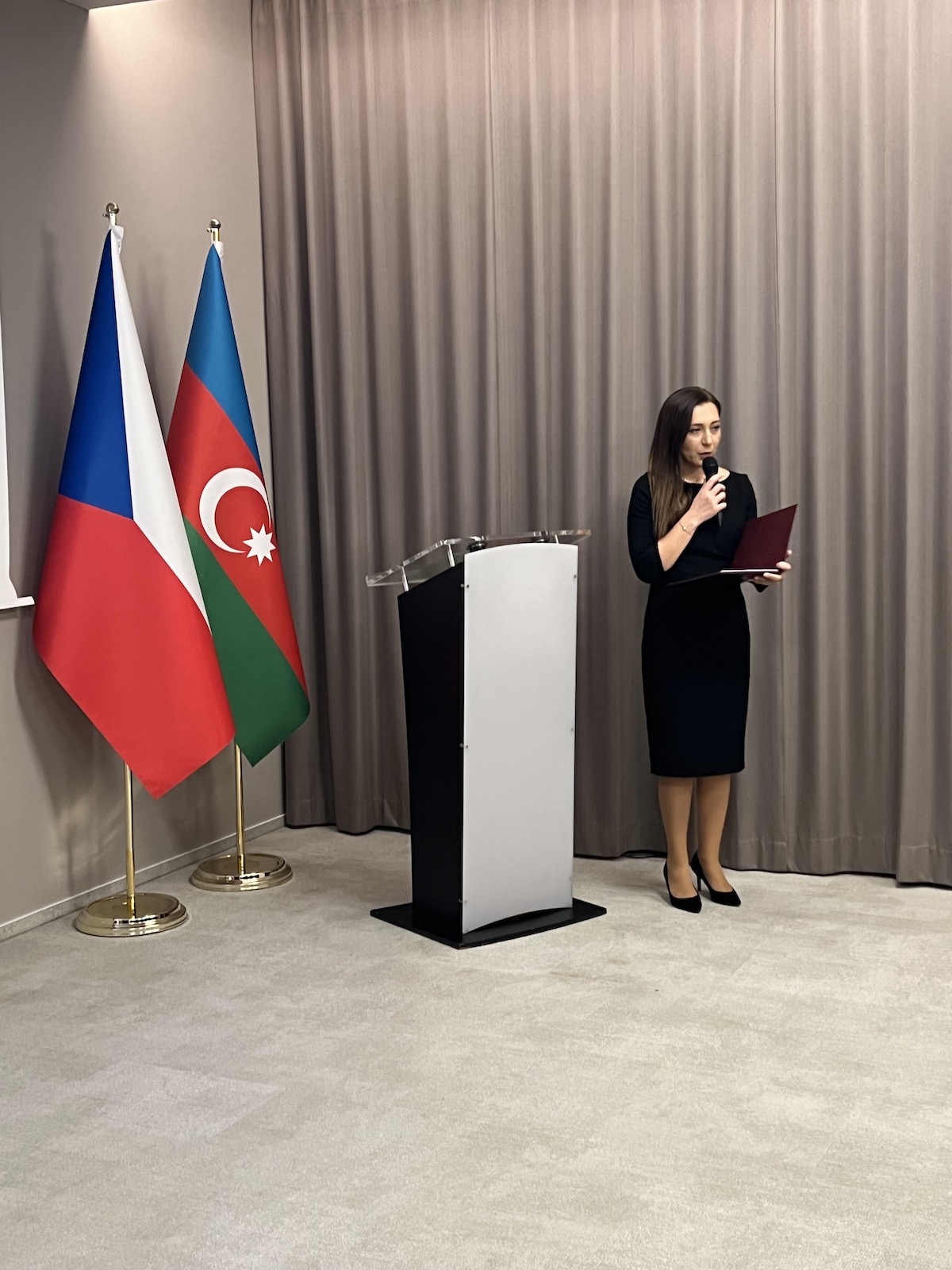

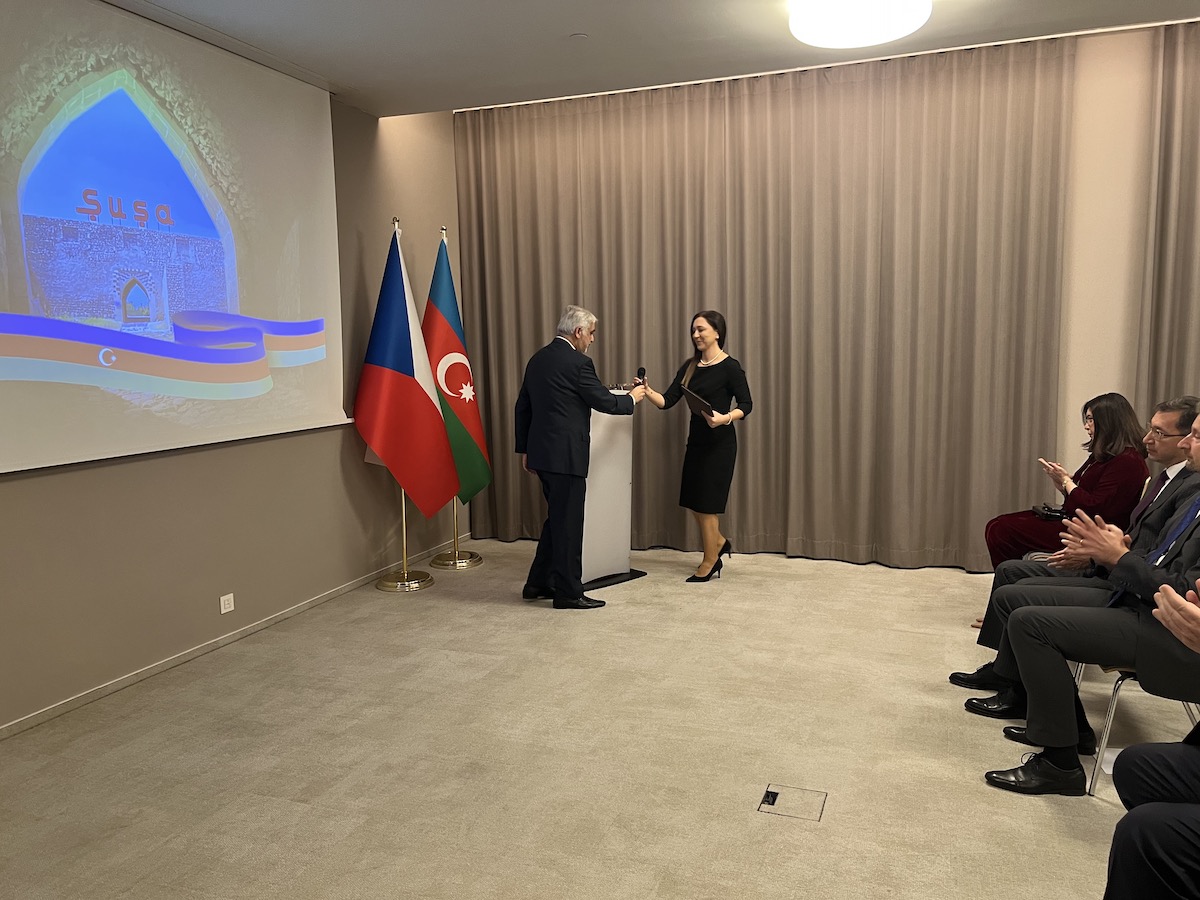
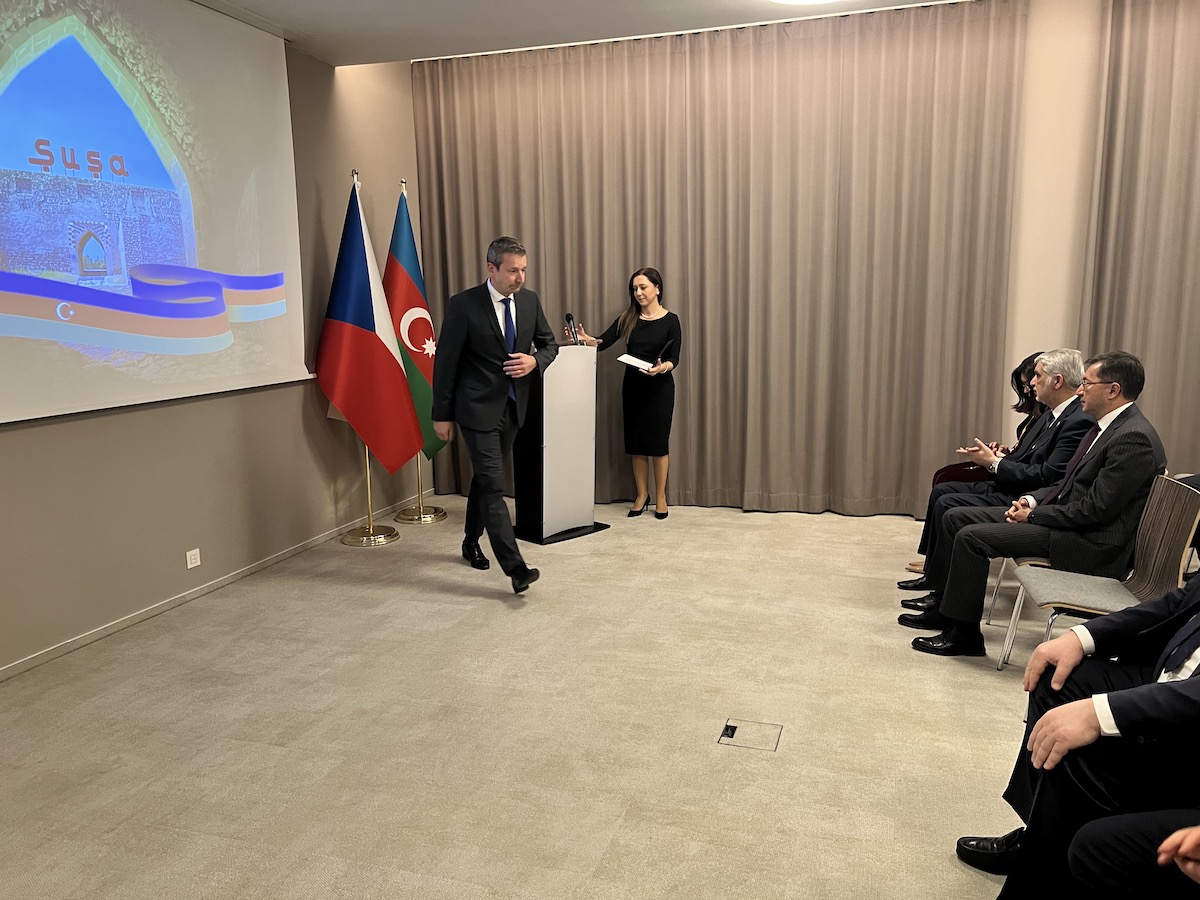
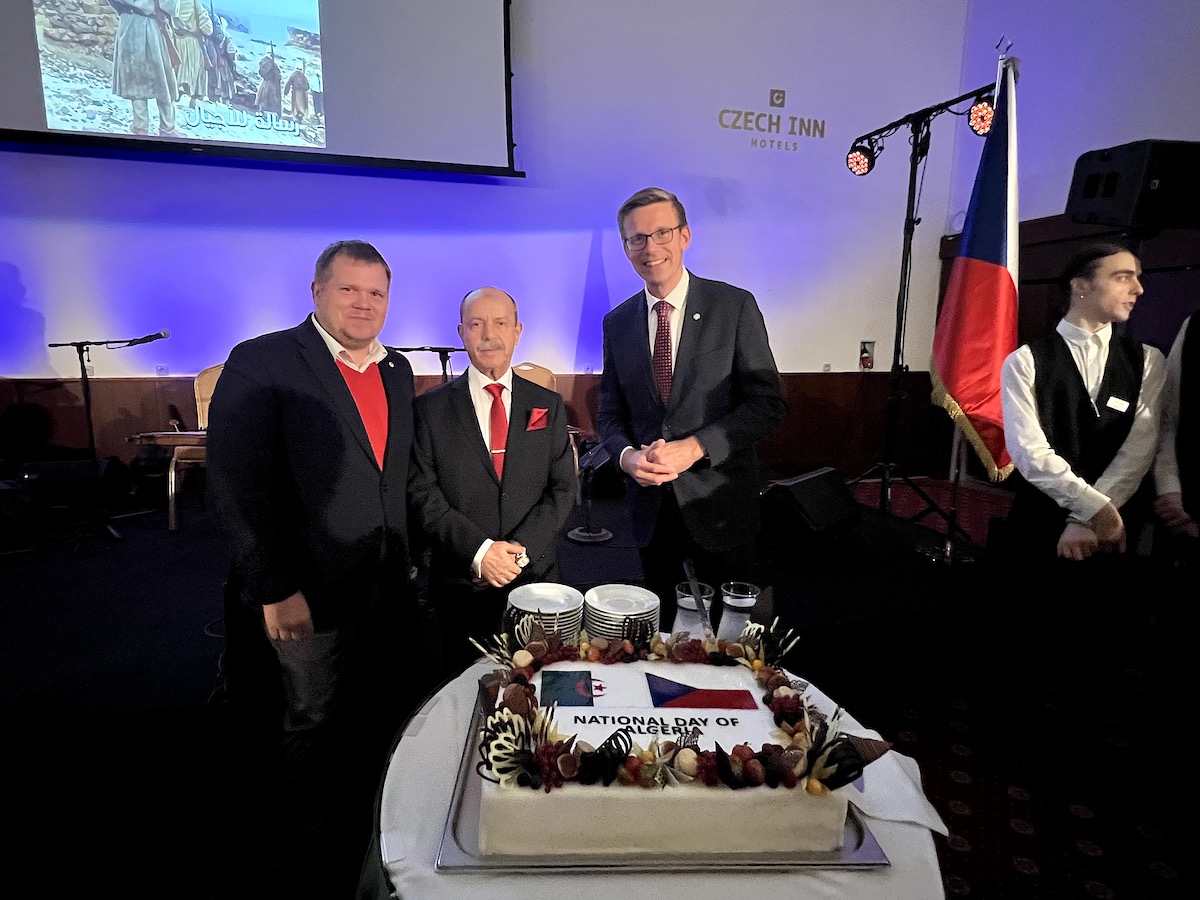






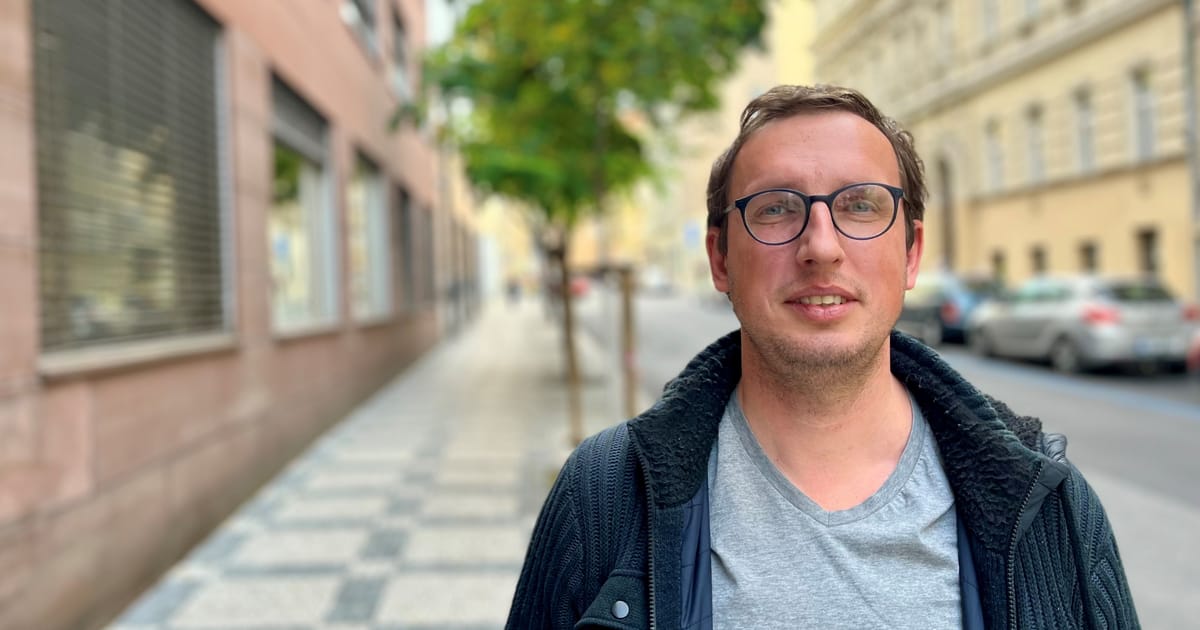
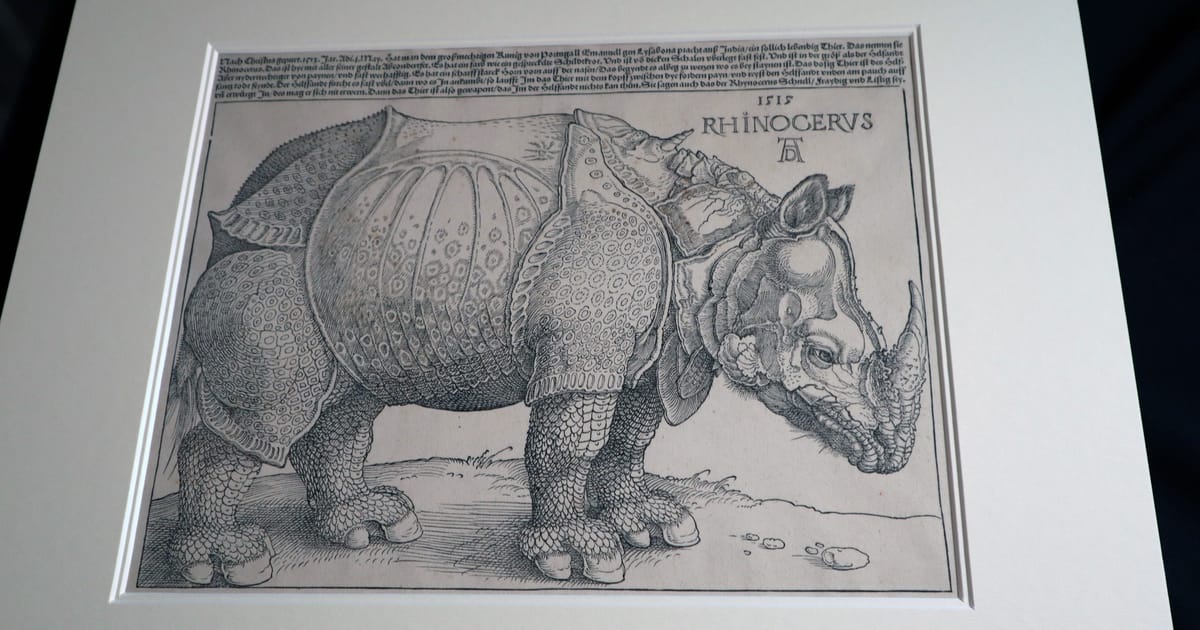


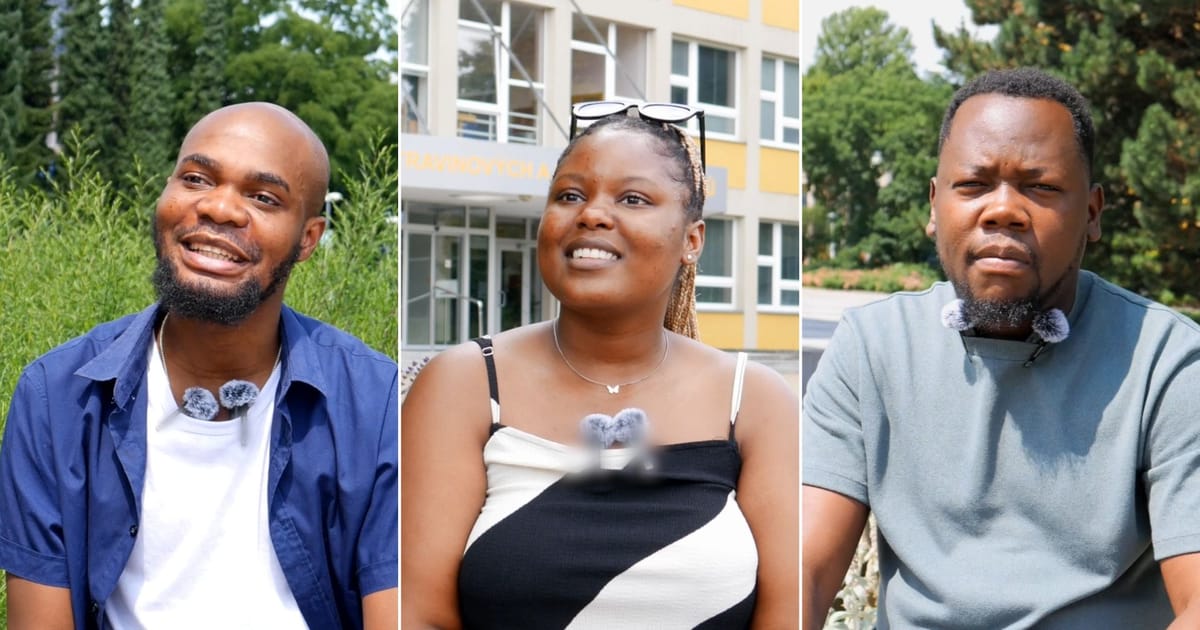
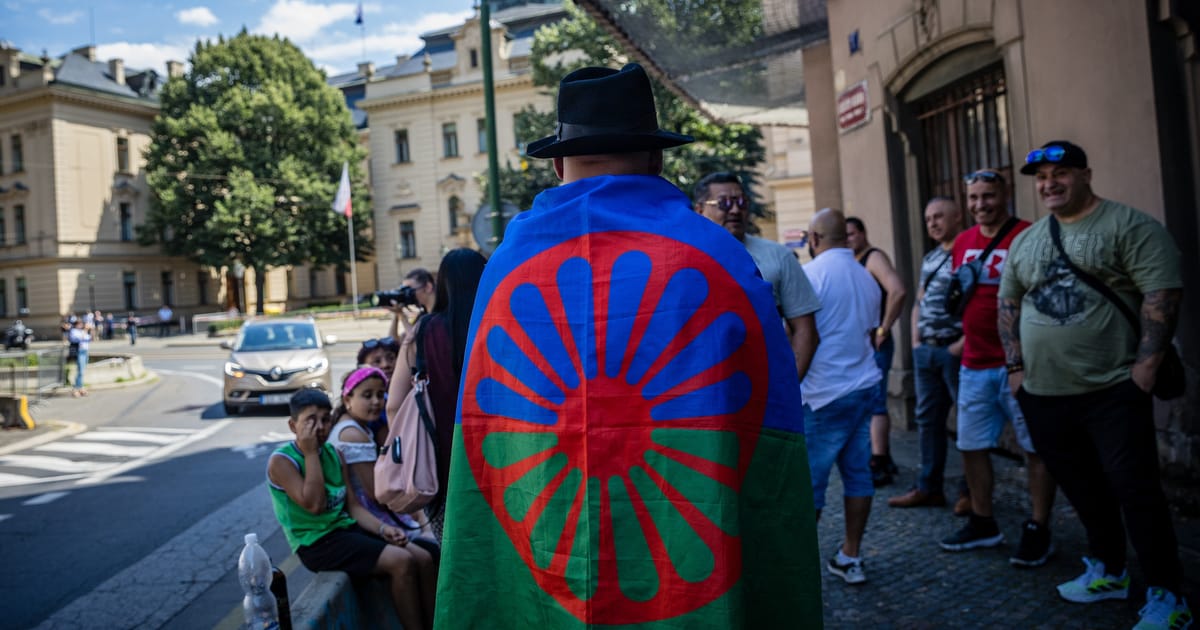
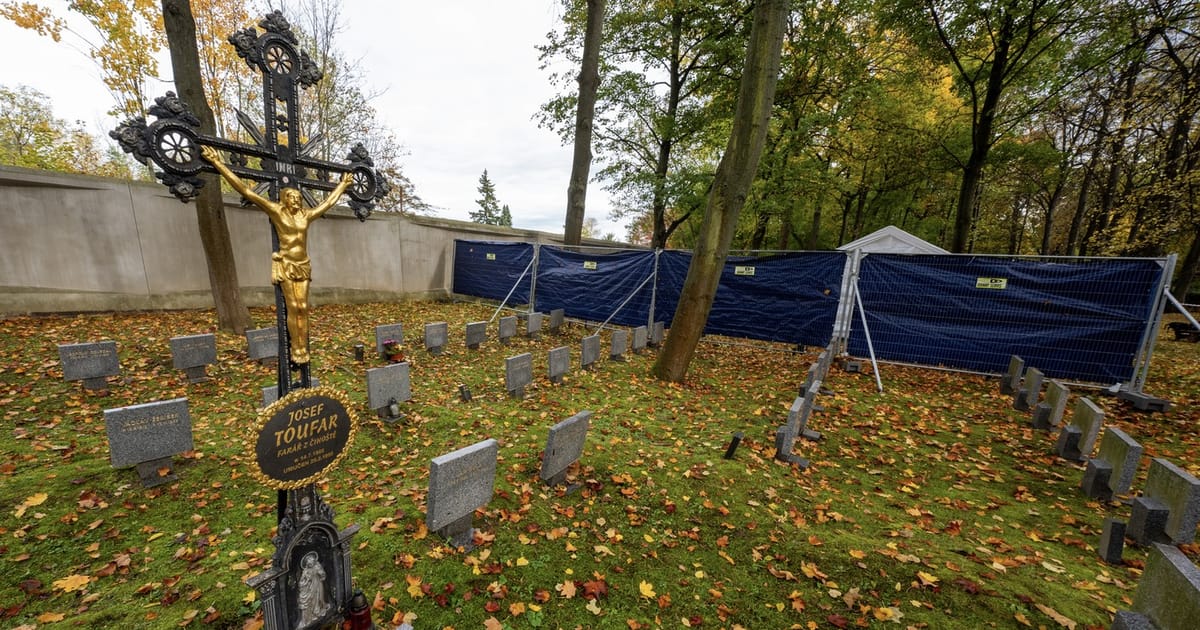
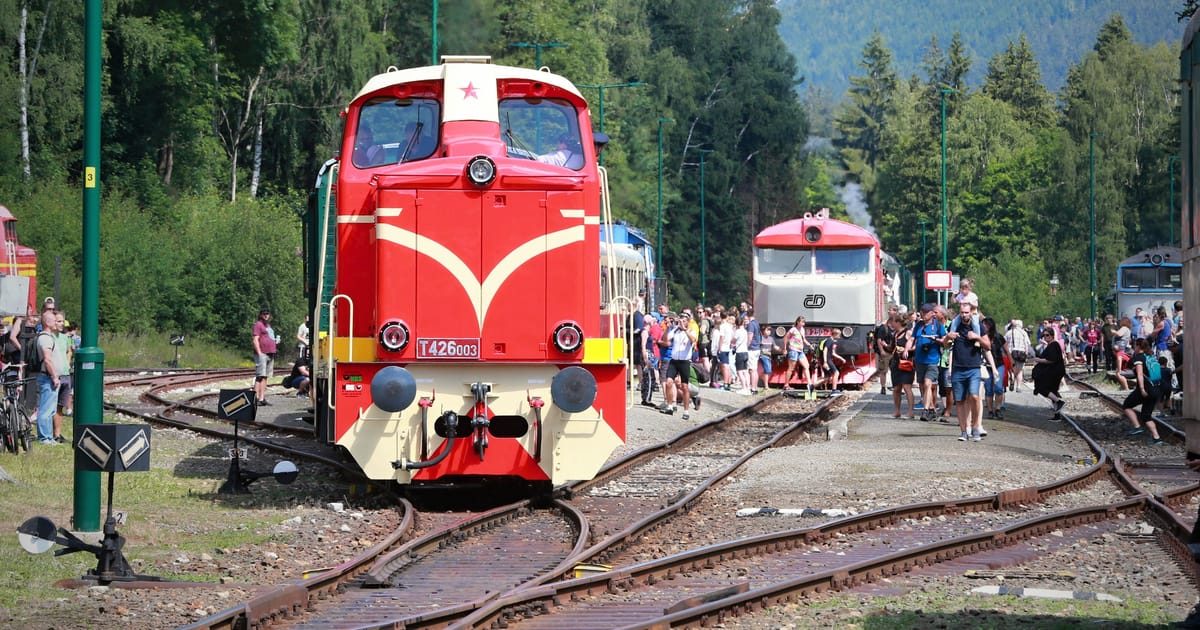
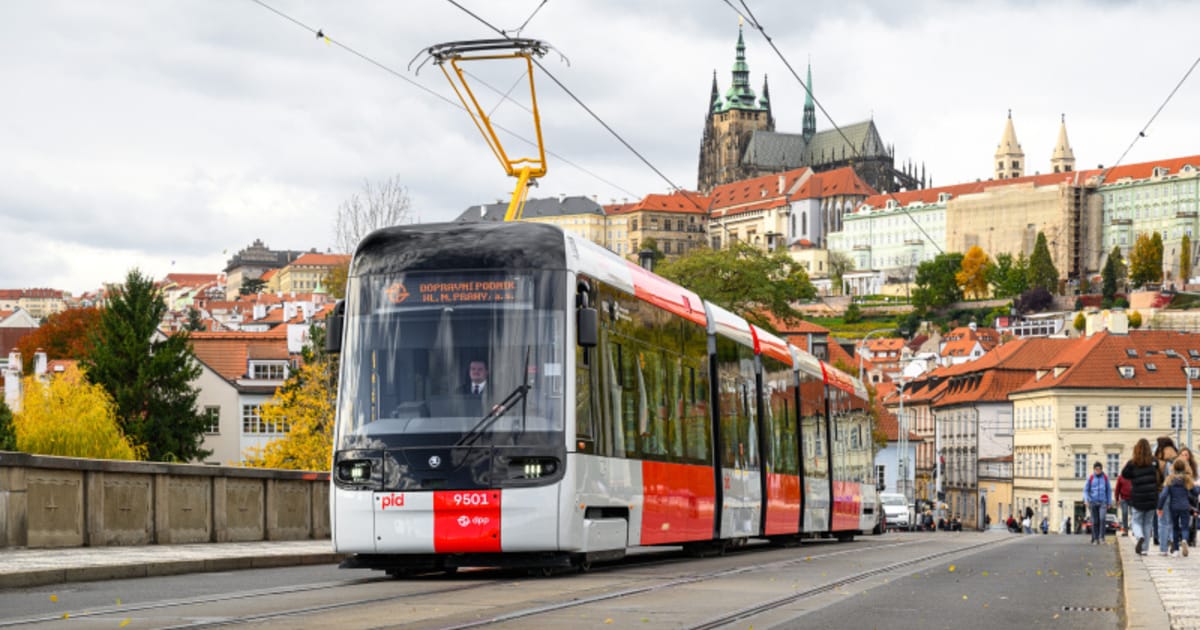

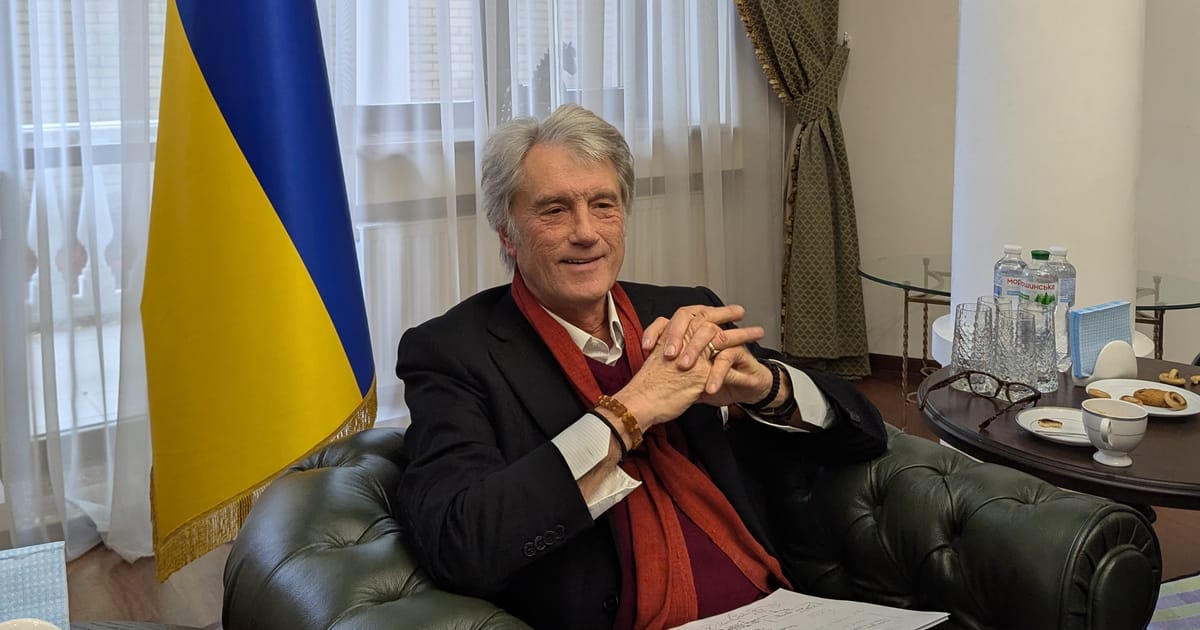
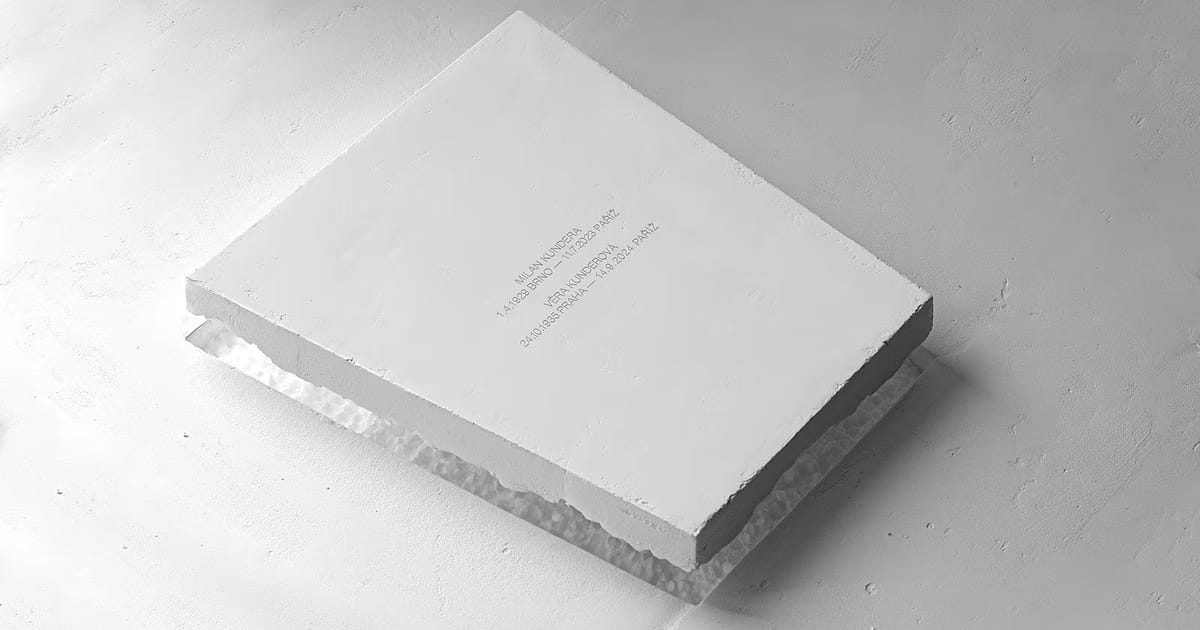
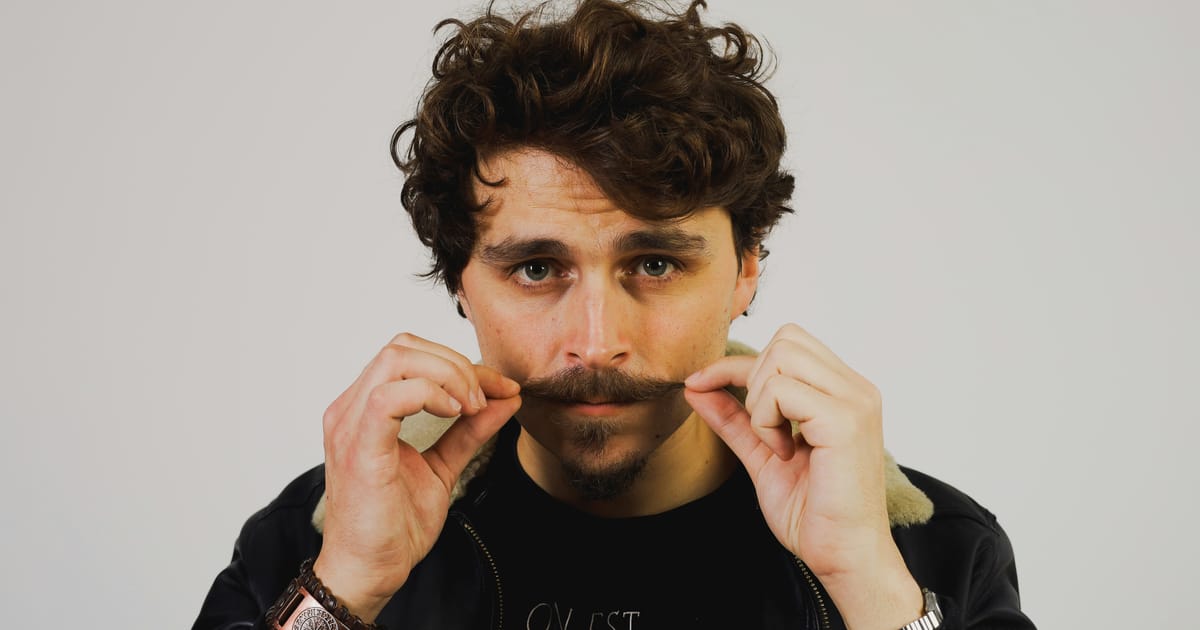
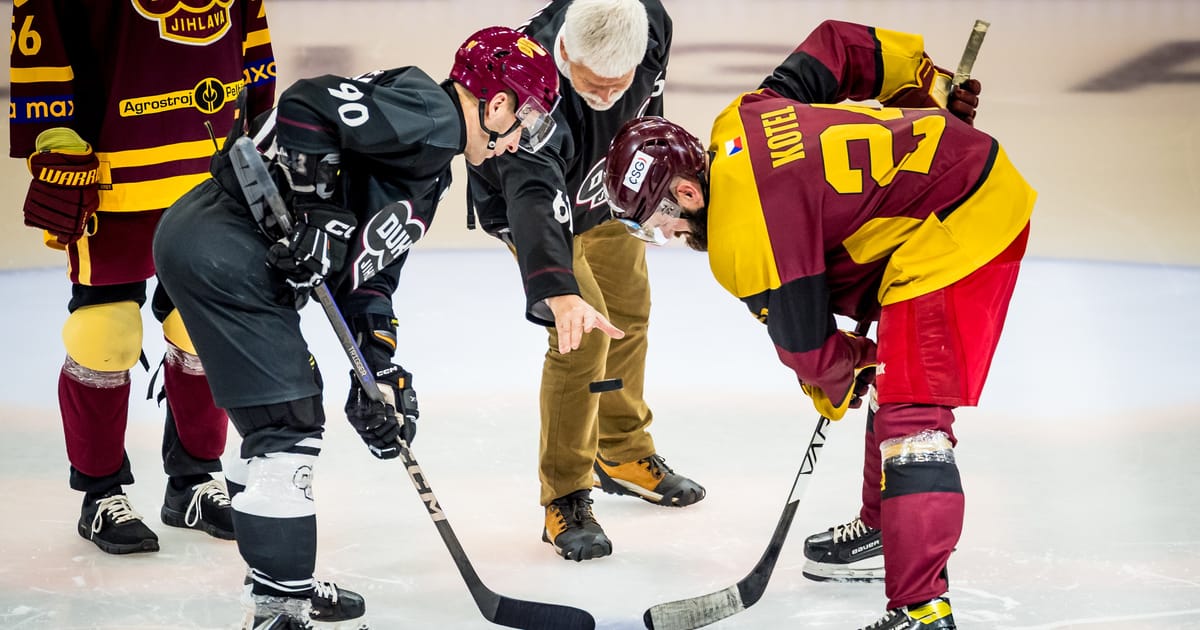
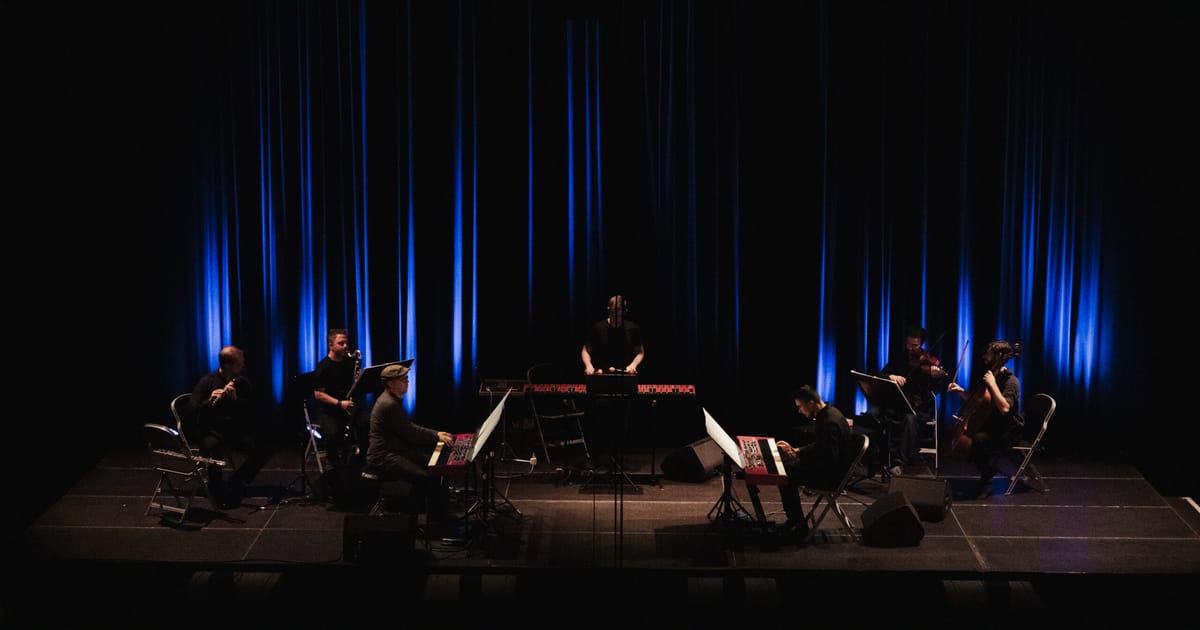
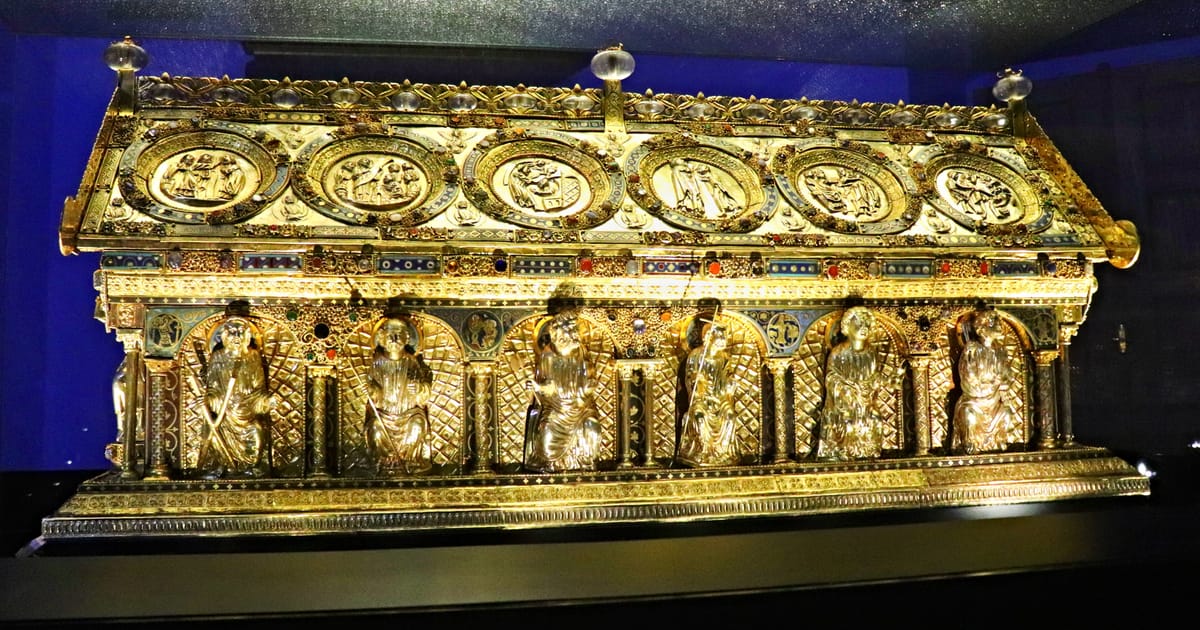
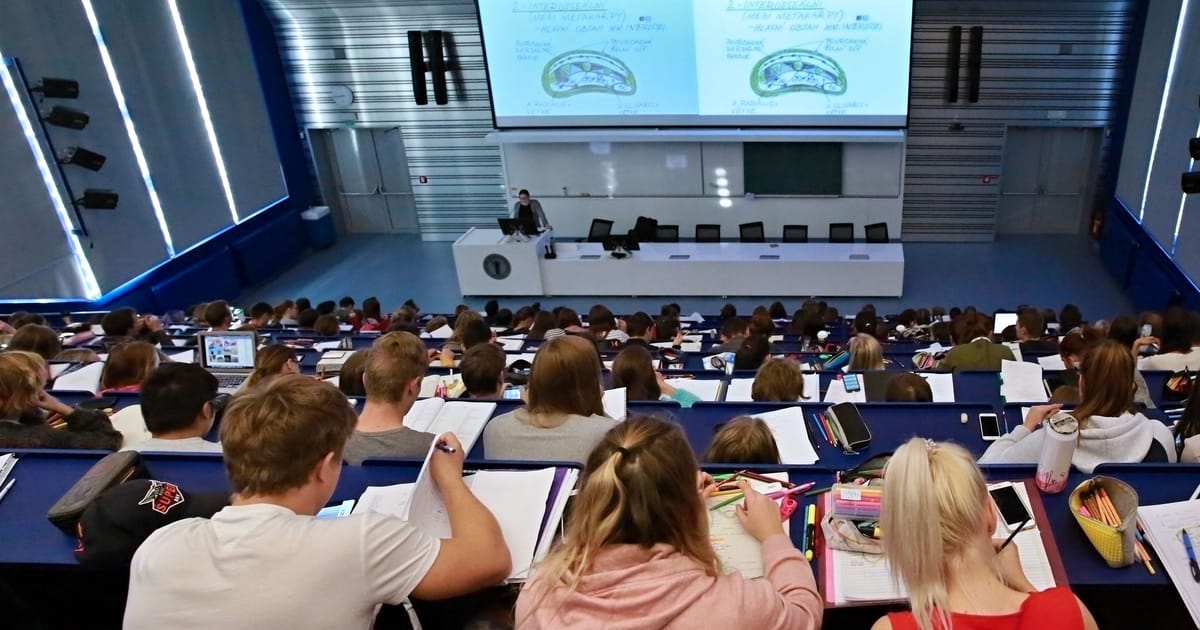

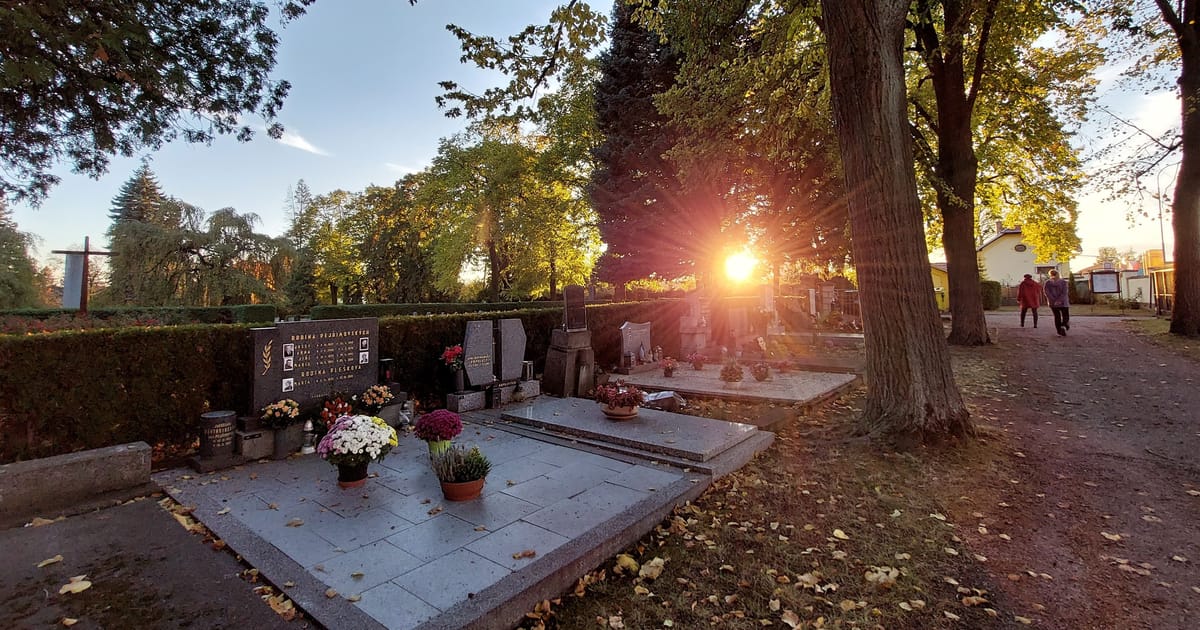
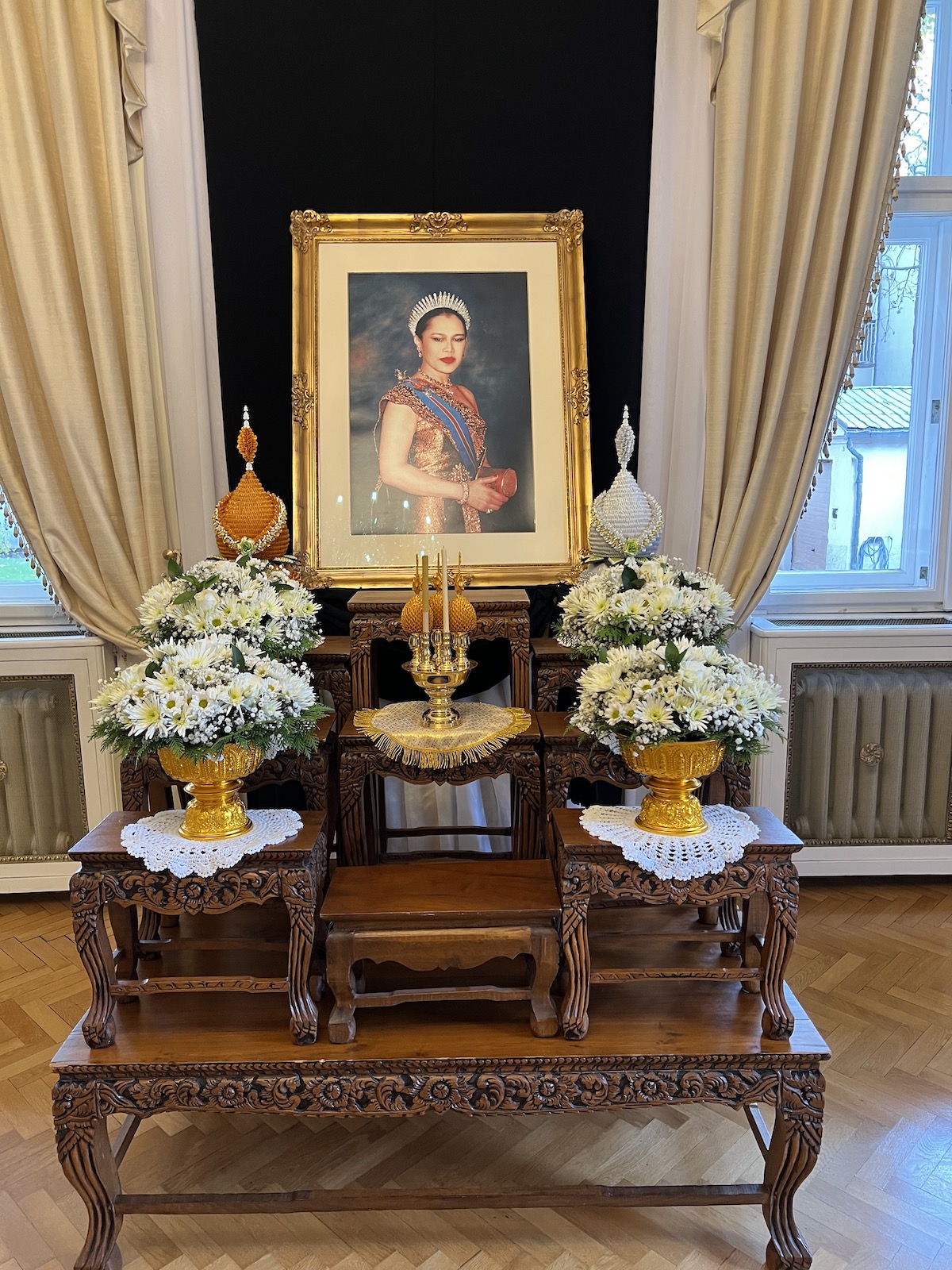

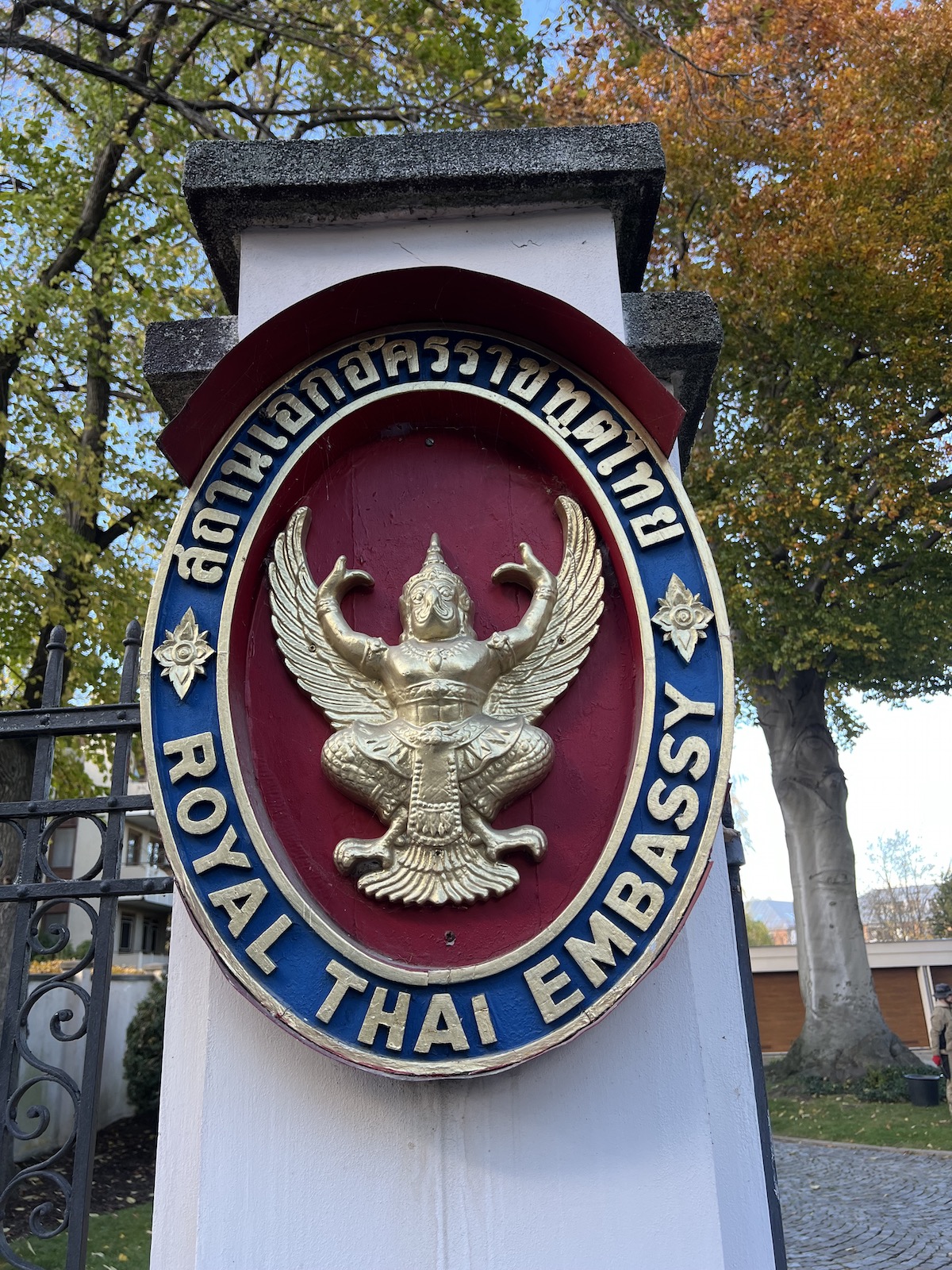
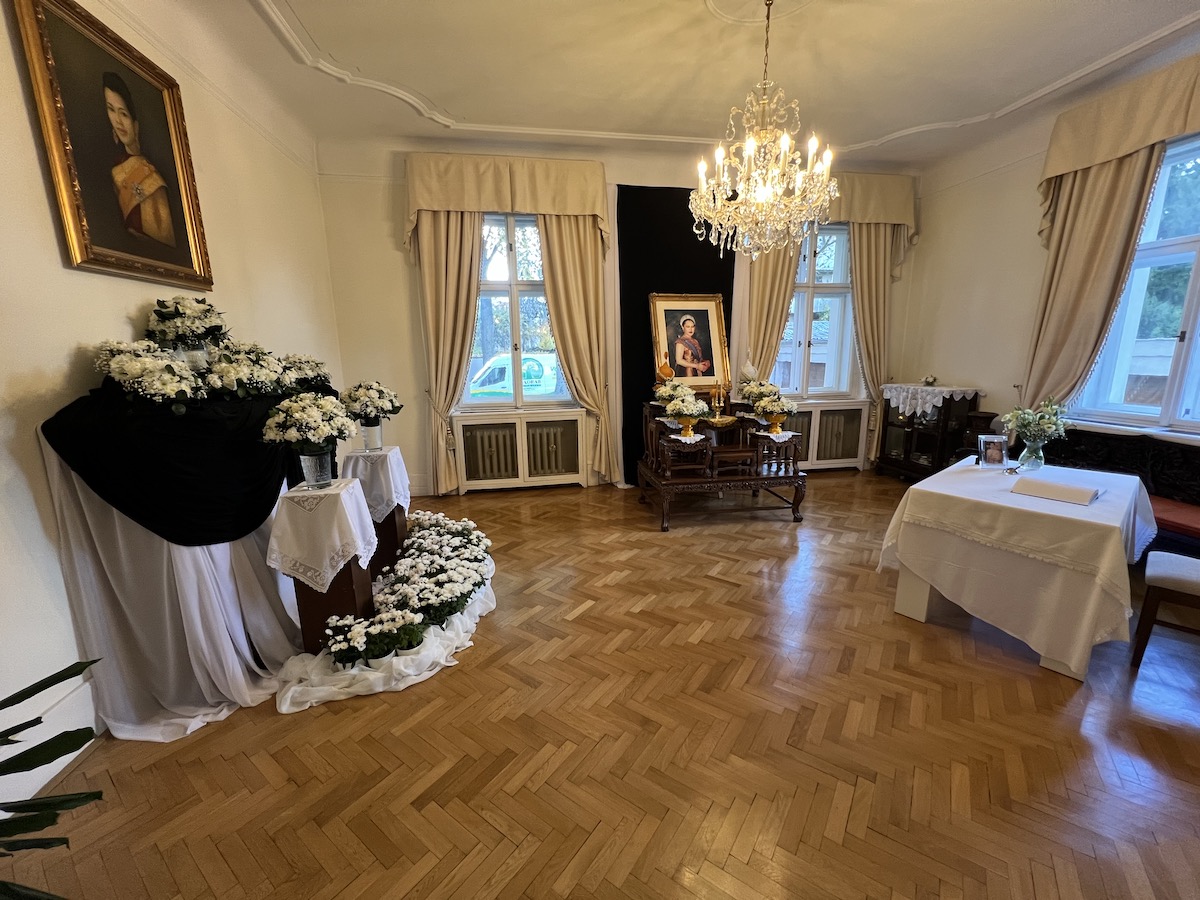
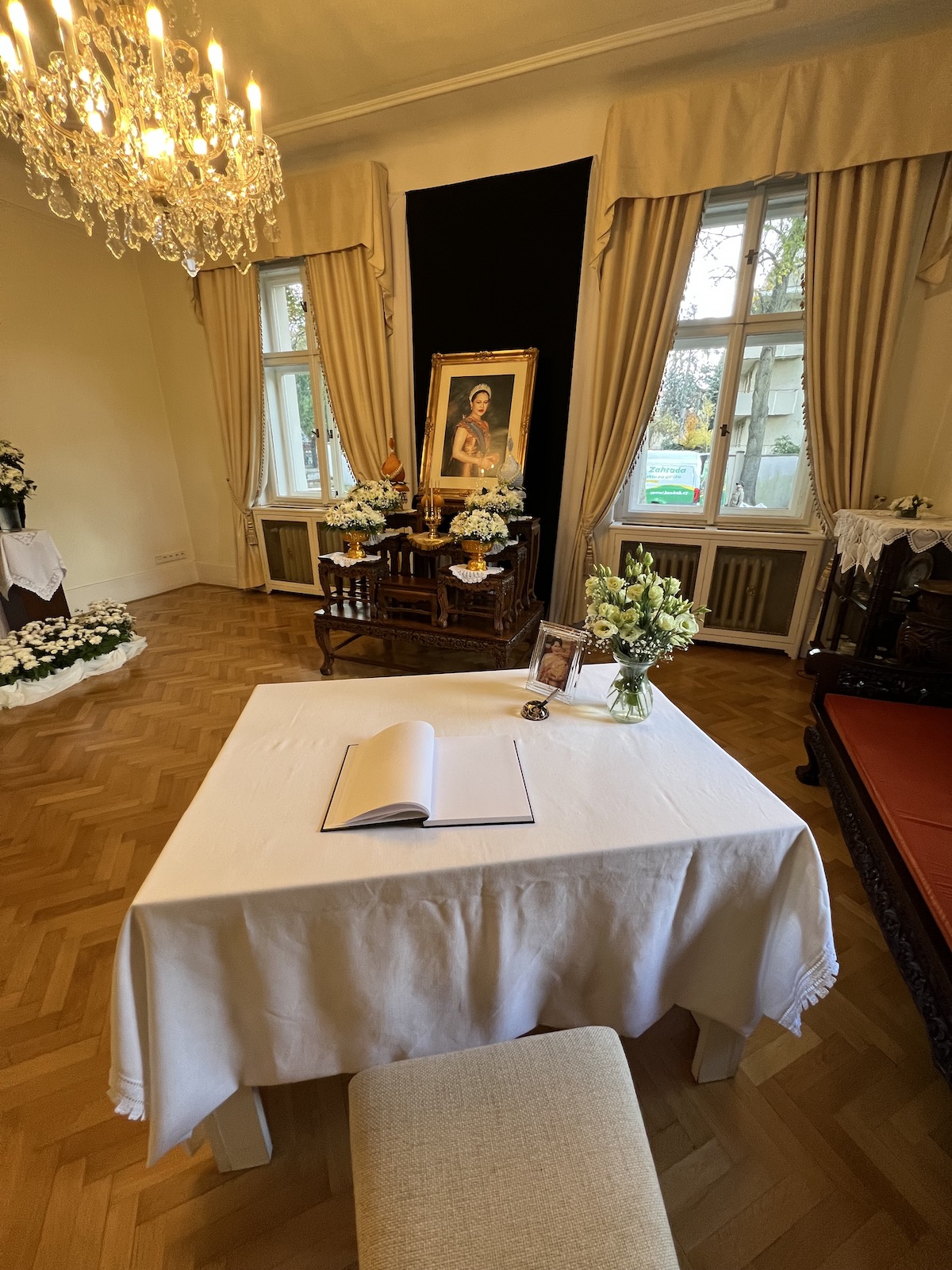
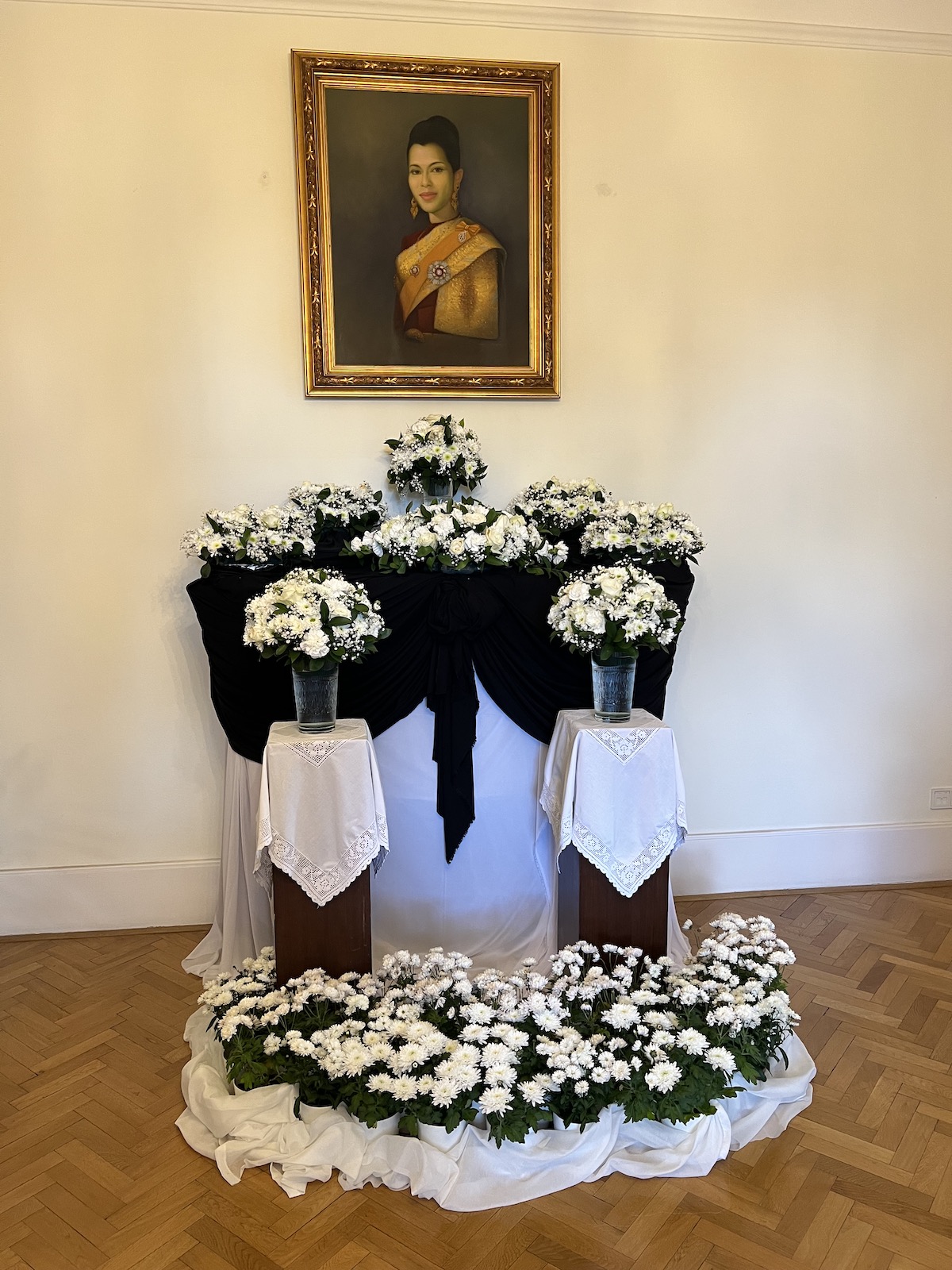
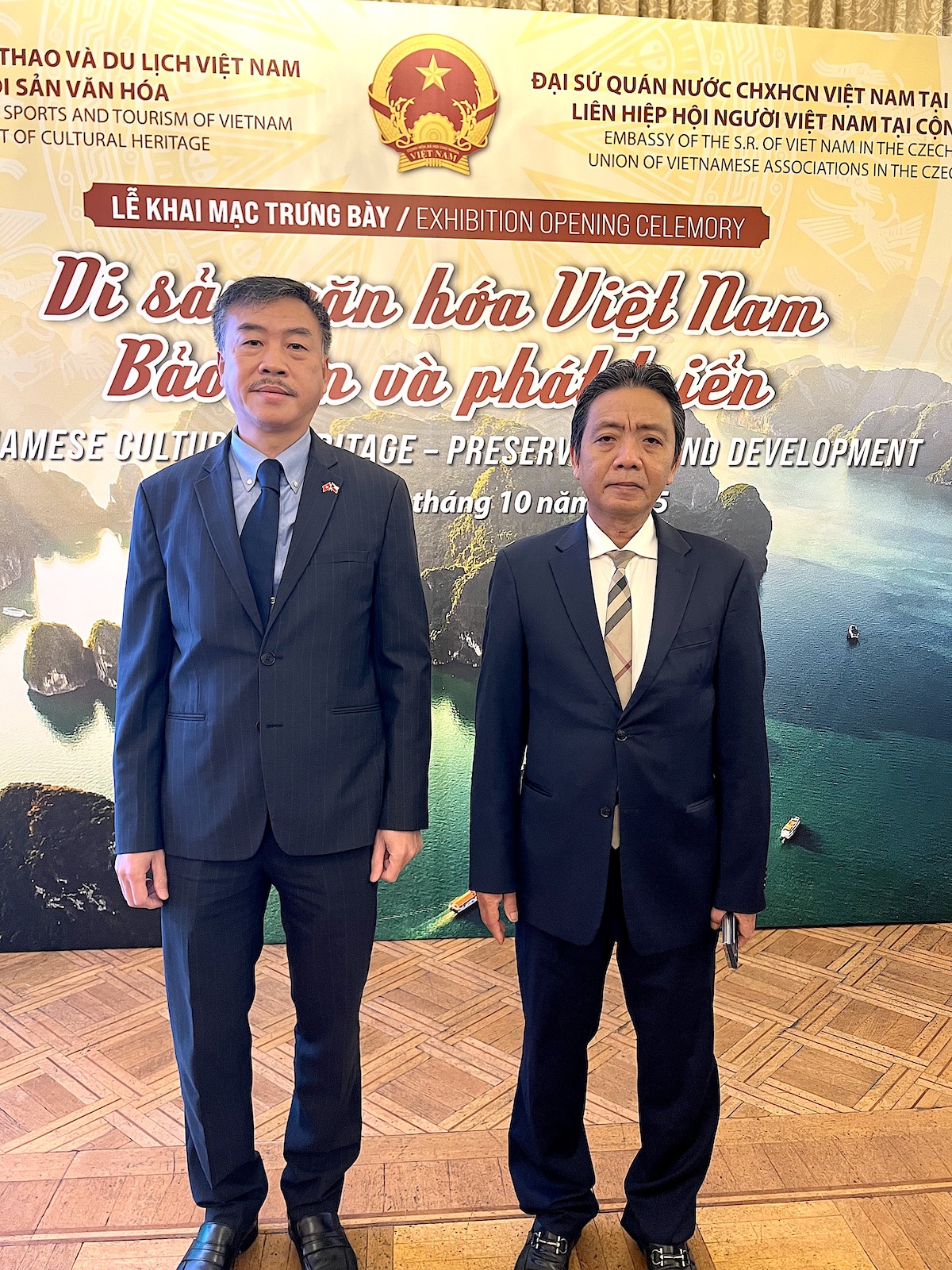
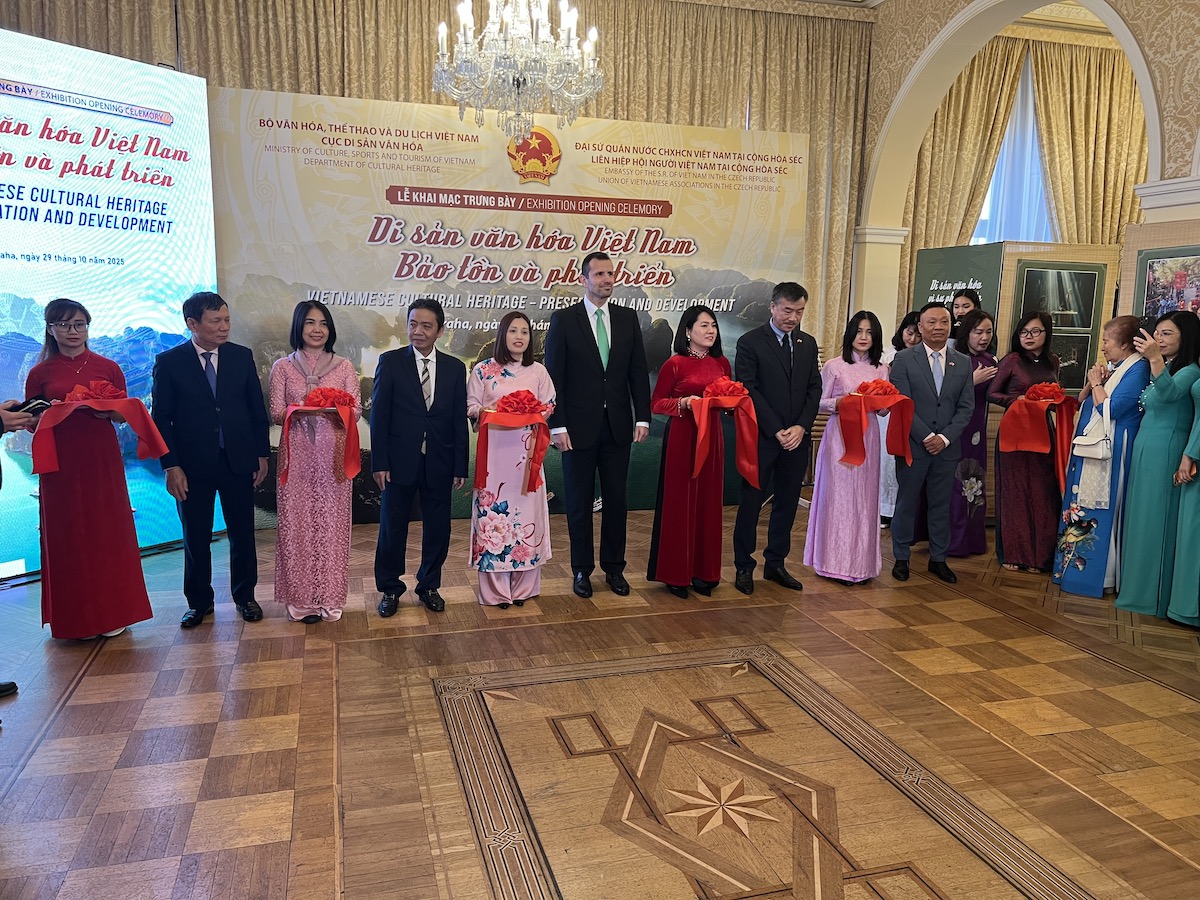
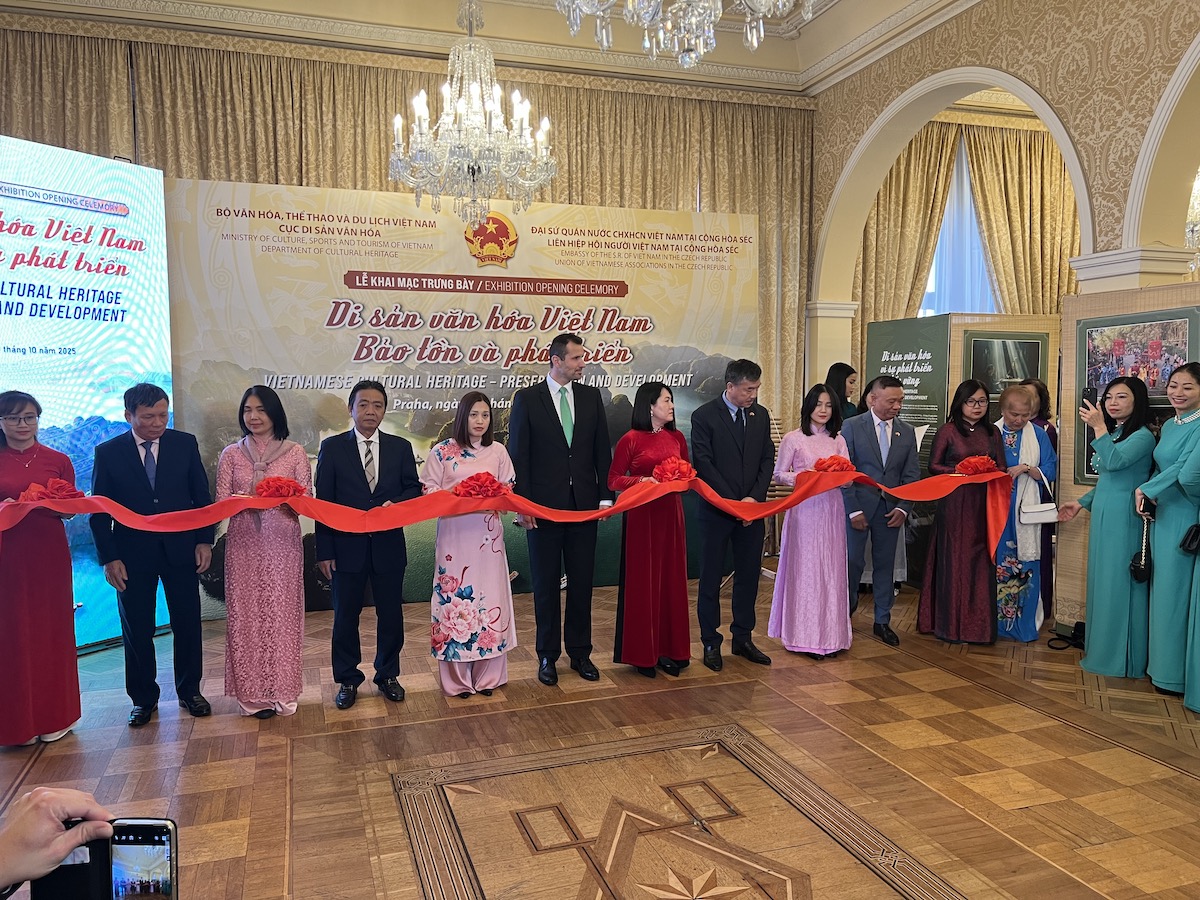
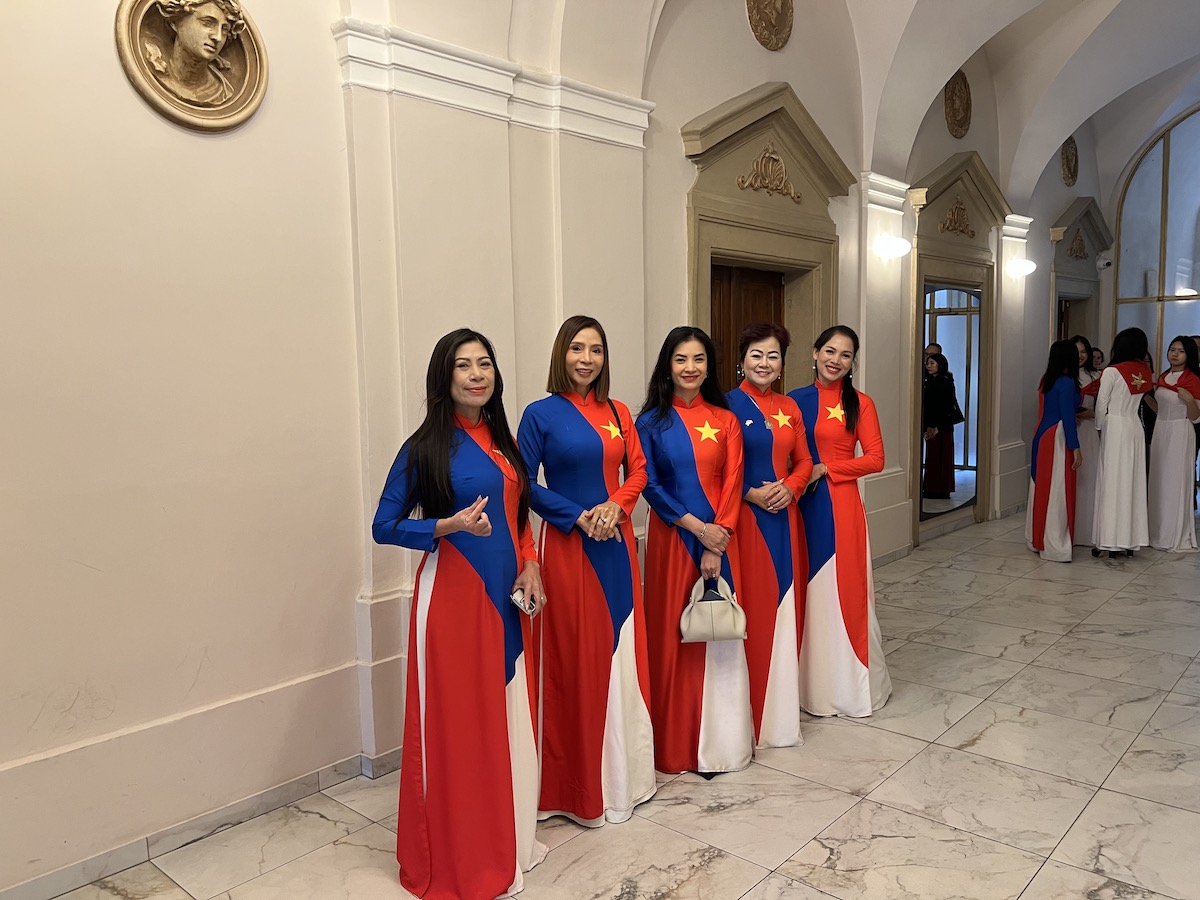
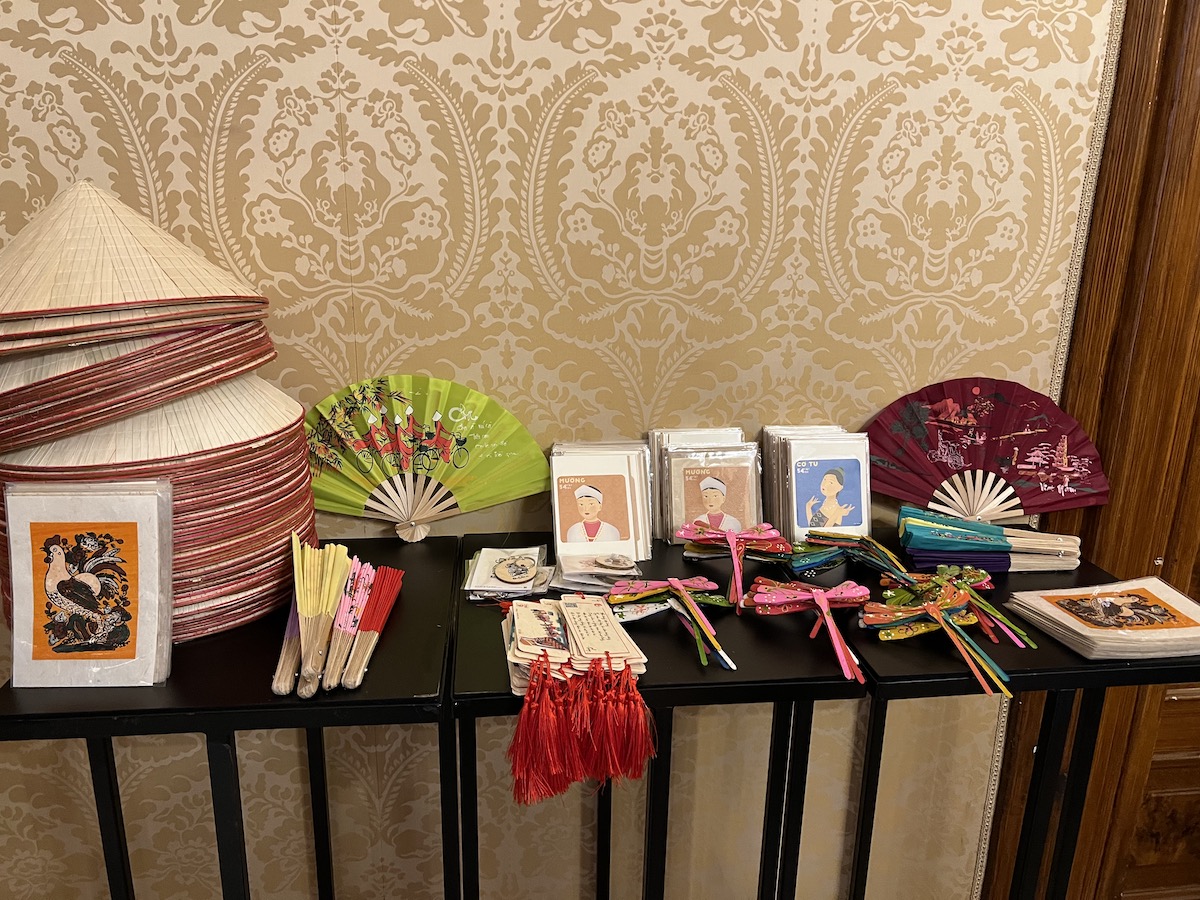

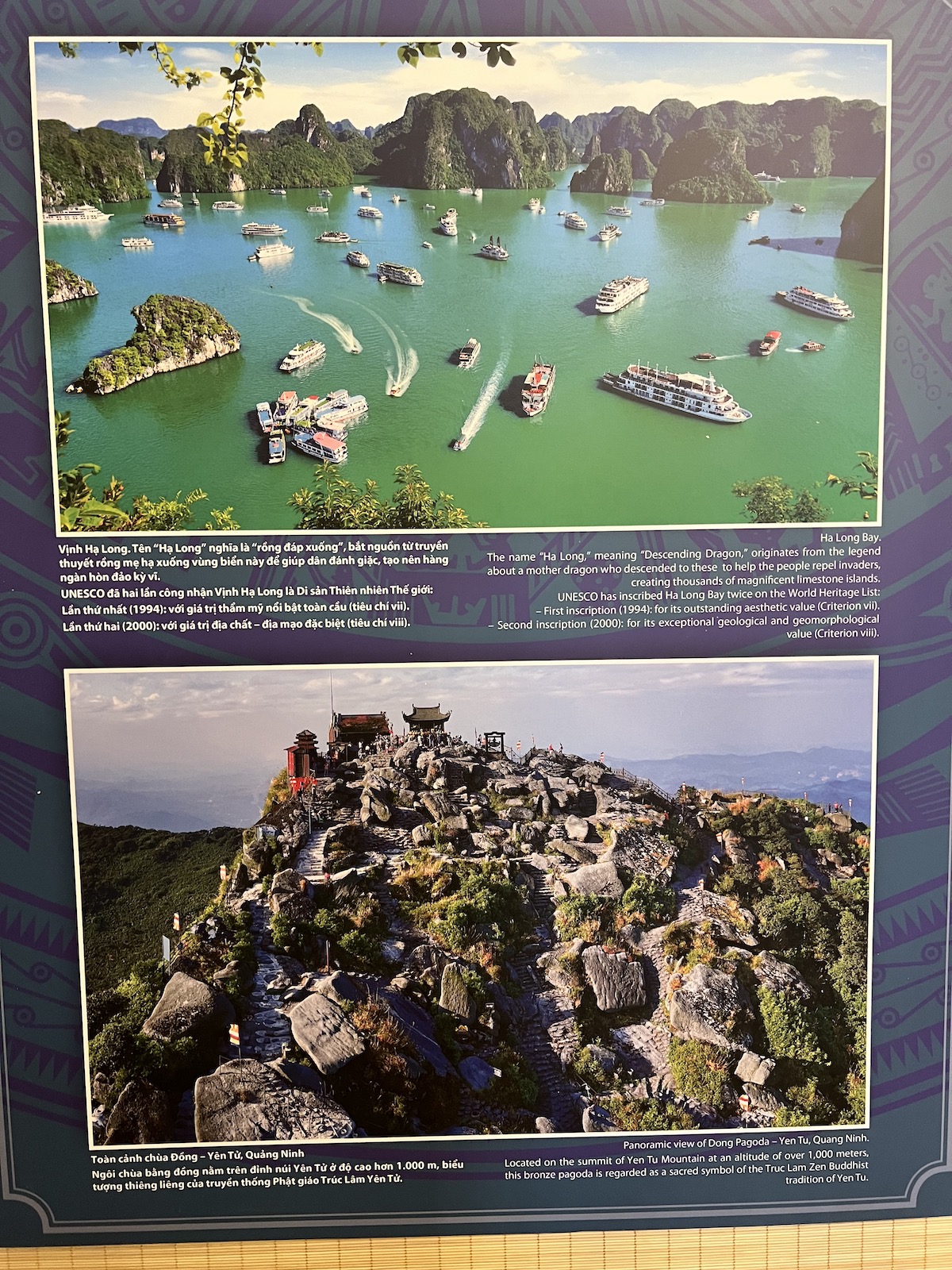
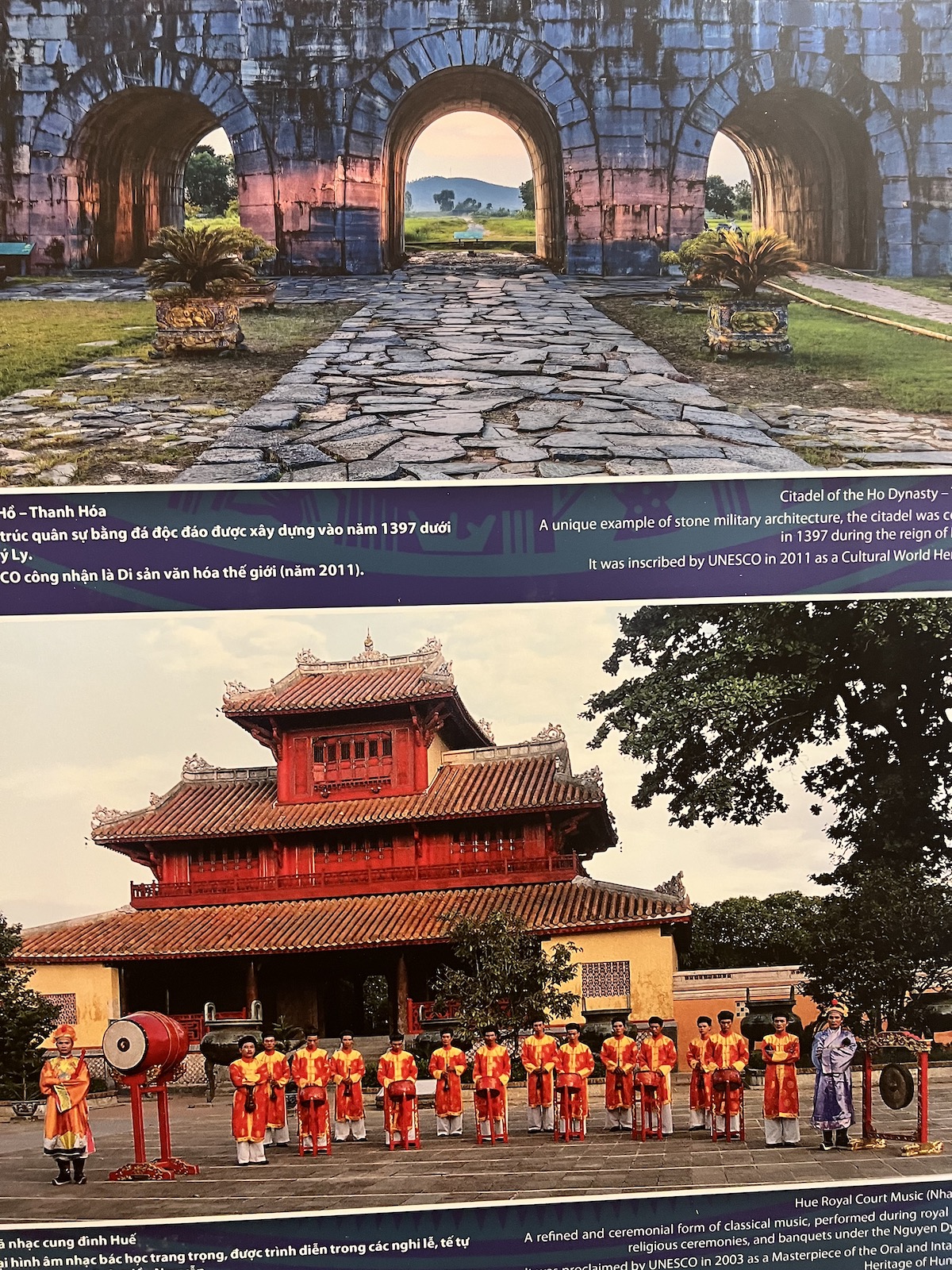
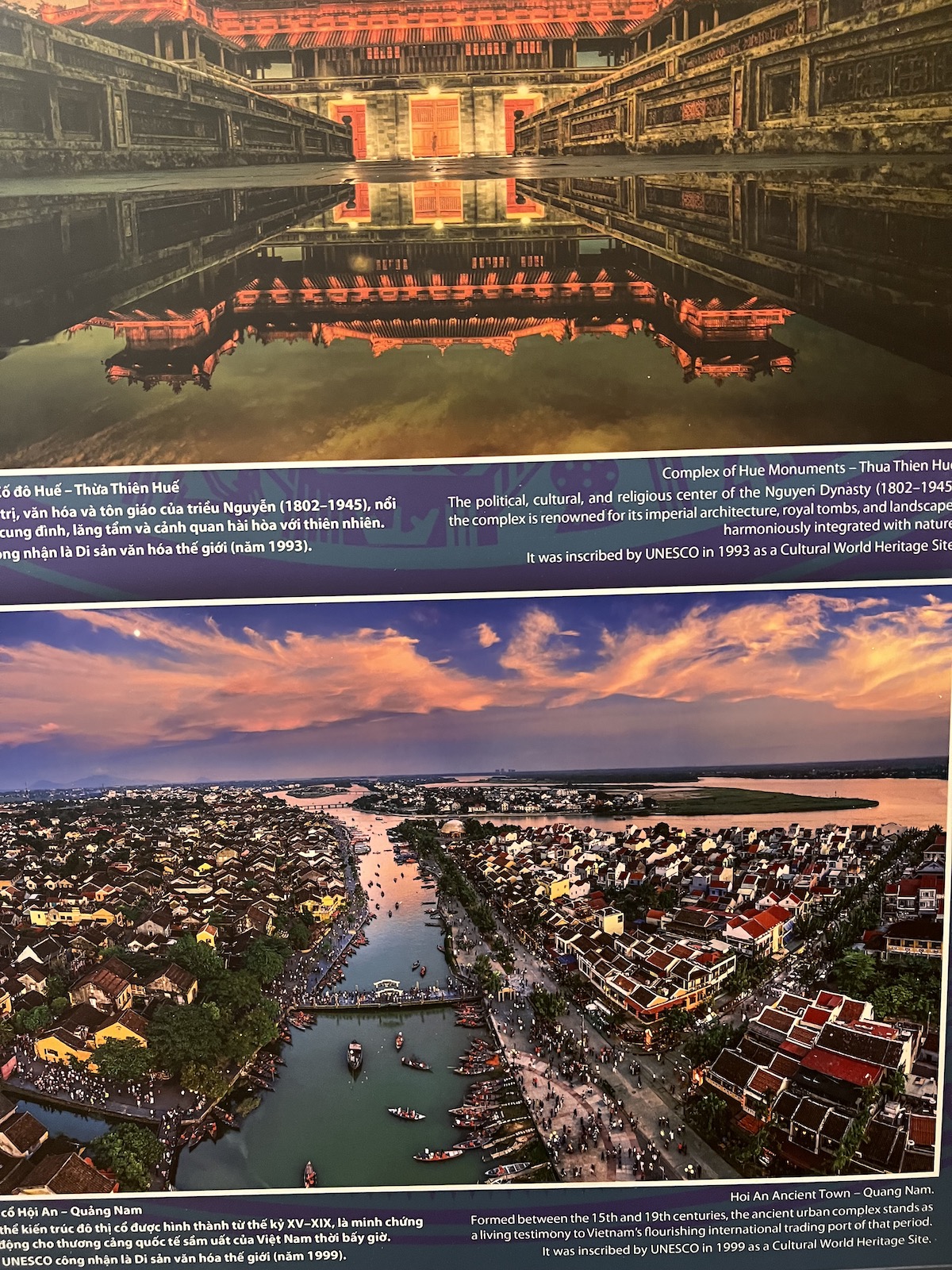
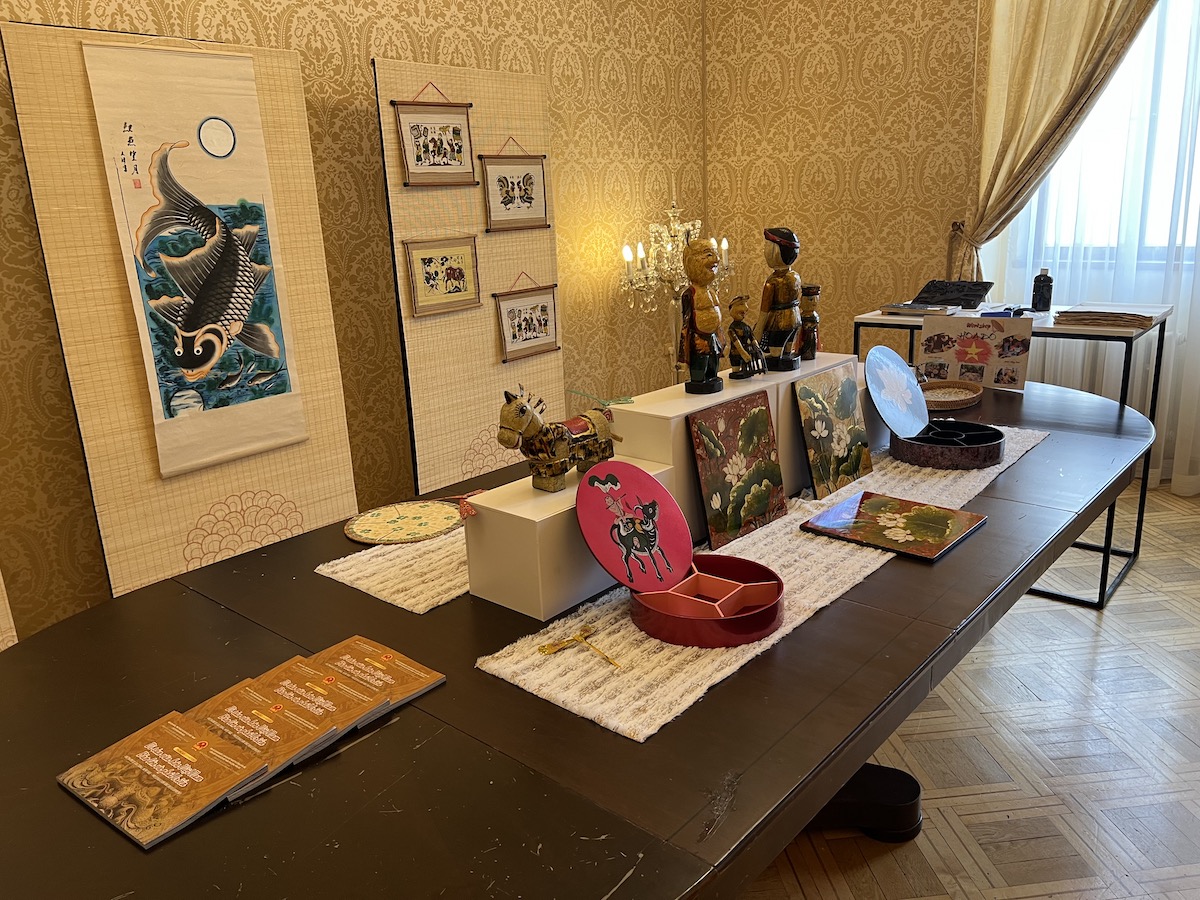
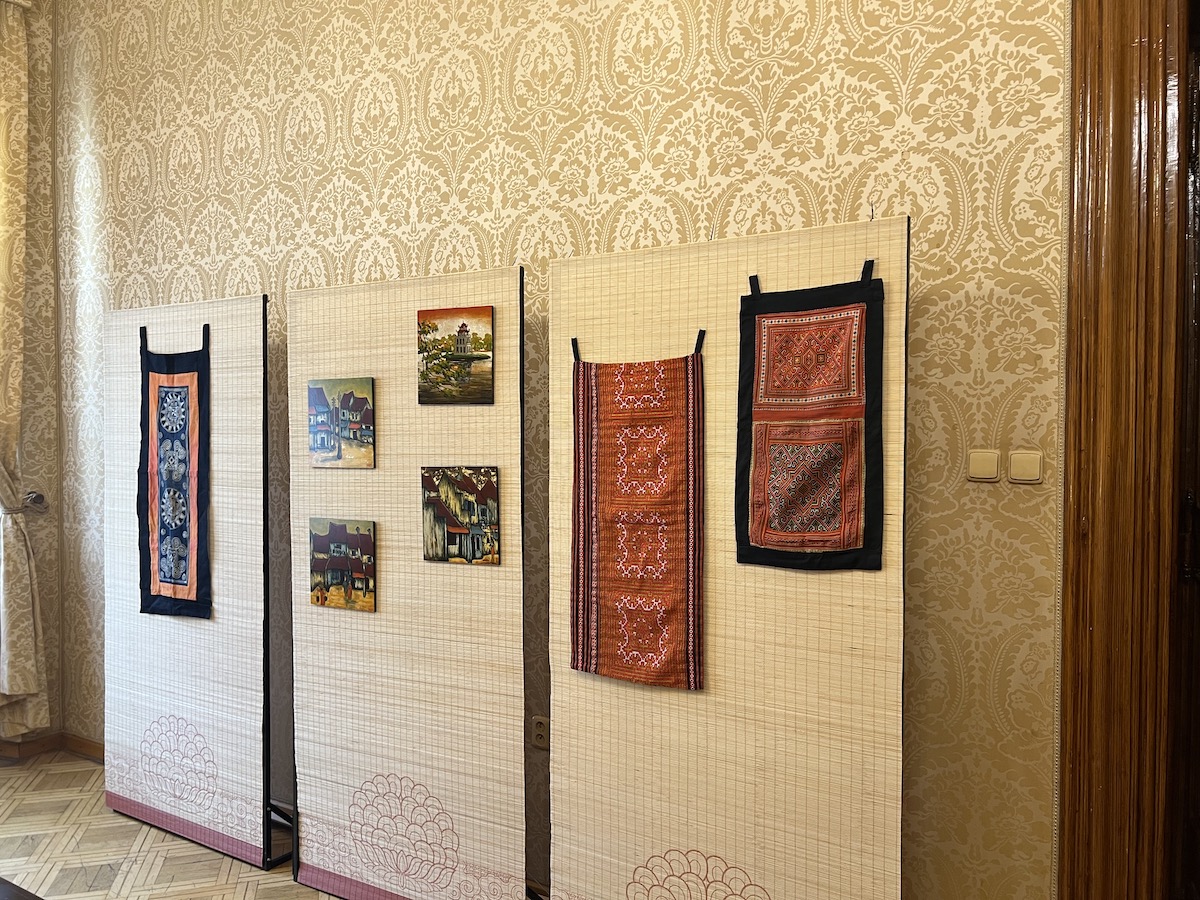
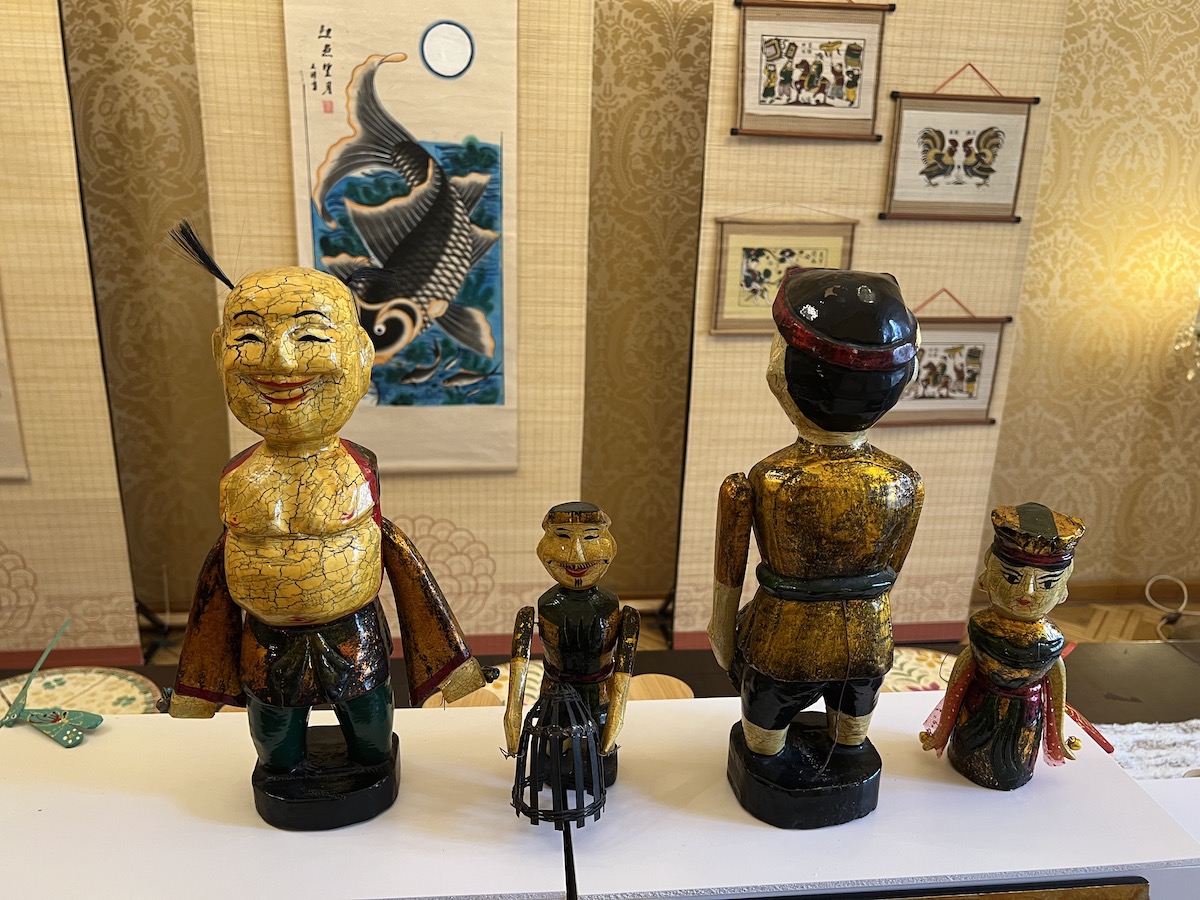
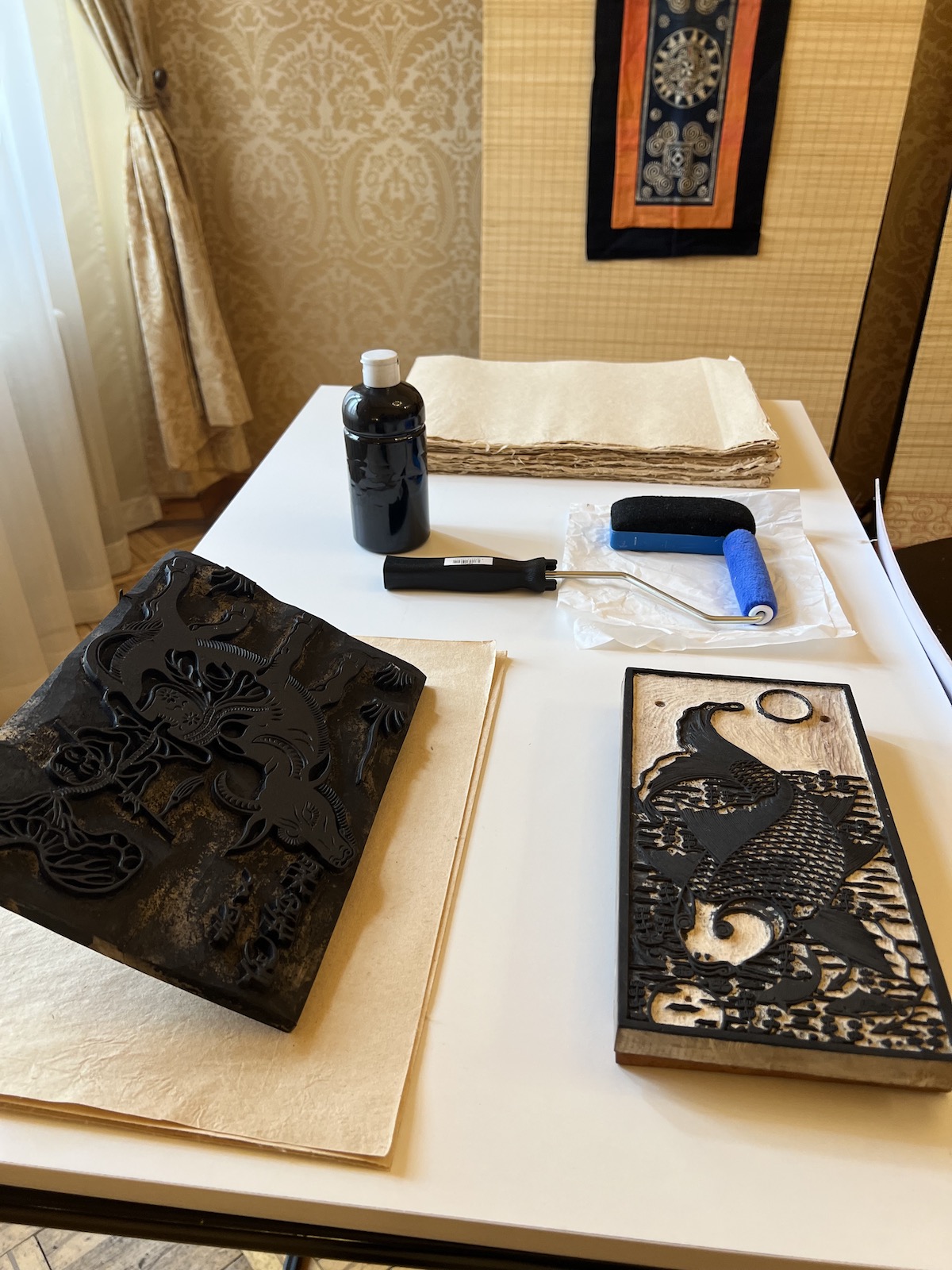
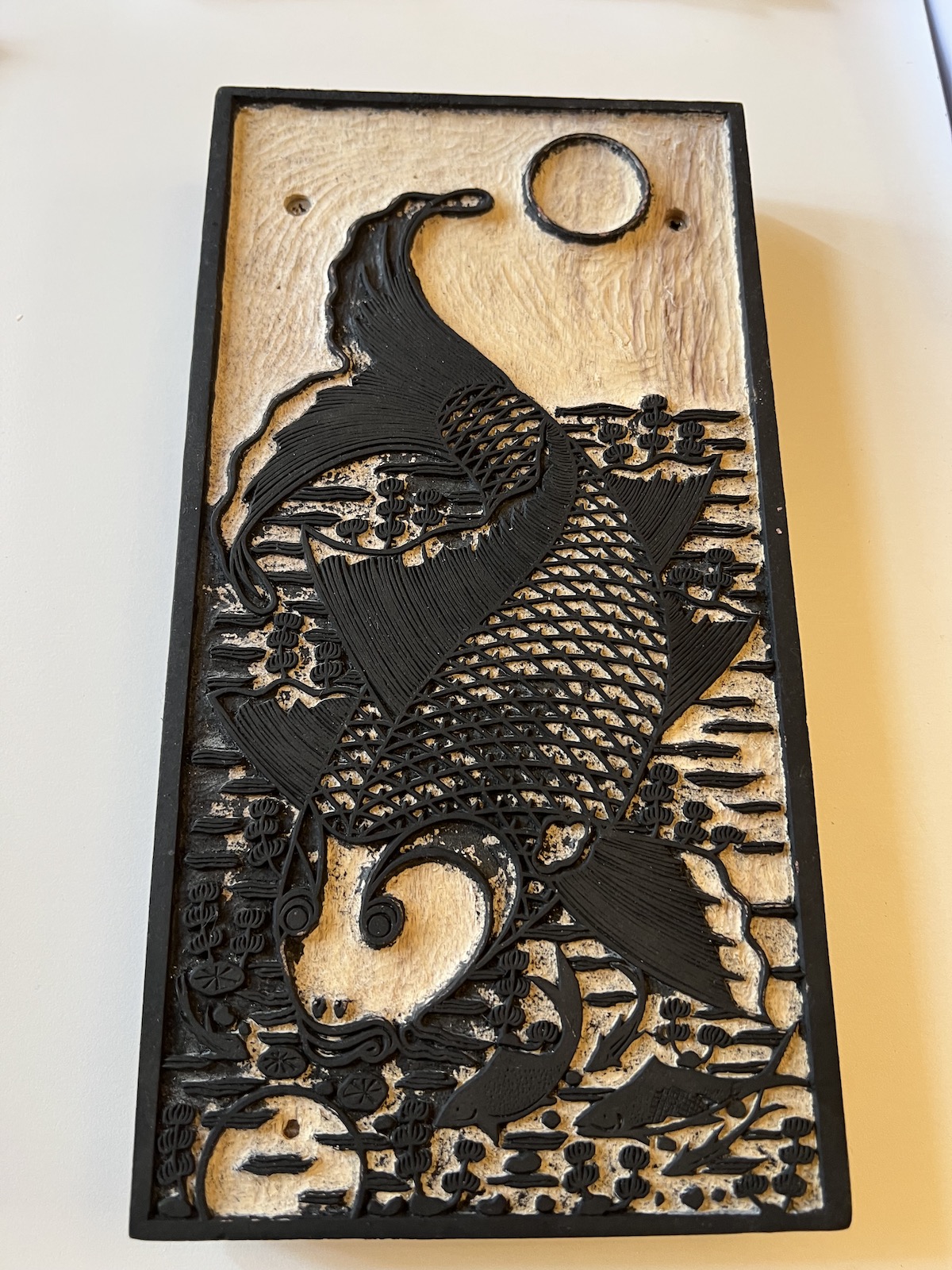
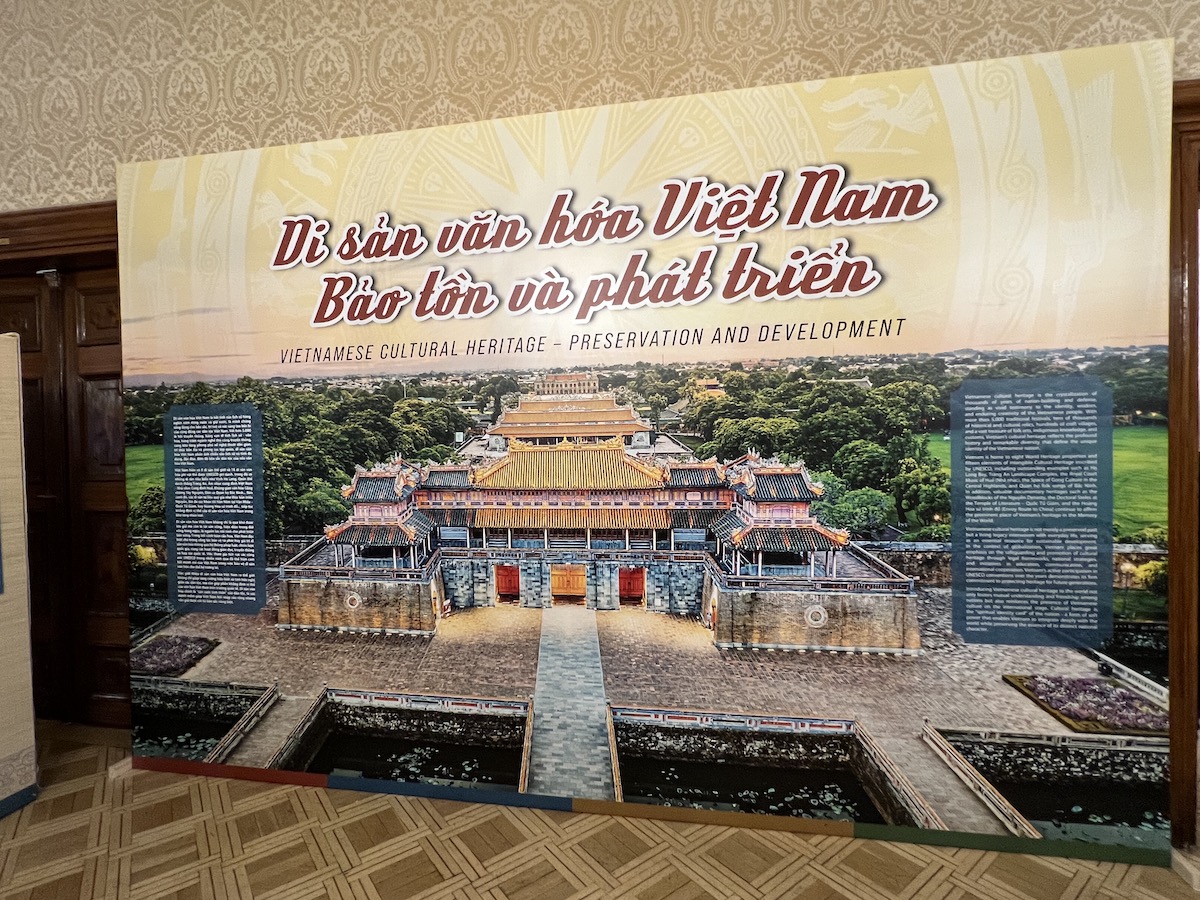
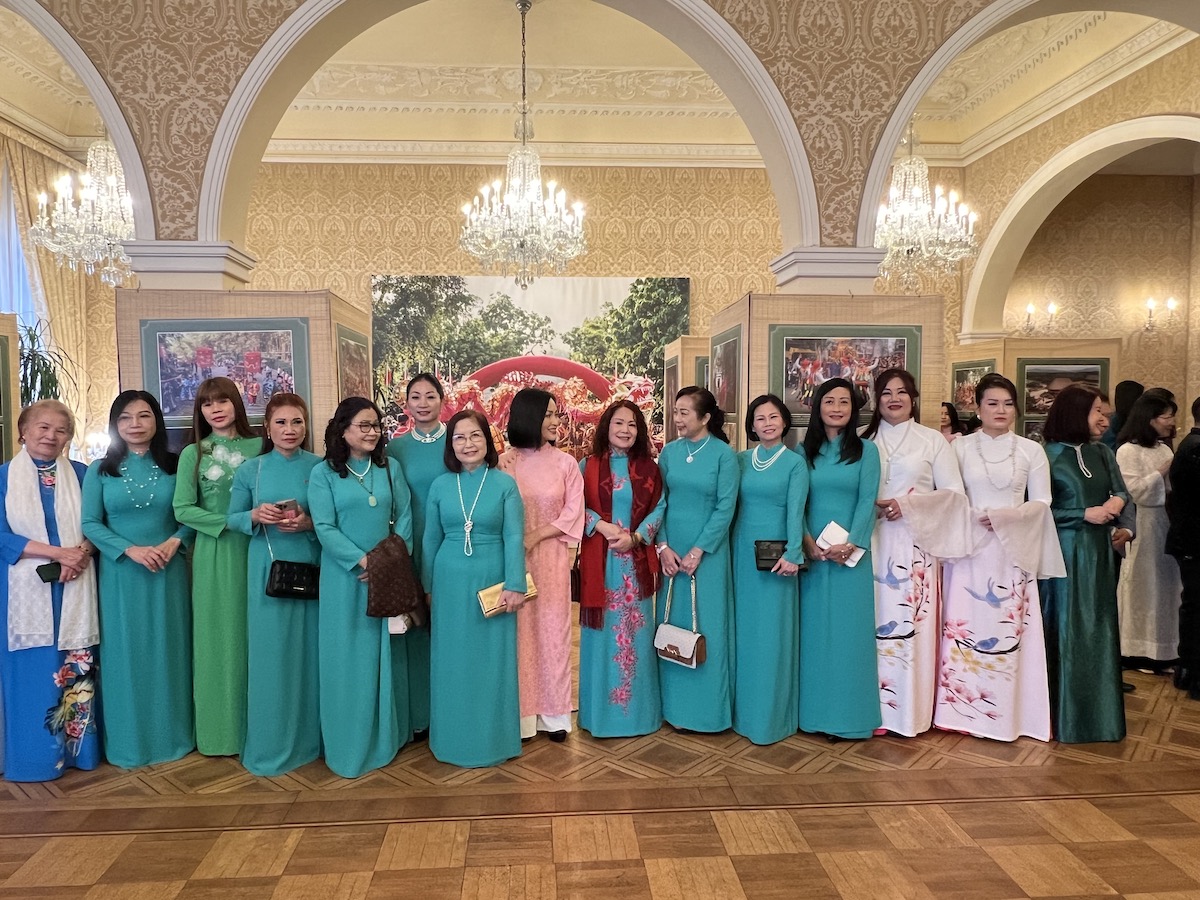
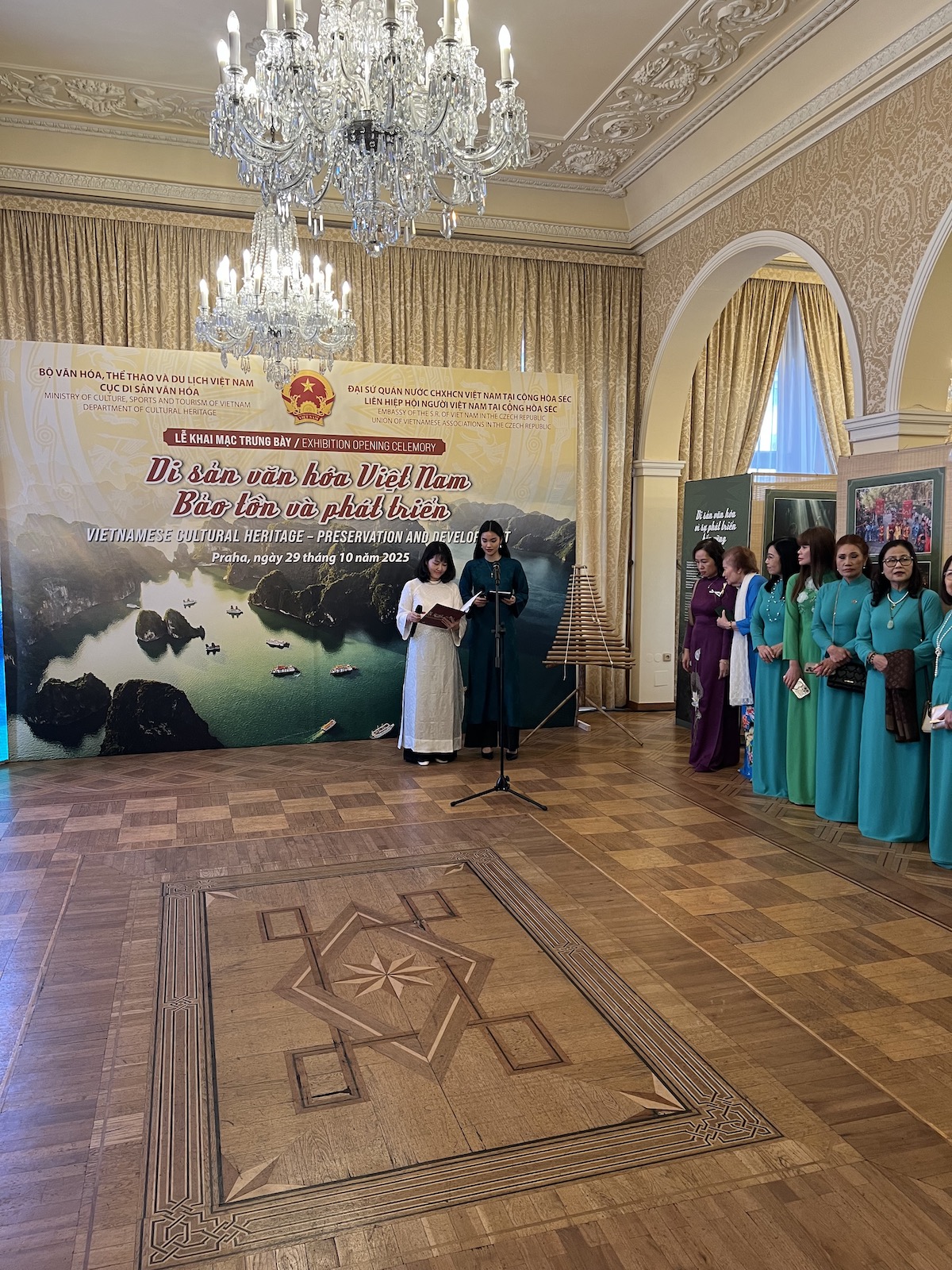

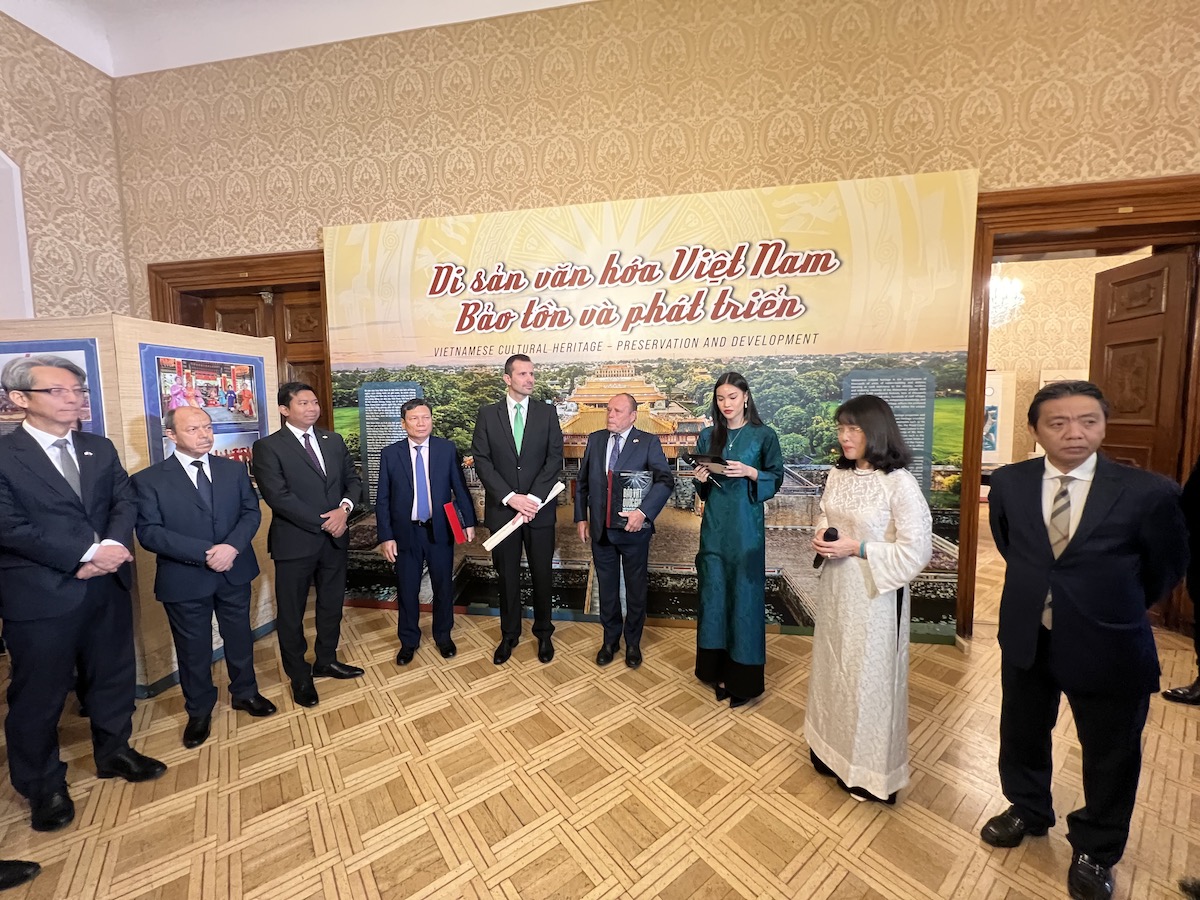

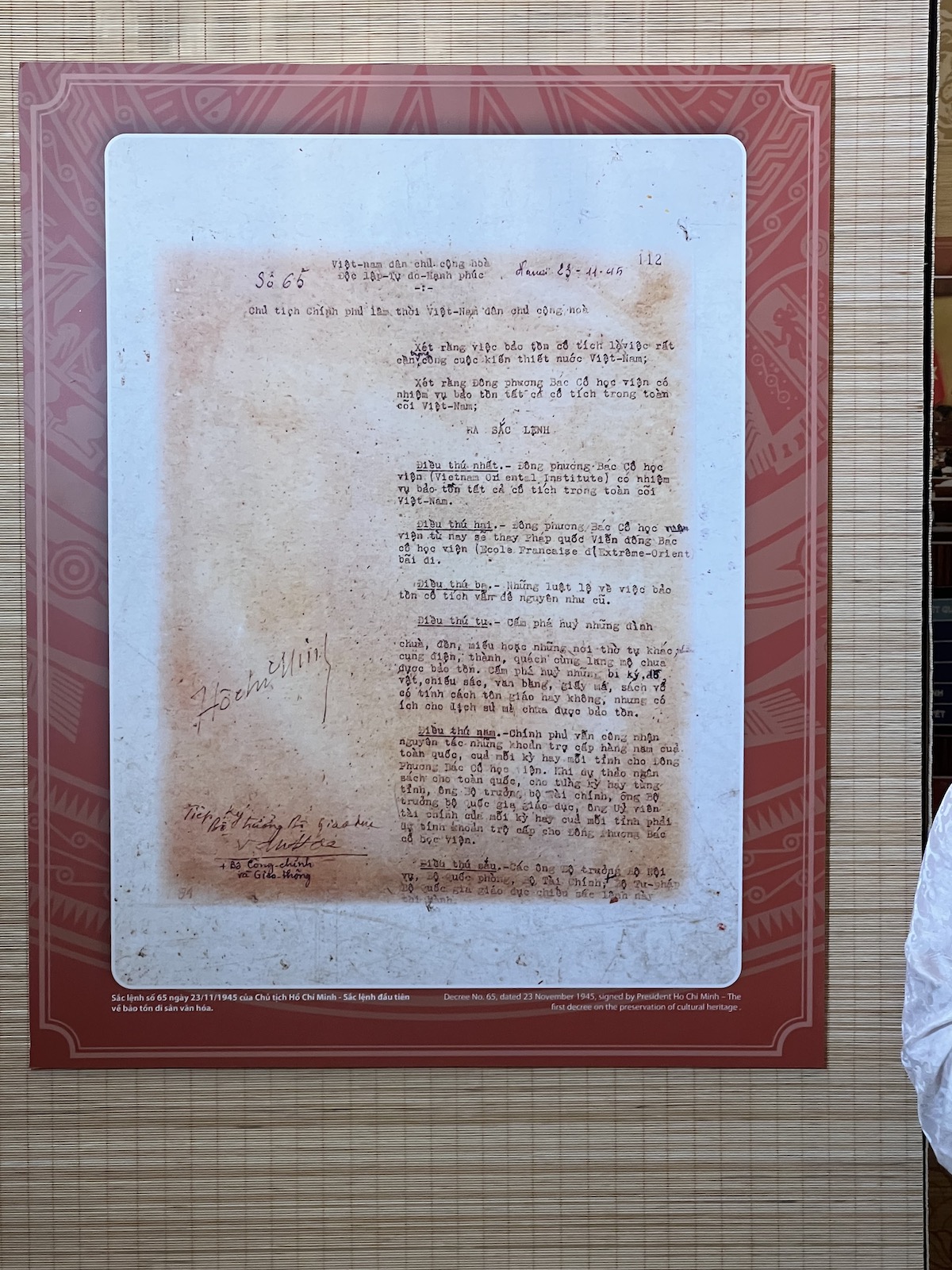
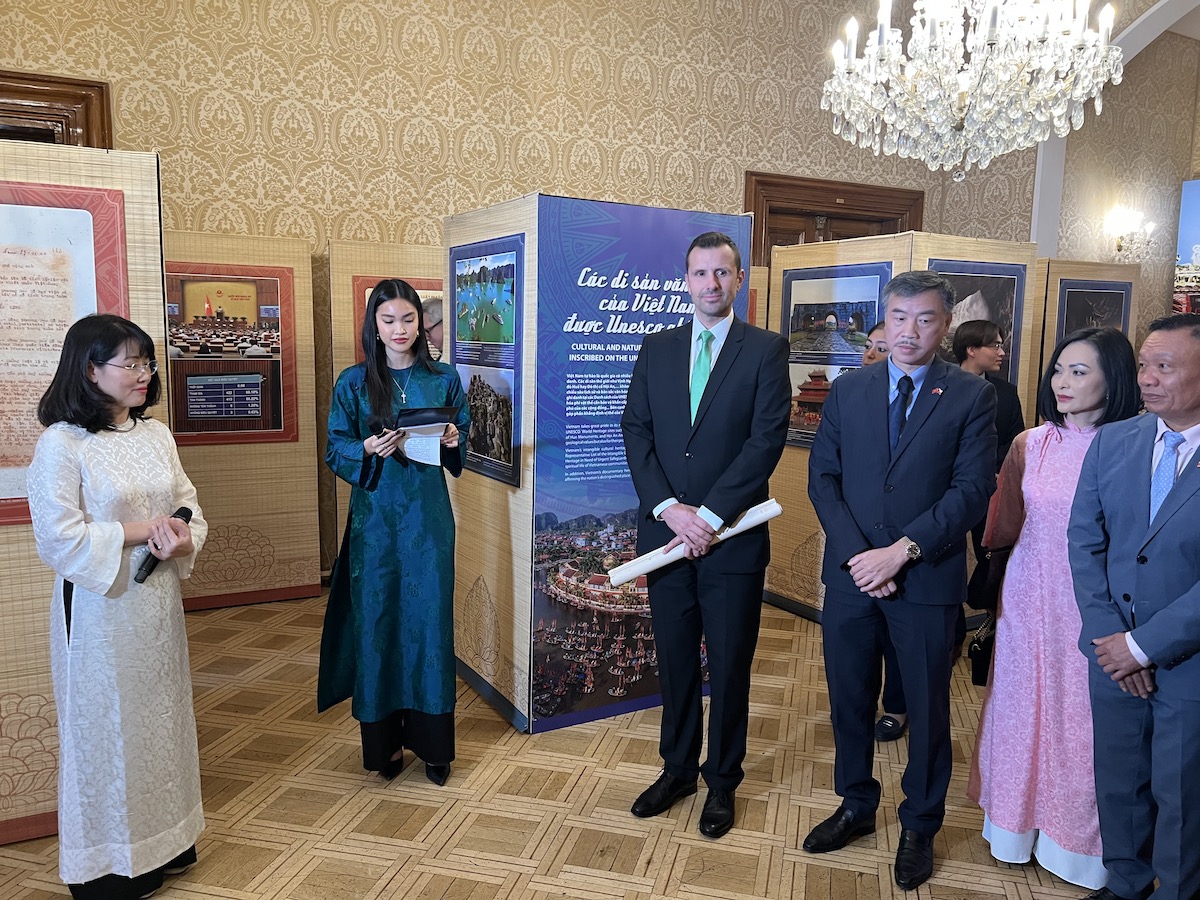


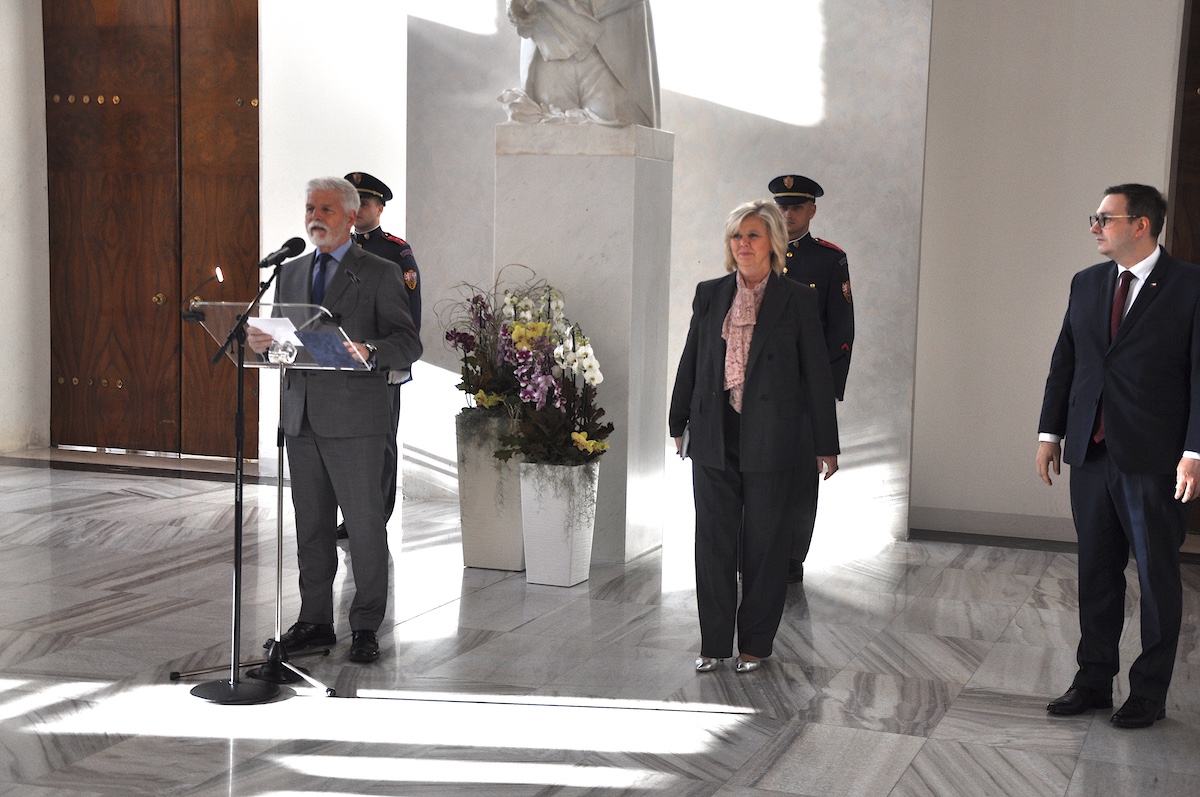








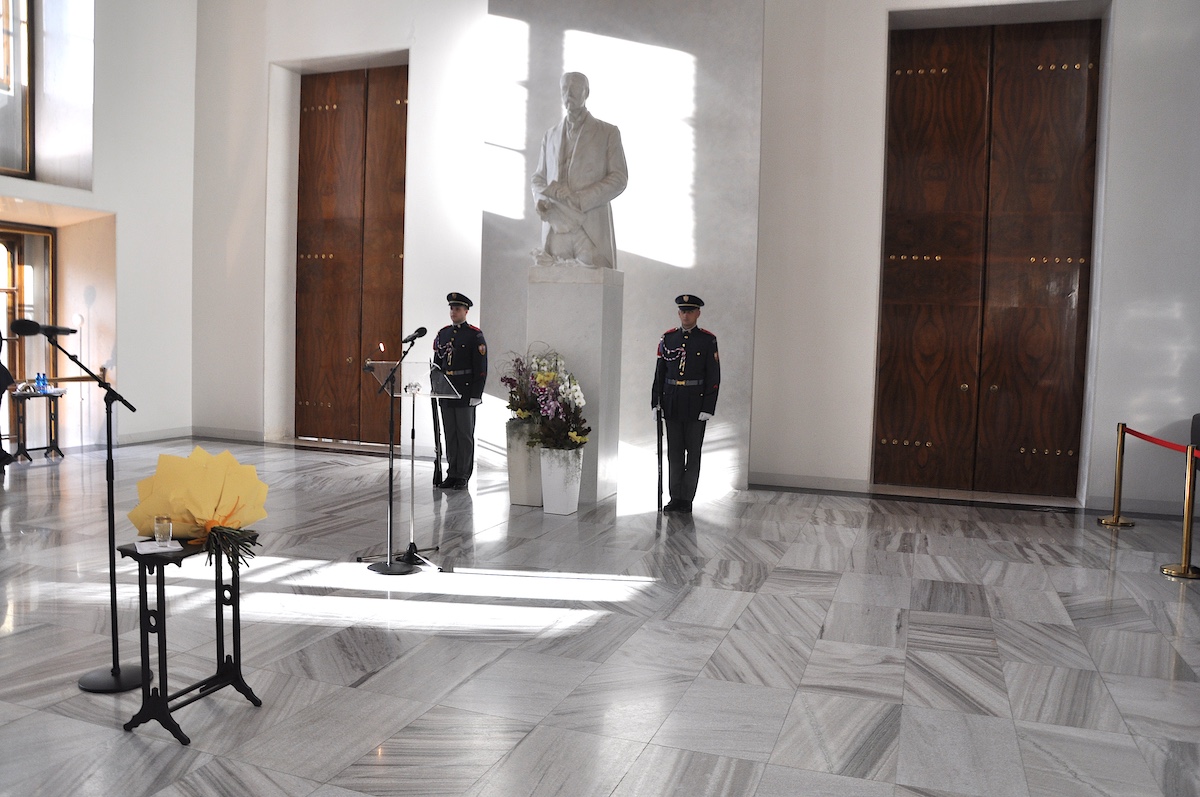
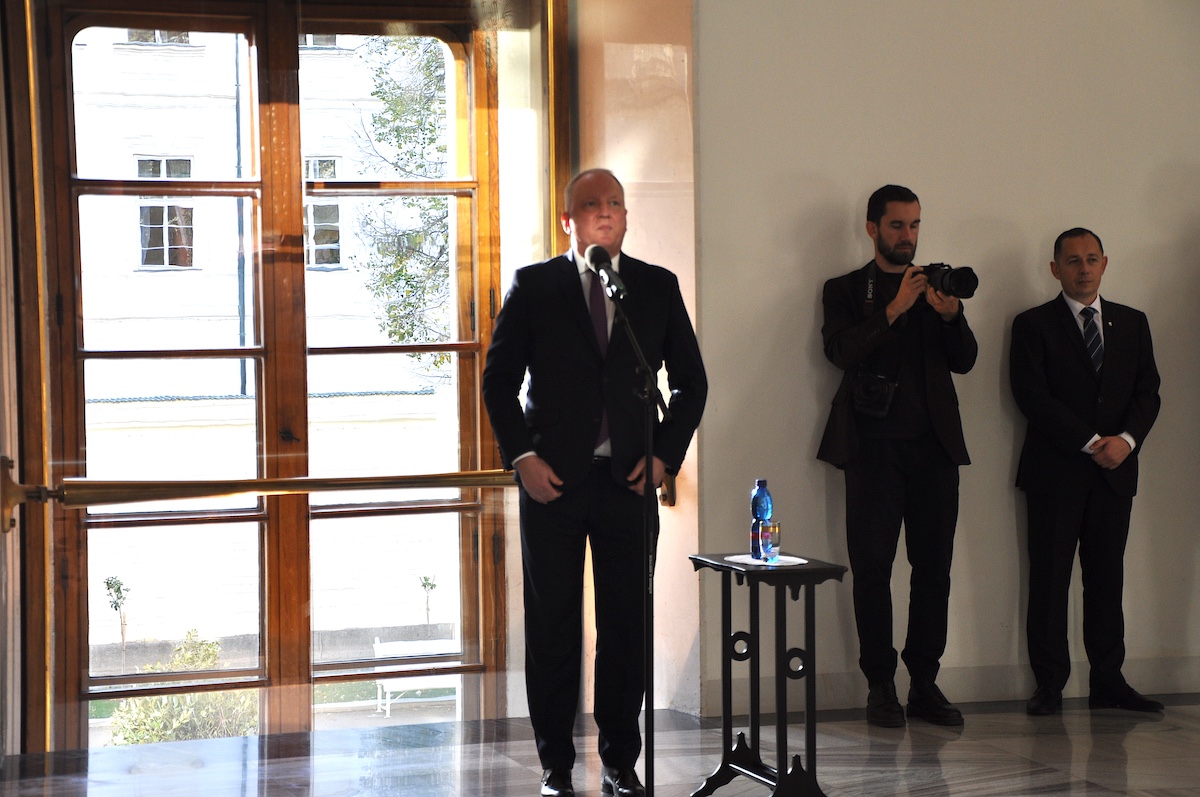
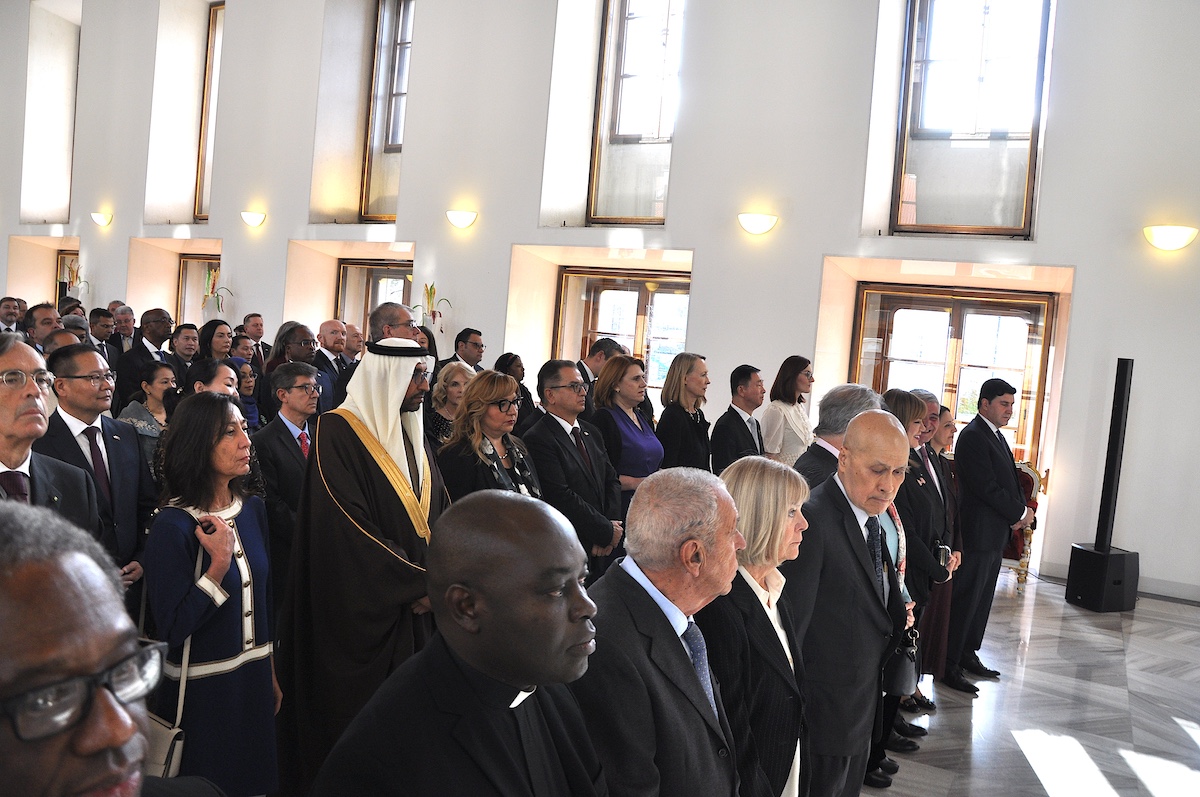
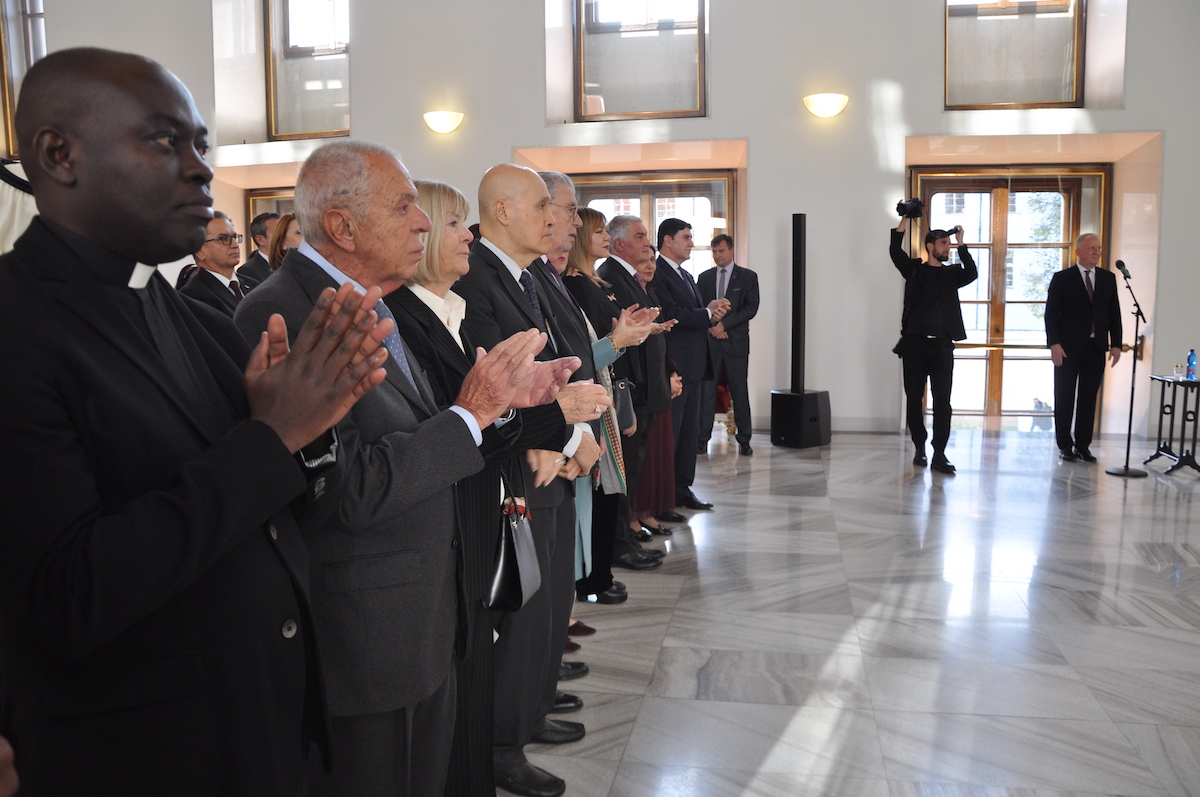
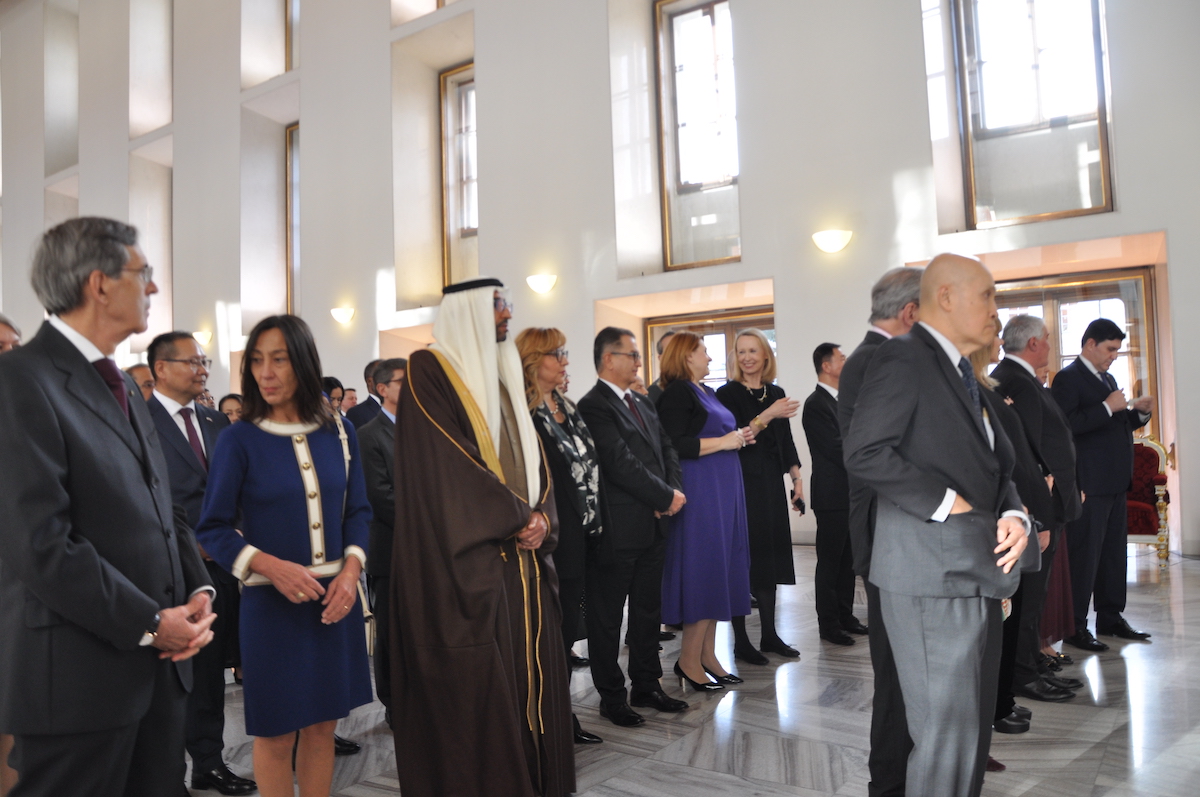
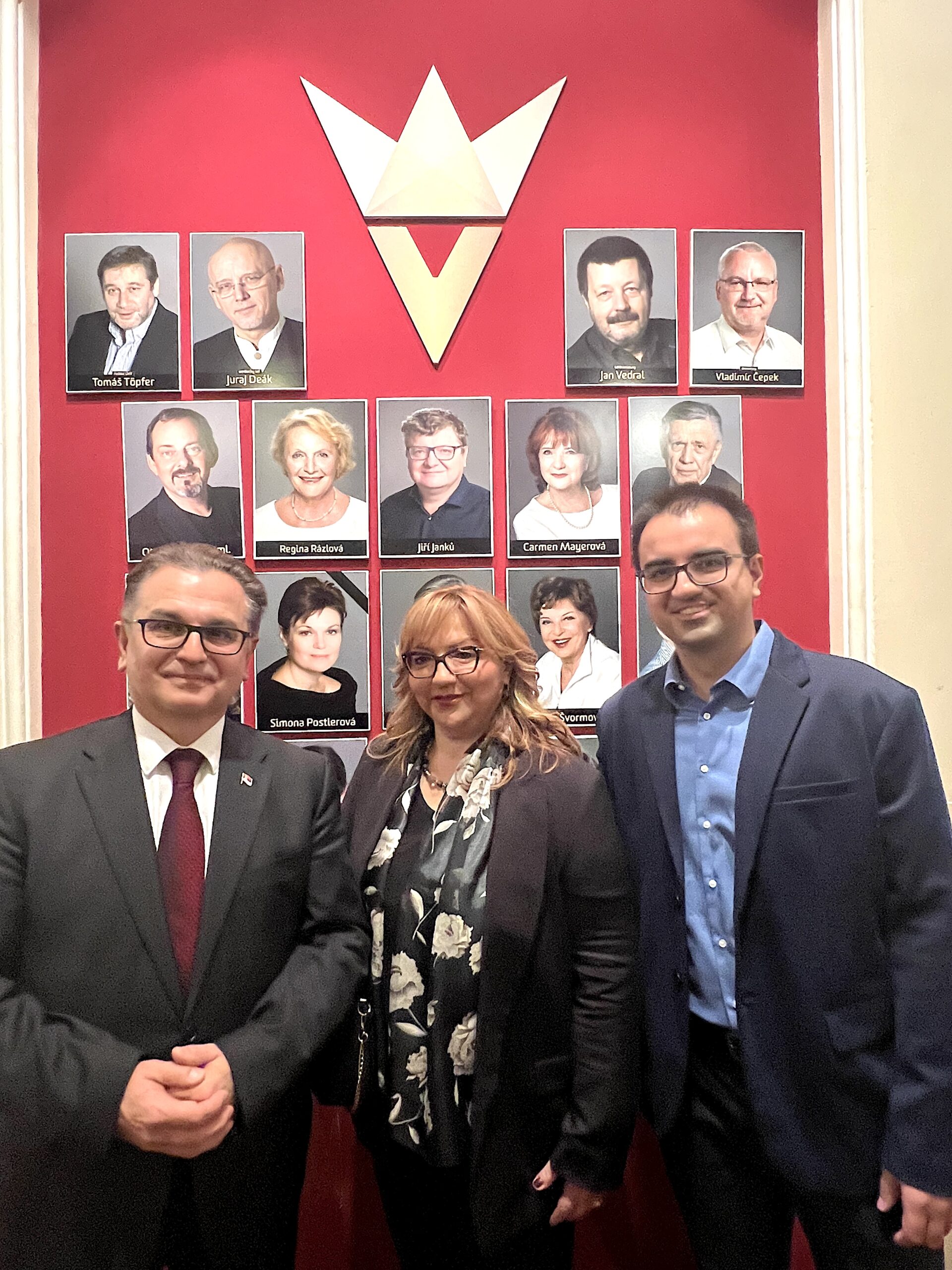
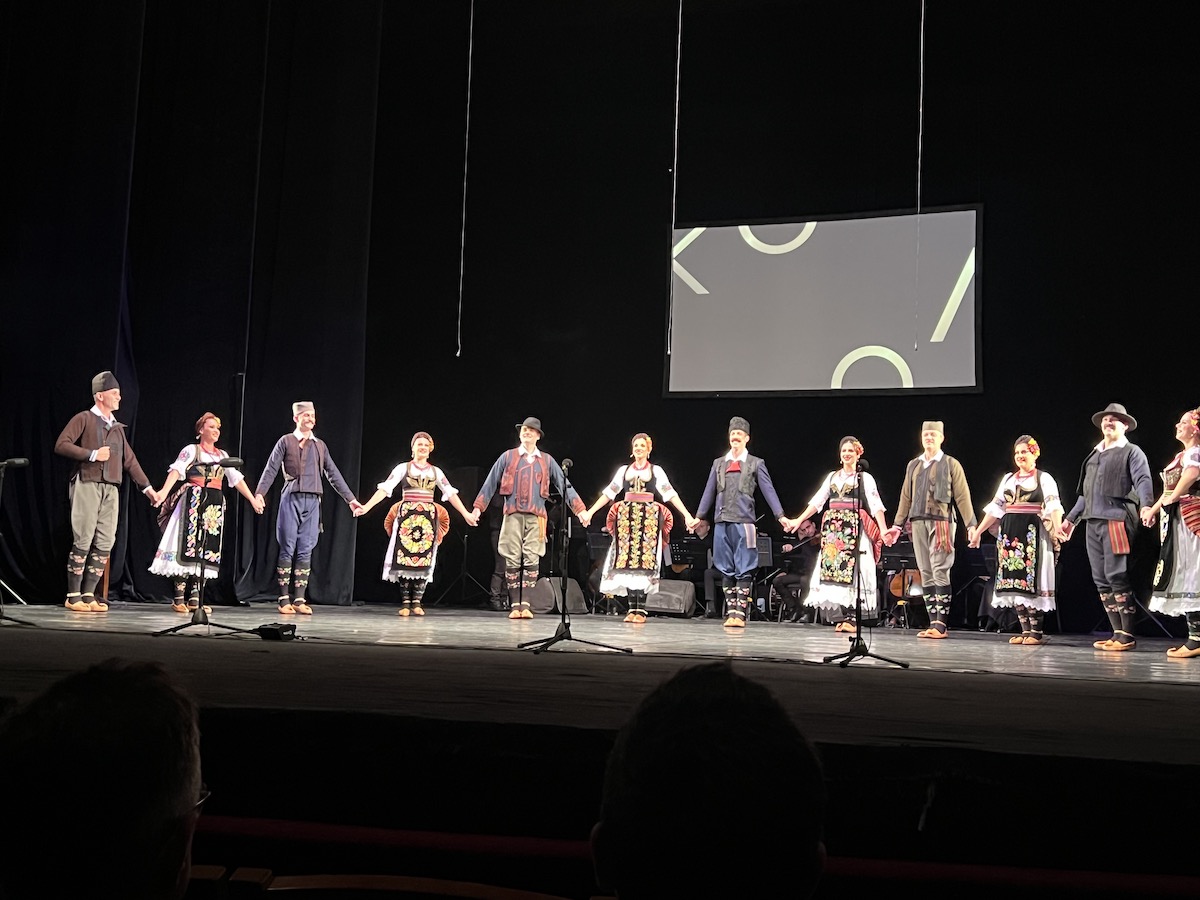
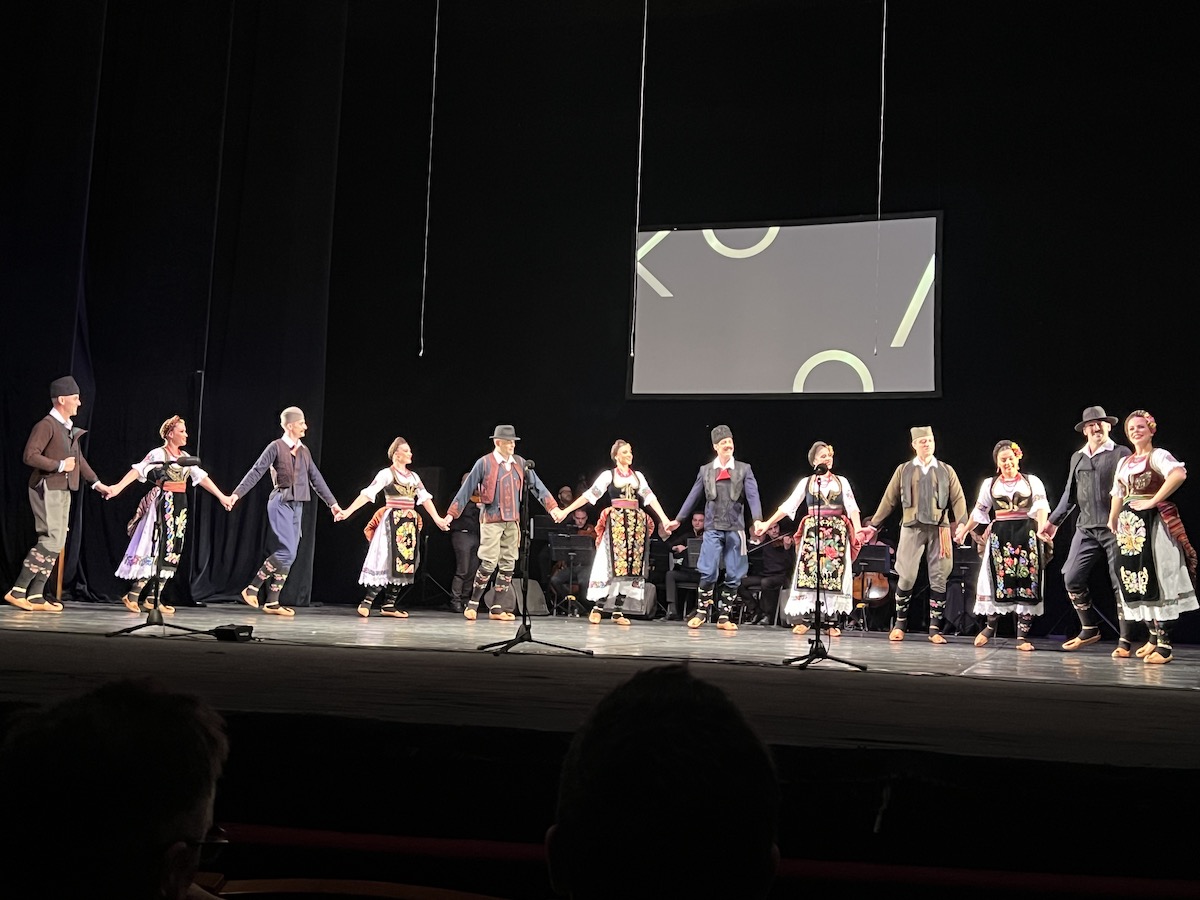
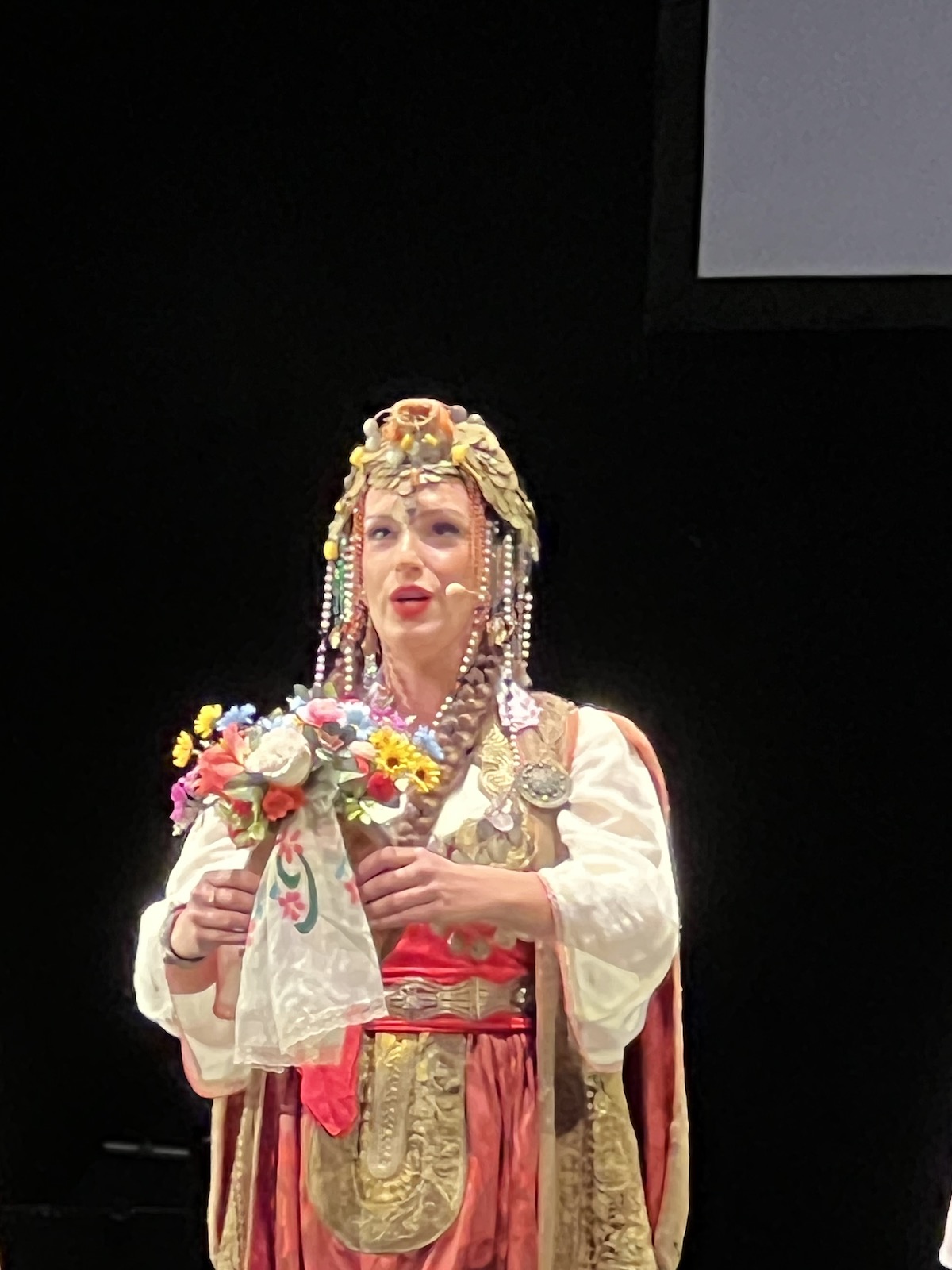
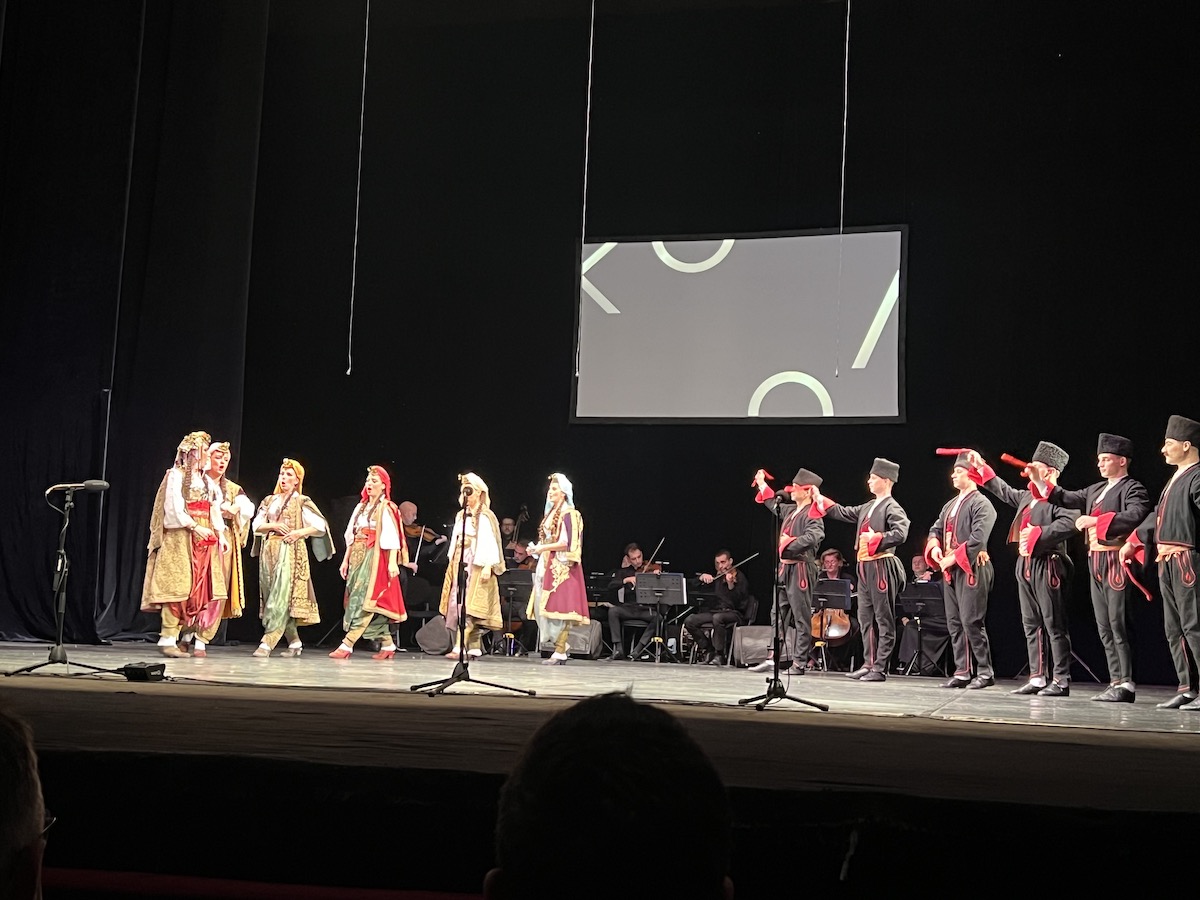
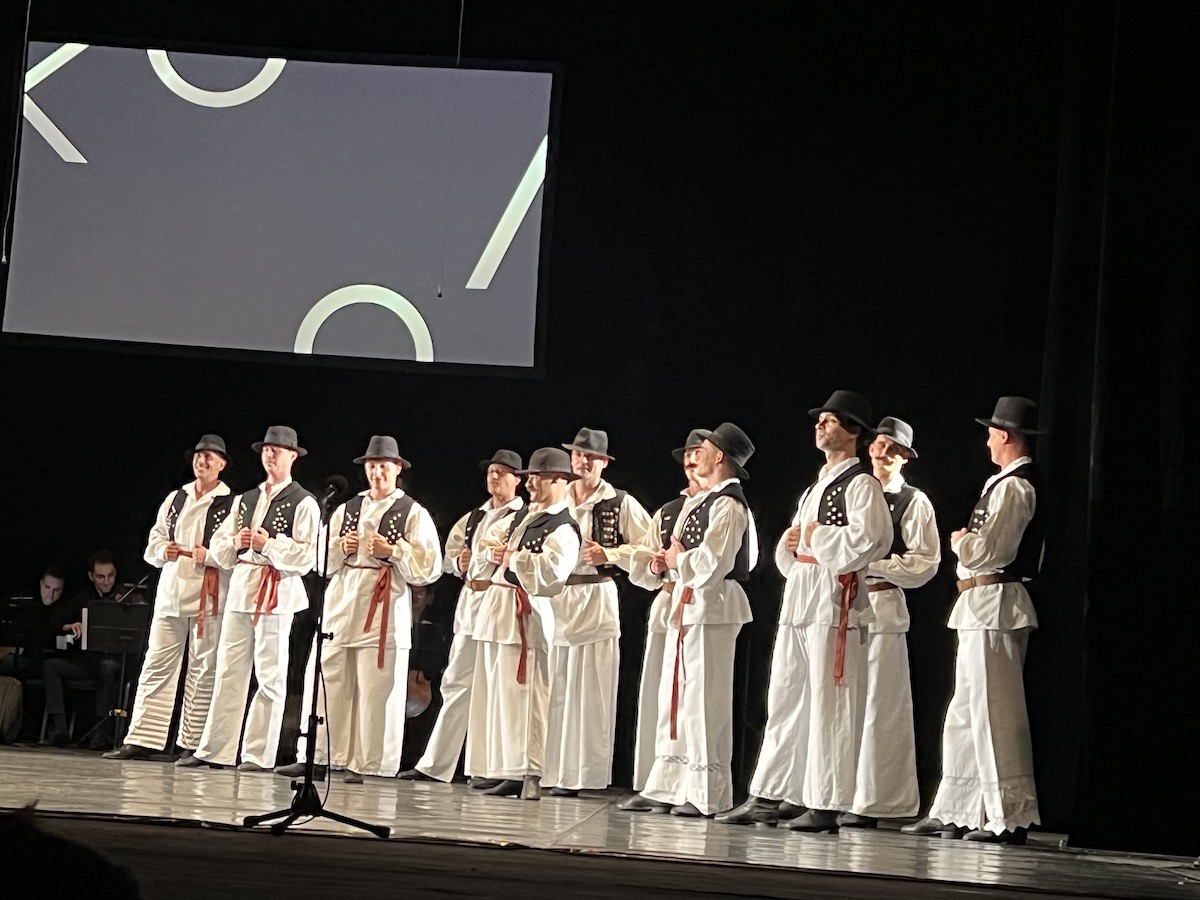
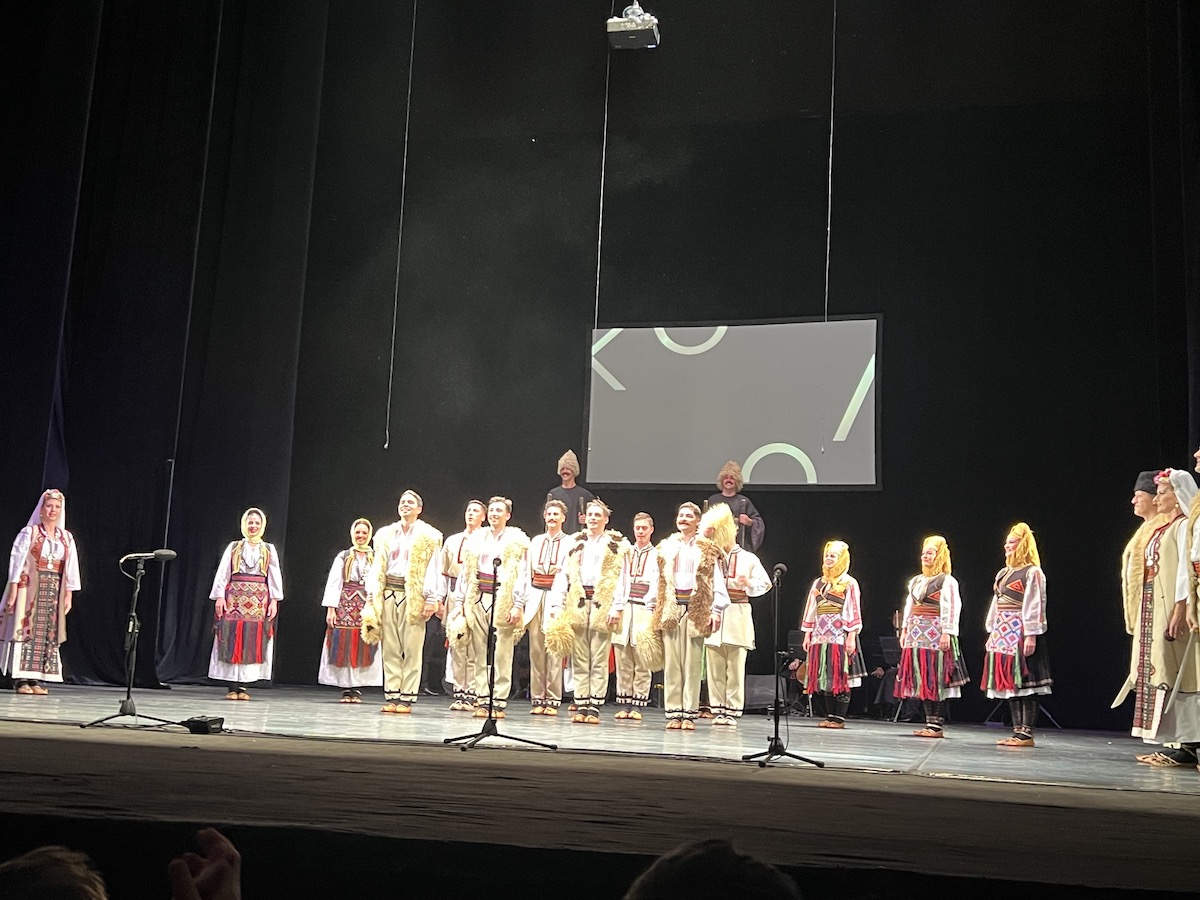
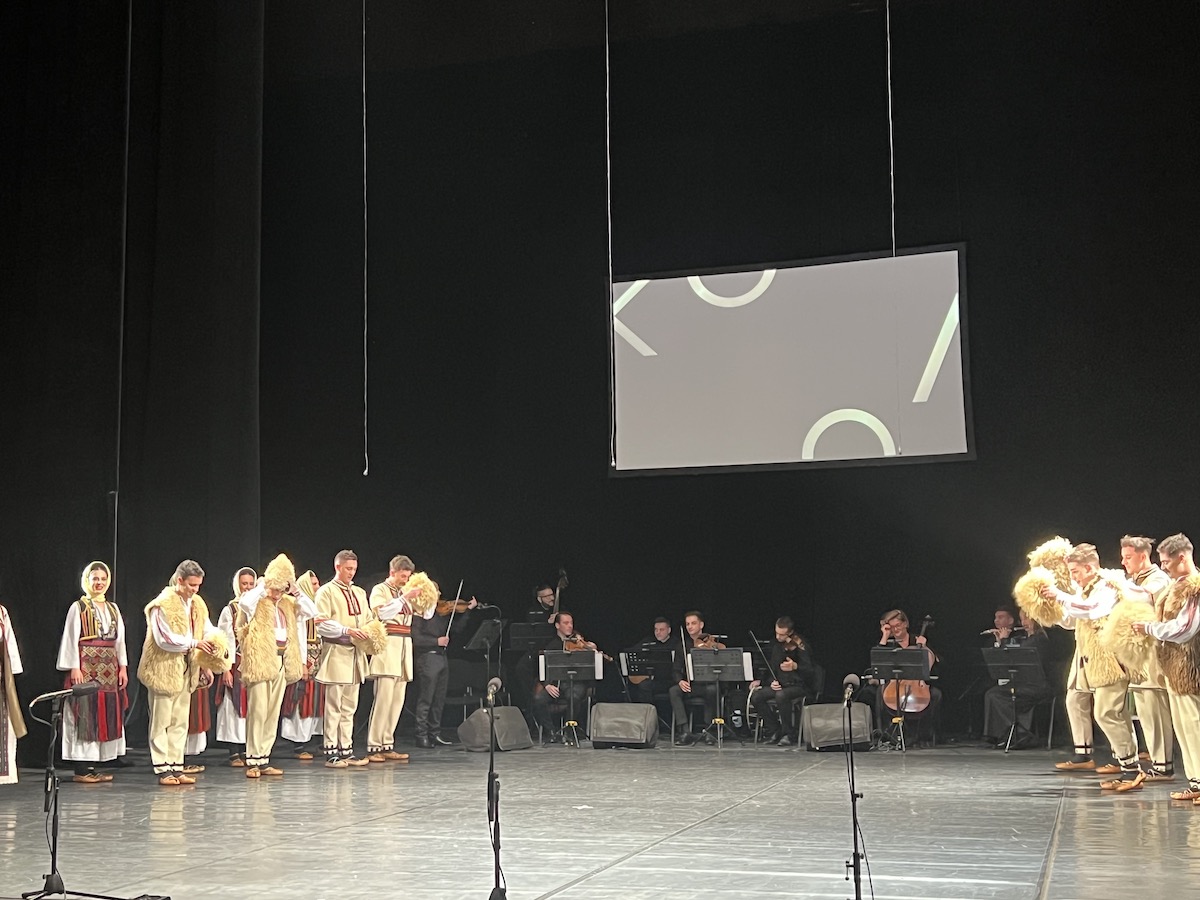
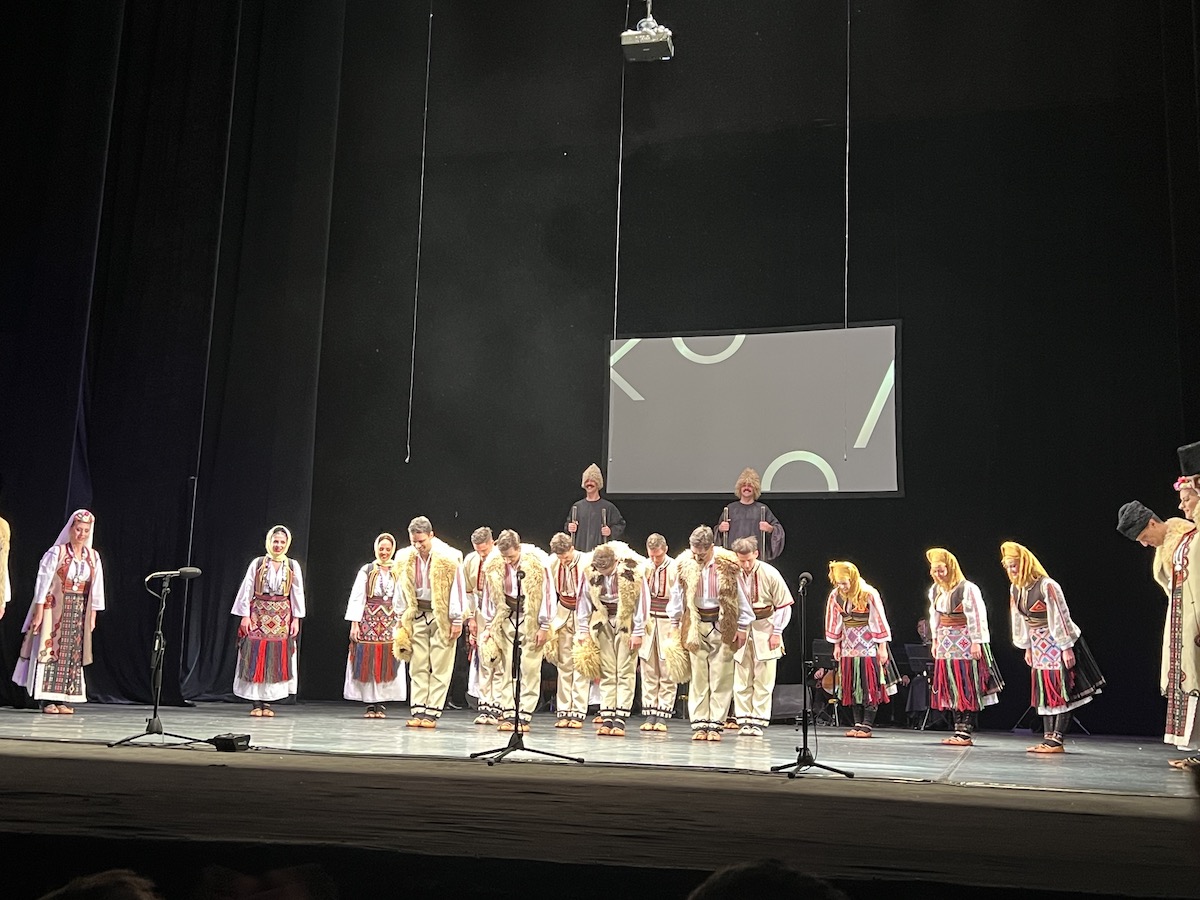
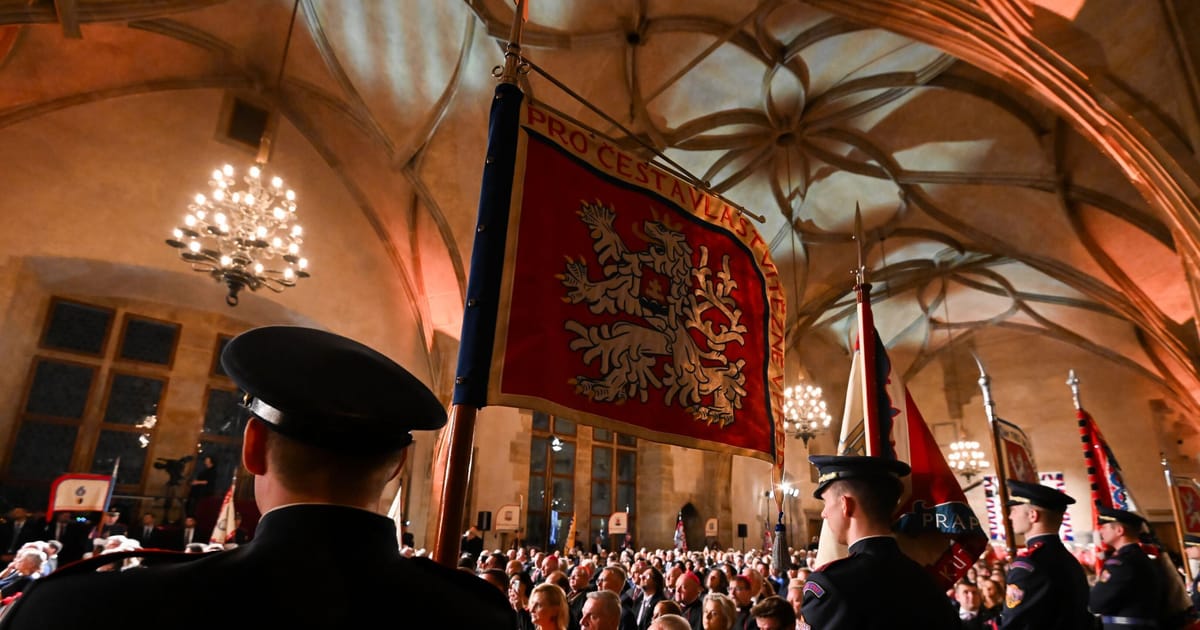
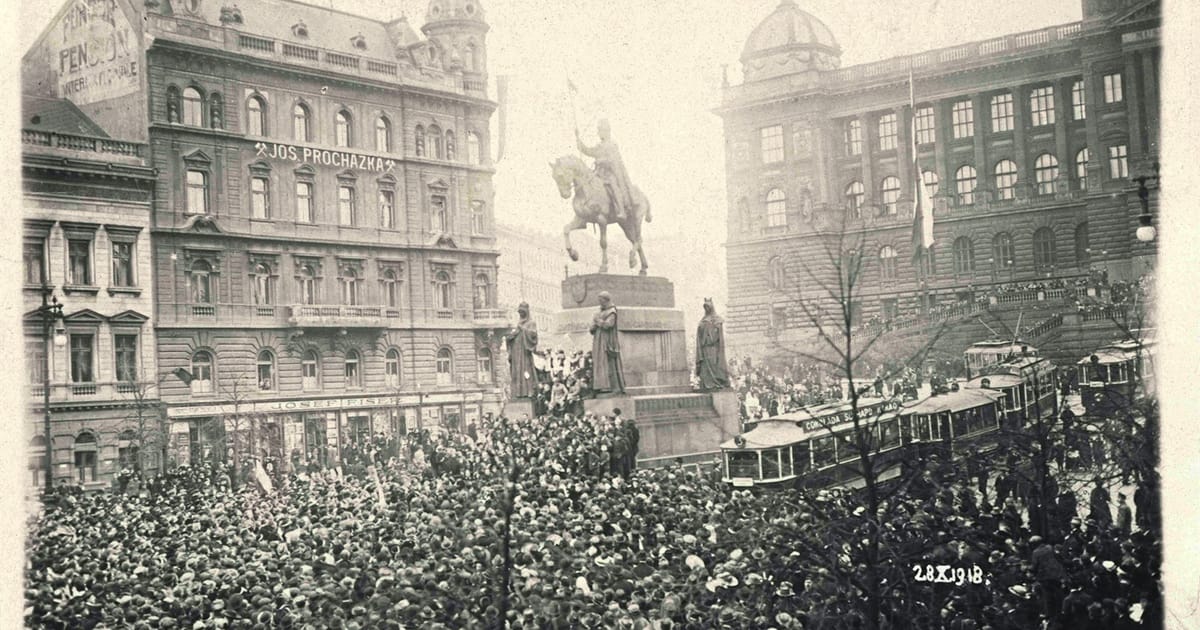

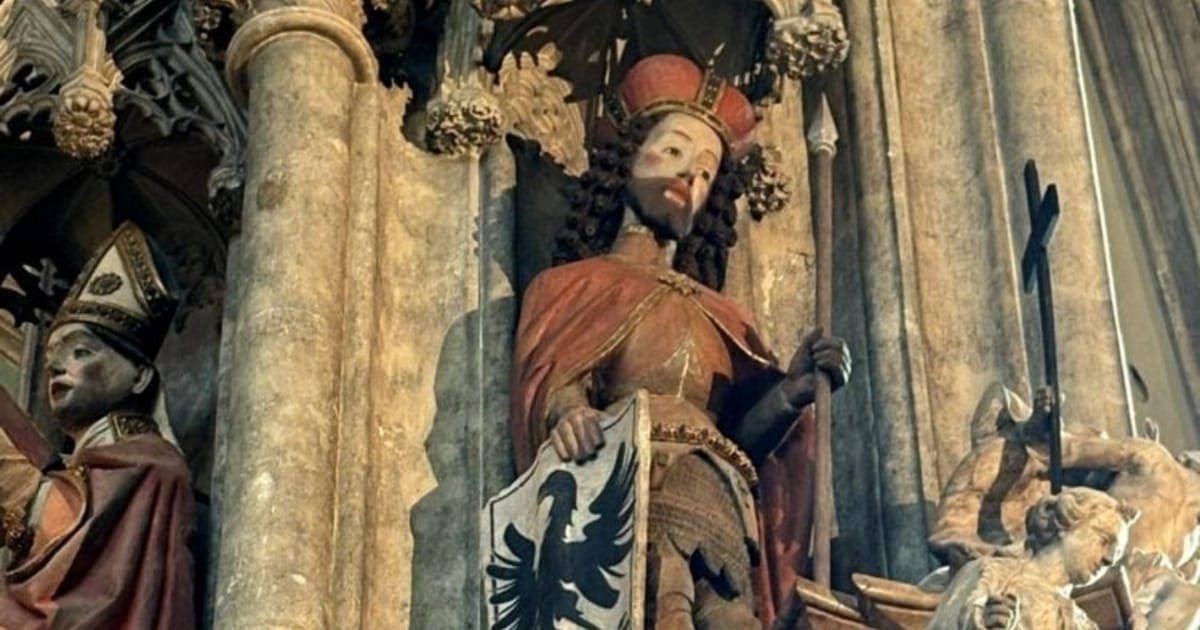
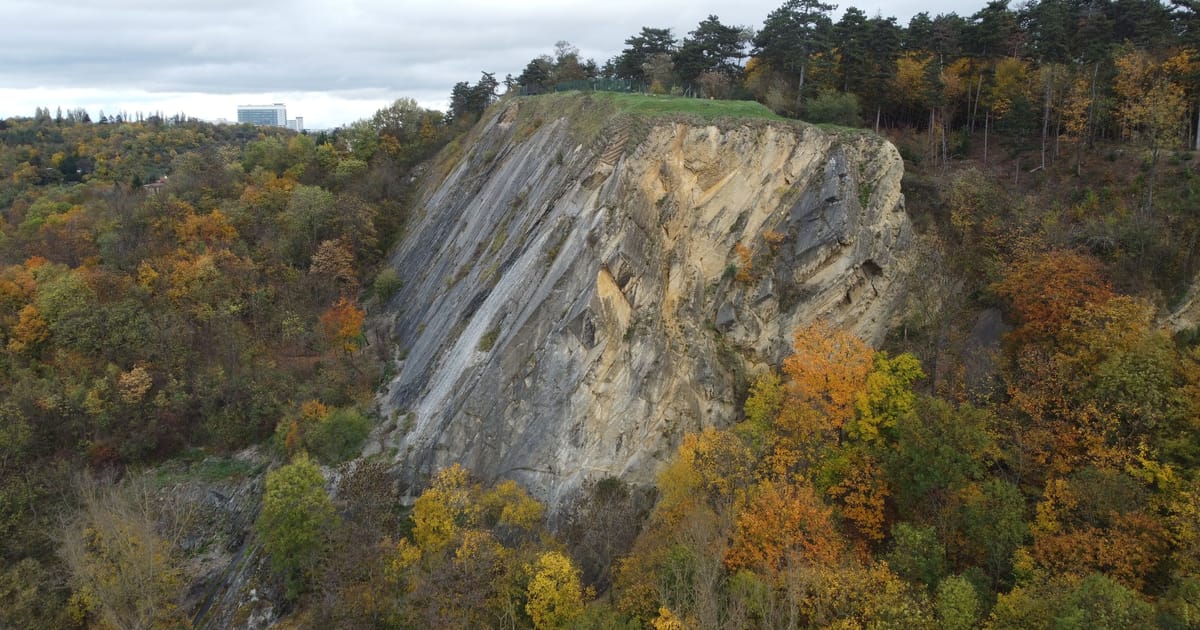

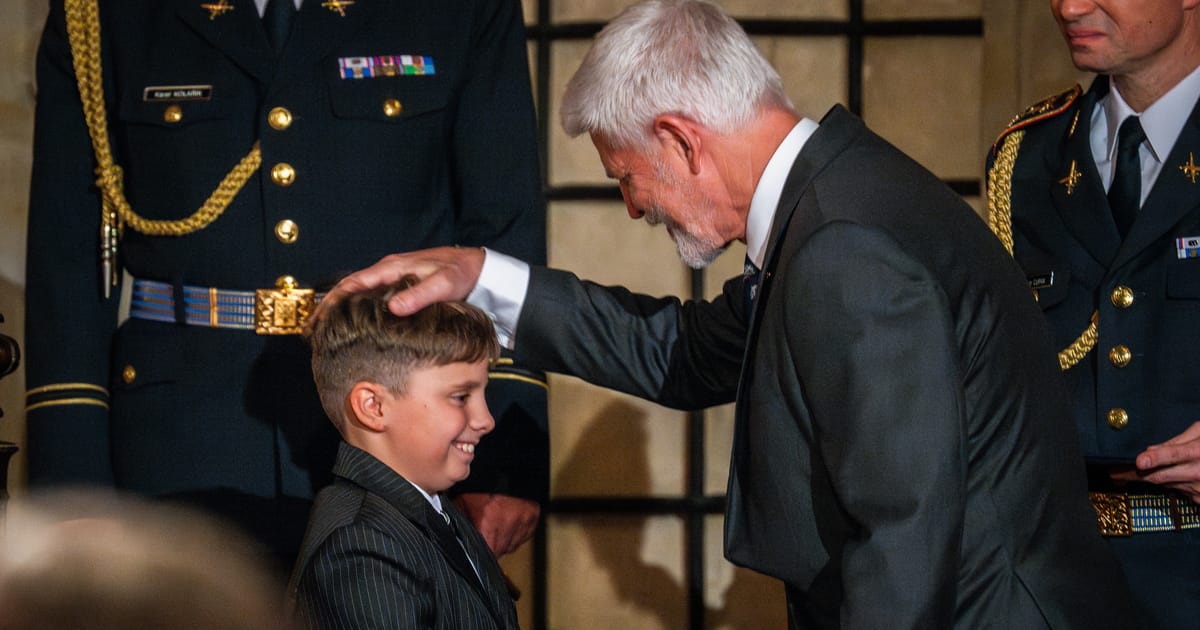

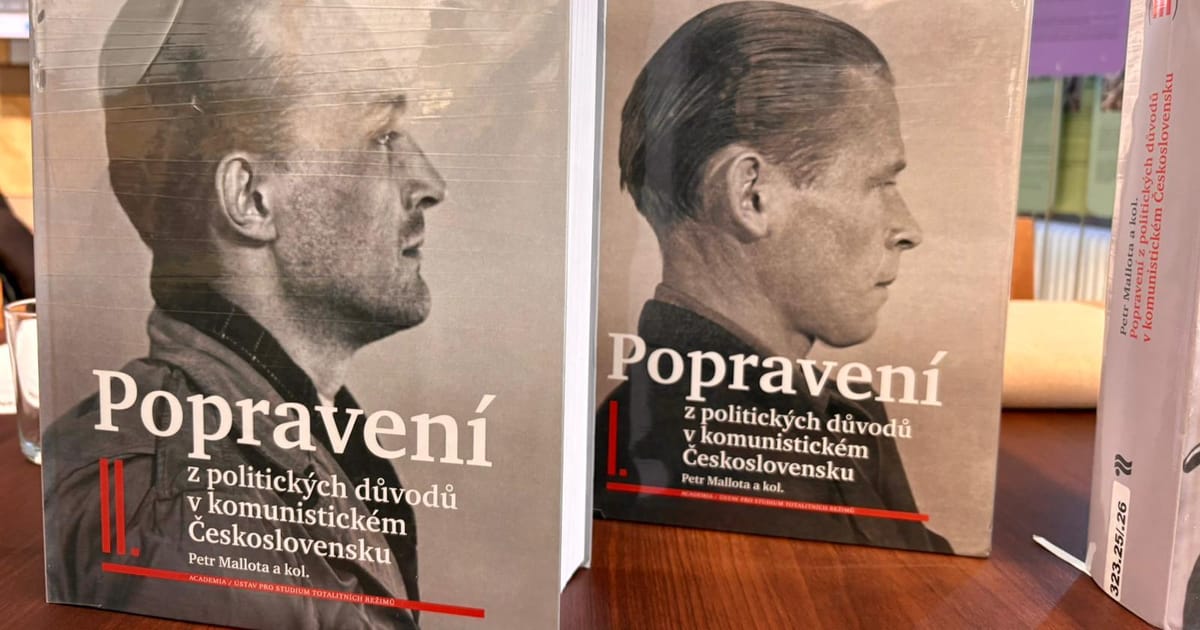
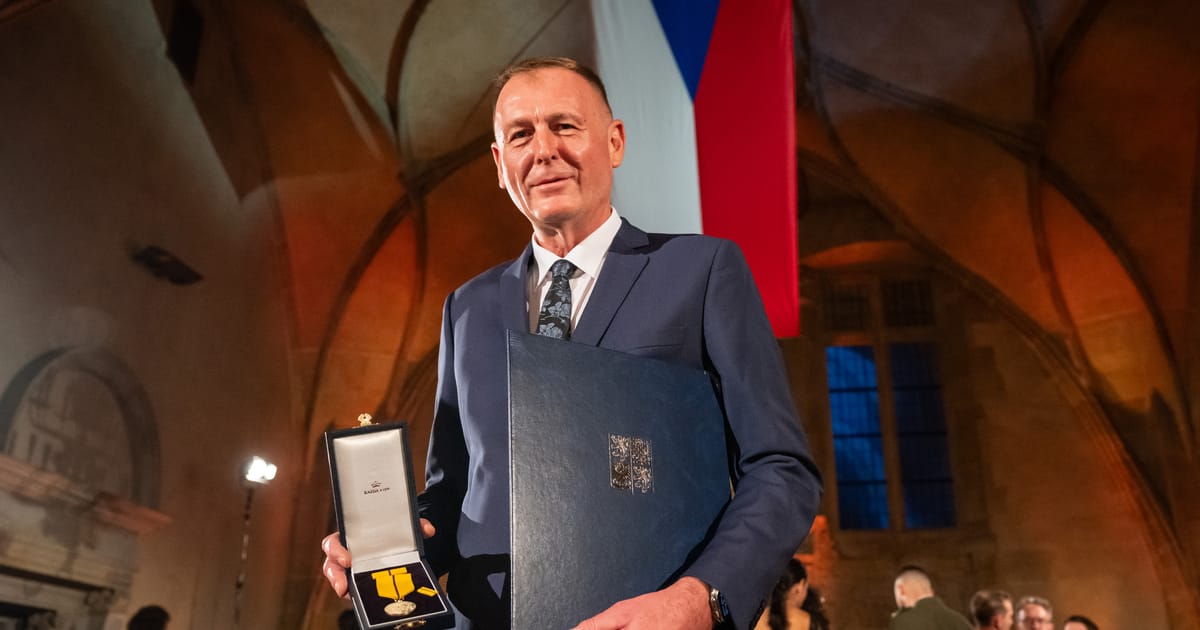
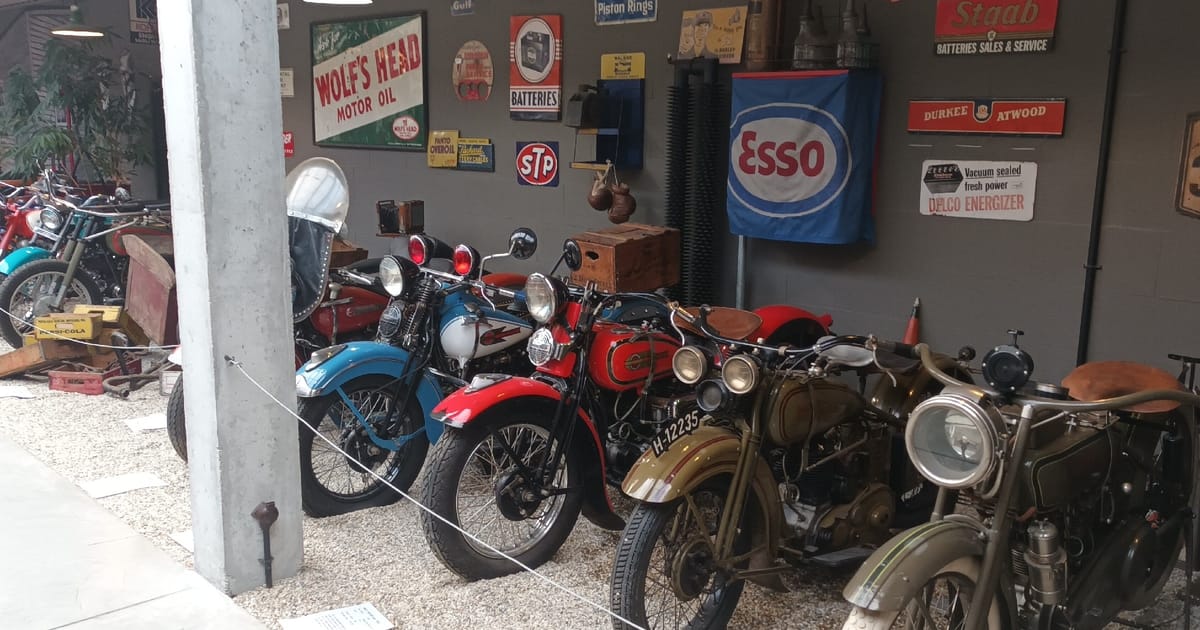
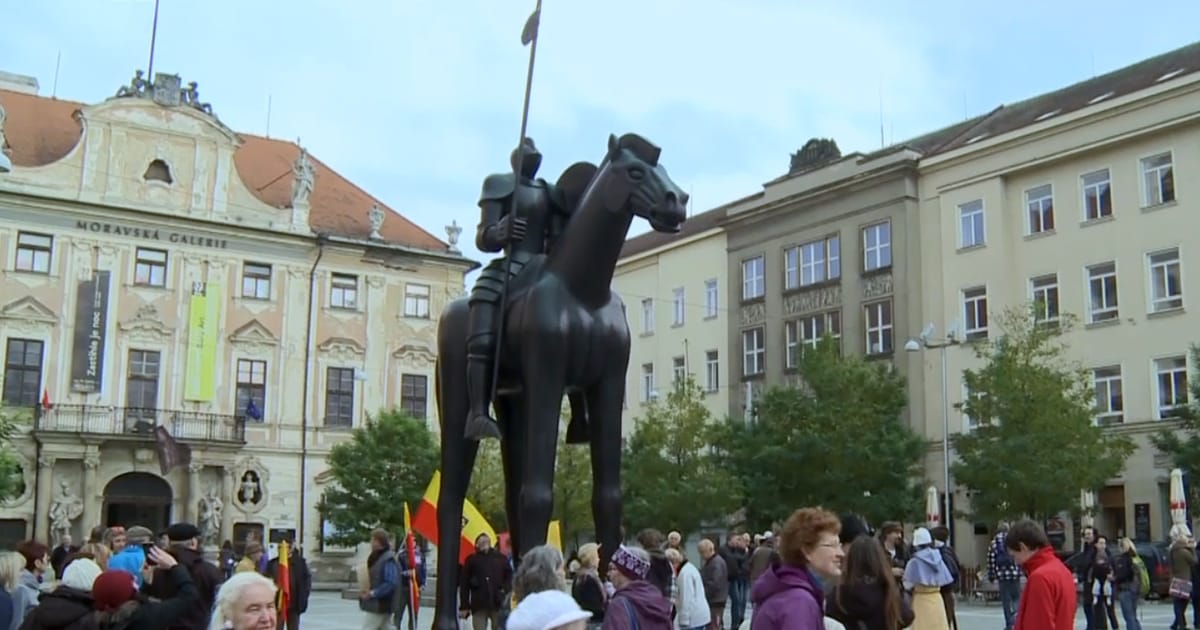
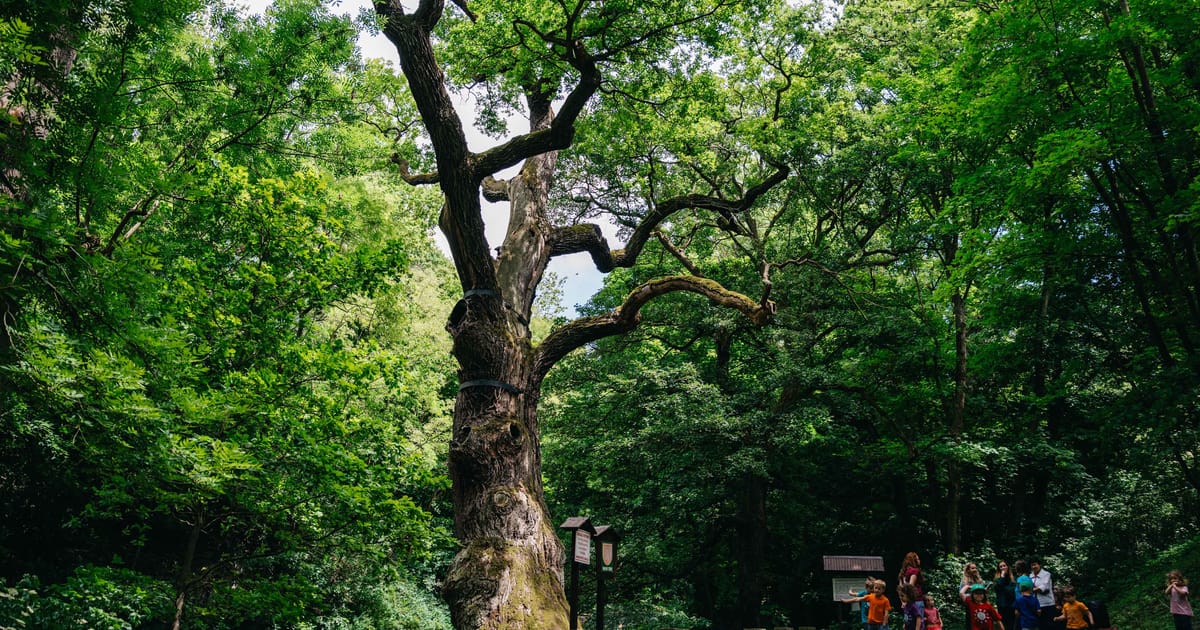

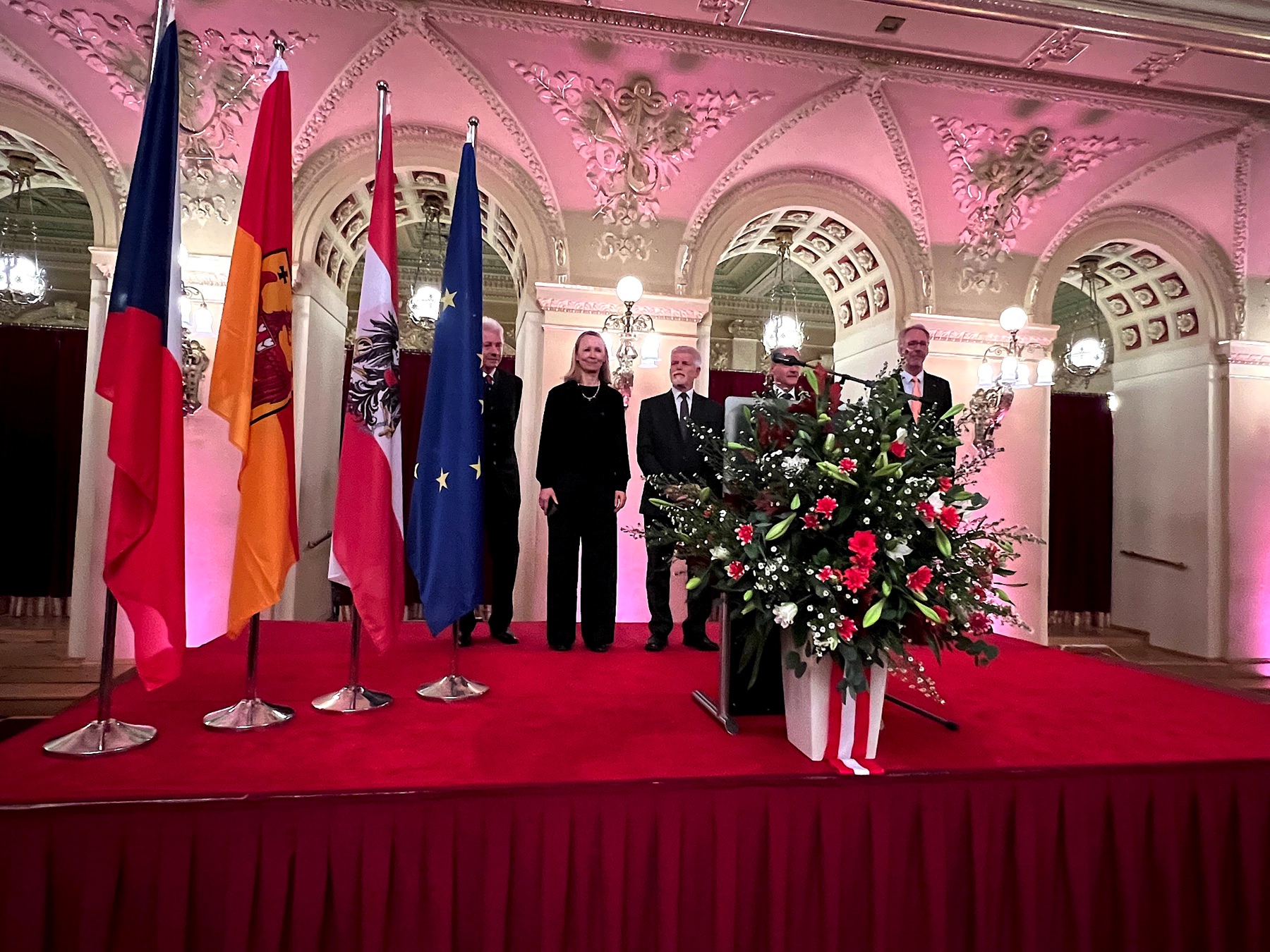 On the occasion of the 2025 Austrian National Day, H.E. Dr. Bettina Kirnbauer, the Ambassador of the Republic of Austria to the Czech Republic and M.Sc. Roman Rauch, the Trade Council of the Embassy, and Dr. Erwin Hanslik Mrics, President of the Association of Austrians in the Czech Republic, hosted a reception at the Beautiful Žofín Palace in Prague center.
On the occasion of the 2025 Austrian National Day, H.E. Dr. Bettina Kirnbauer, the Ambassador of the Republic of Austria to the Czech Republic and M.Sc. Roman Rauch, the Trade Council of the Embassy, and Dr. Erwin Hanslik Mrics, President of the Association of Austrians in the Czech Republic, hosted a reception at the Beautiful Žofín Palace in Prague center.



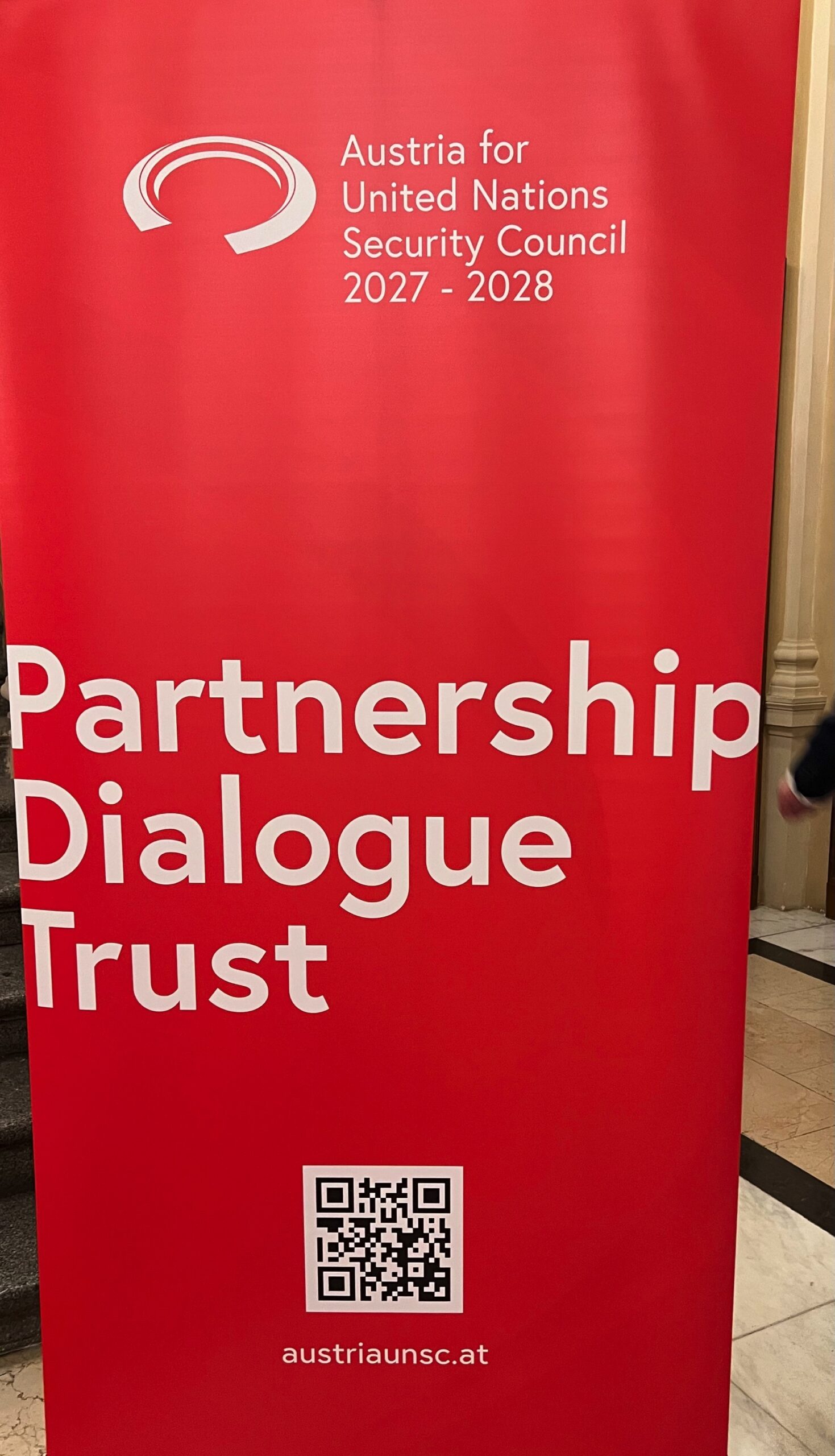

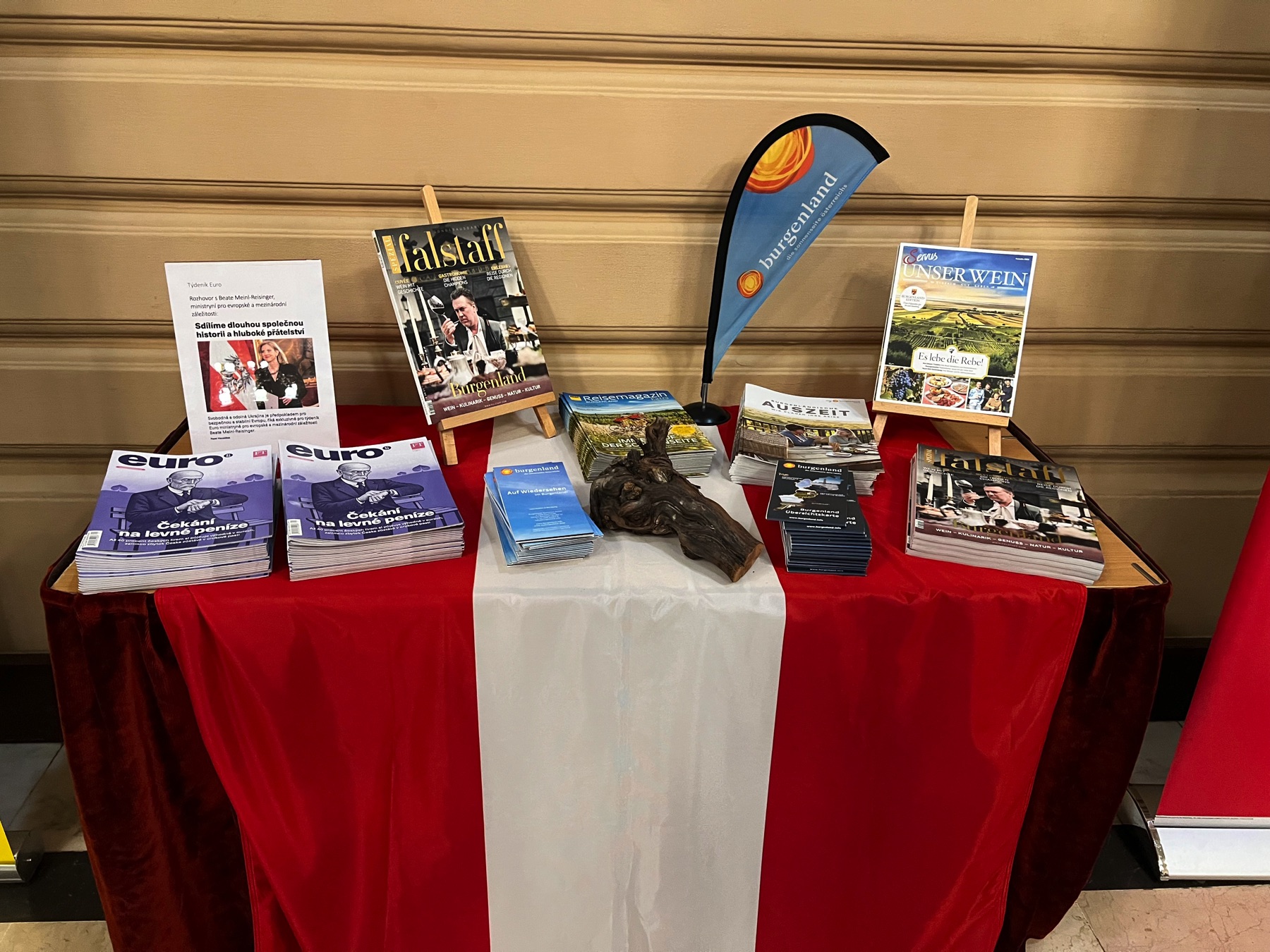
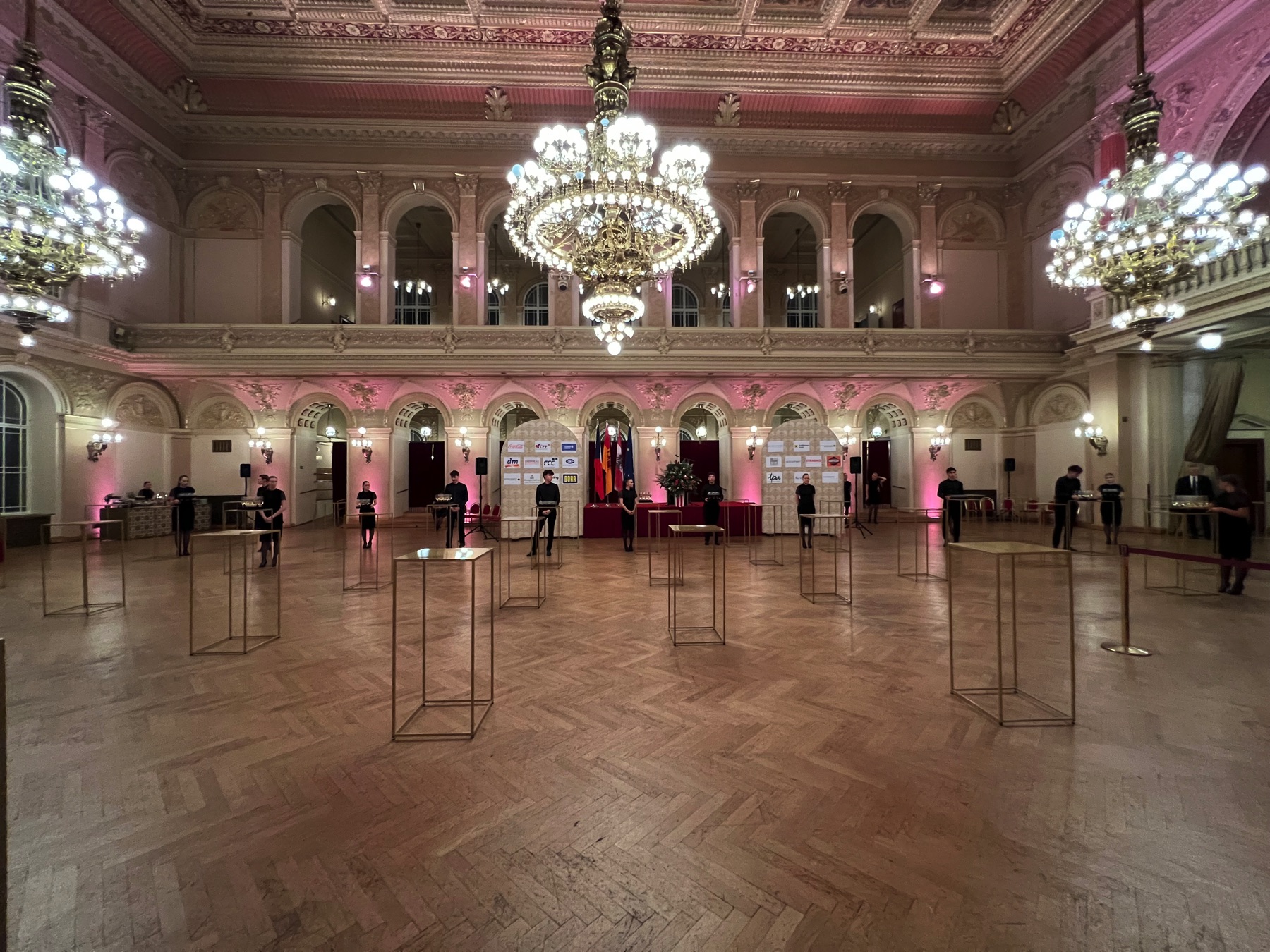
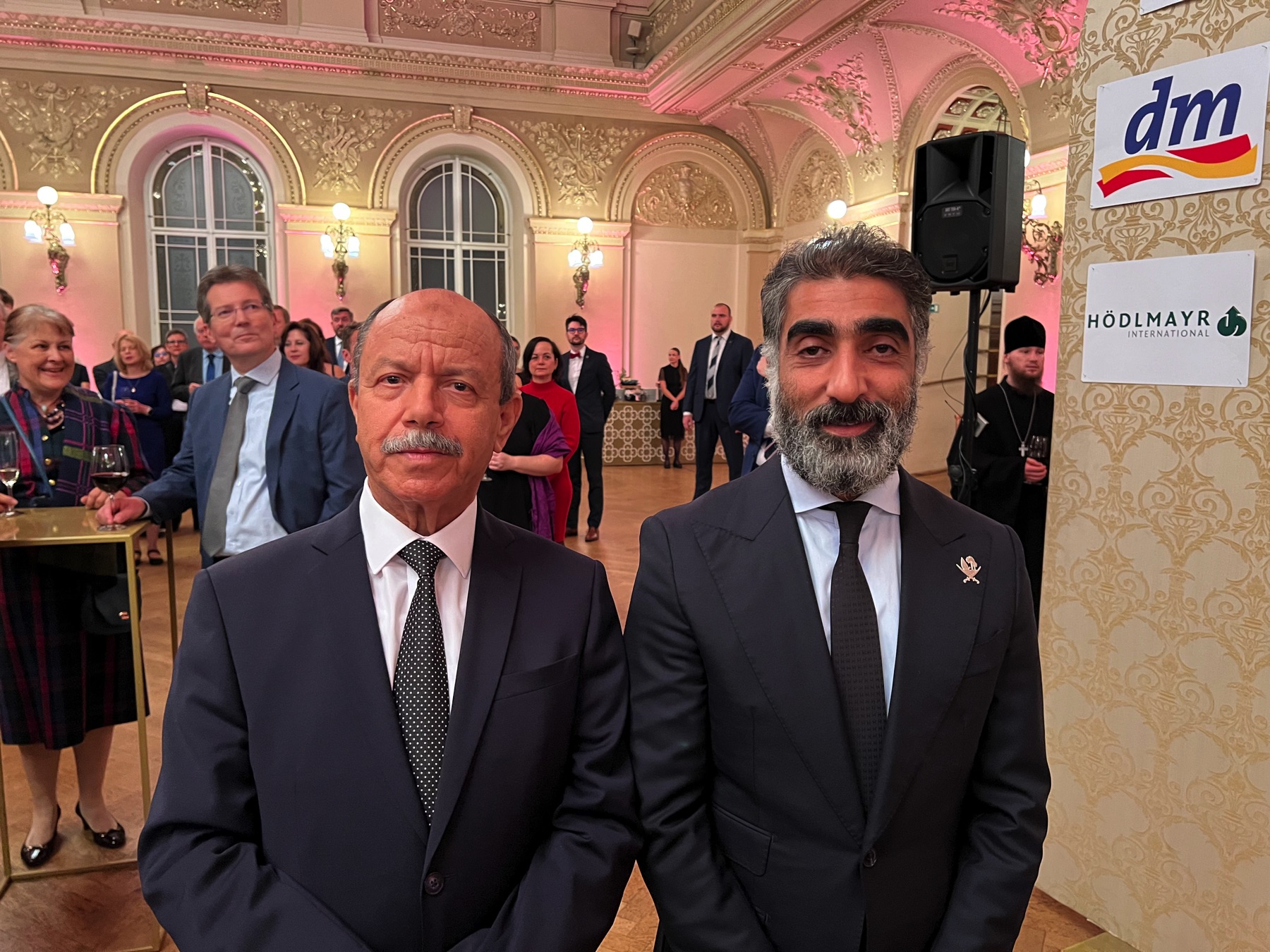
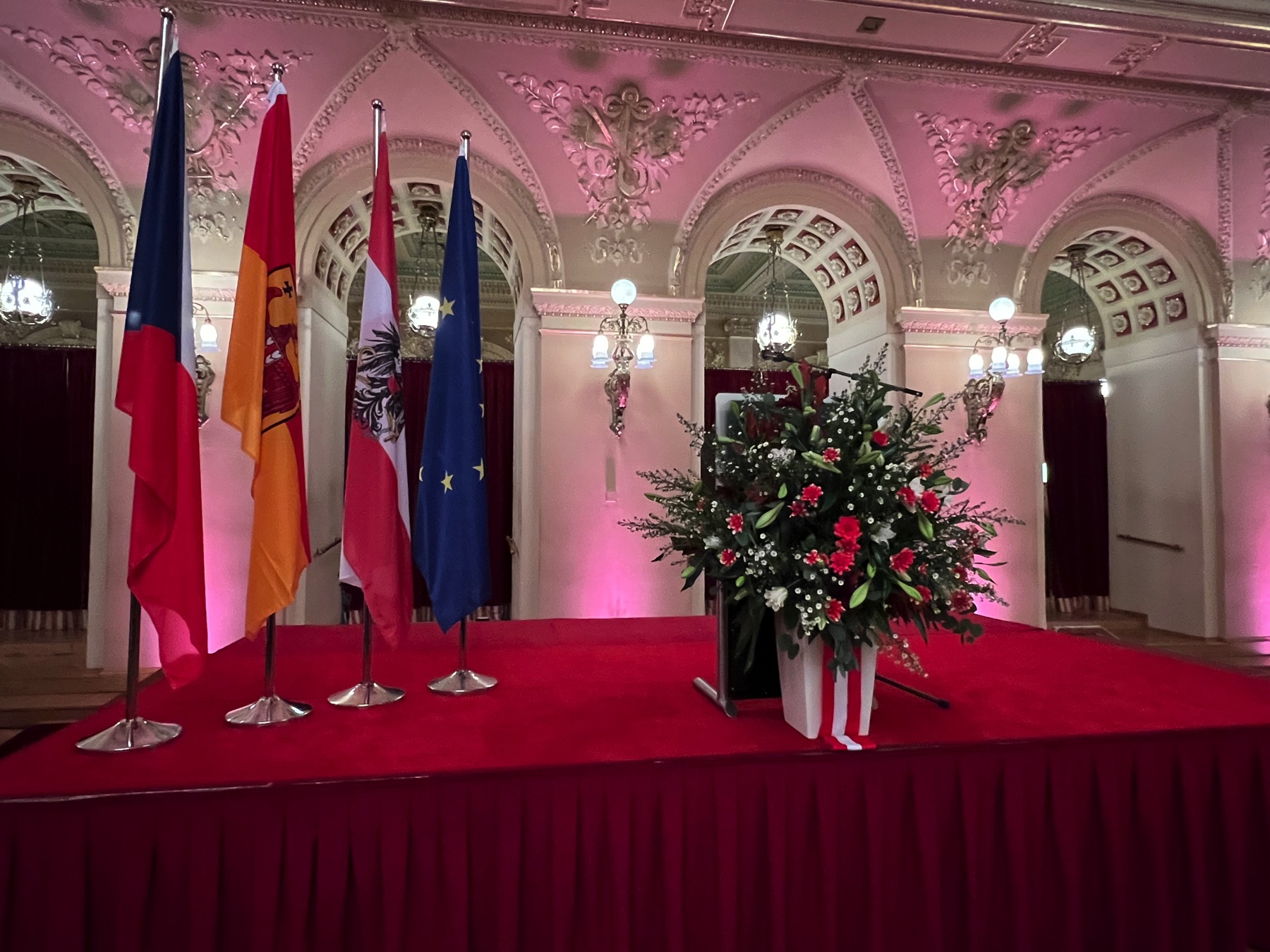
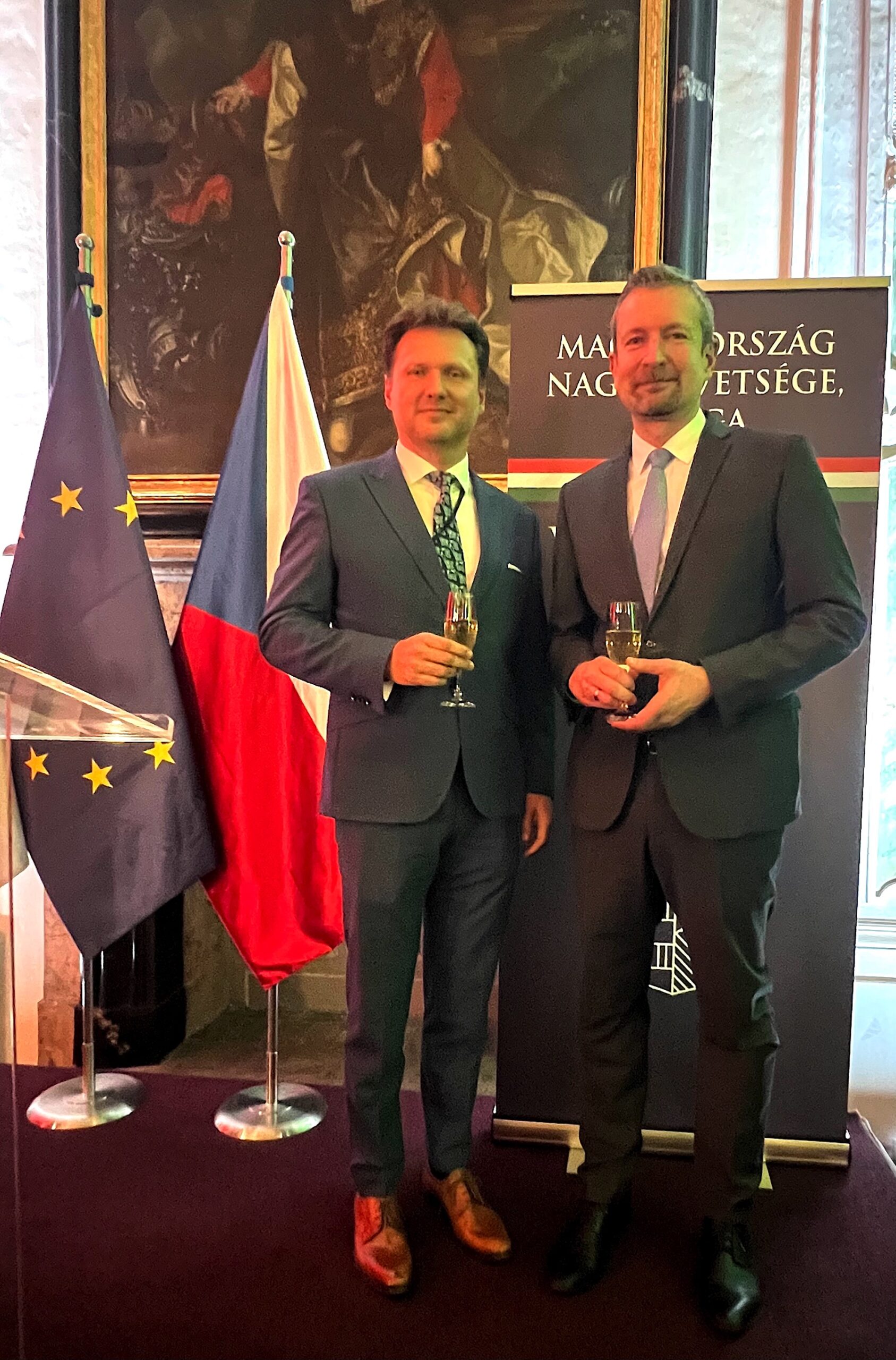 On the occasion of the Hungarian National Day and the Anniversary of the 1956 Revolution, the Ambassador of Hungary to the Czech Republic, H.E. Mr. András Baranyi, hosted a reception at the beautiful Břevnov monastery.
On the occasion of the Hungarian National Day and the Anniversary of the 1956 Revolution, the Ambassador of Hungary to the Czech Republic, H.E. Mr. András Baranyi, hosted a reception at the beautiful Břevnov monastery.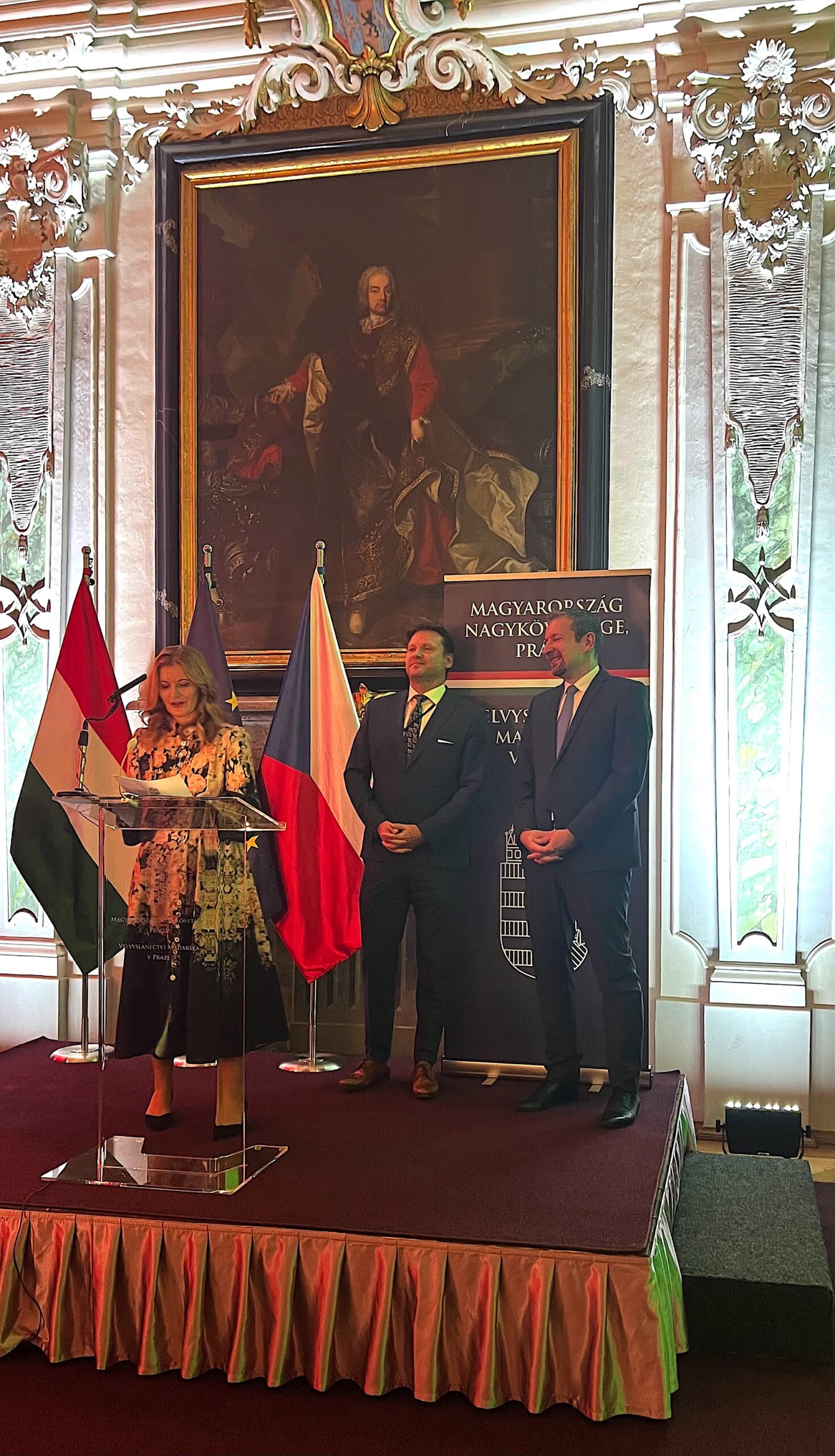


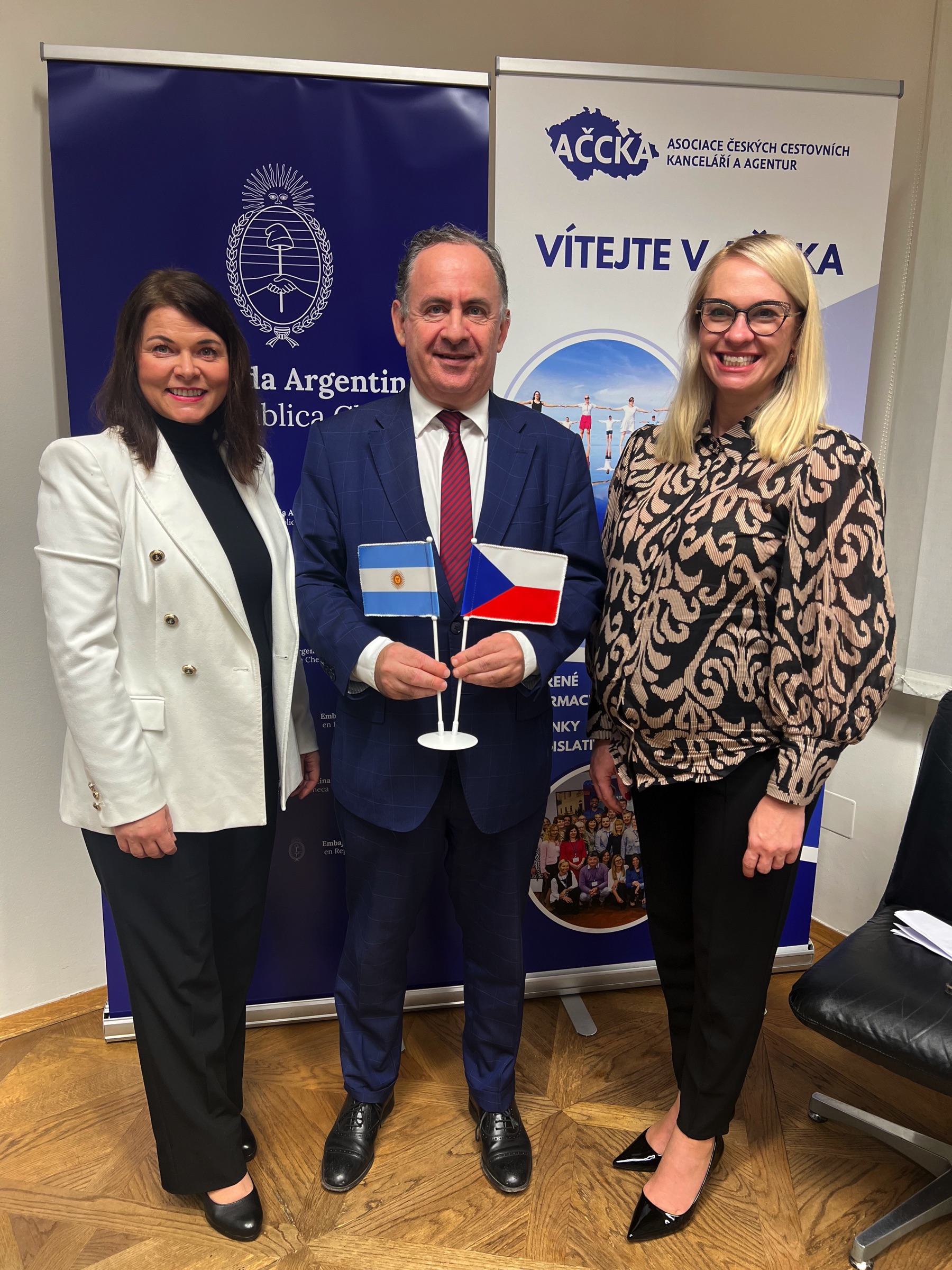 Argentina Embassy in Prague, the Association of Tour Operators and Travel Agents of the Czech Republic (ACCKA), Destino Argentina, and the Ministry of Foreign Affairs, International Trade, and Worship of the Argentine Republic, organized a seminar “Argentina Unveiled” at the Argentina Embassy in Prague.
Argentina Embassy in Prague, the Association of Tour Operators and Travel Agents of the Czech Republic (ACCKA), Destino Argentina, and the Ministry of Foreign Affairs, International Trade, and Worship of the Argentine Republic, organized a seminar “Argentina Unveiled” at the Argentina Embassy in Prague.



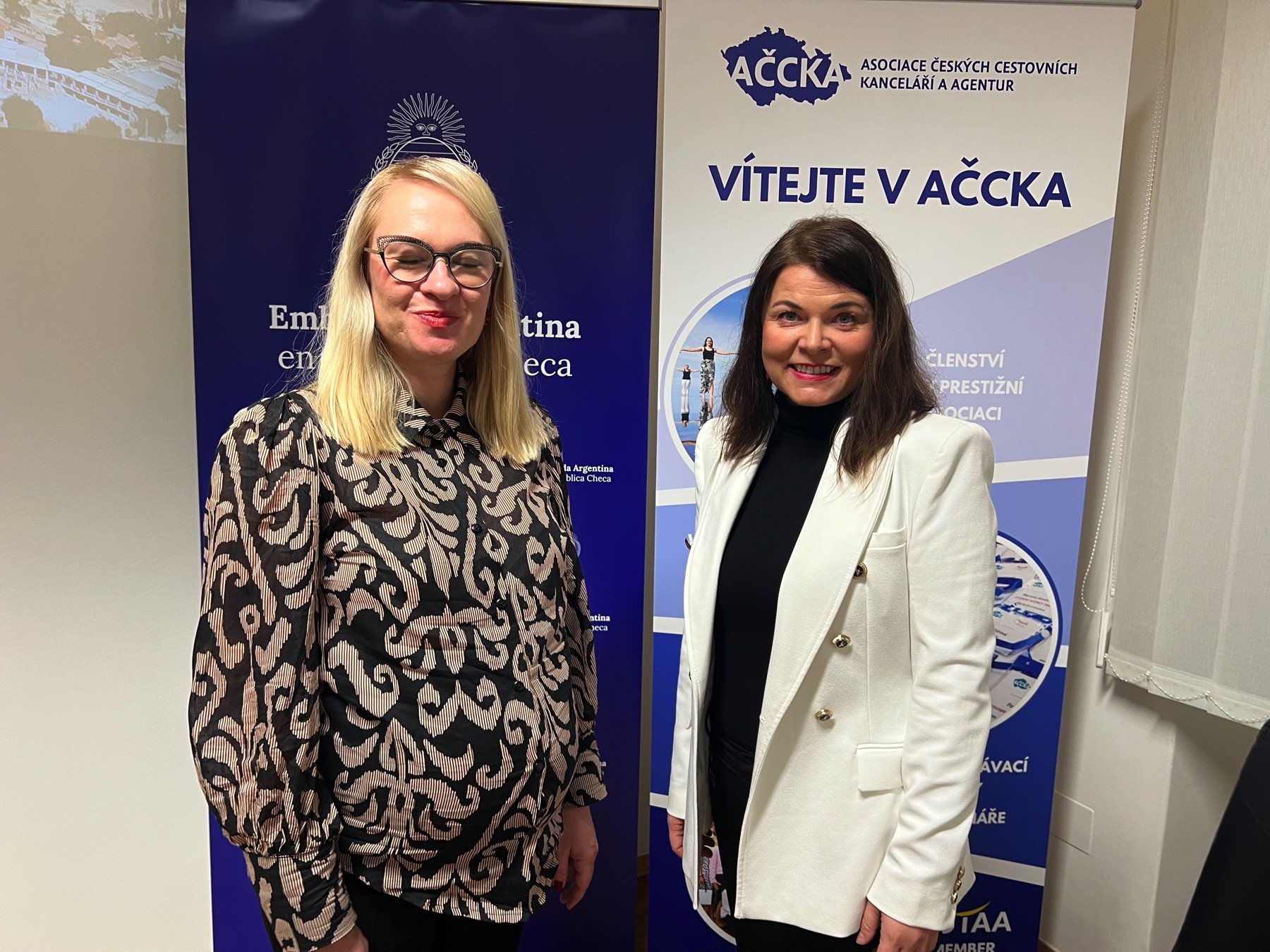
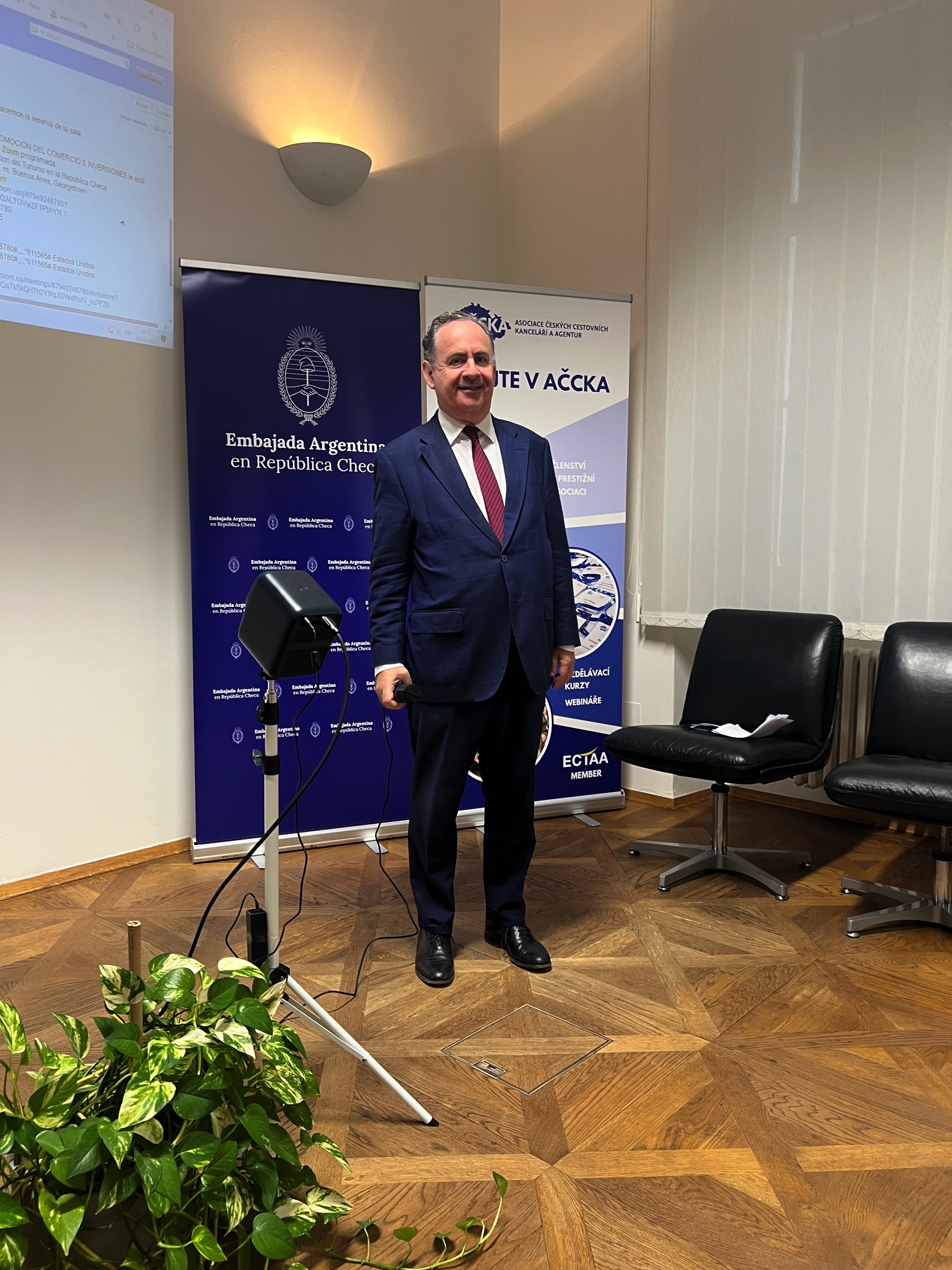
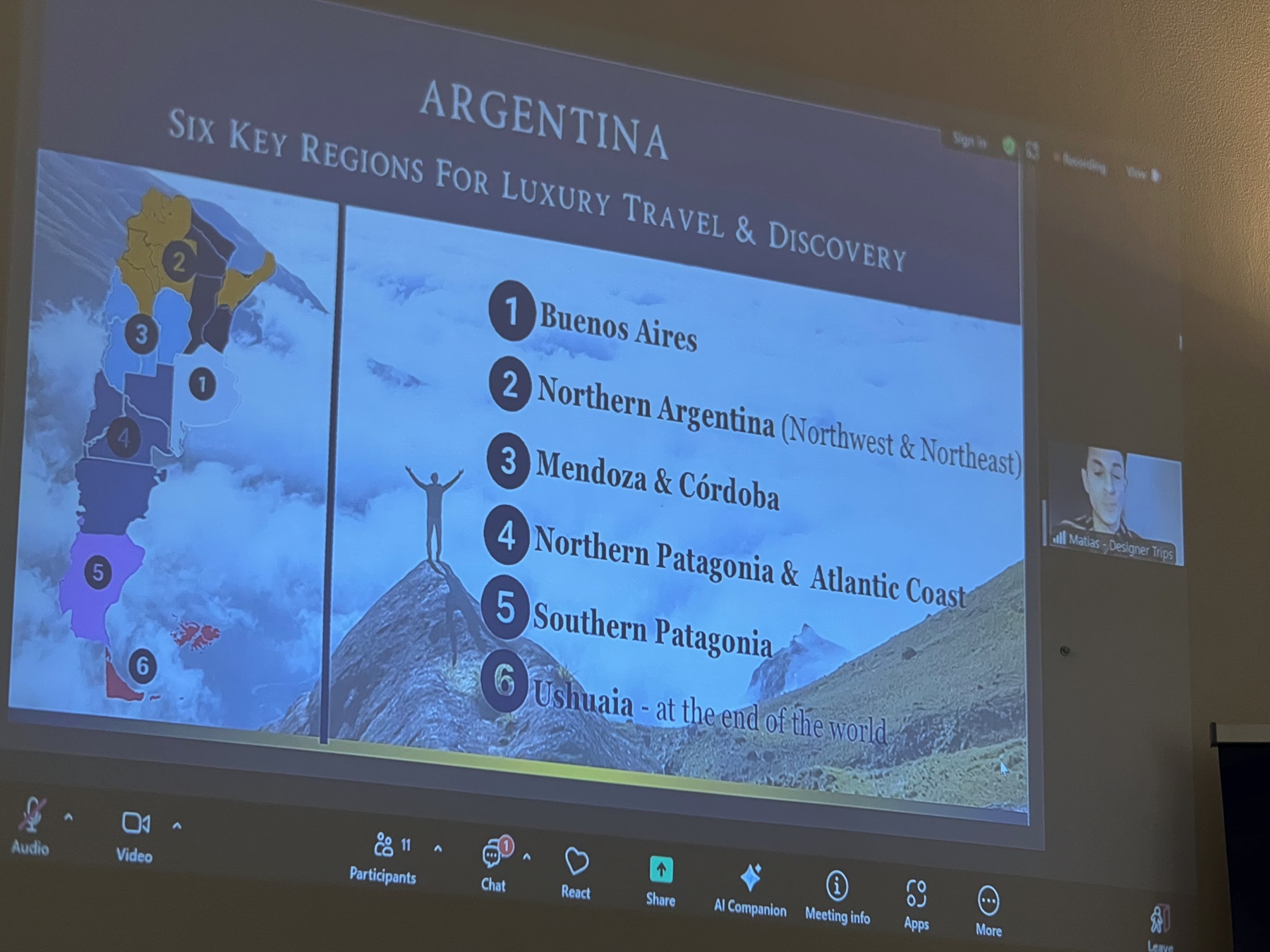
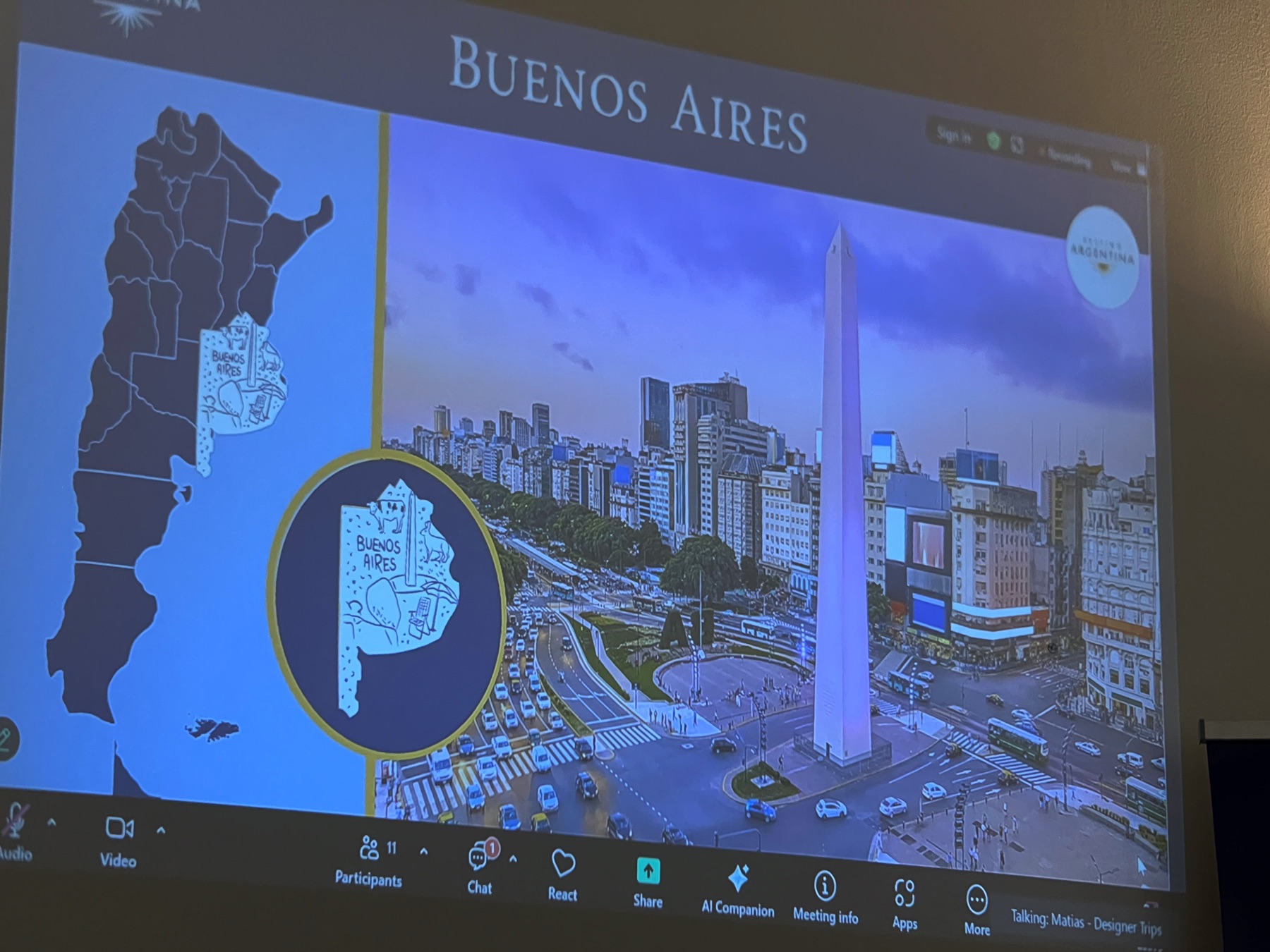
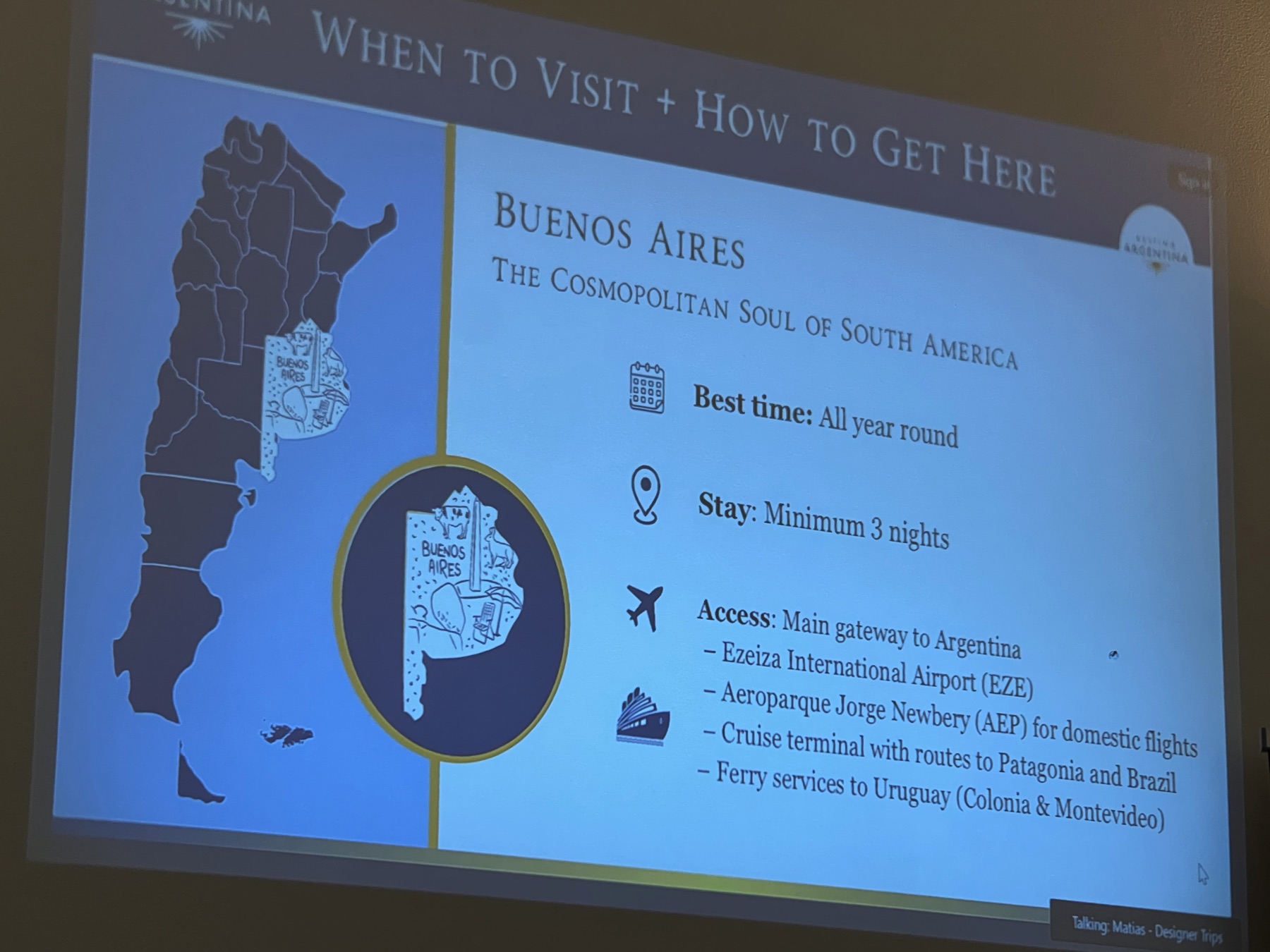
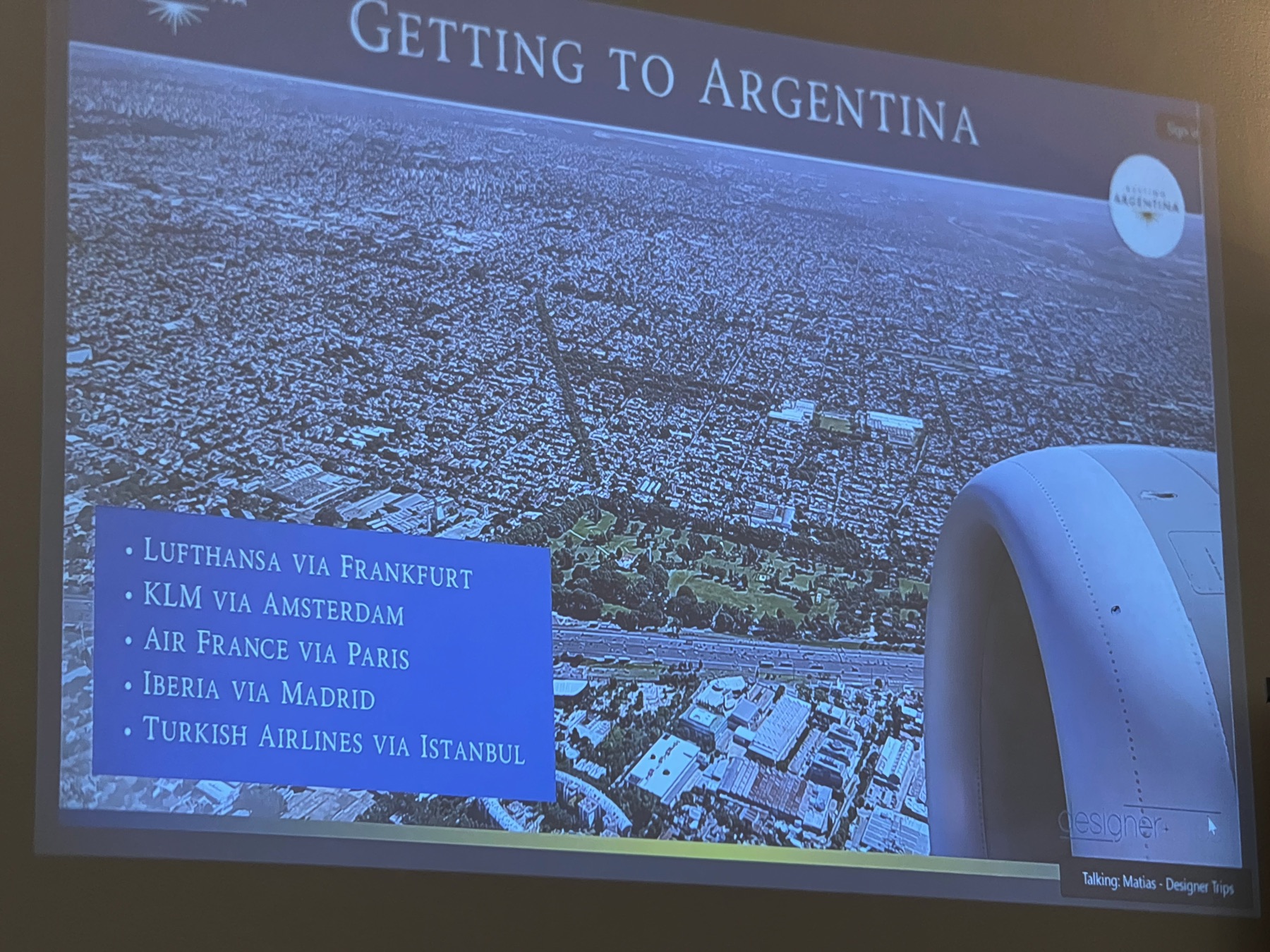
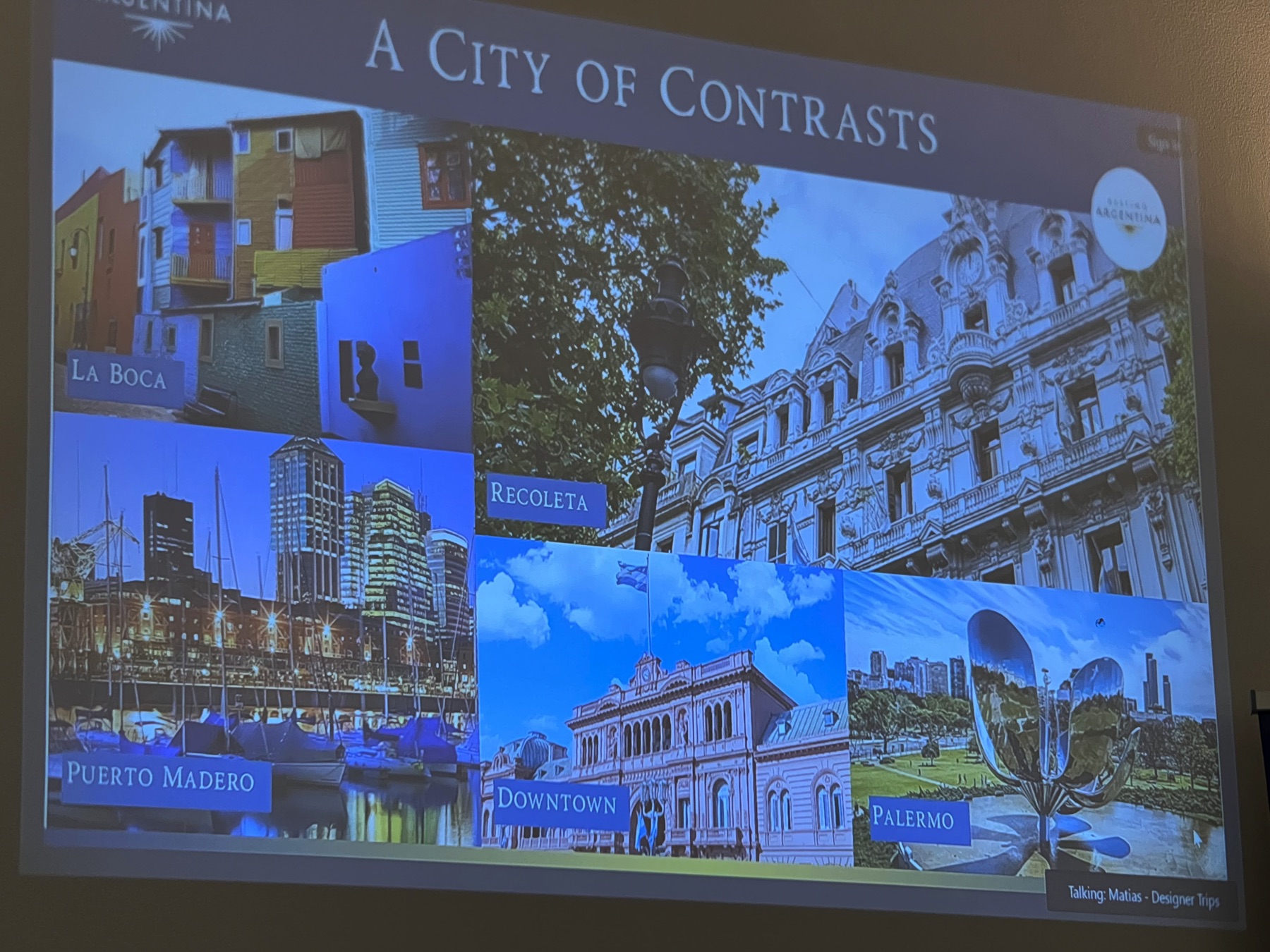
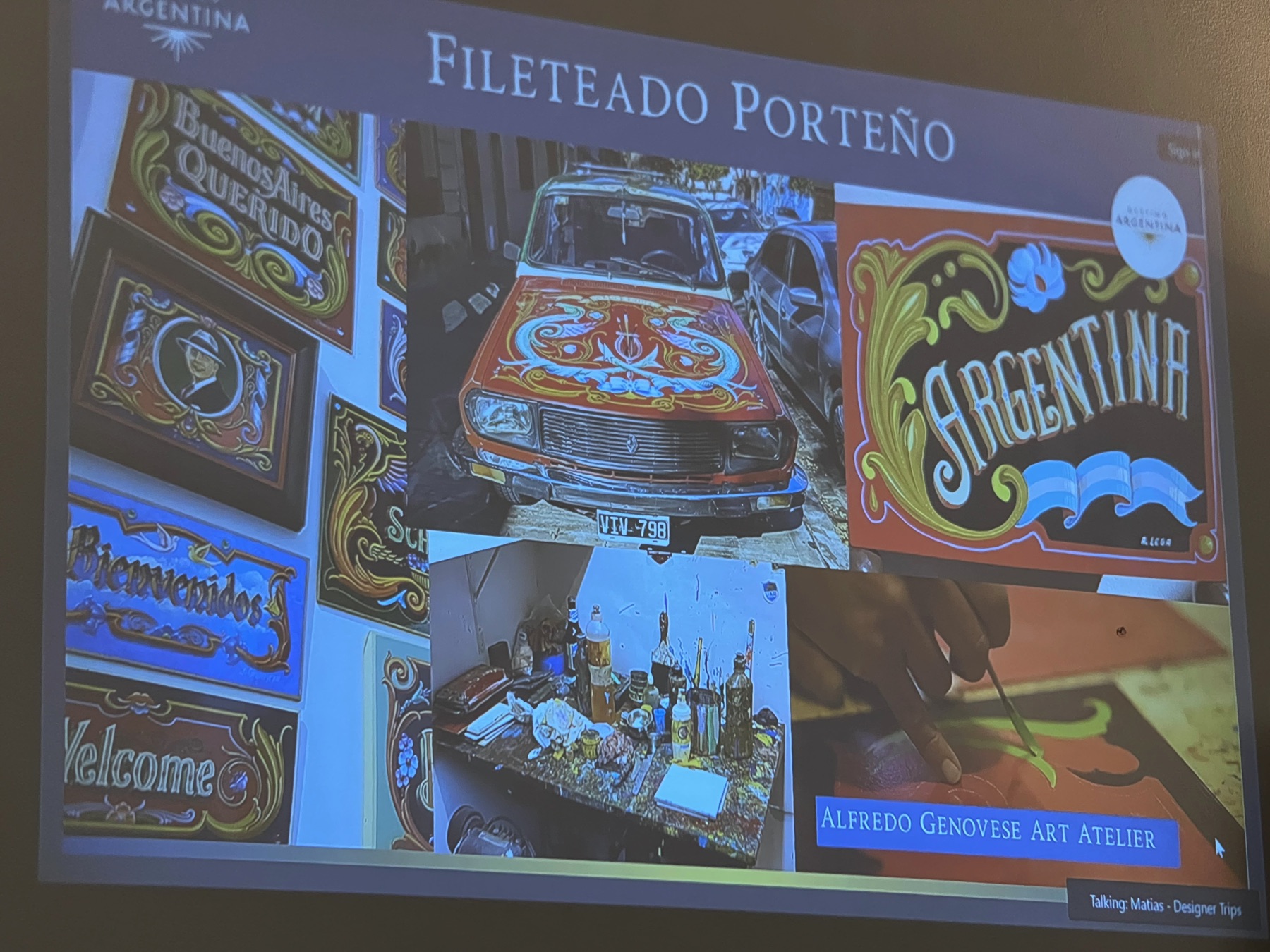
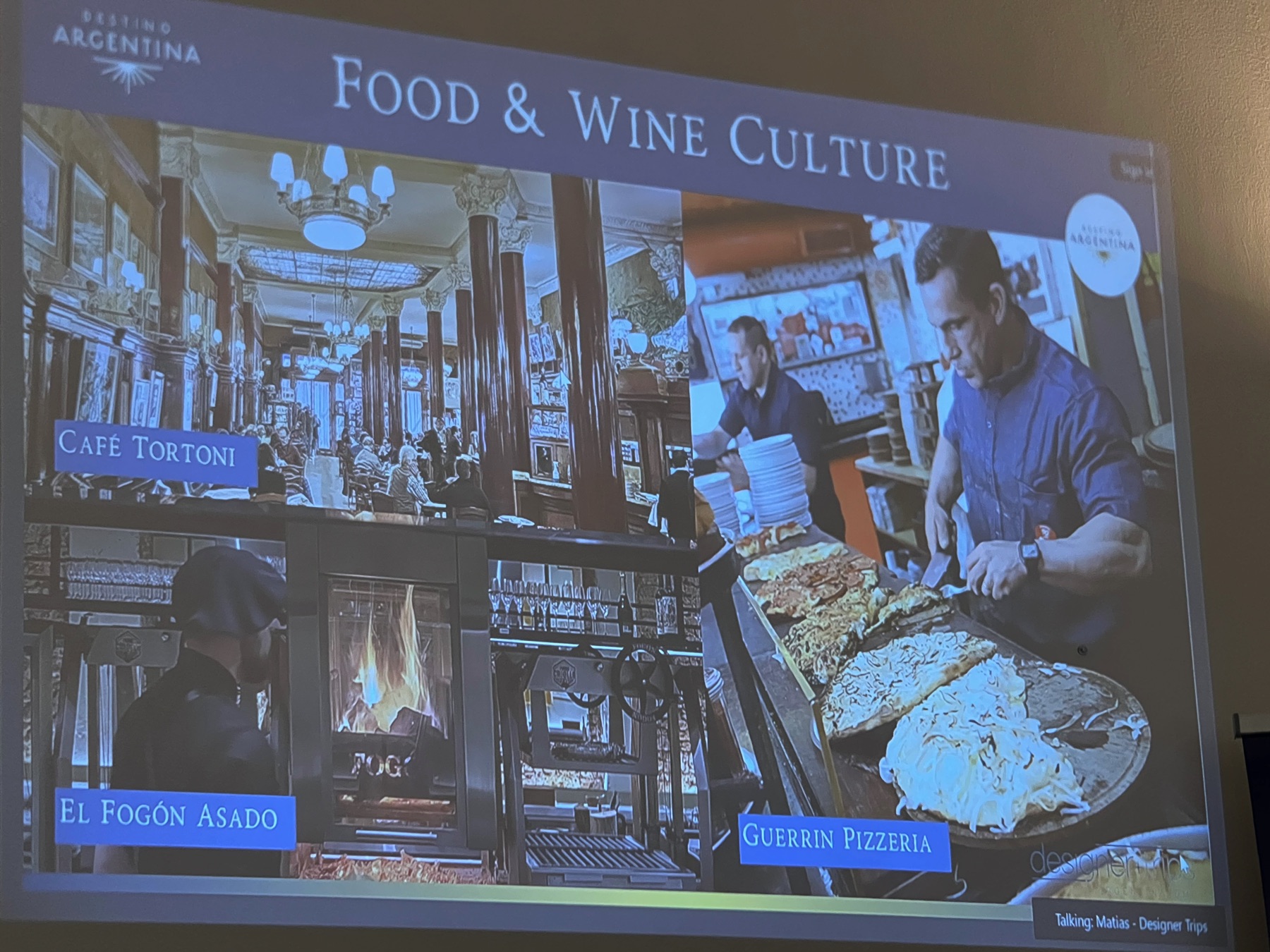
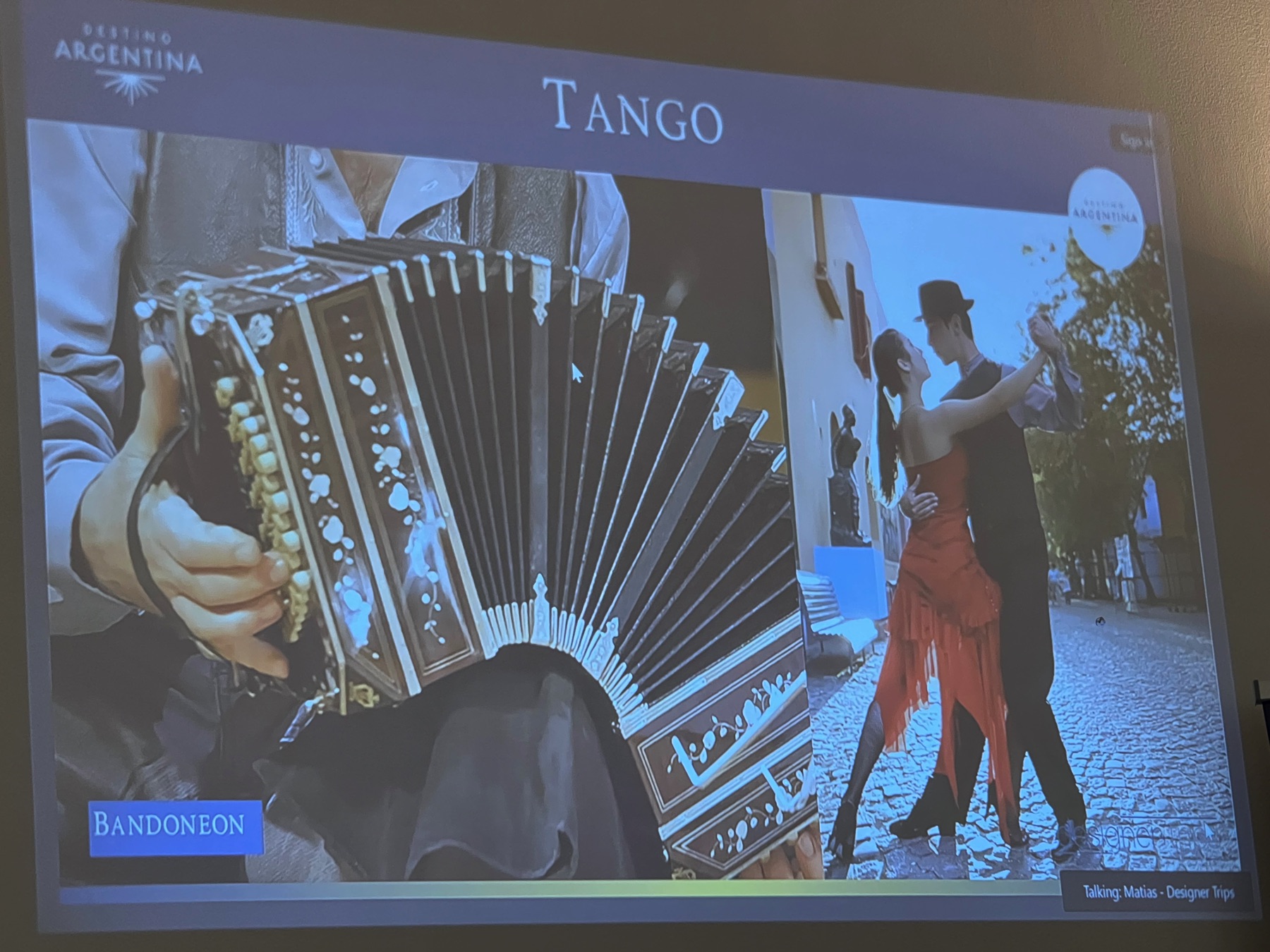
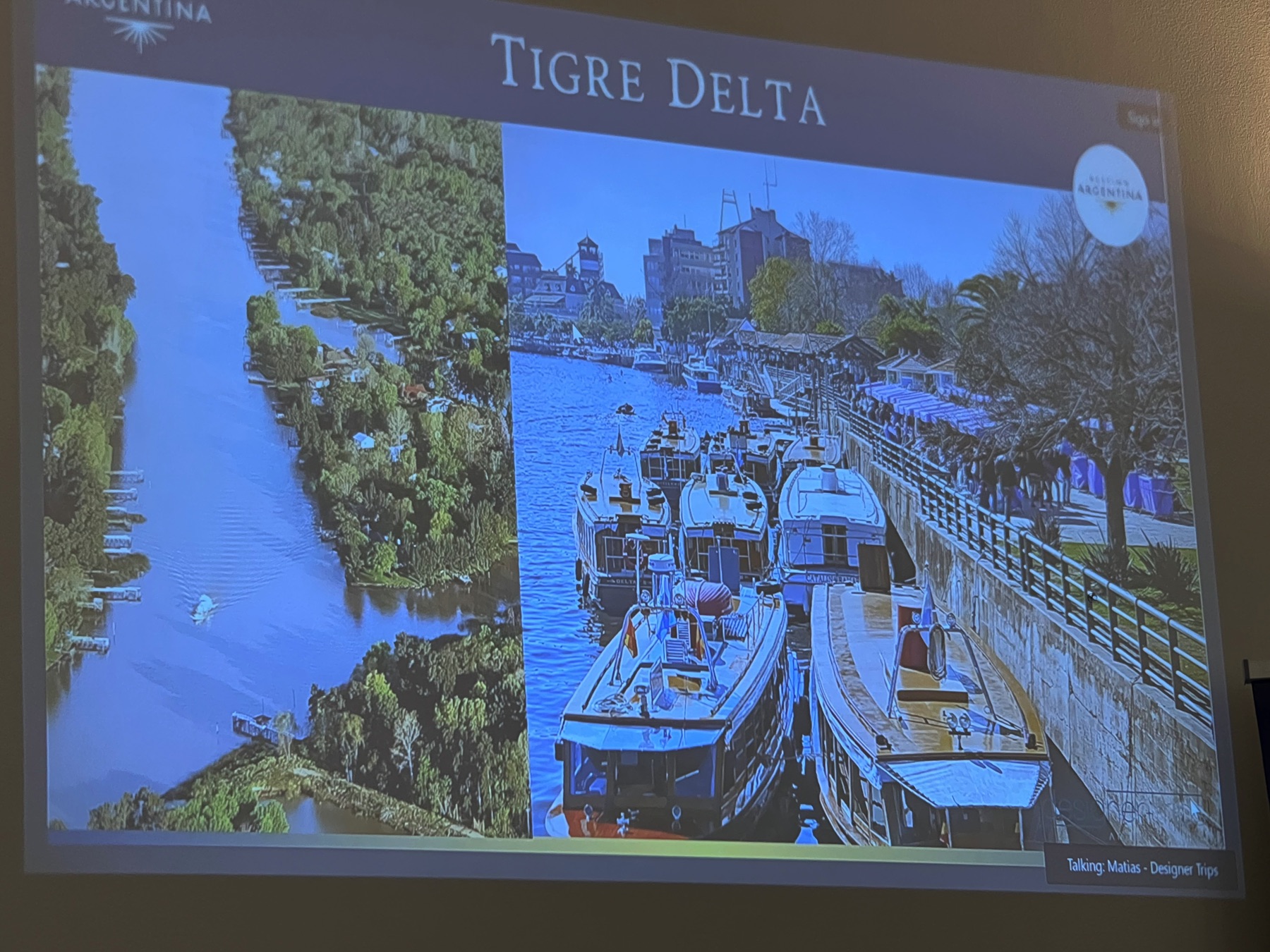
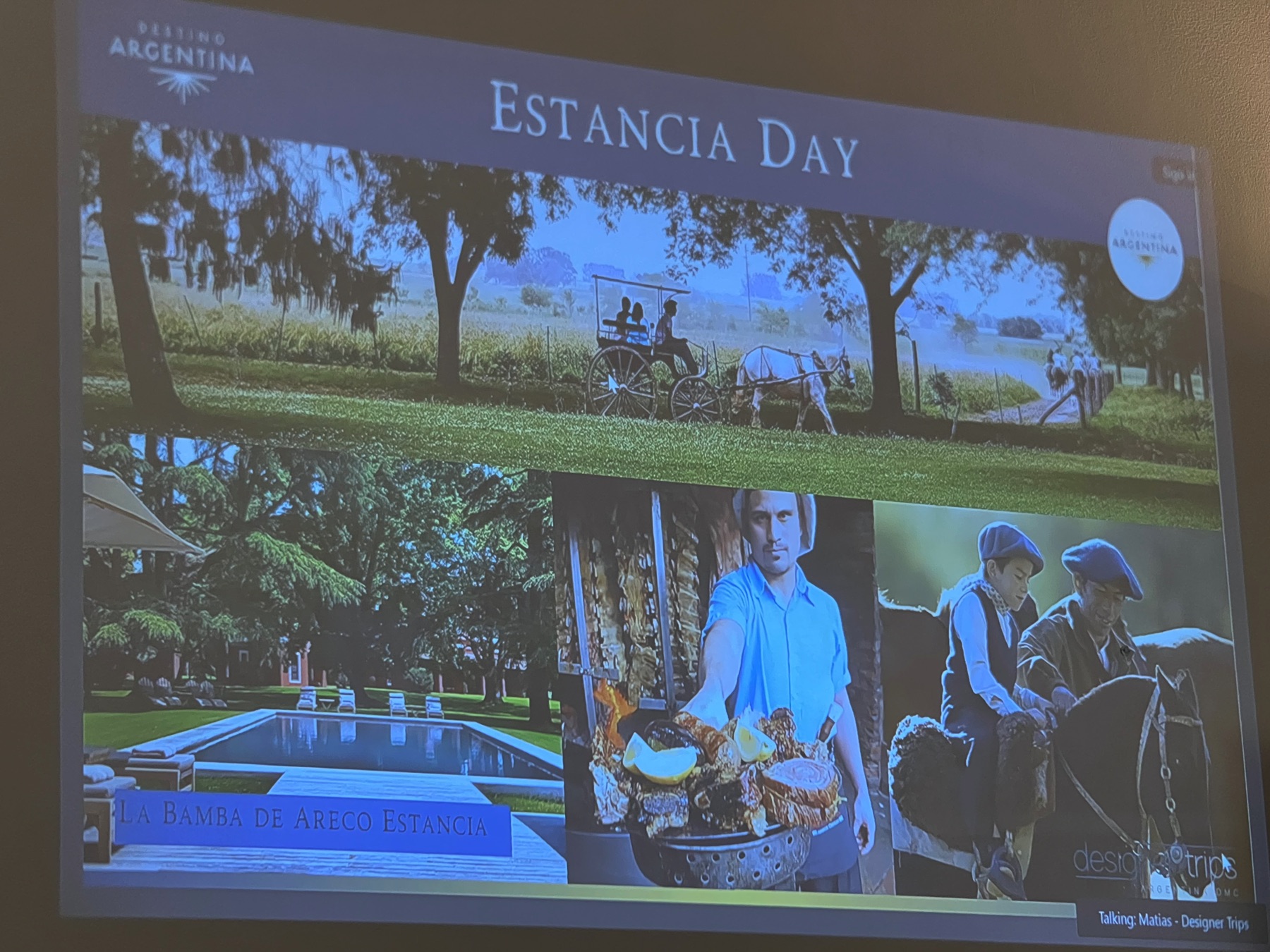
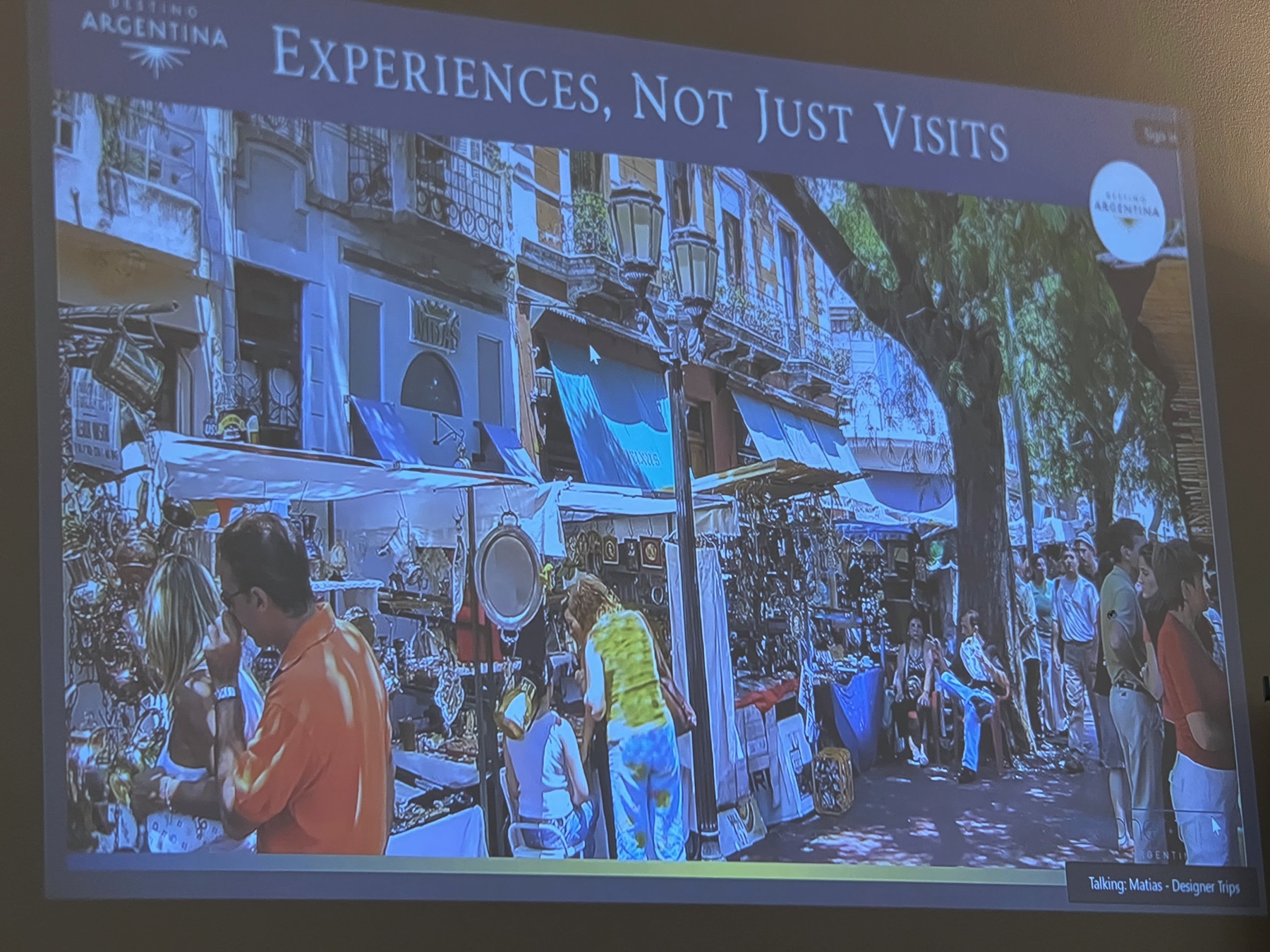
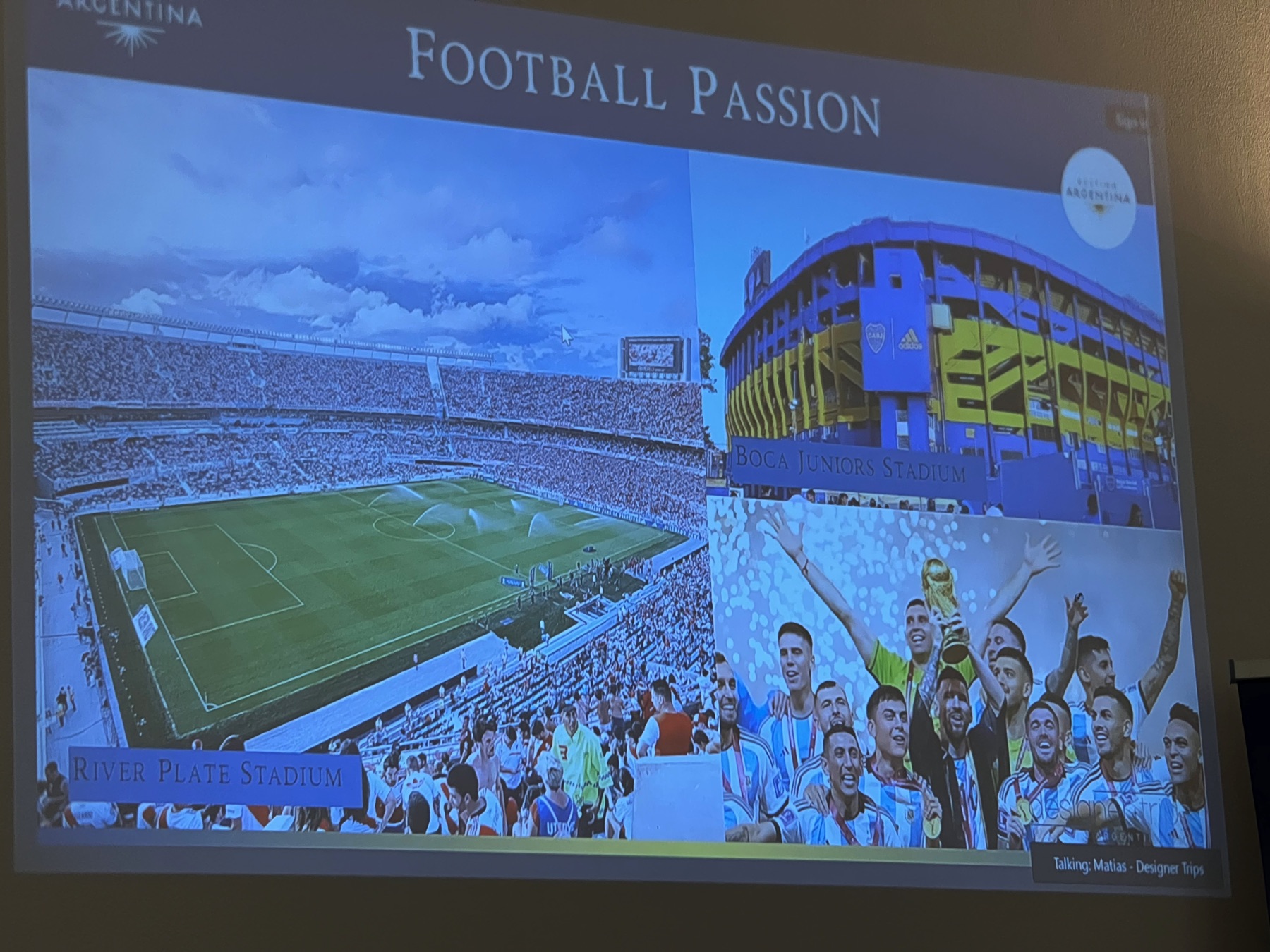
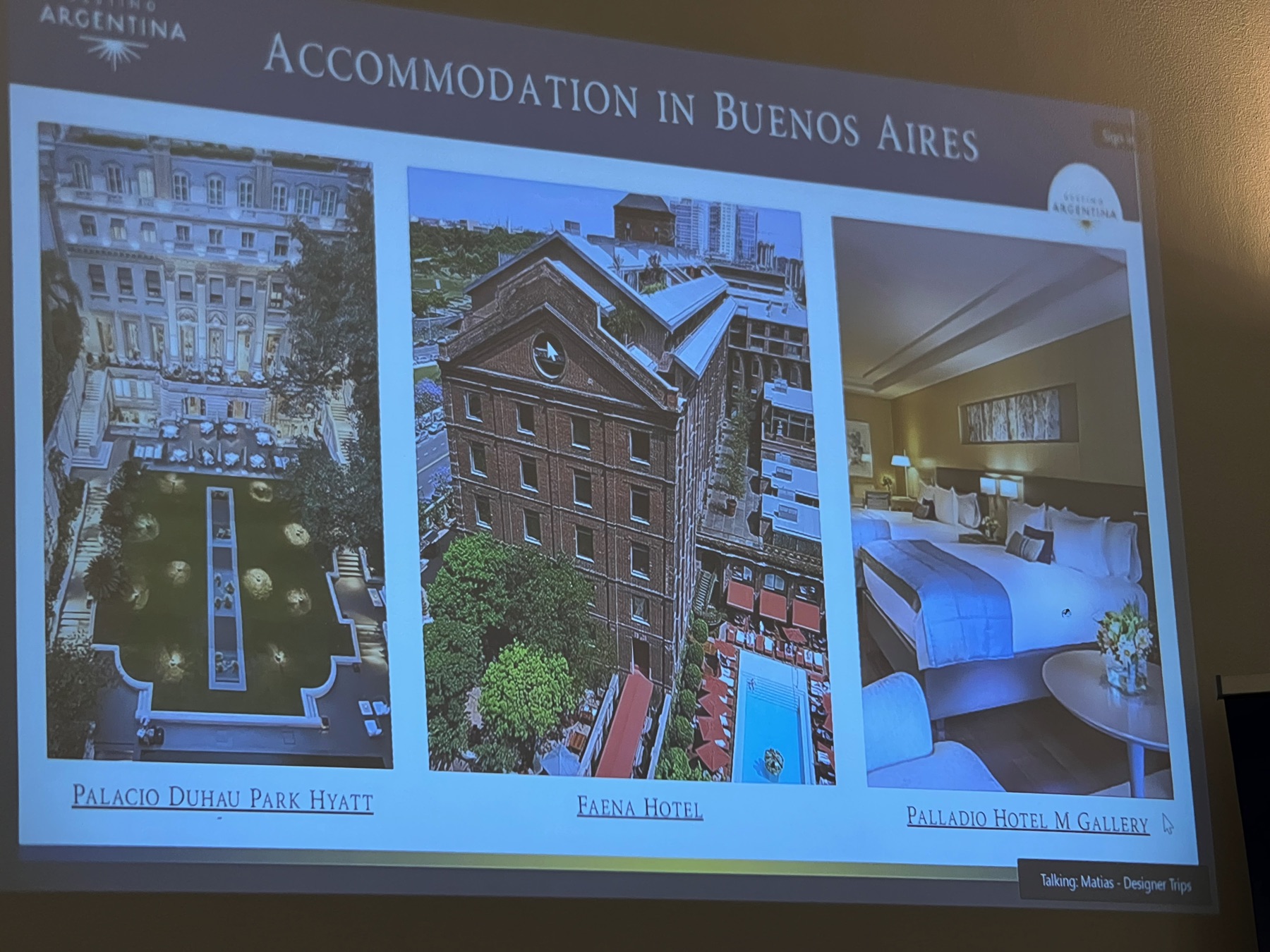
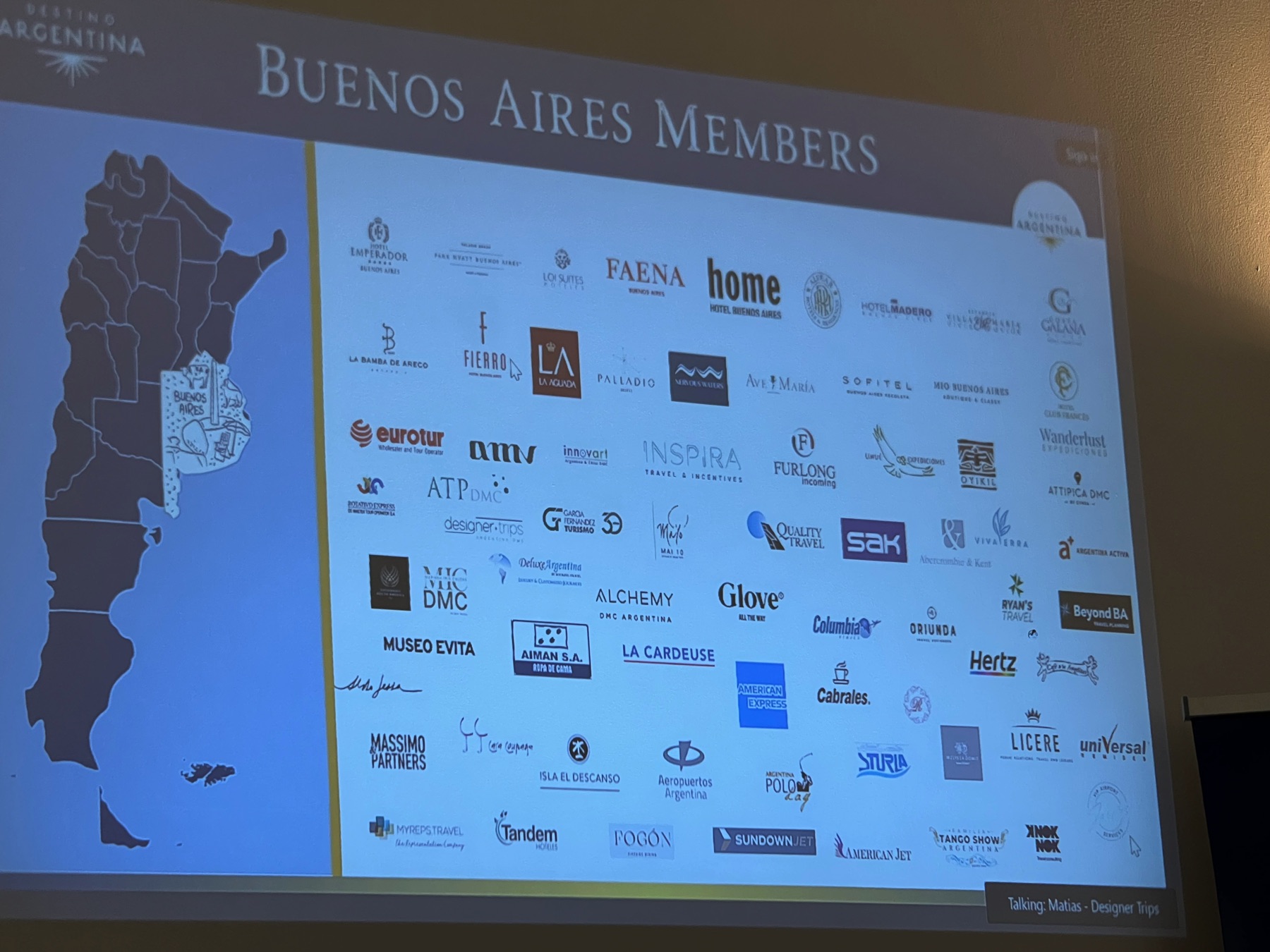
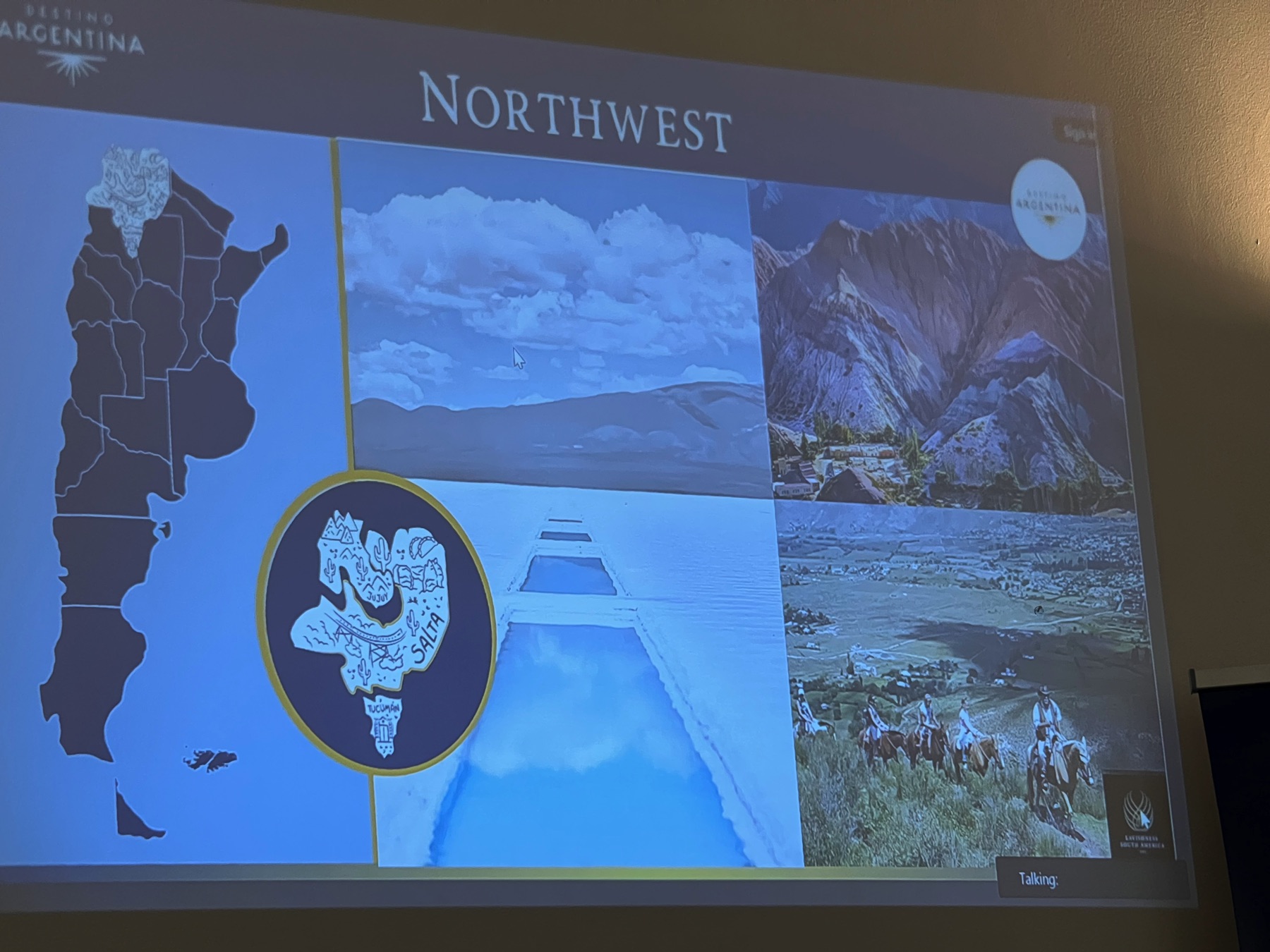
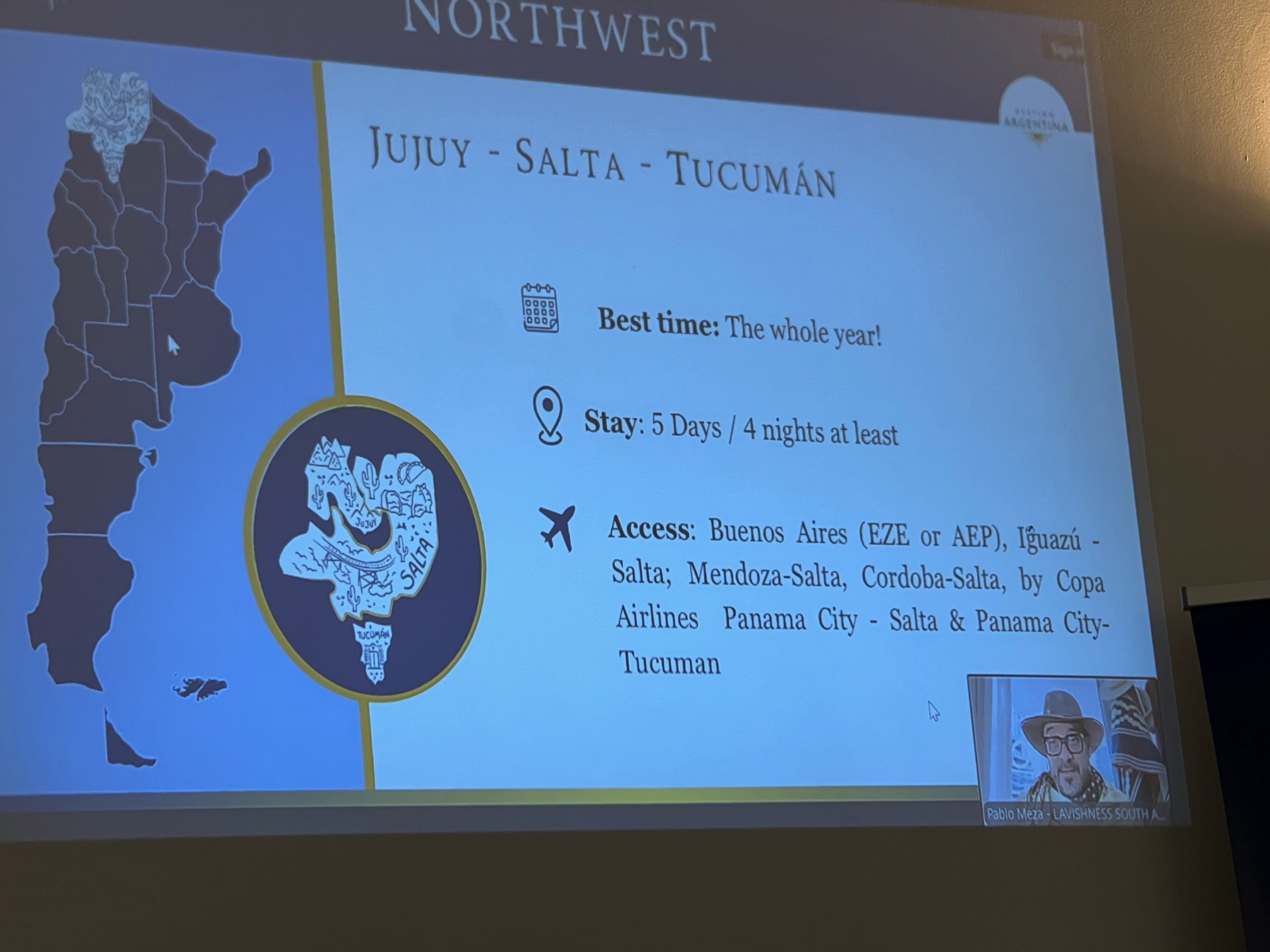
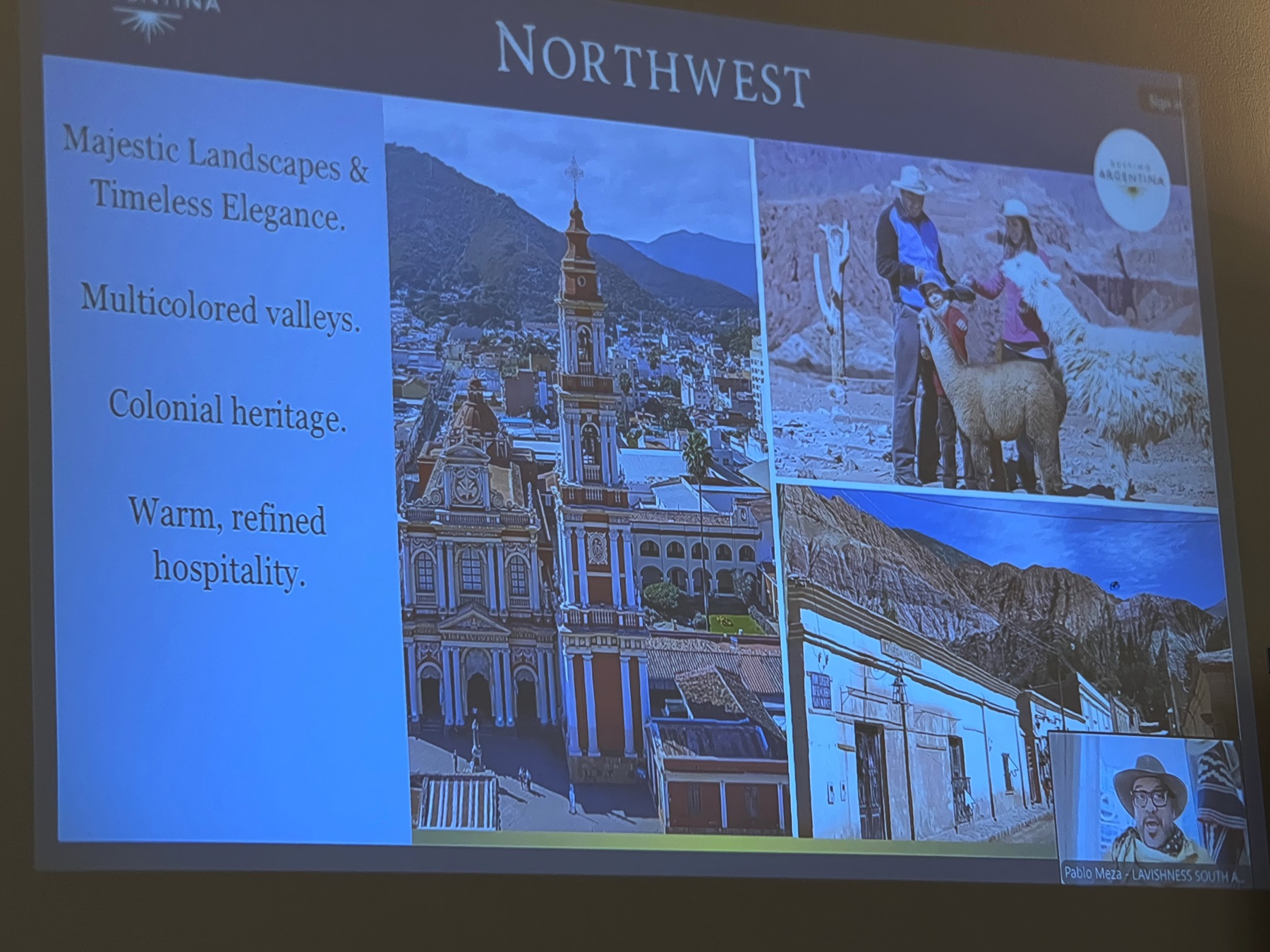
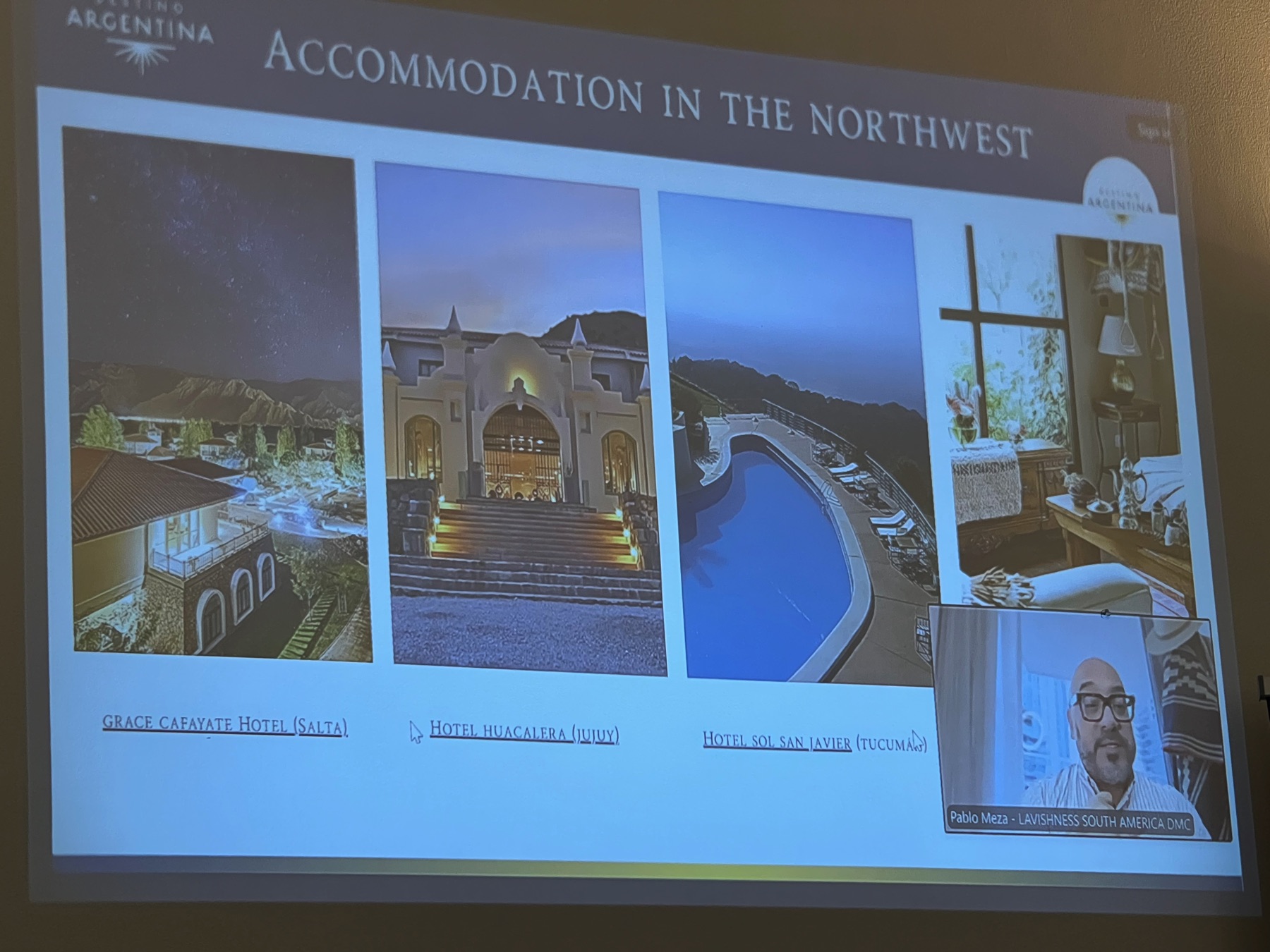
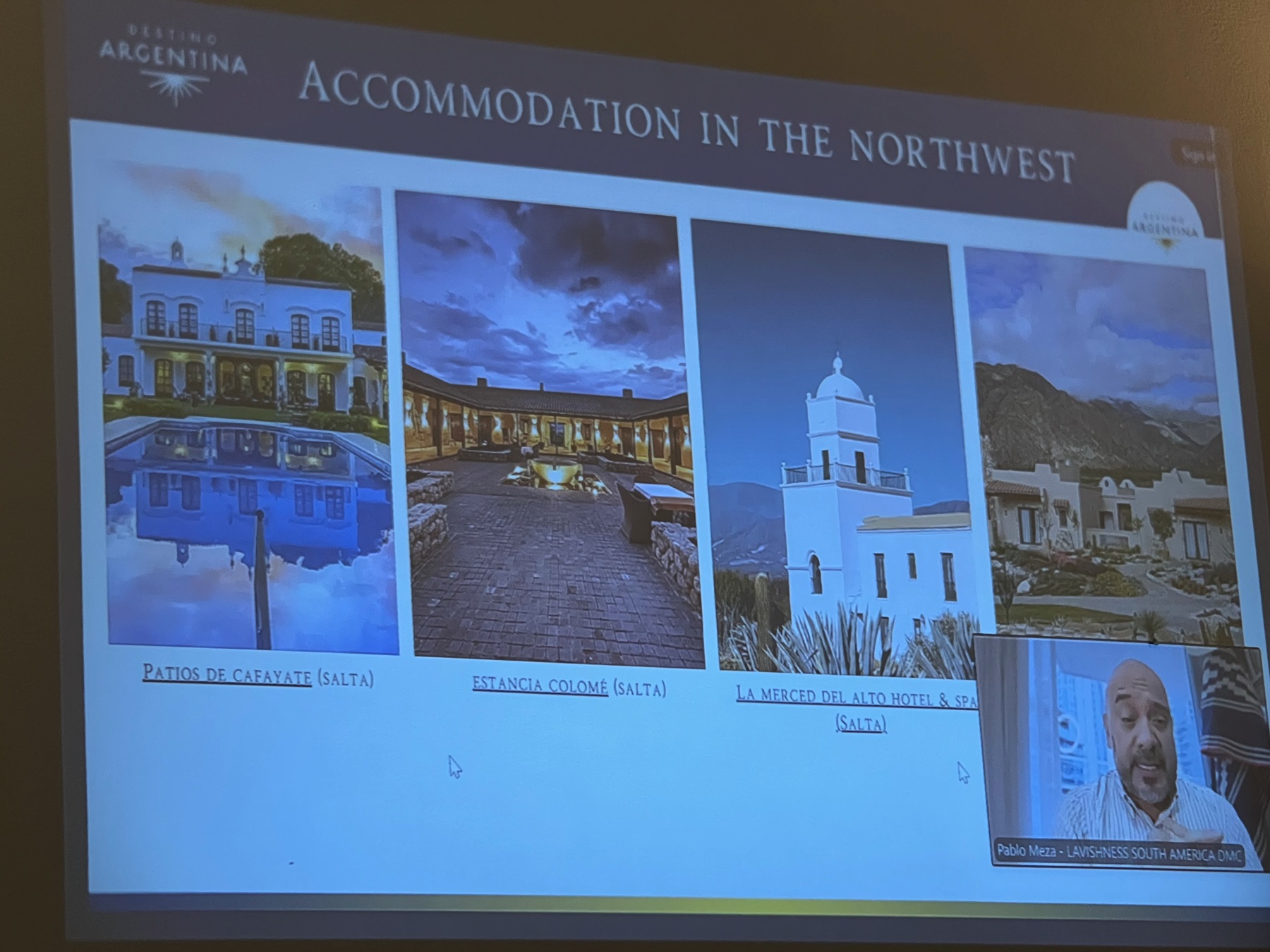
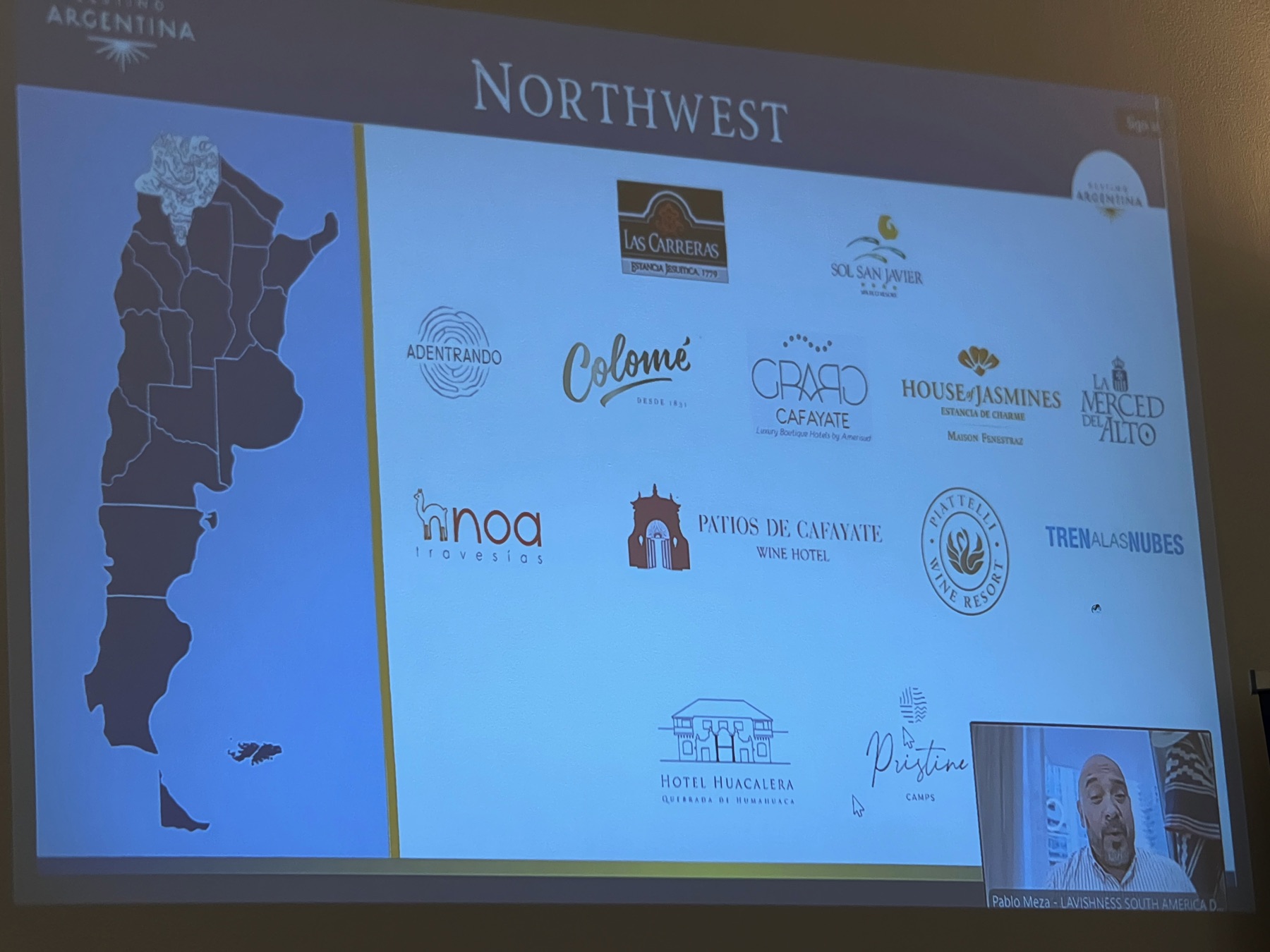
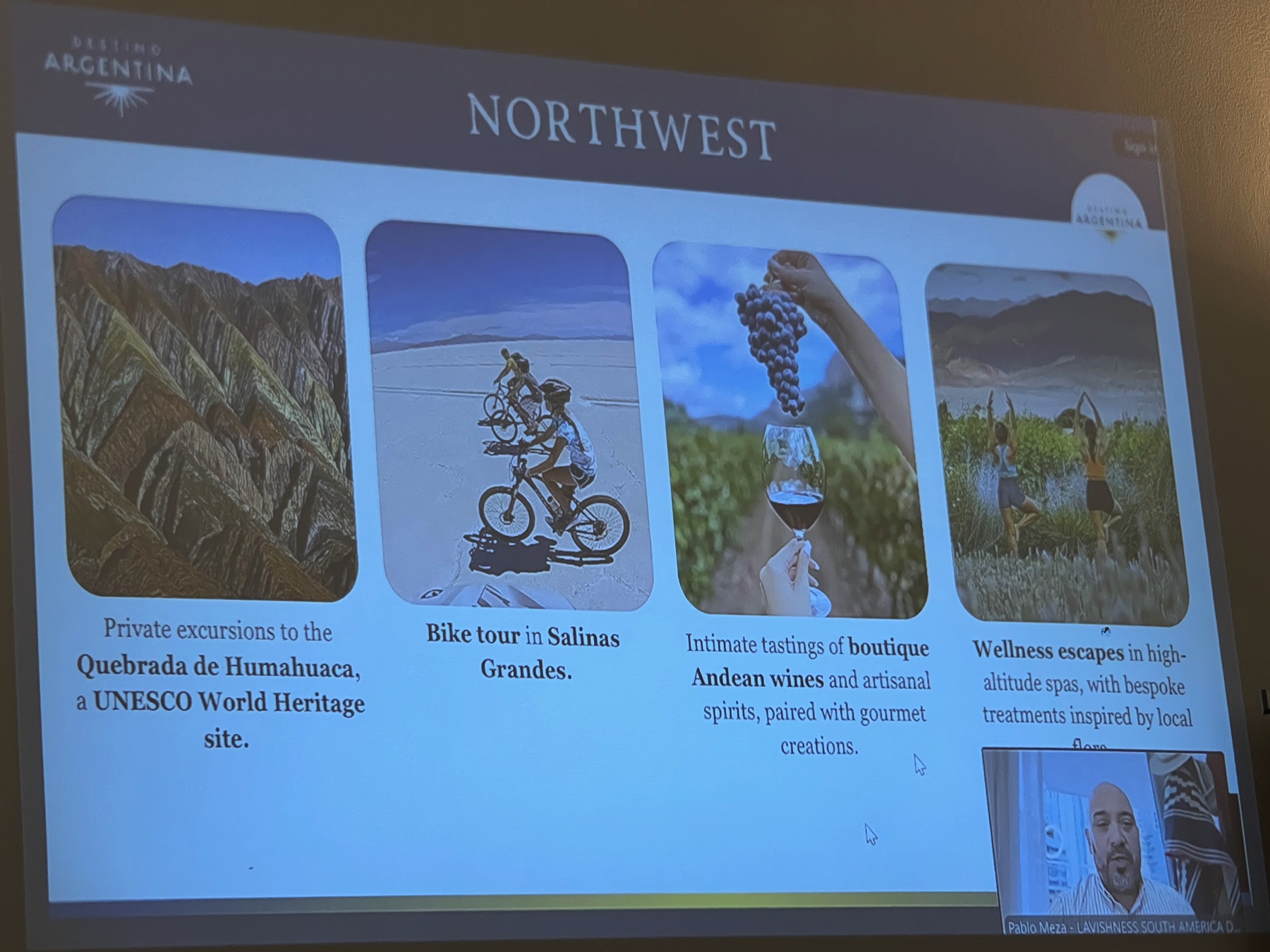
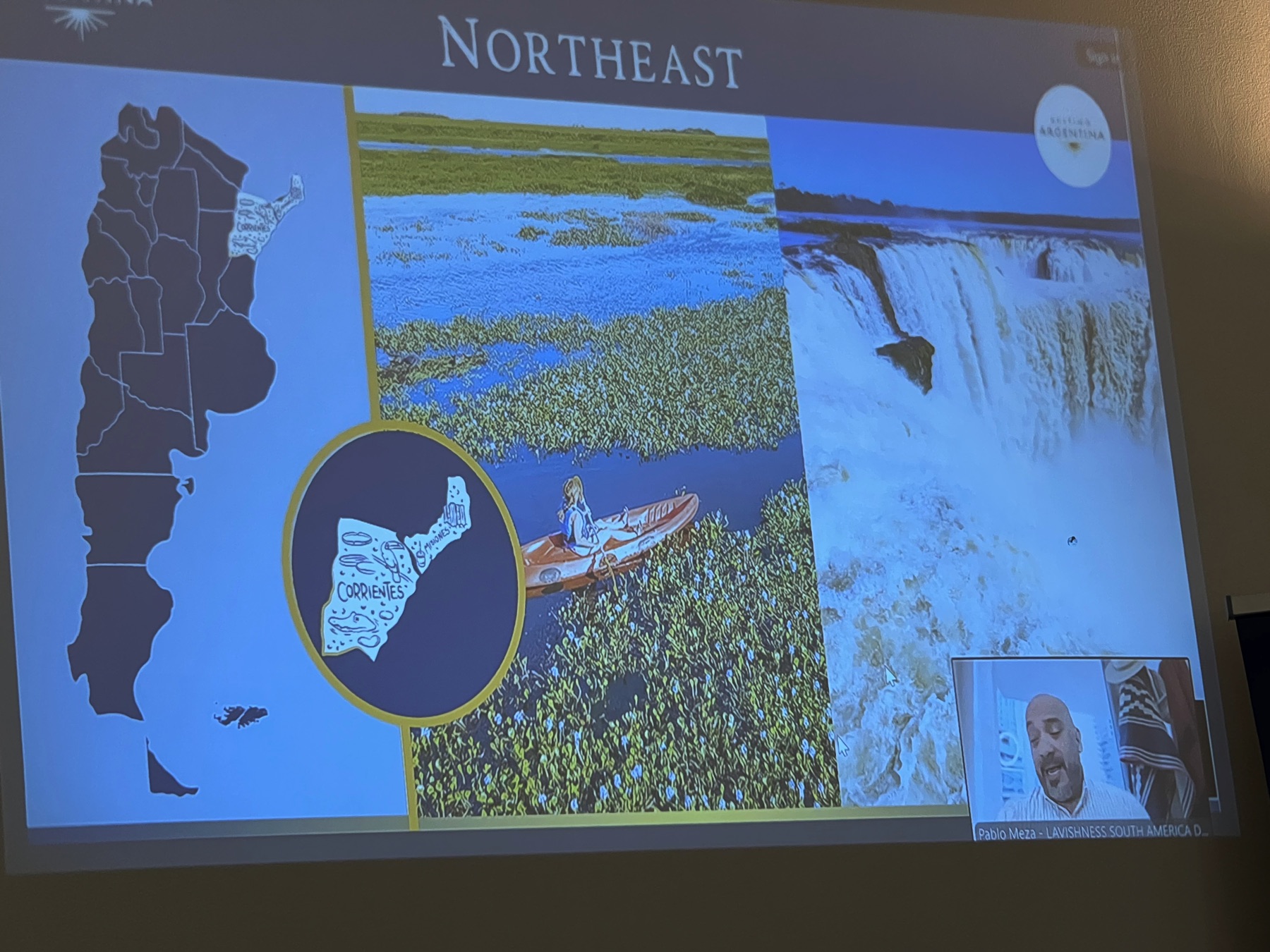
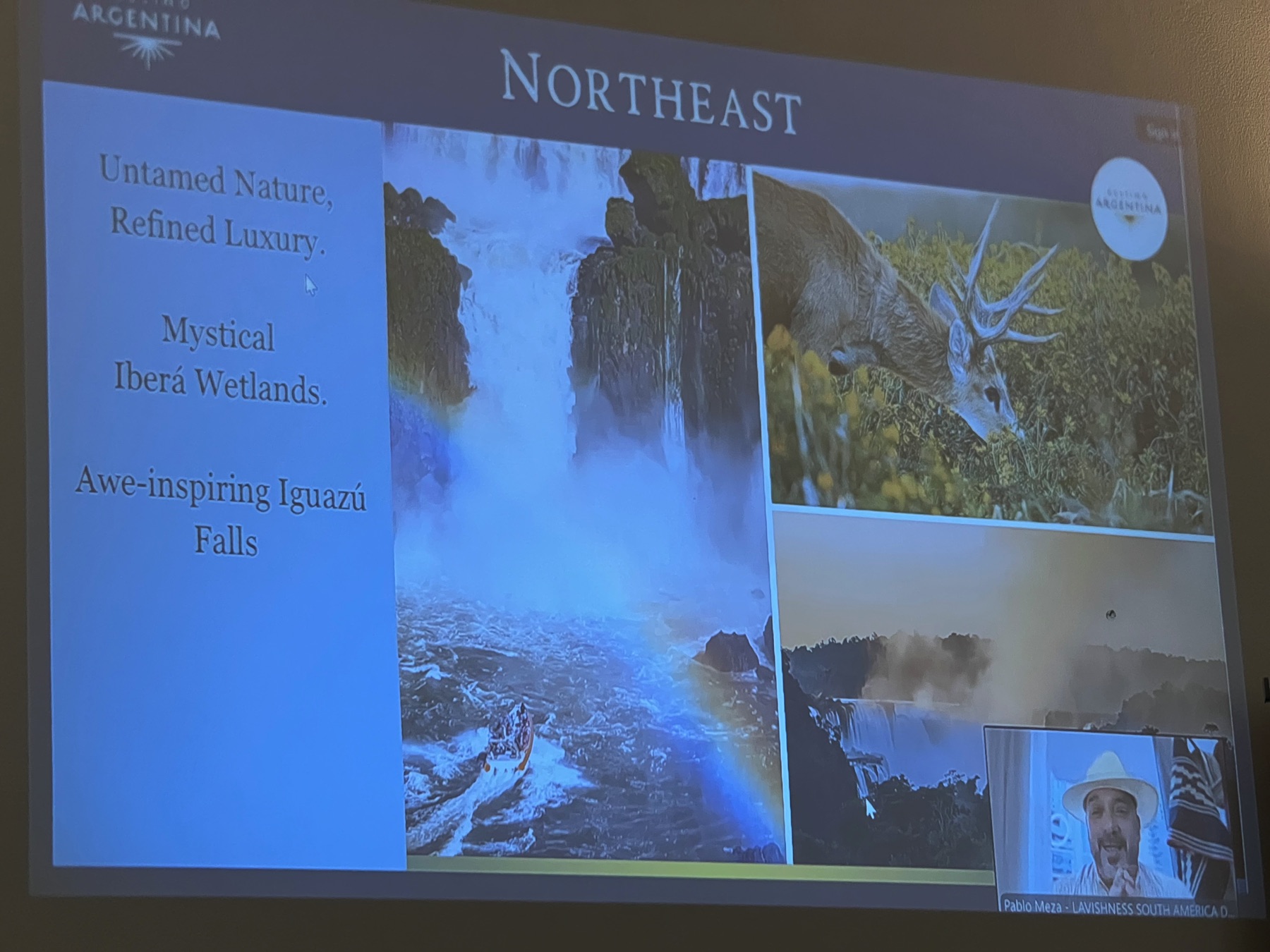
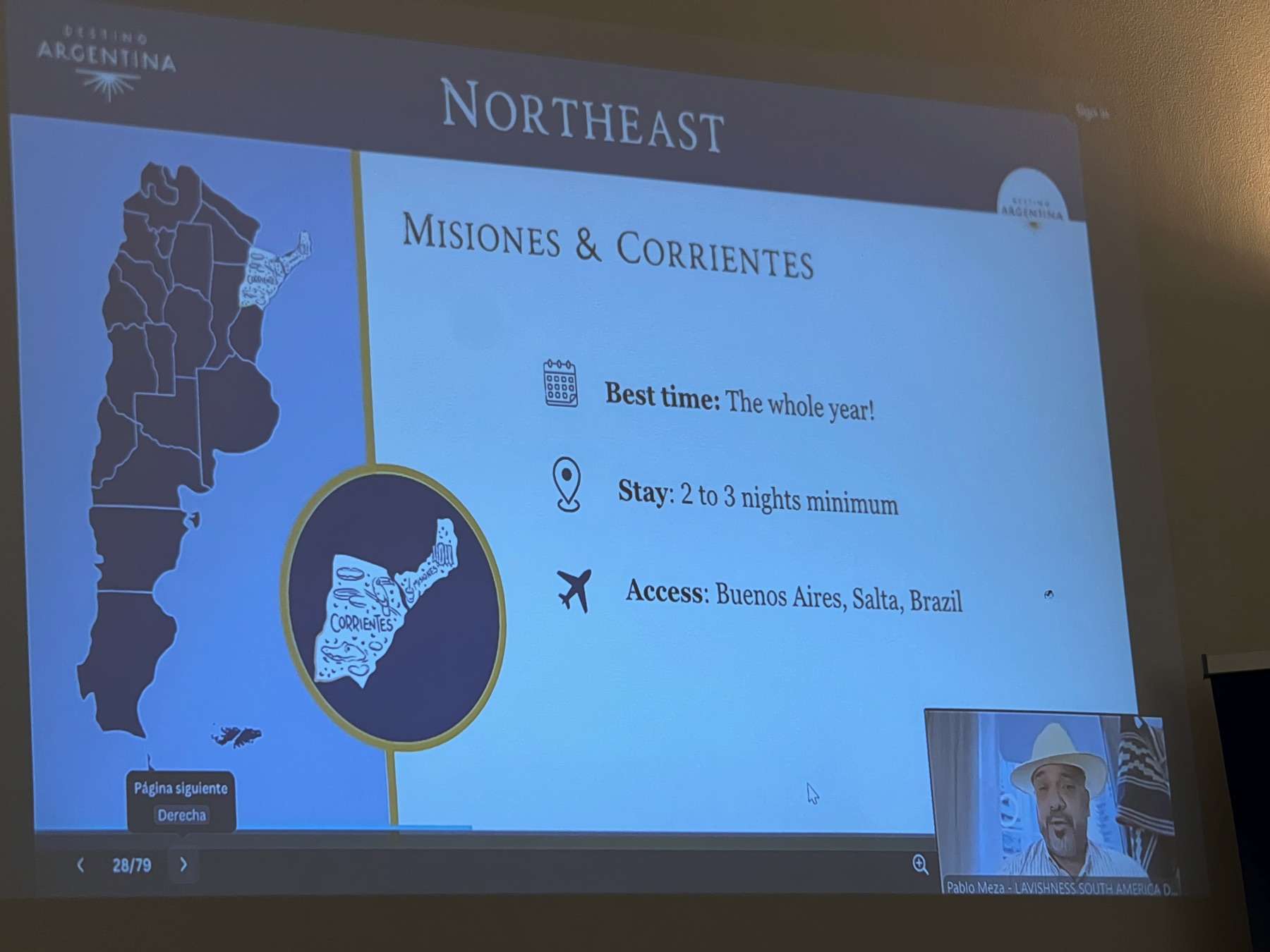
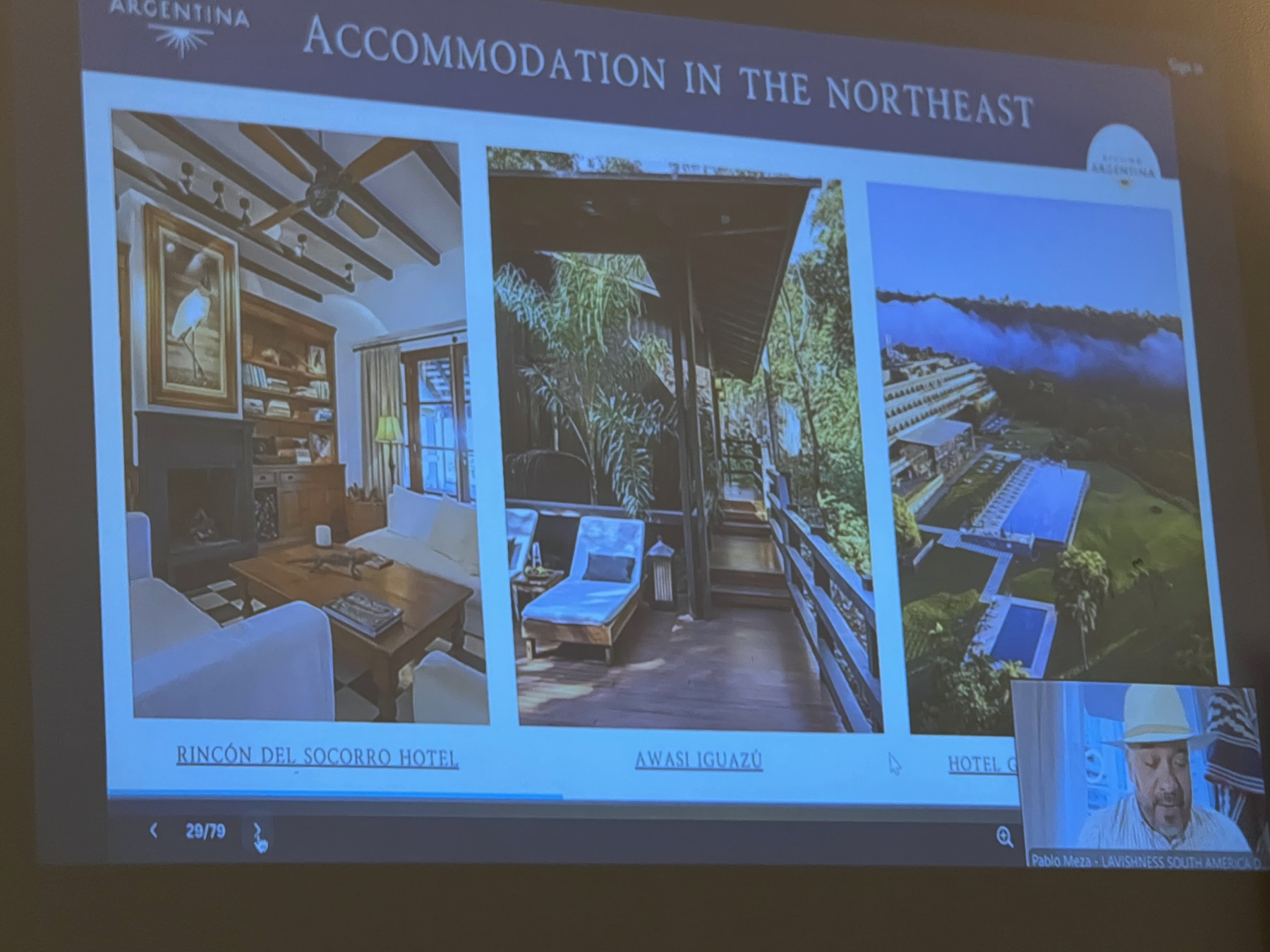
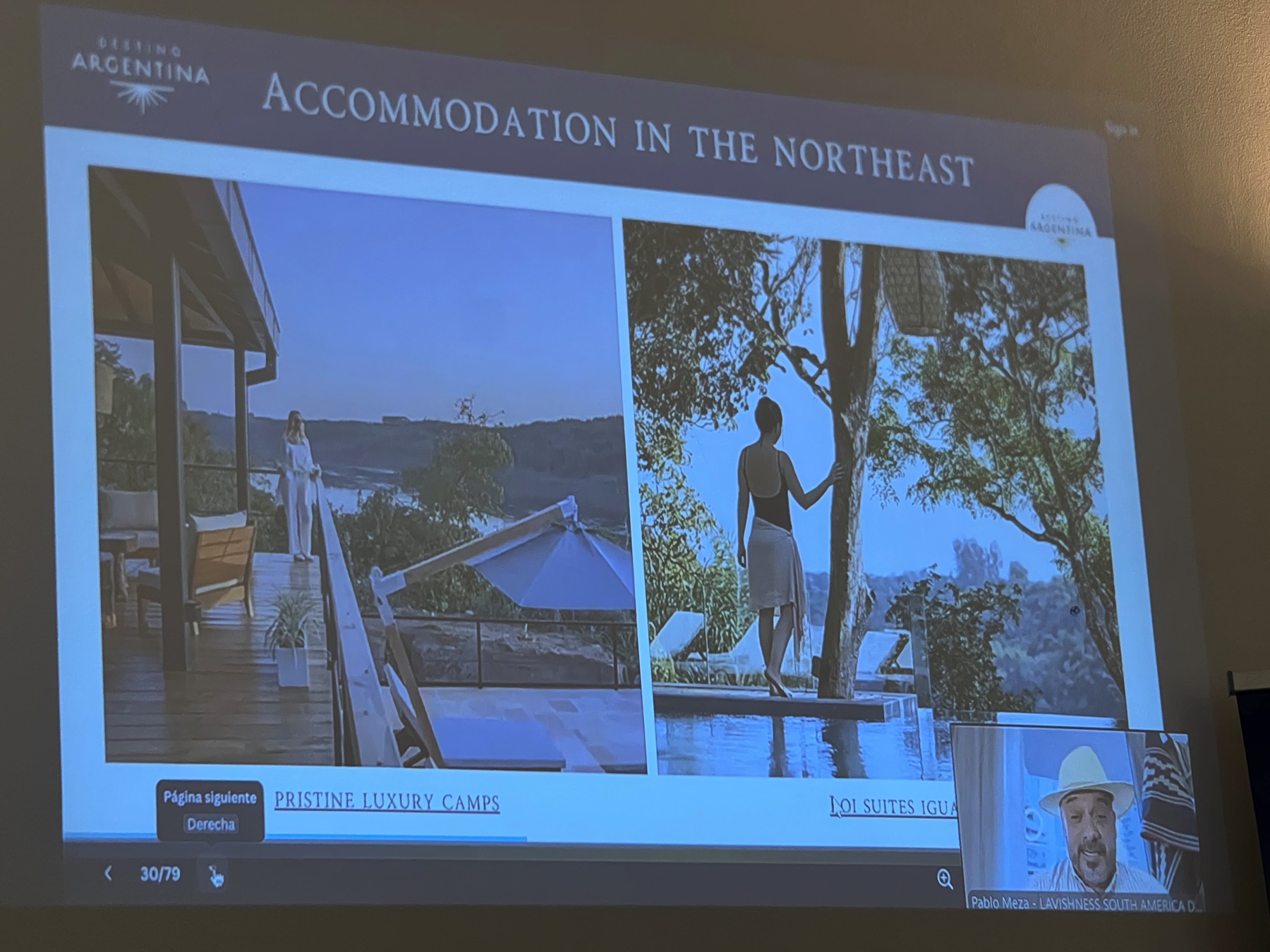
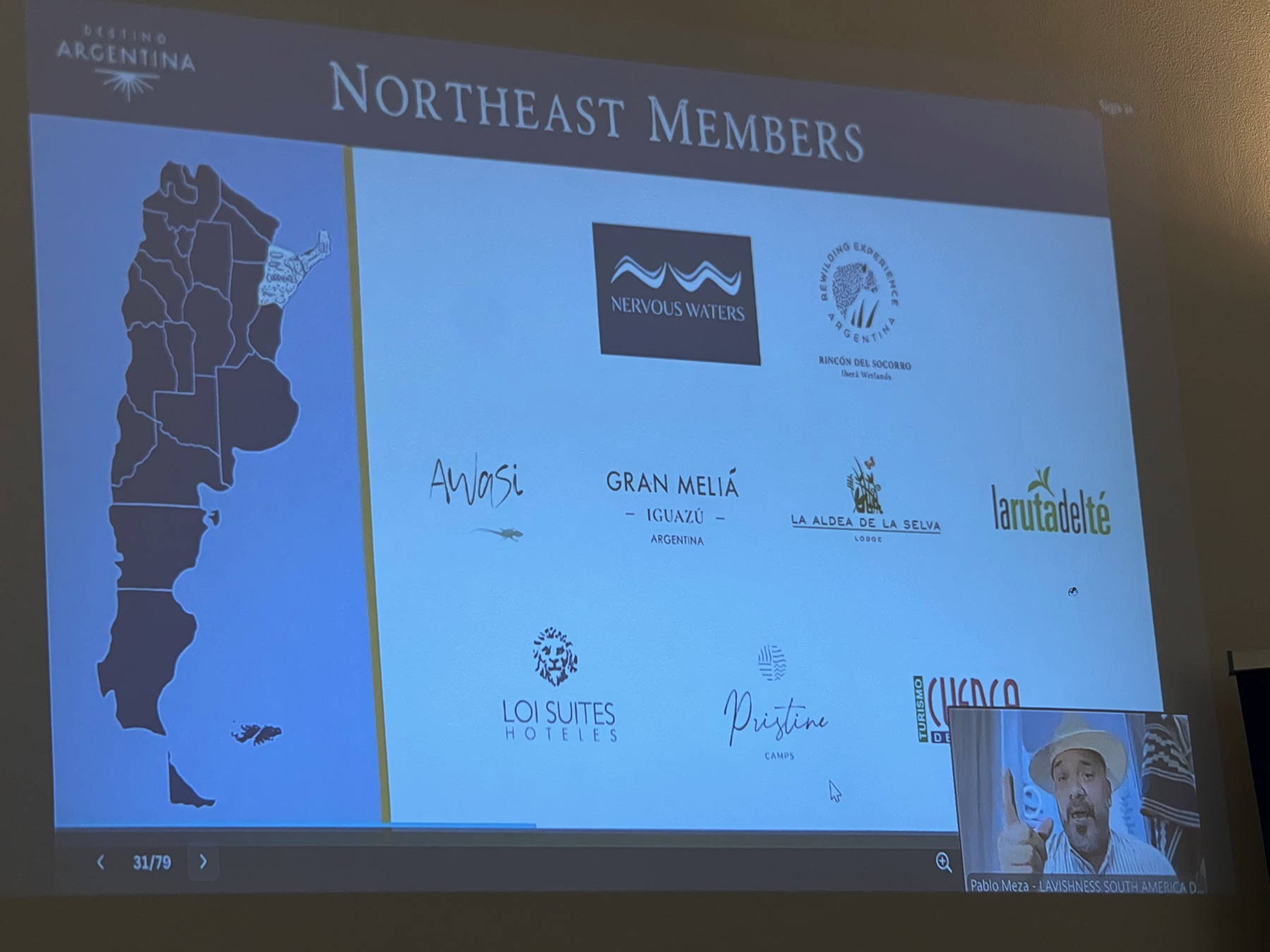
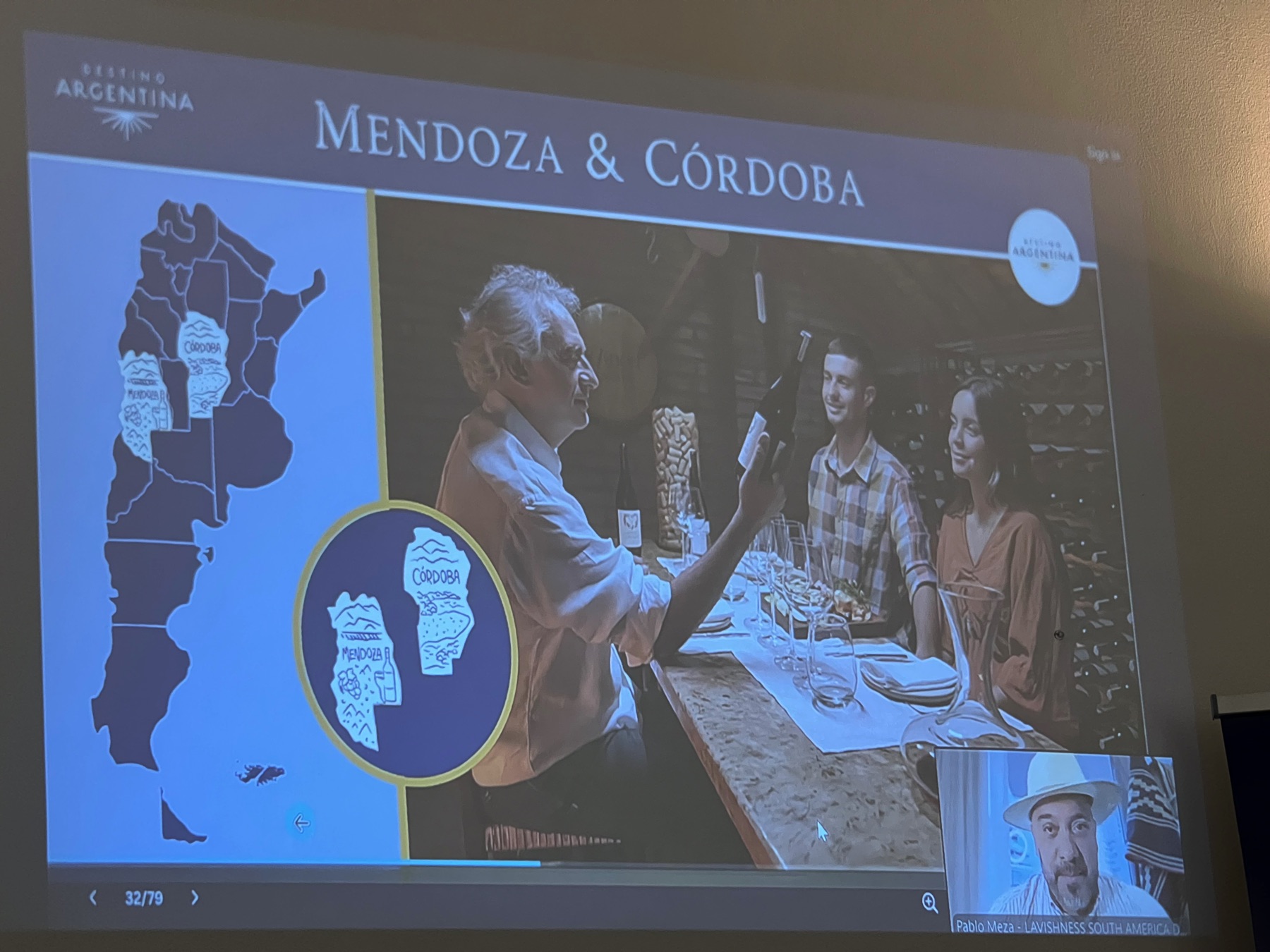
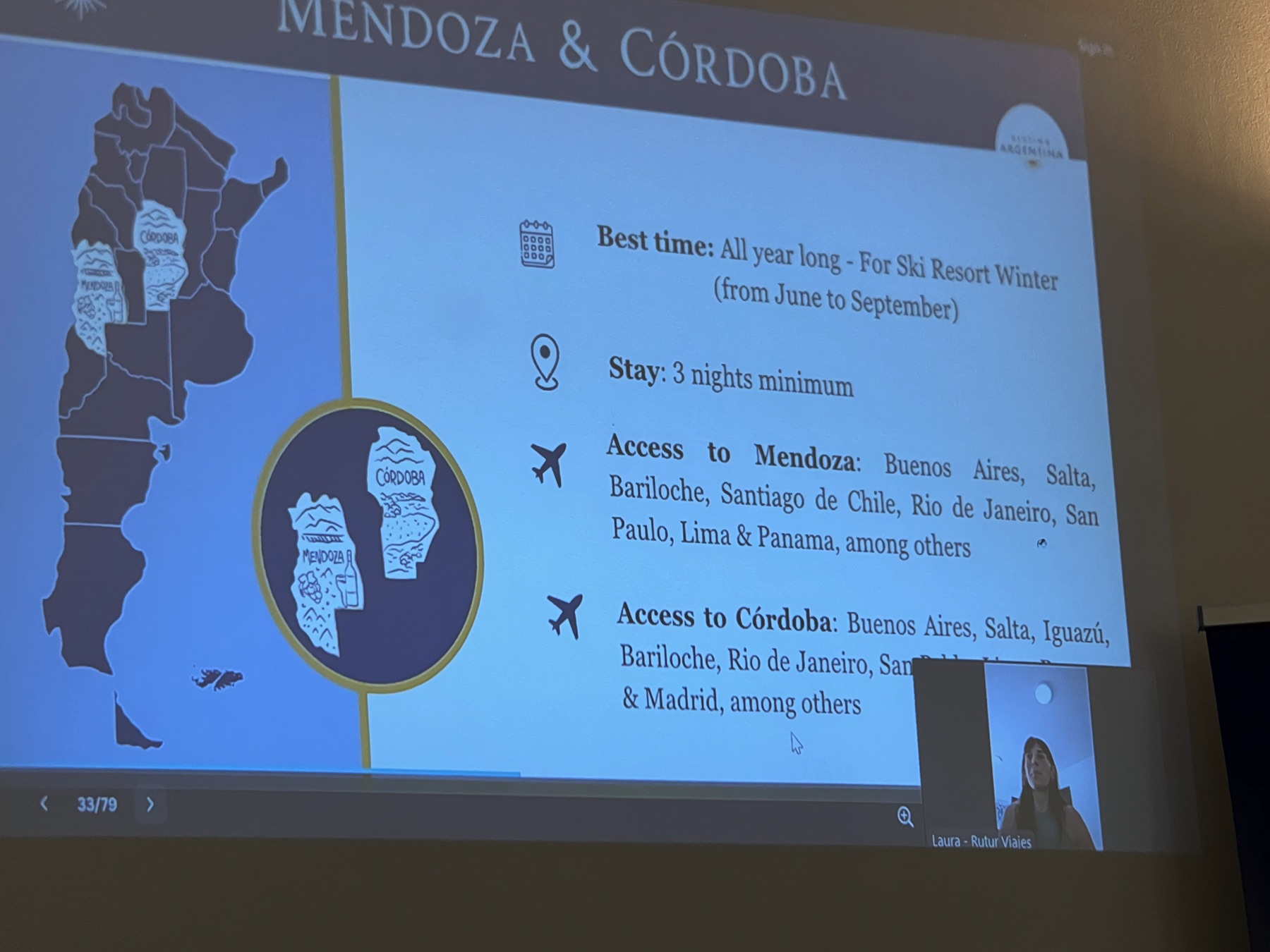
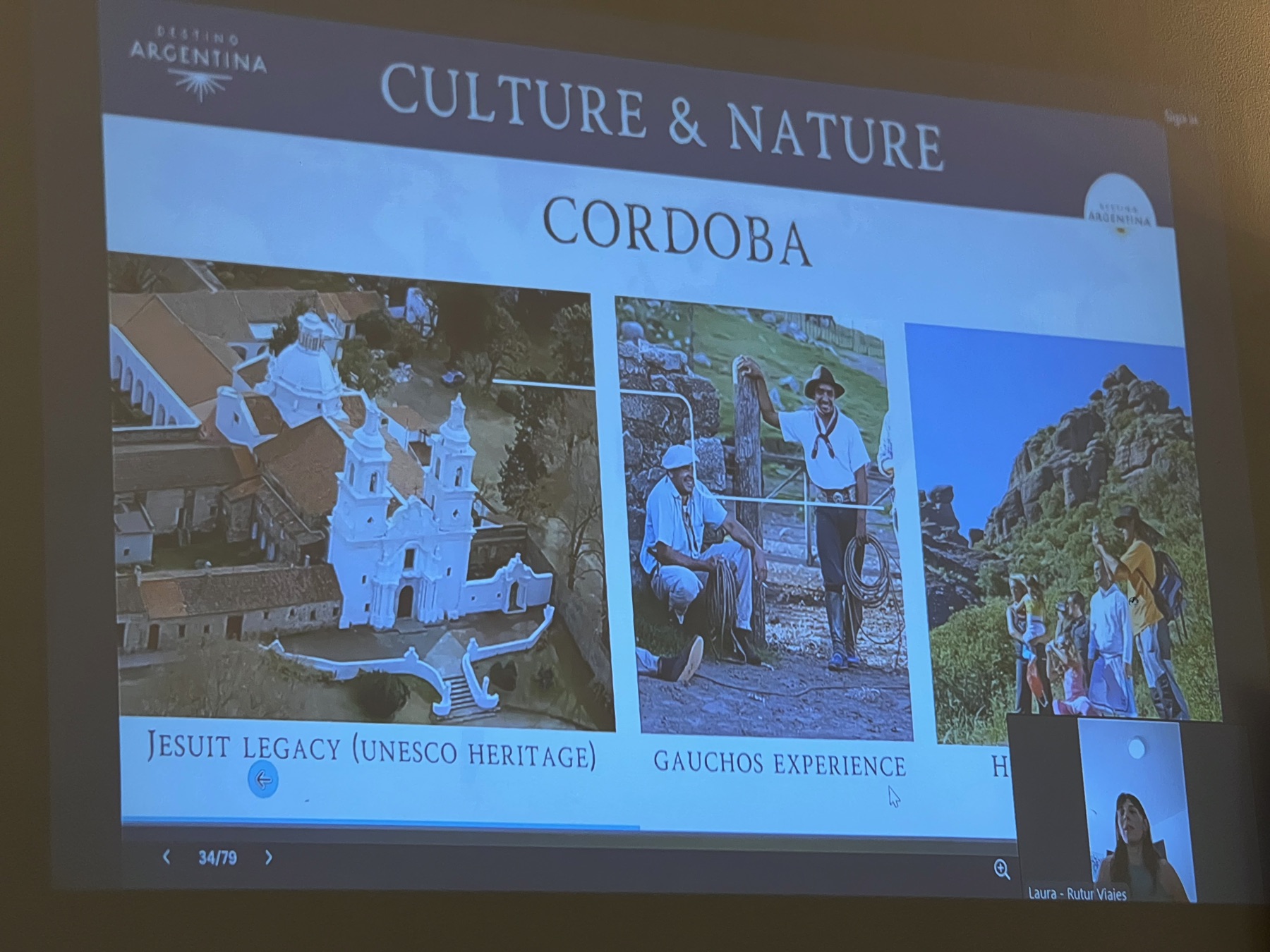
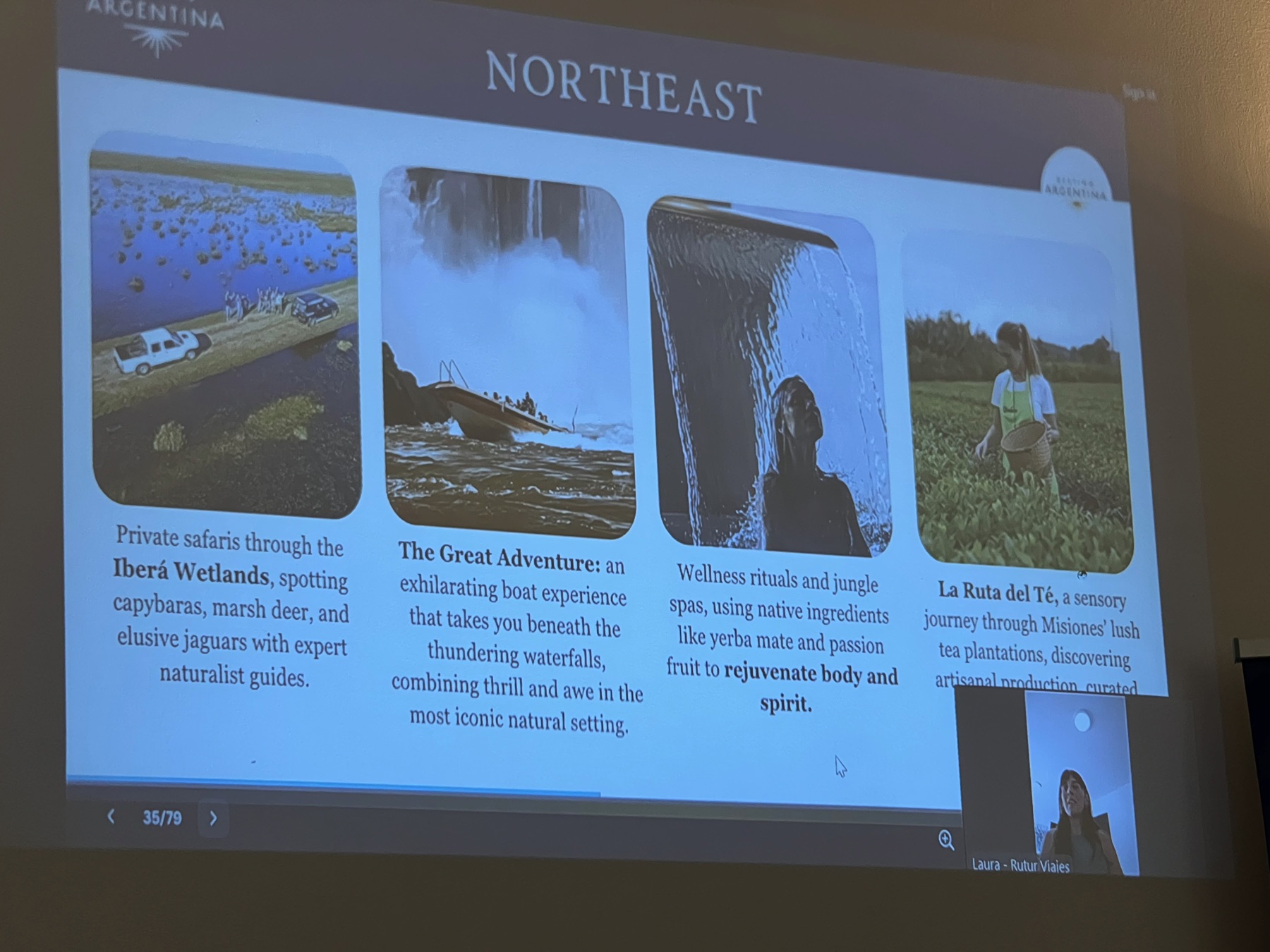
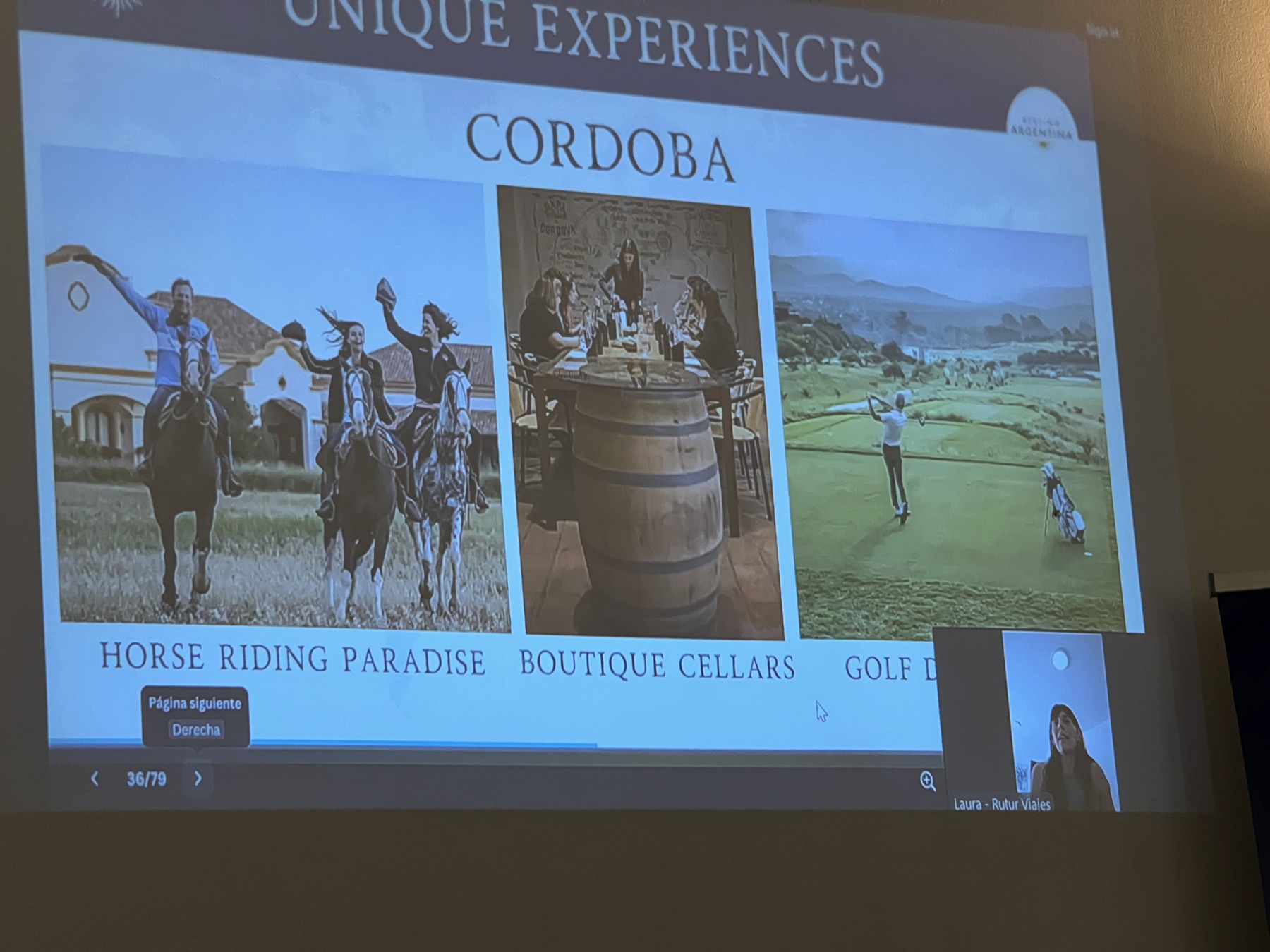
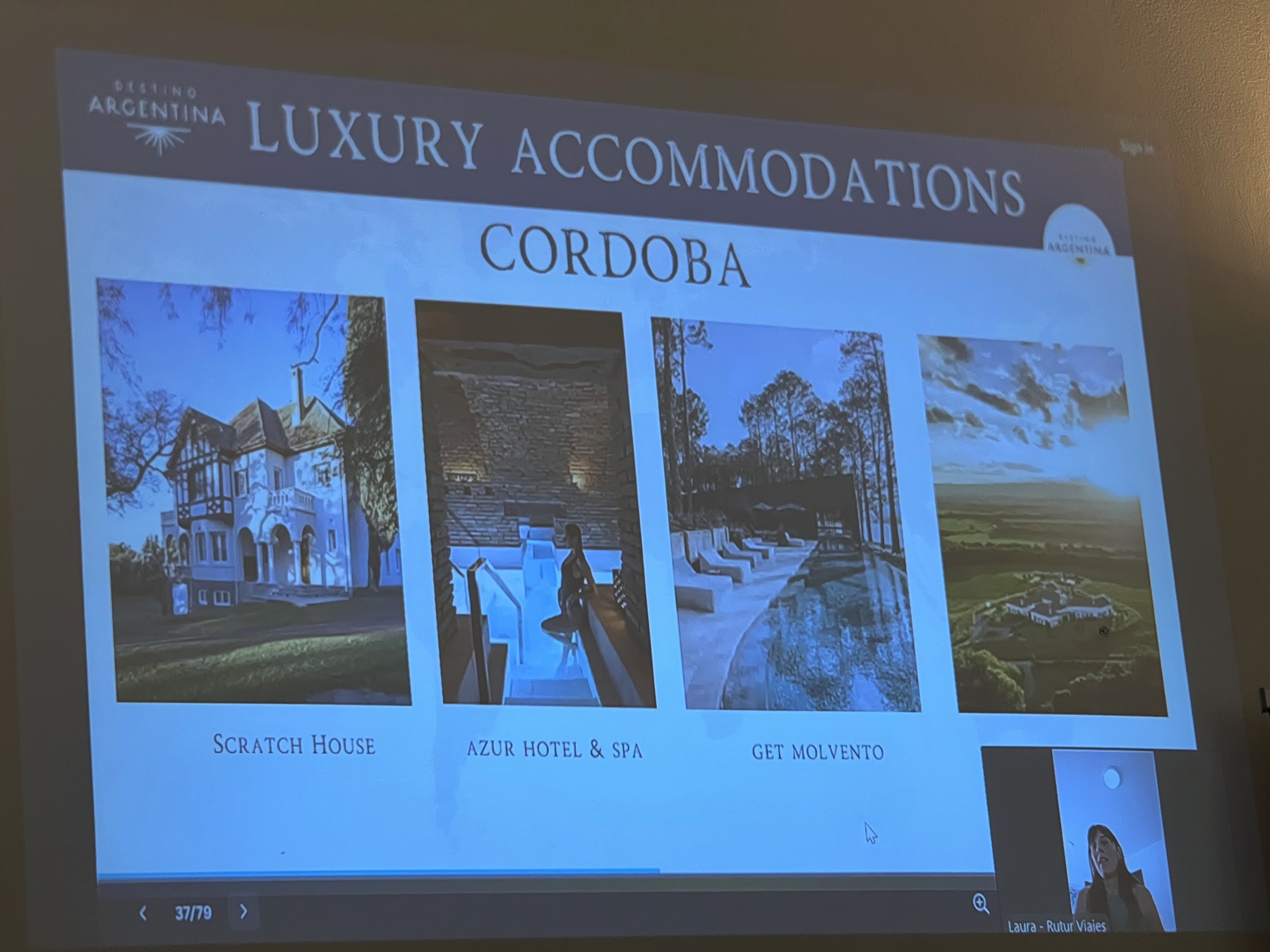
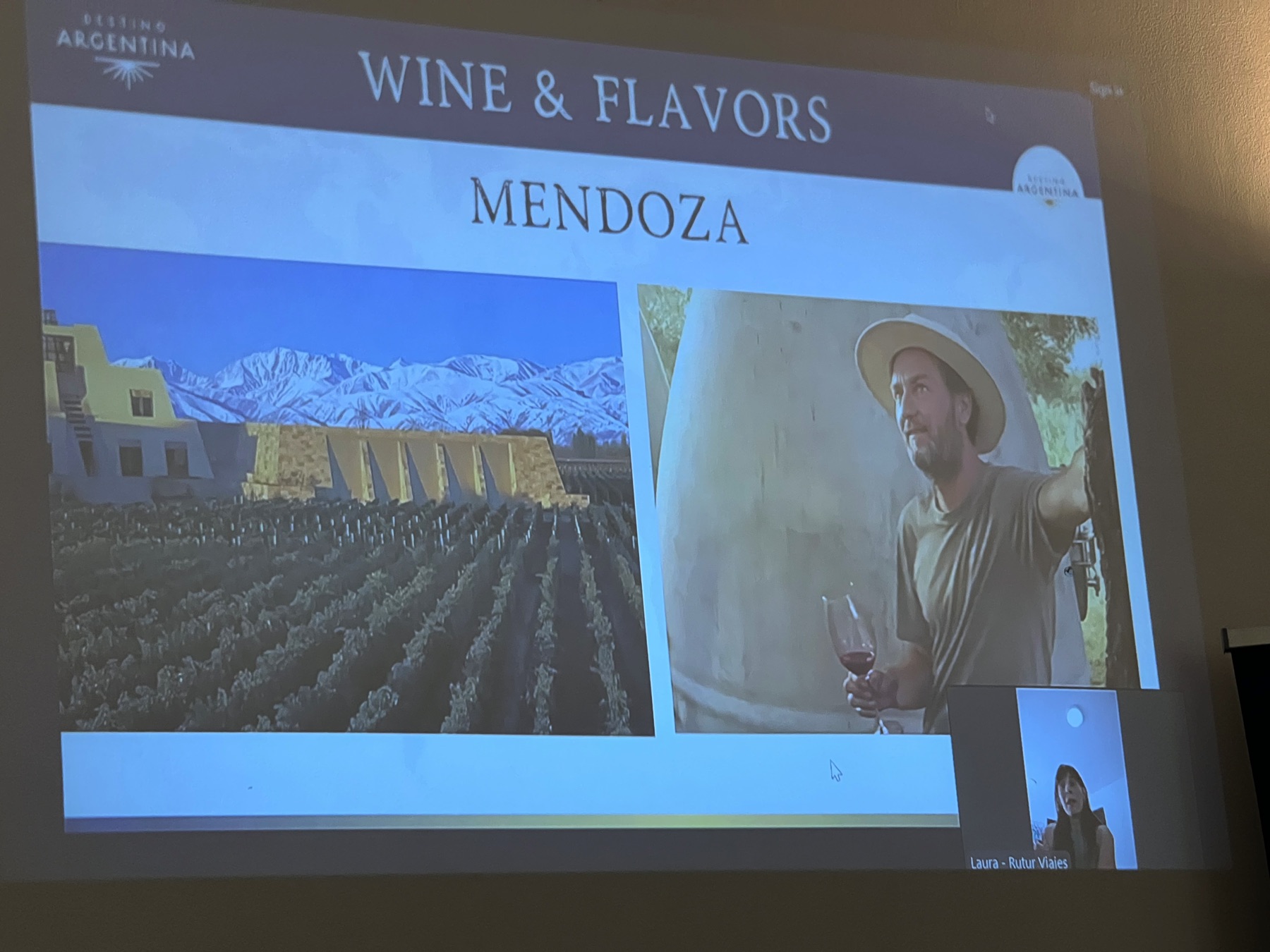
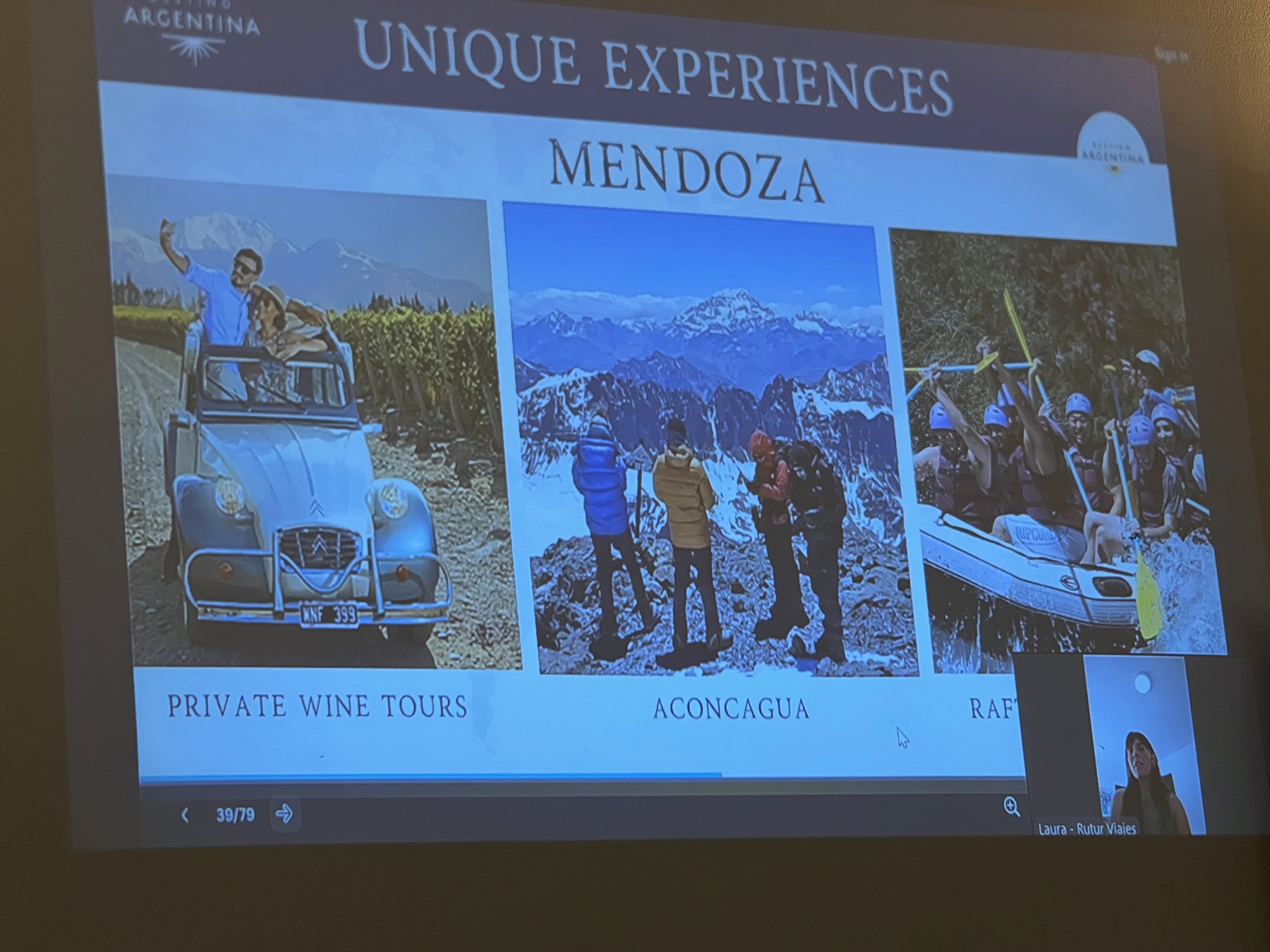
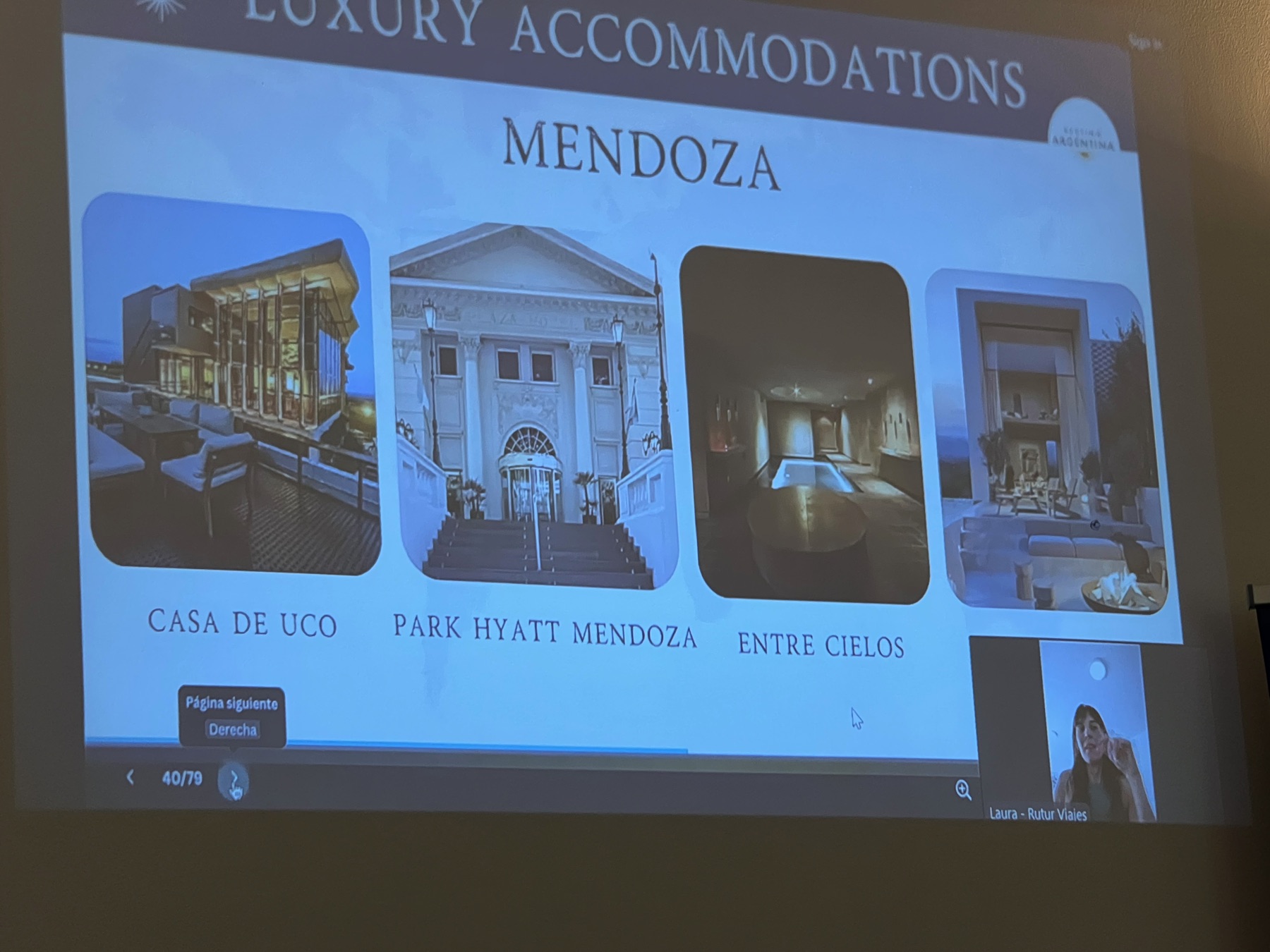
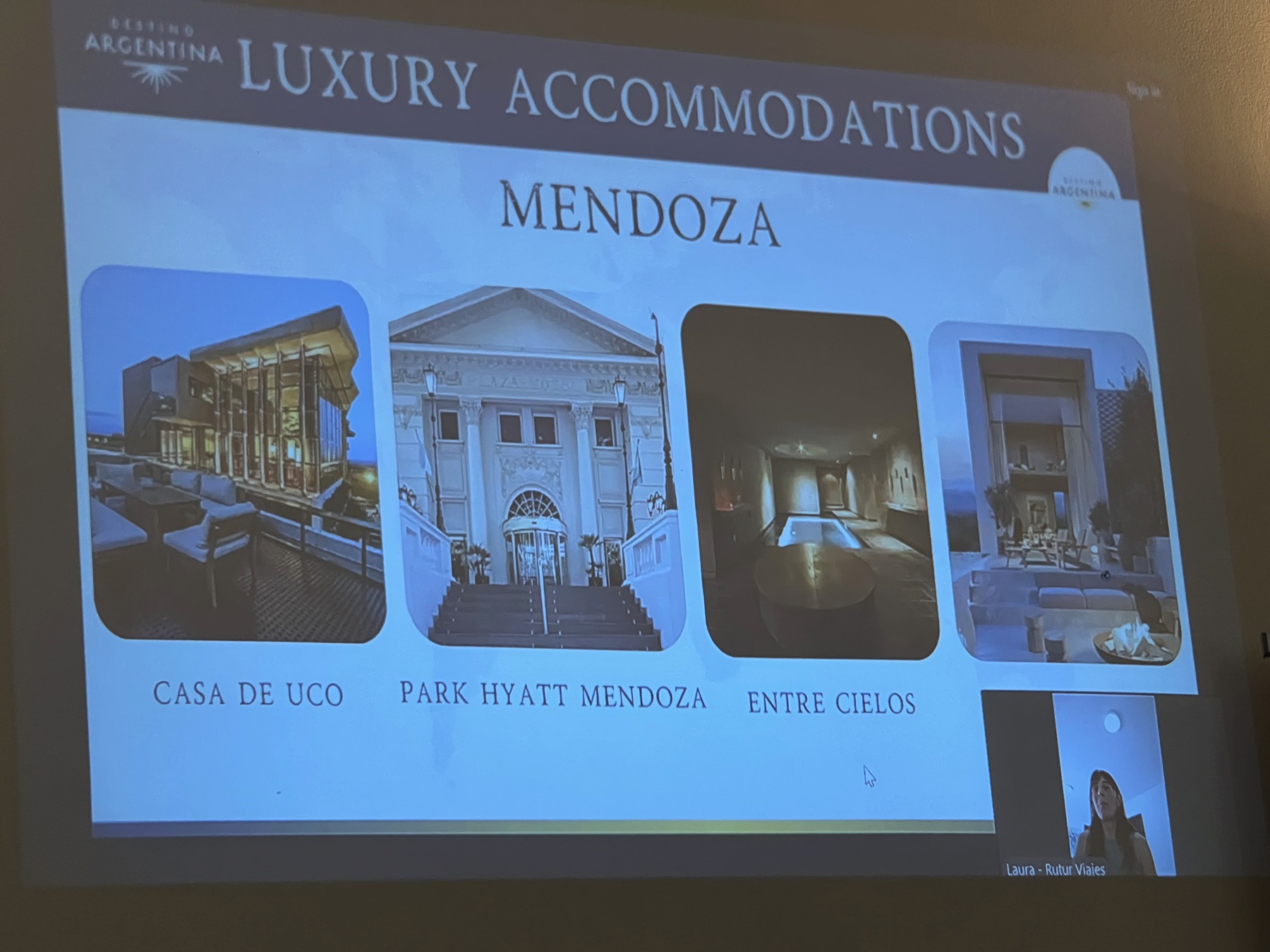
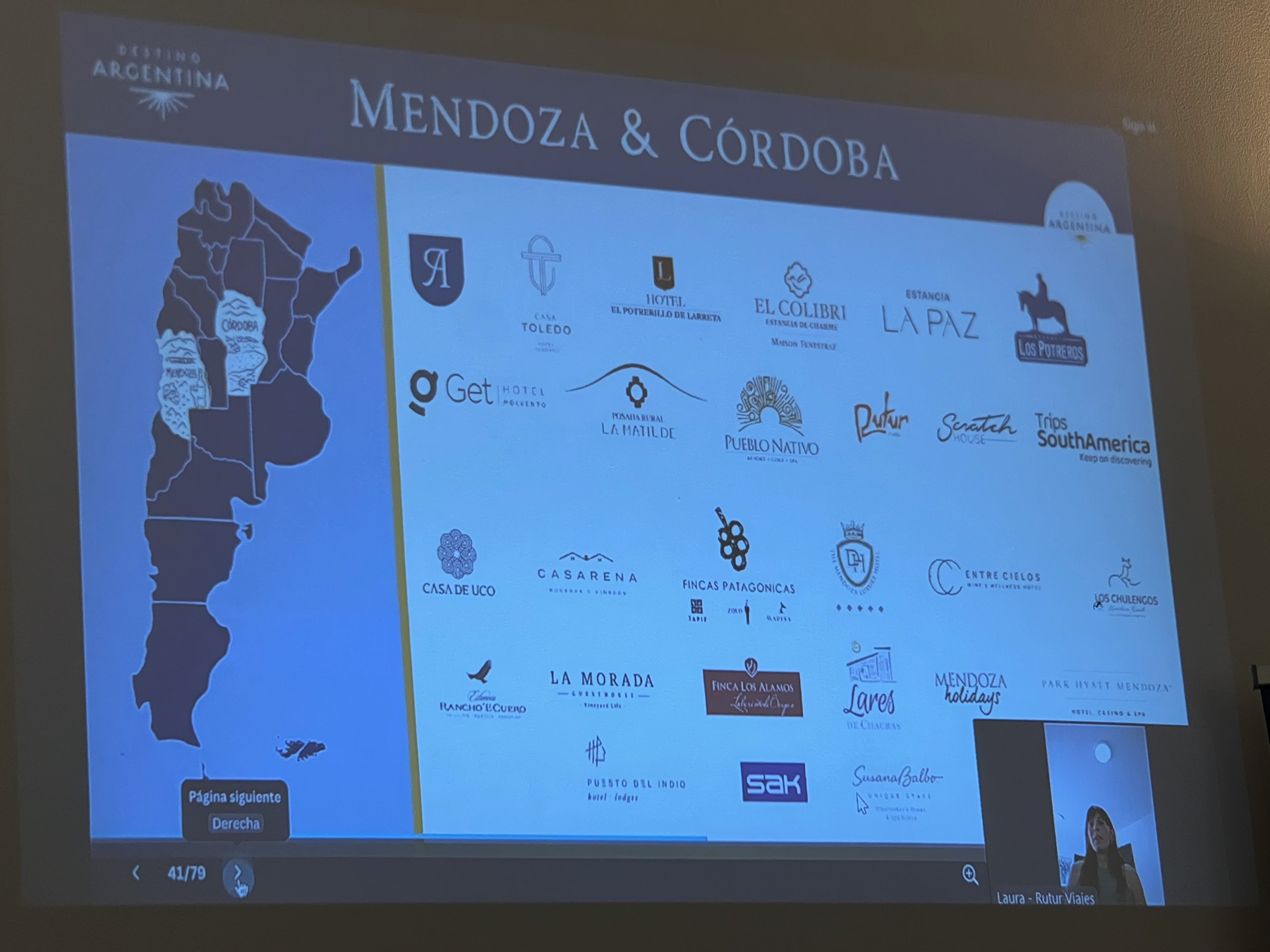
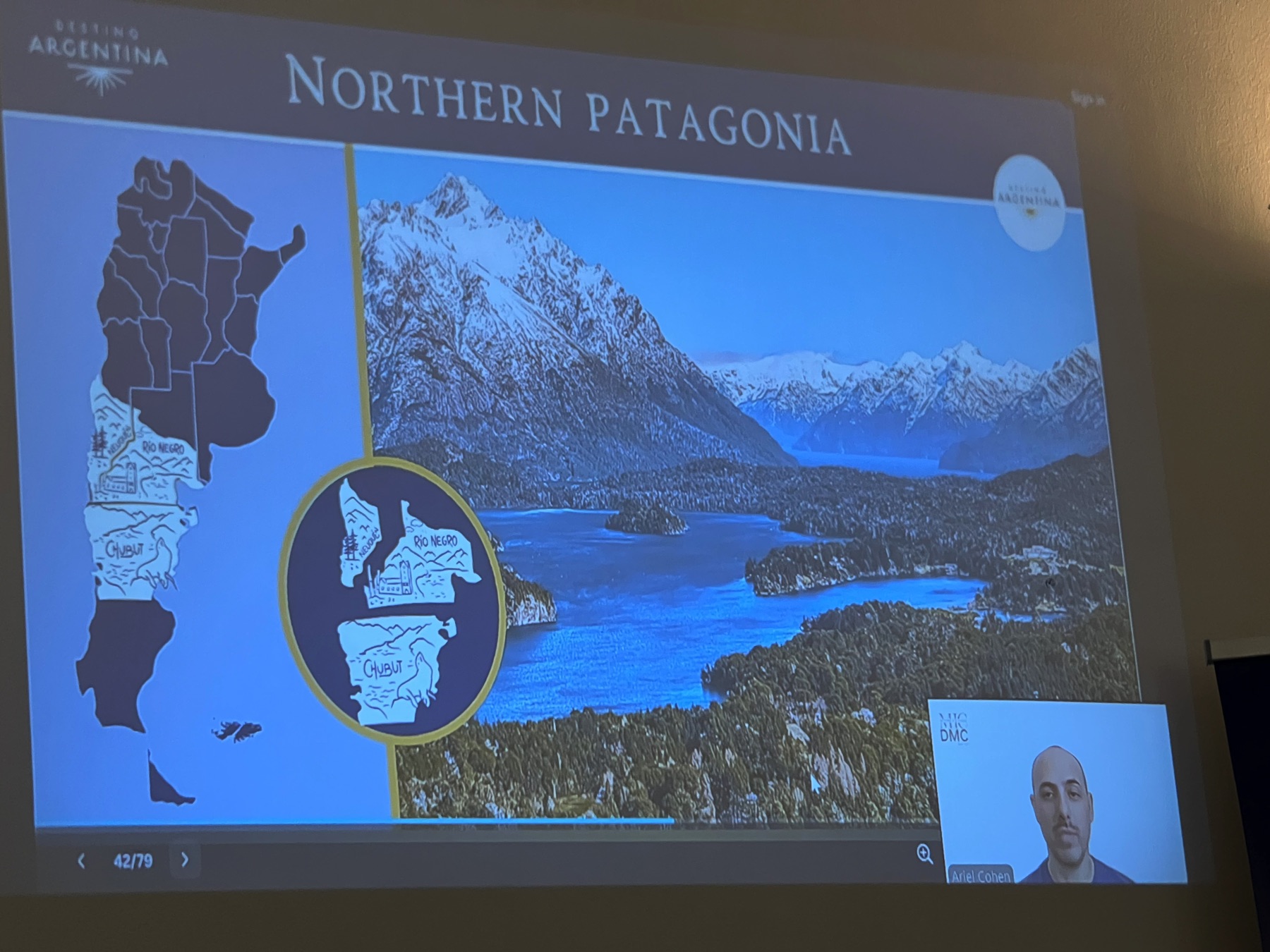
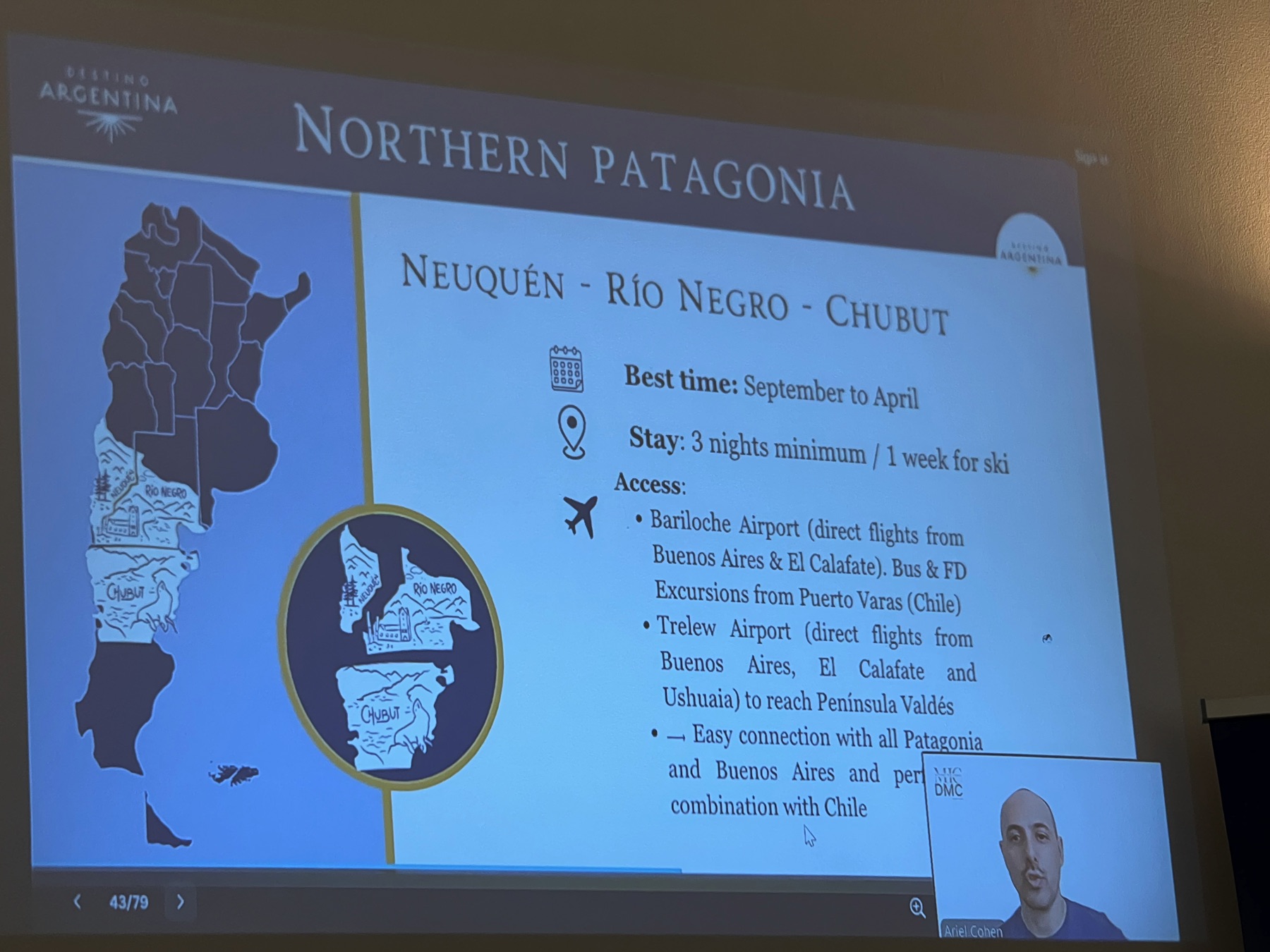
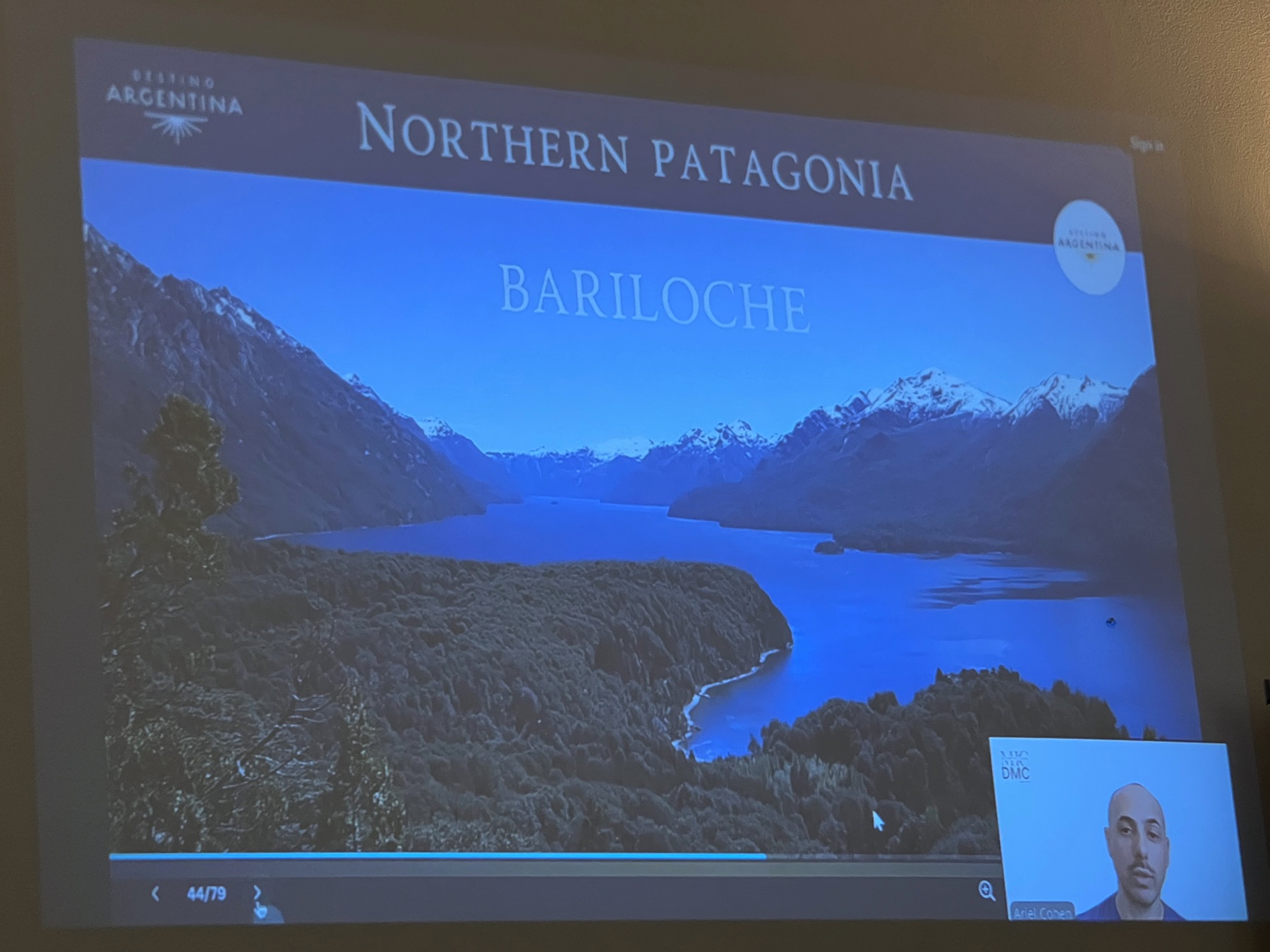
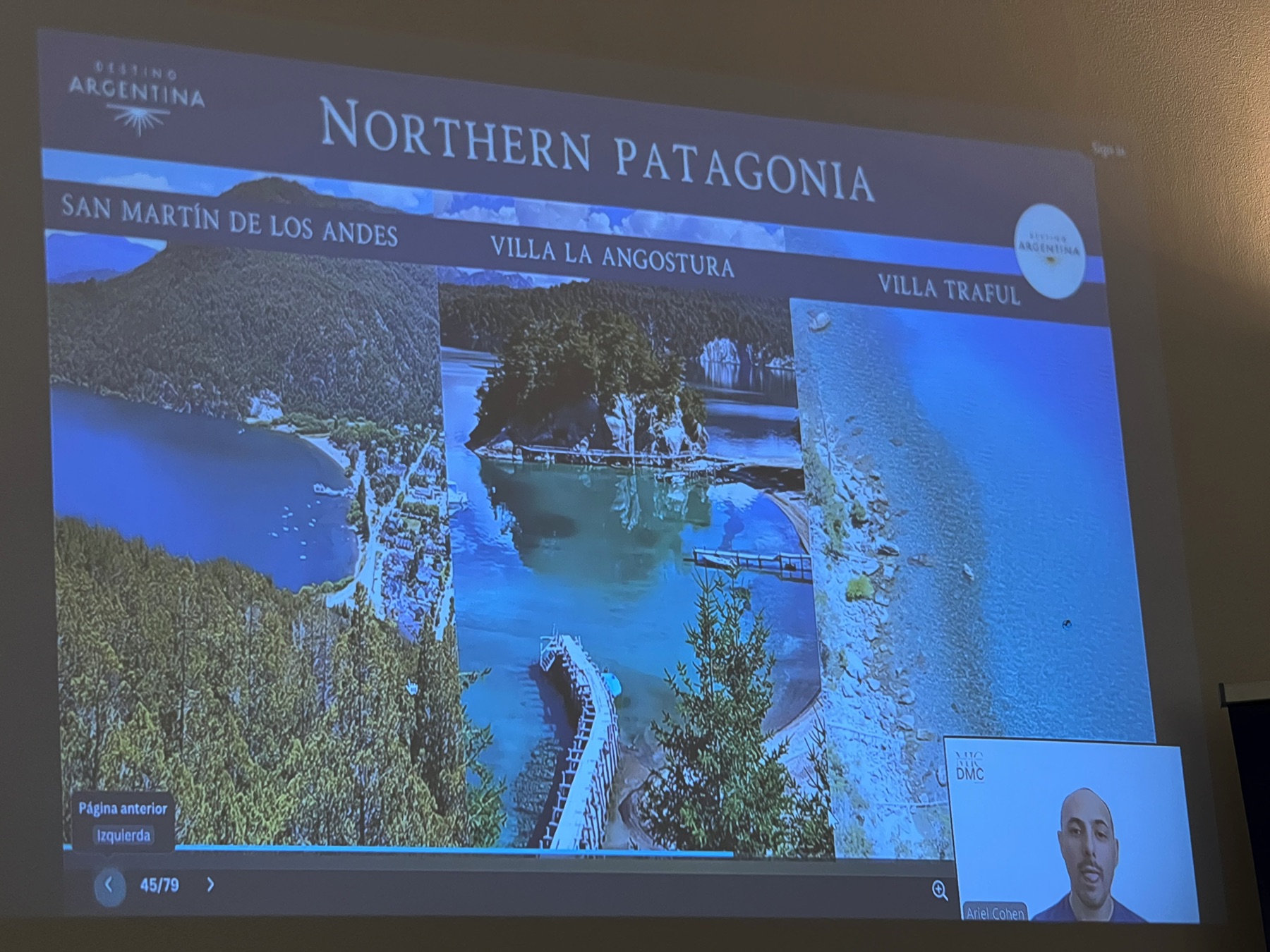
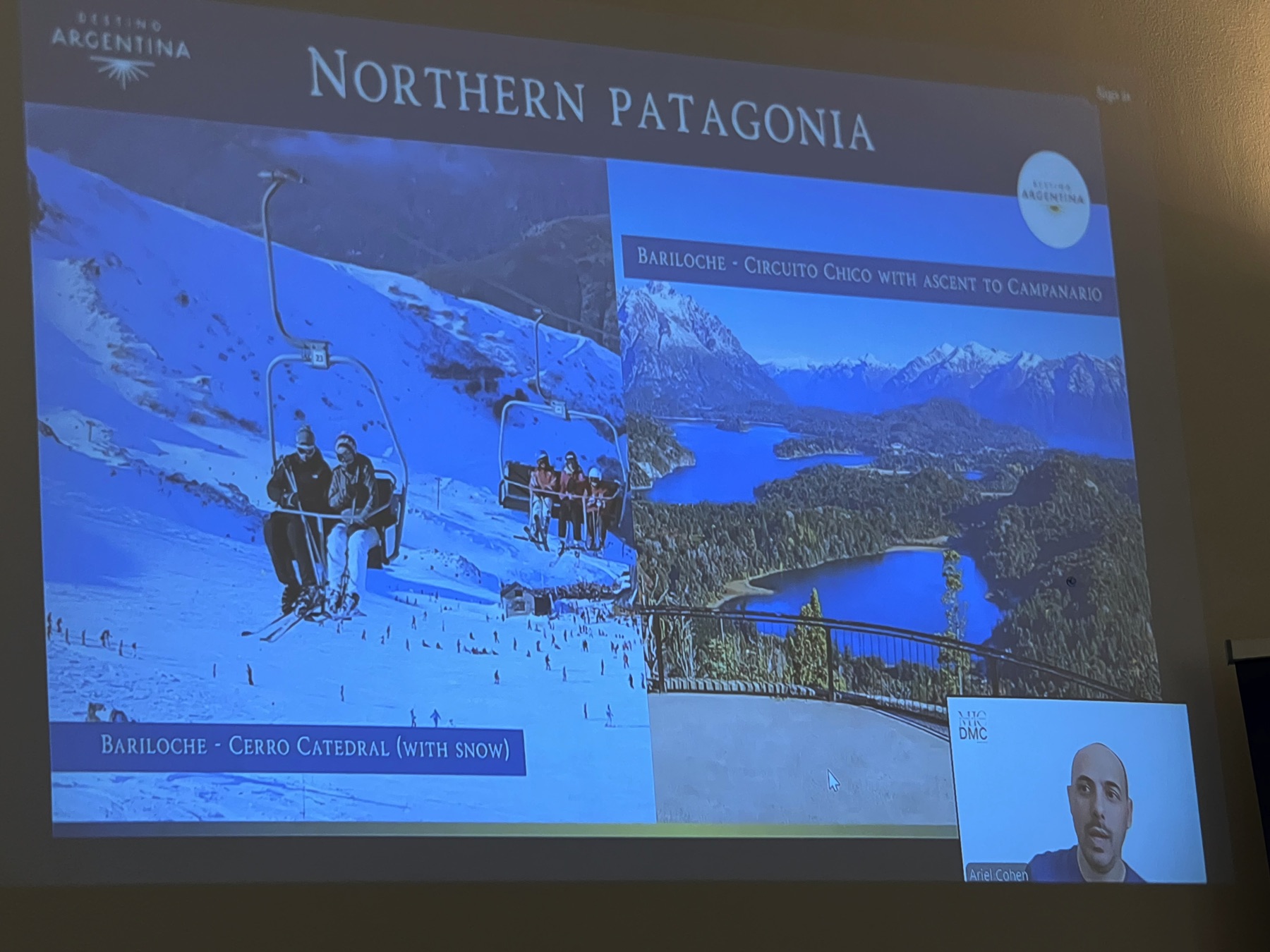
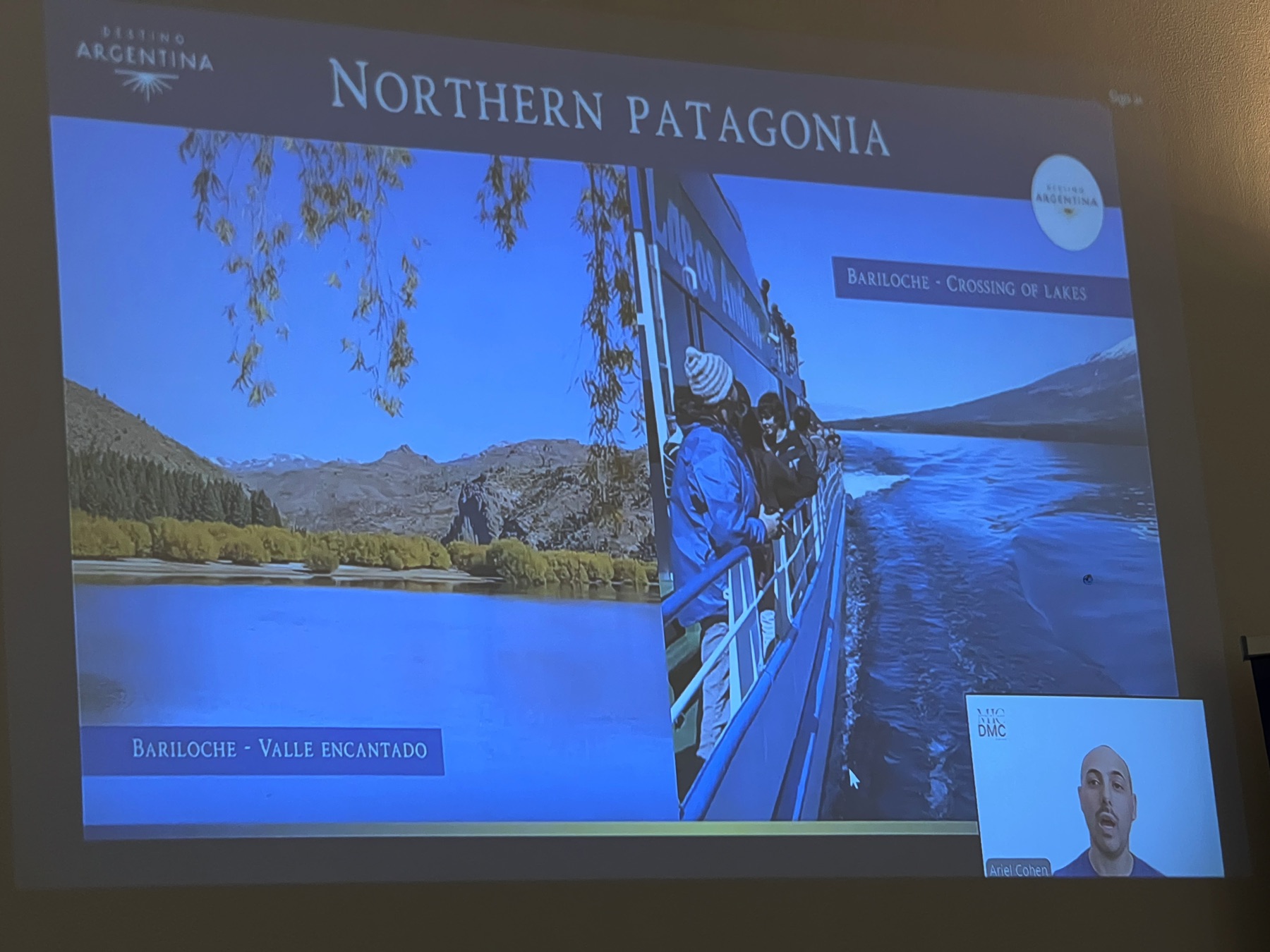
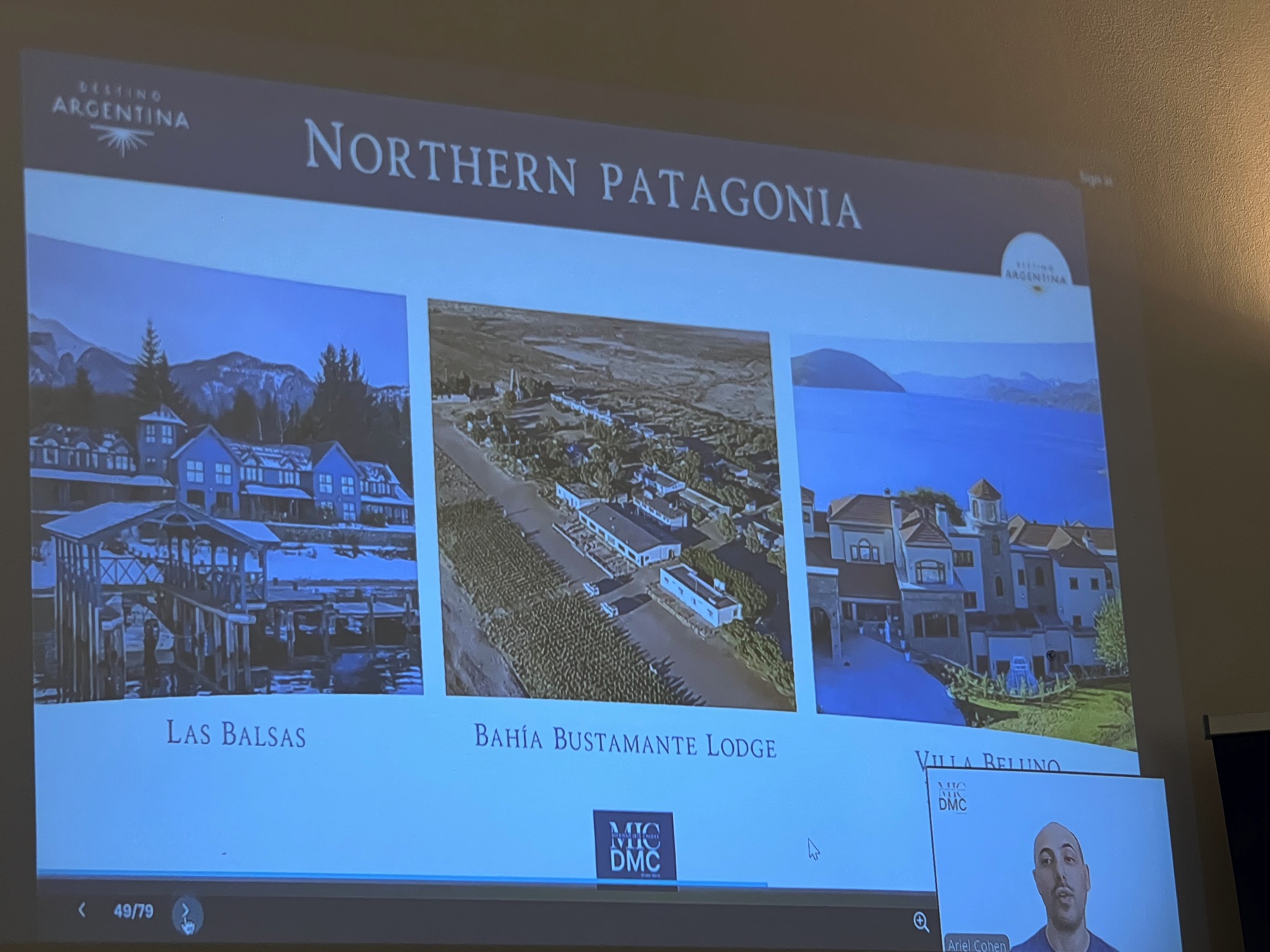
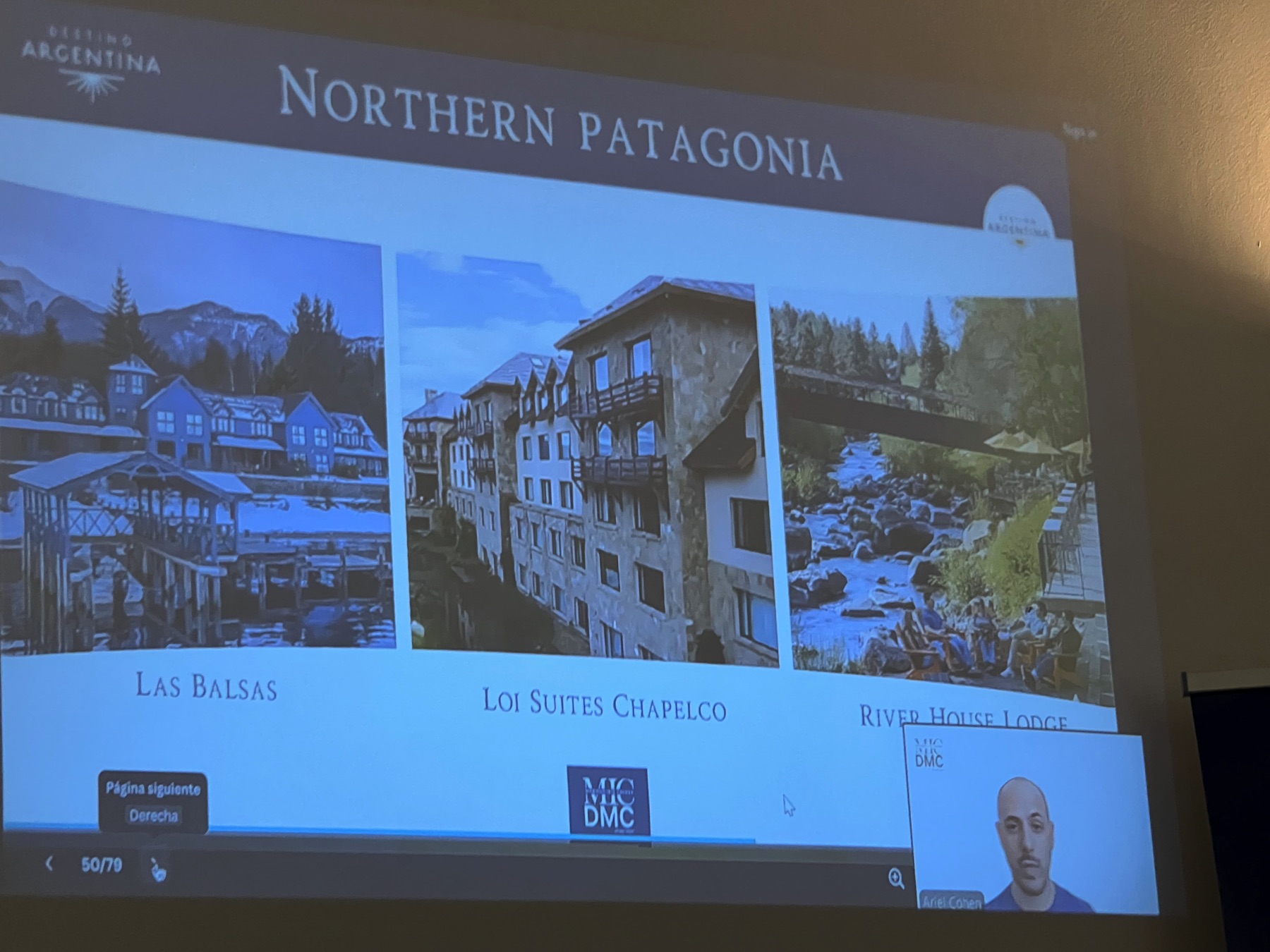
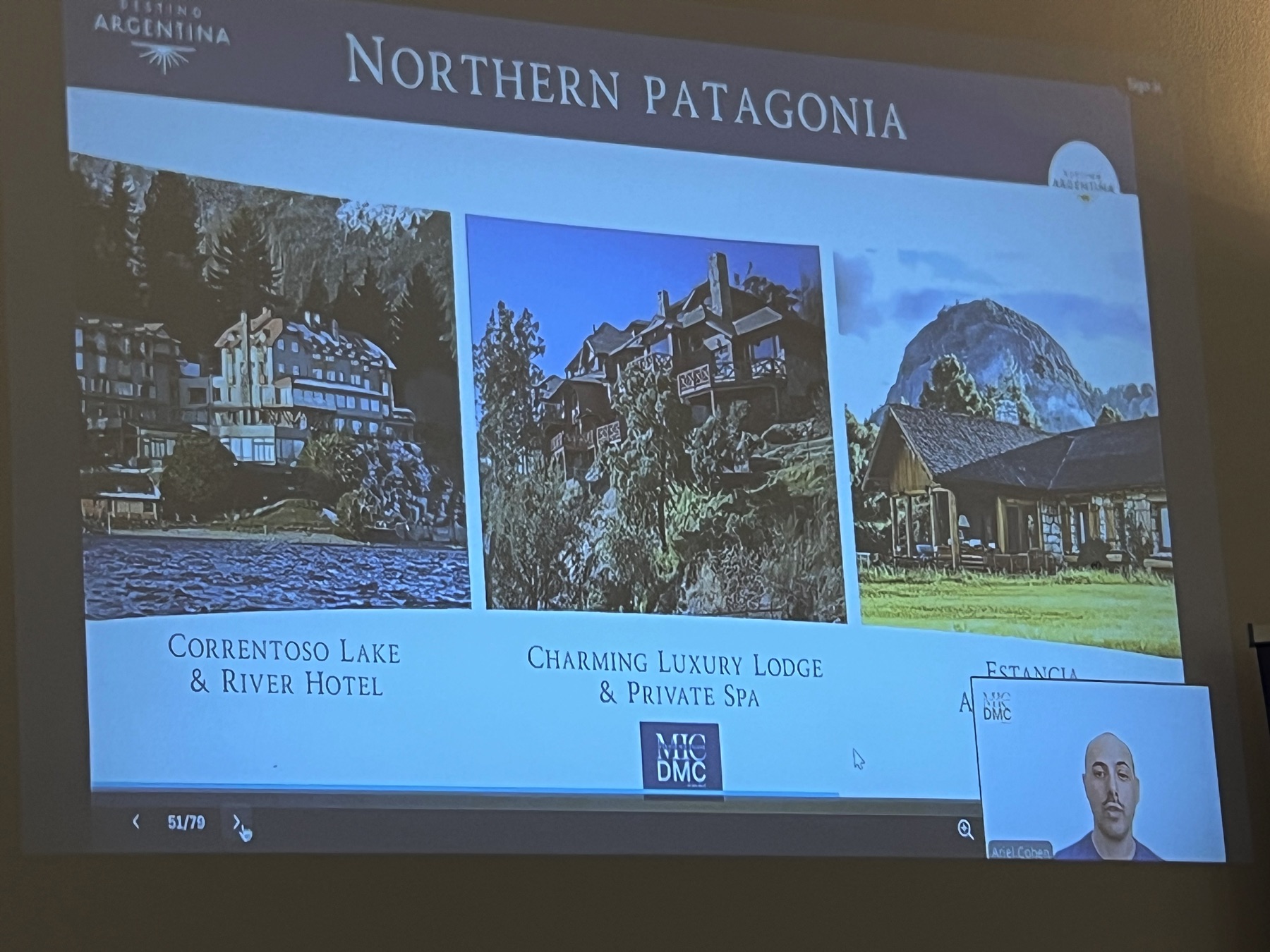
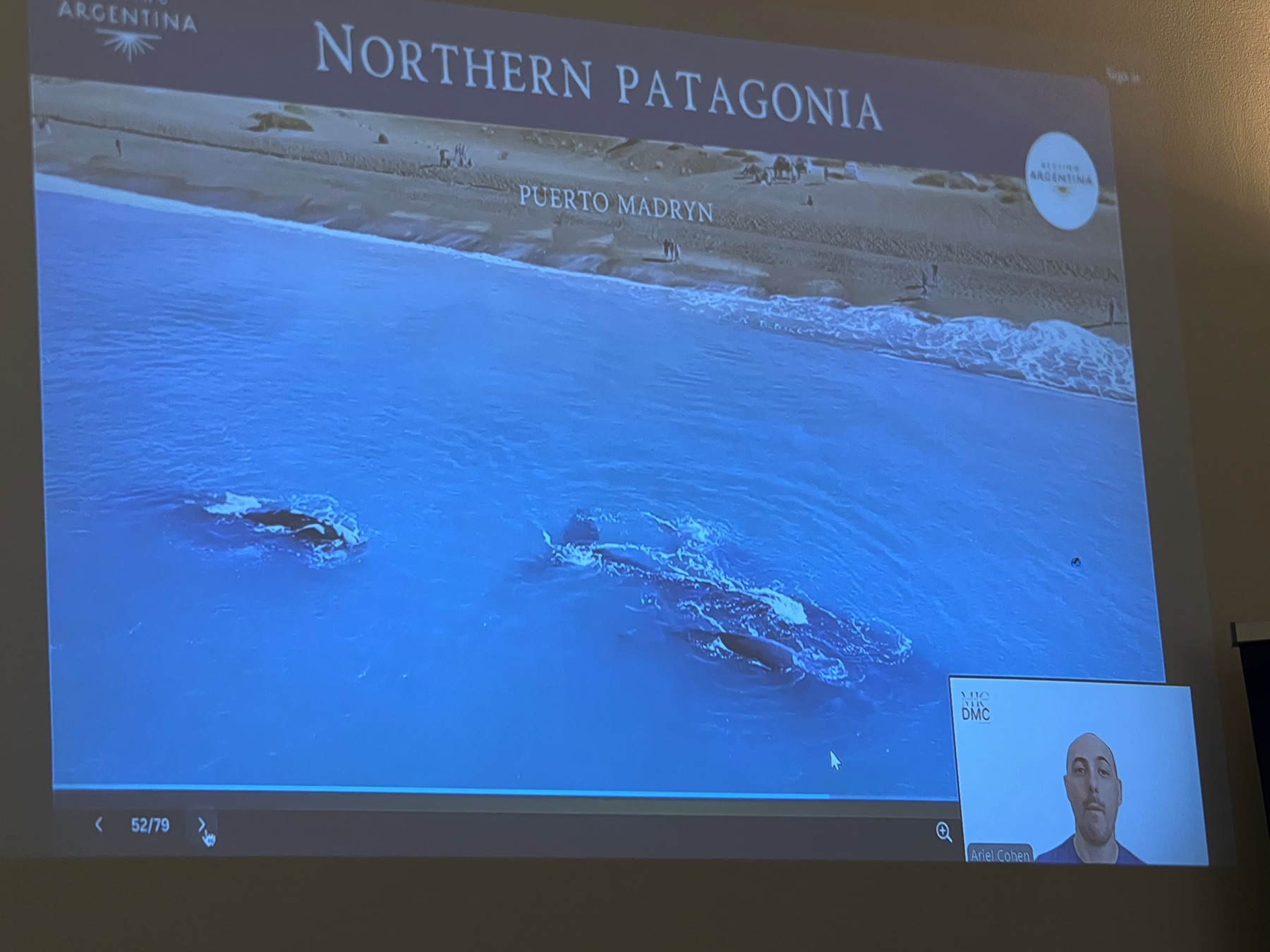
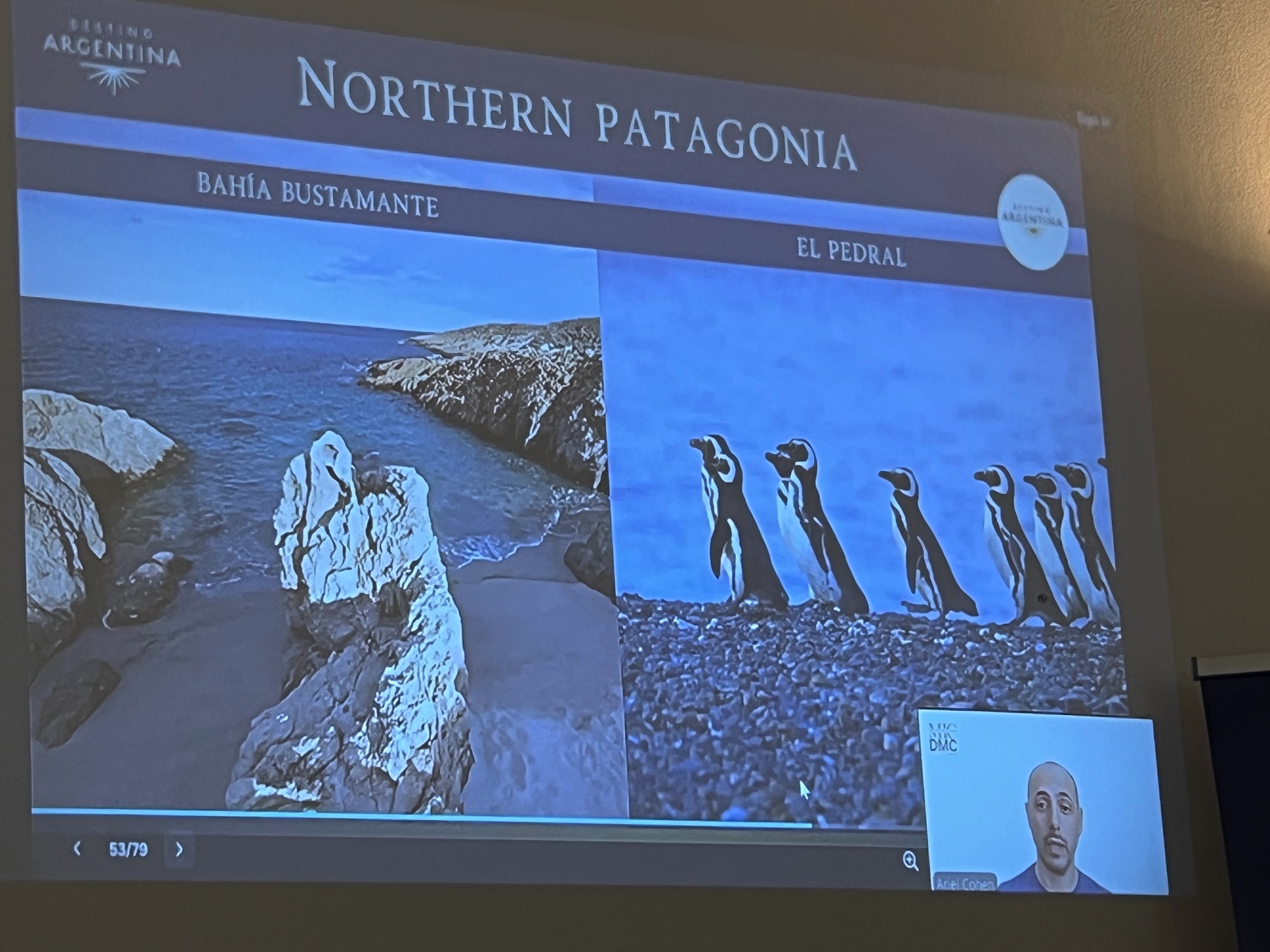
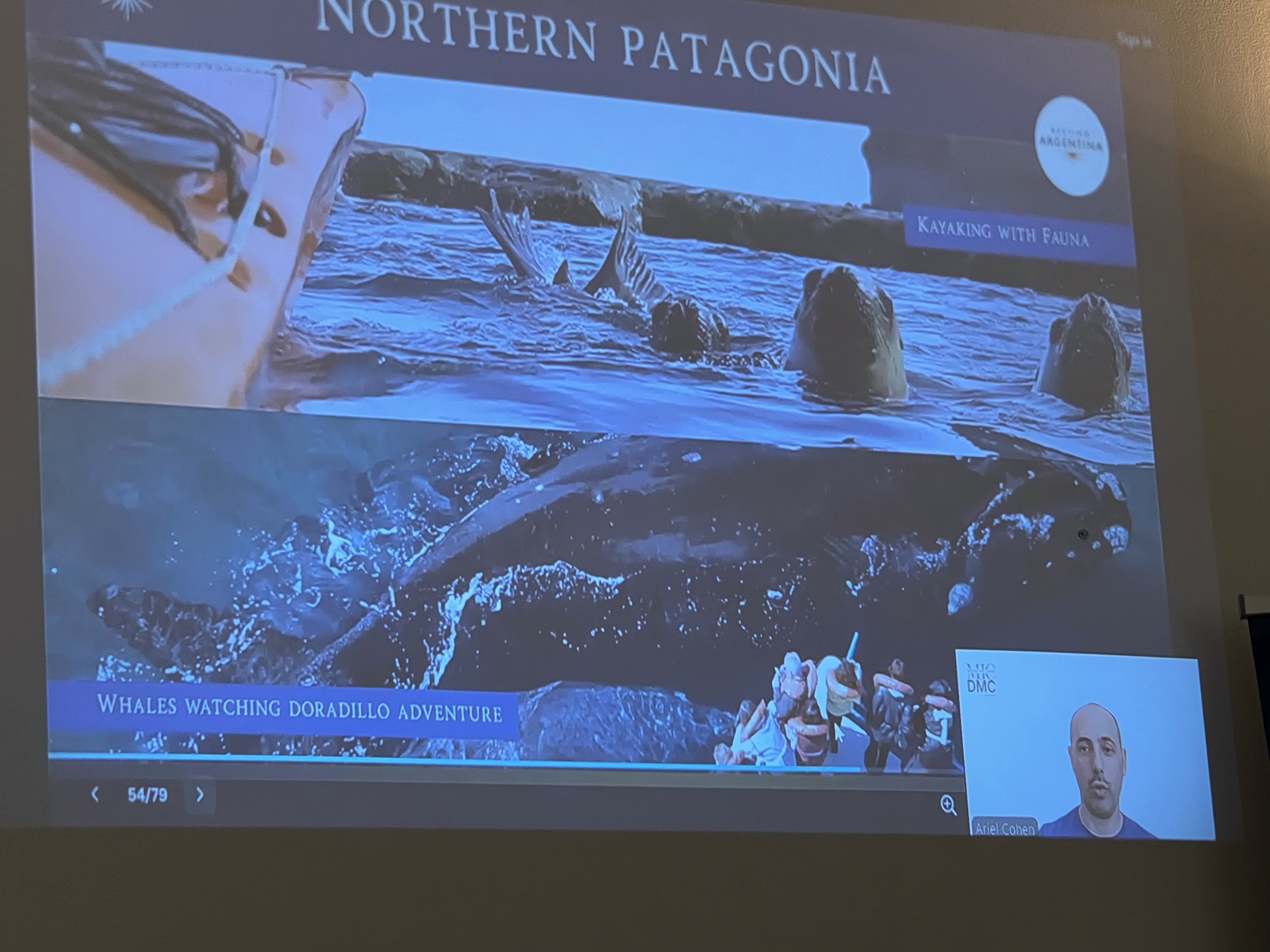
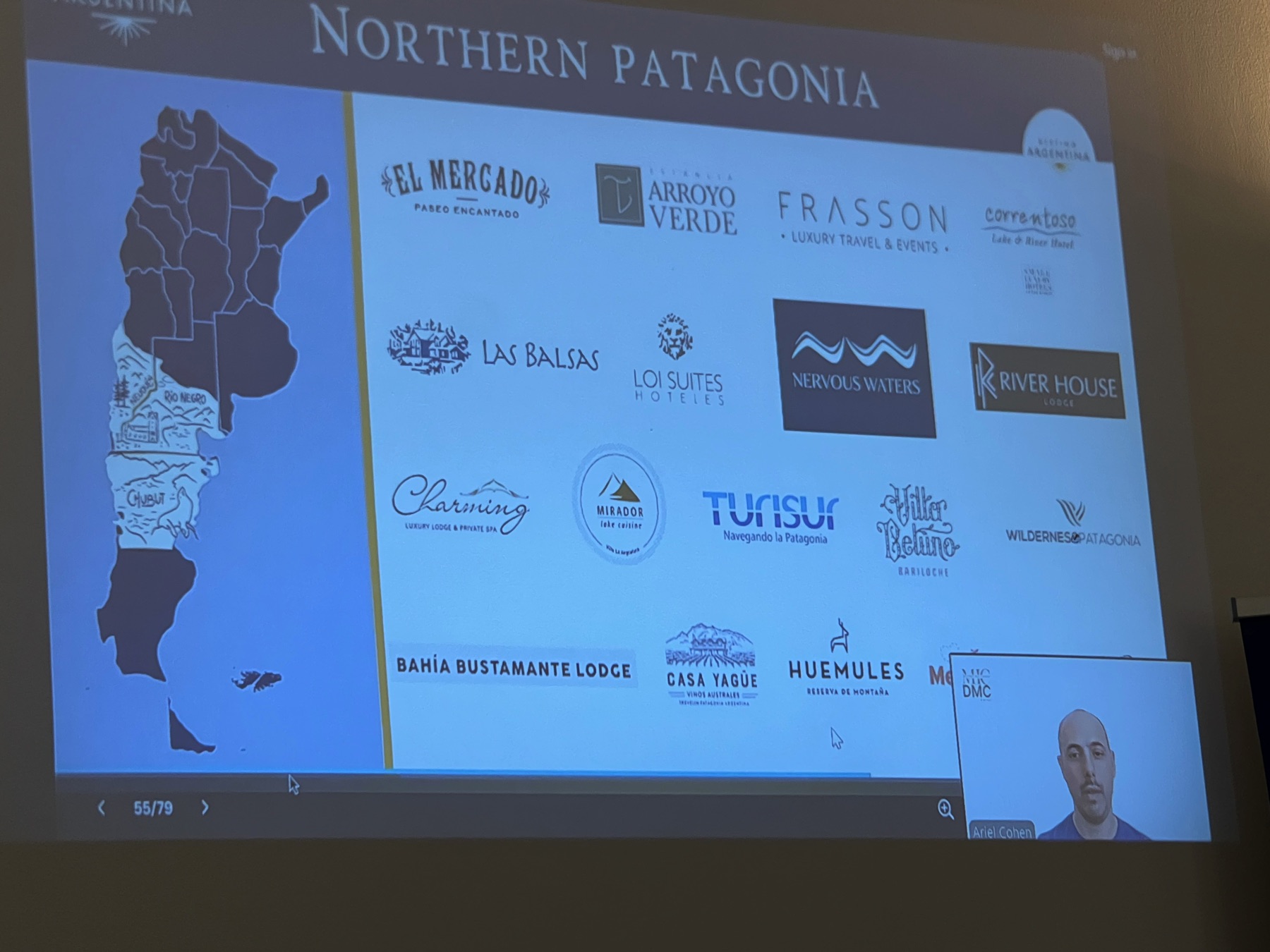
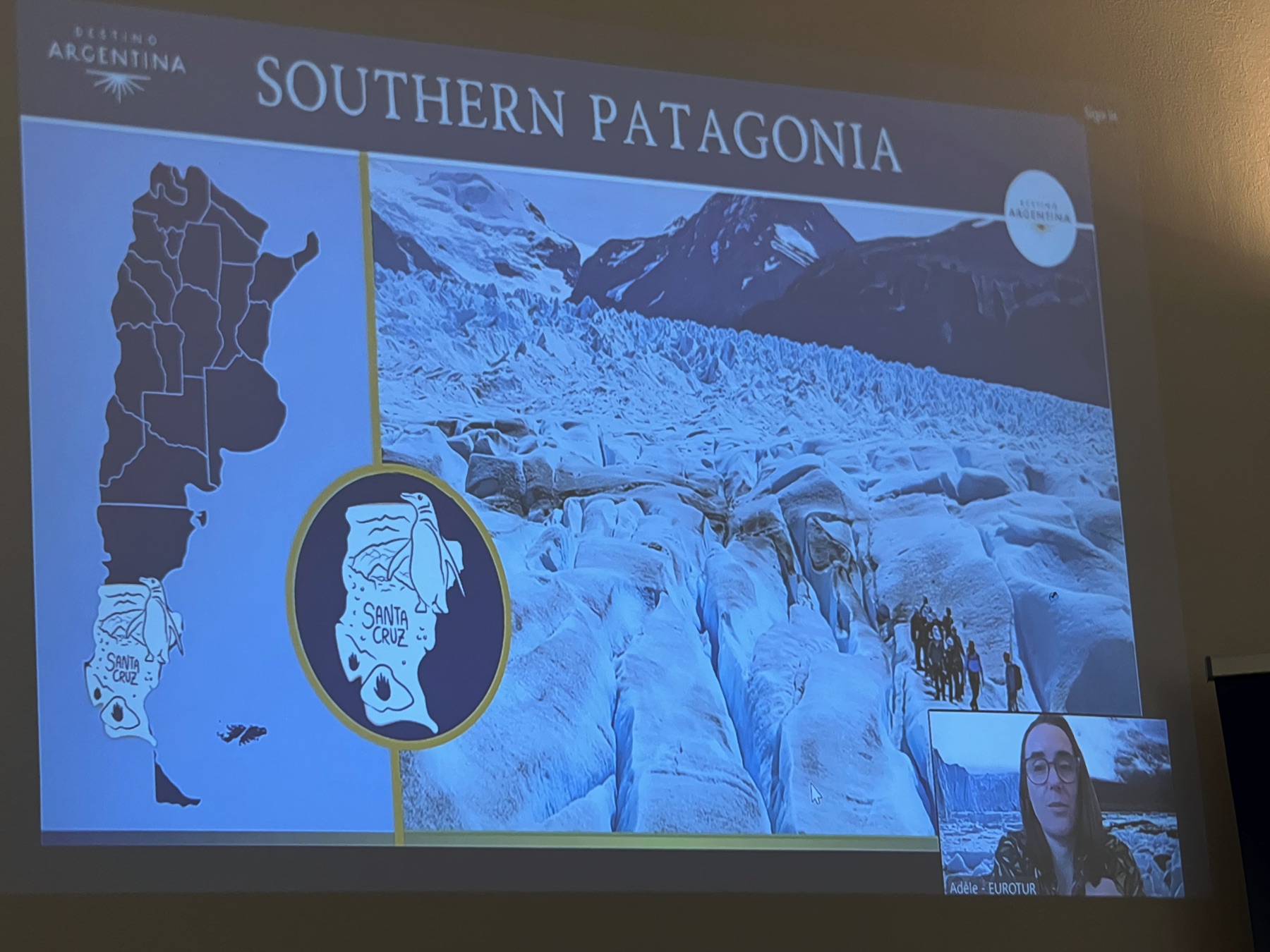
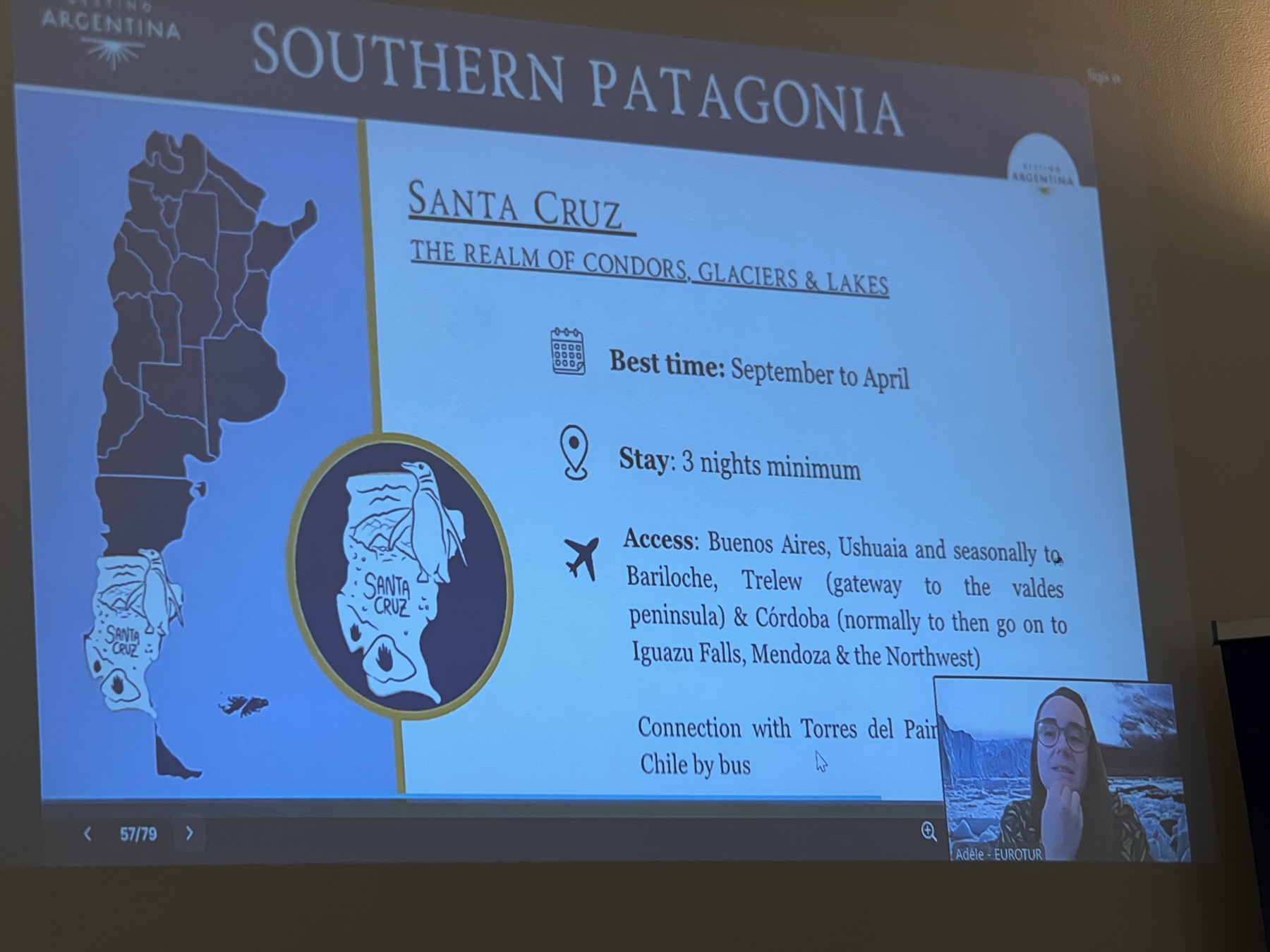
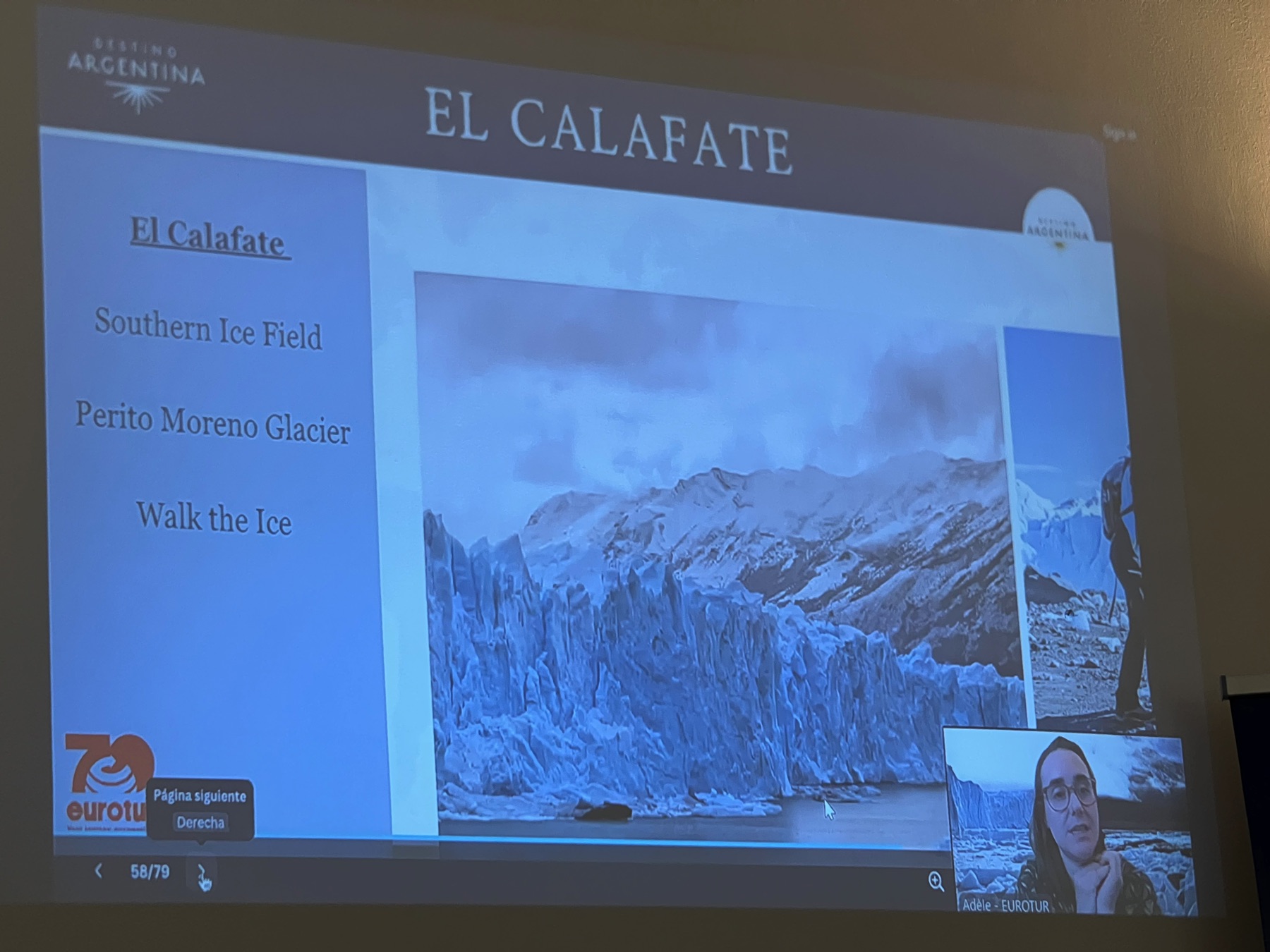
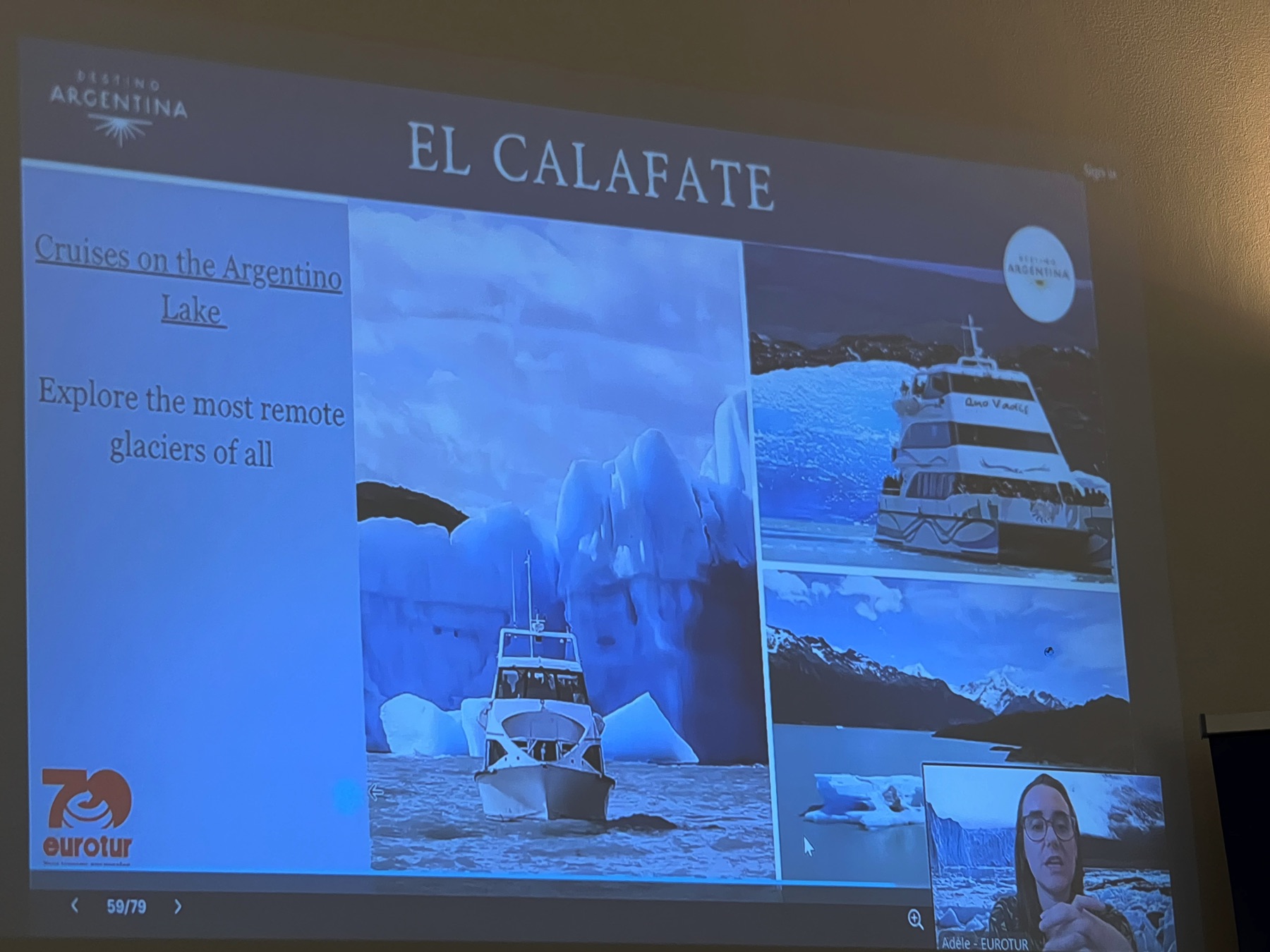
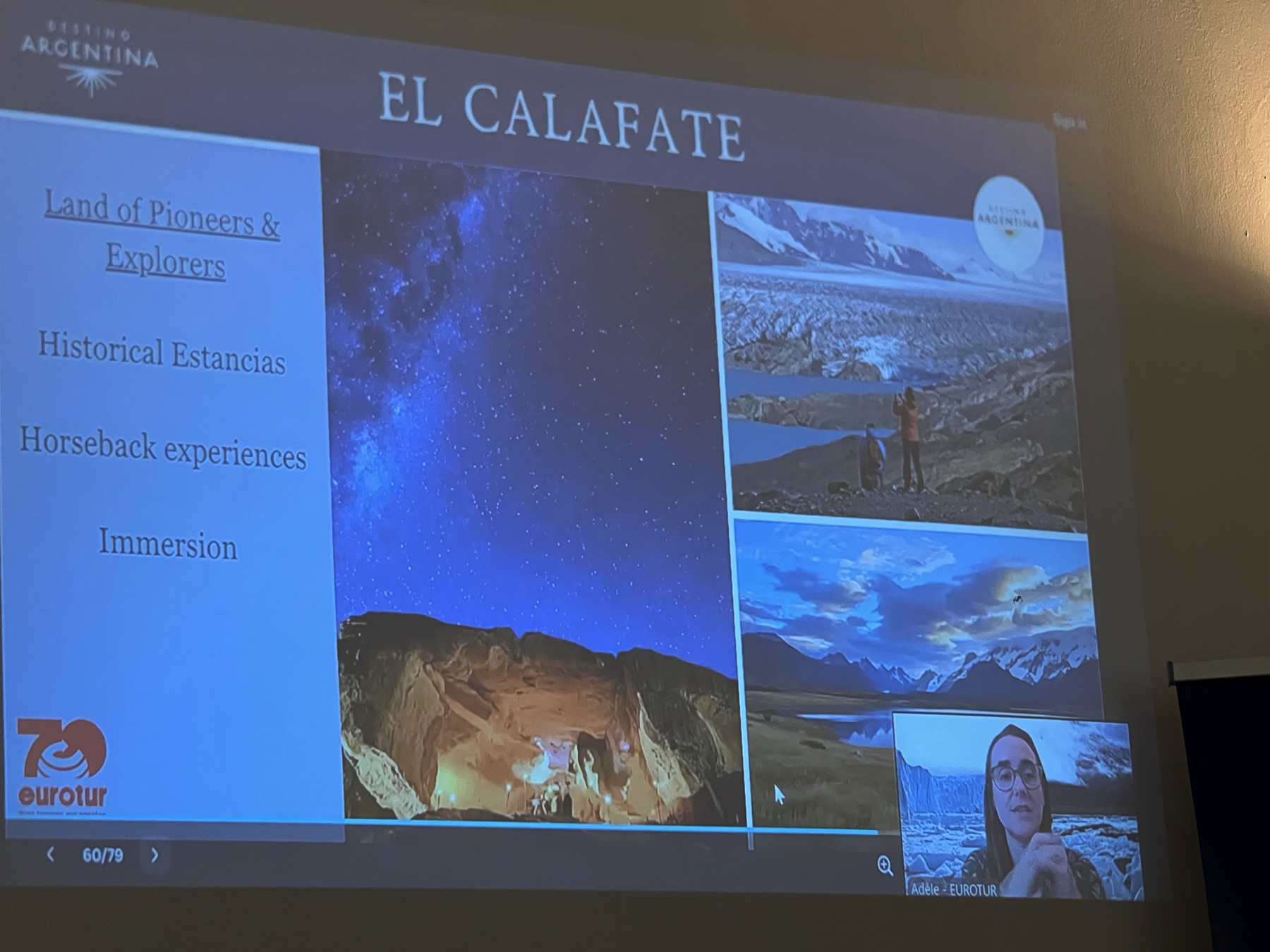
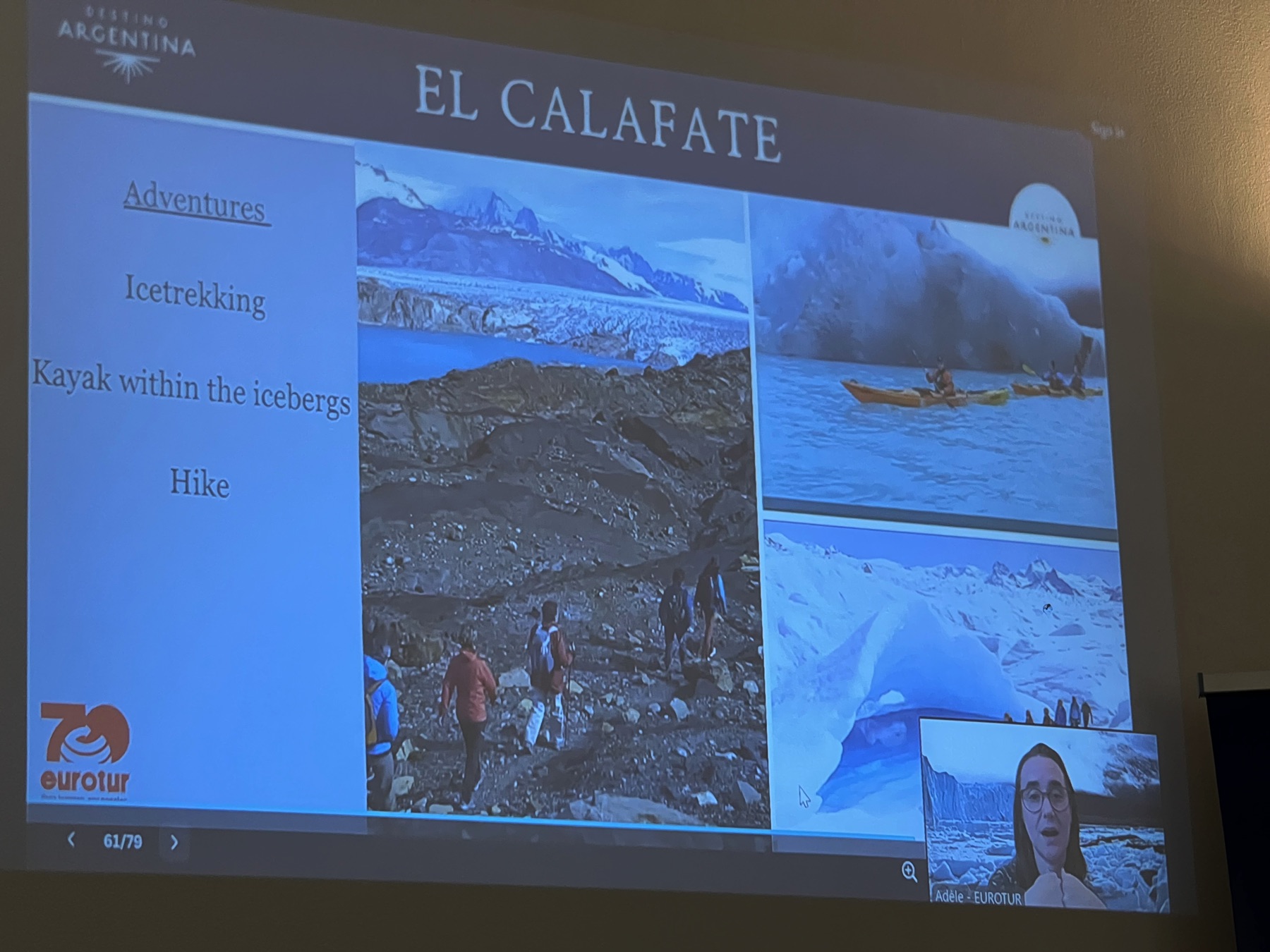
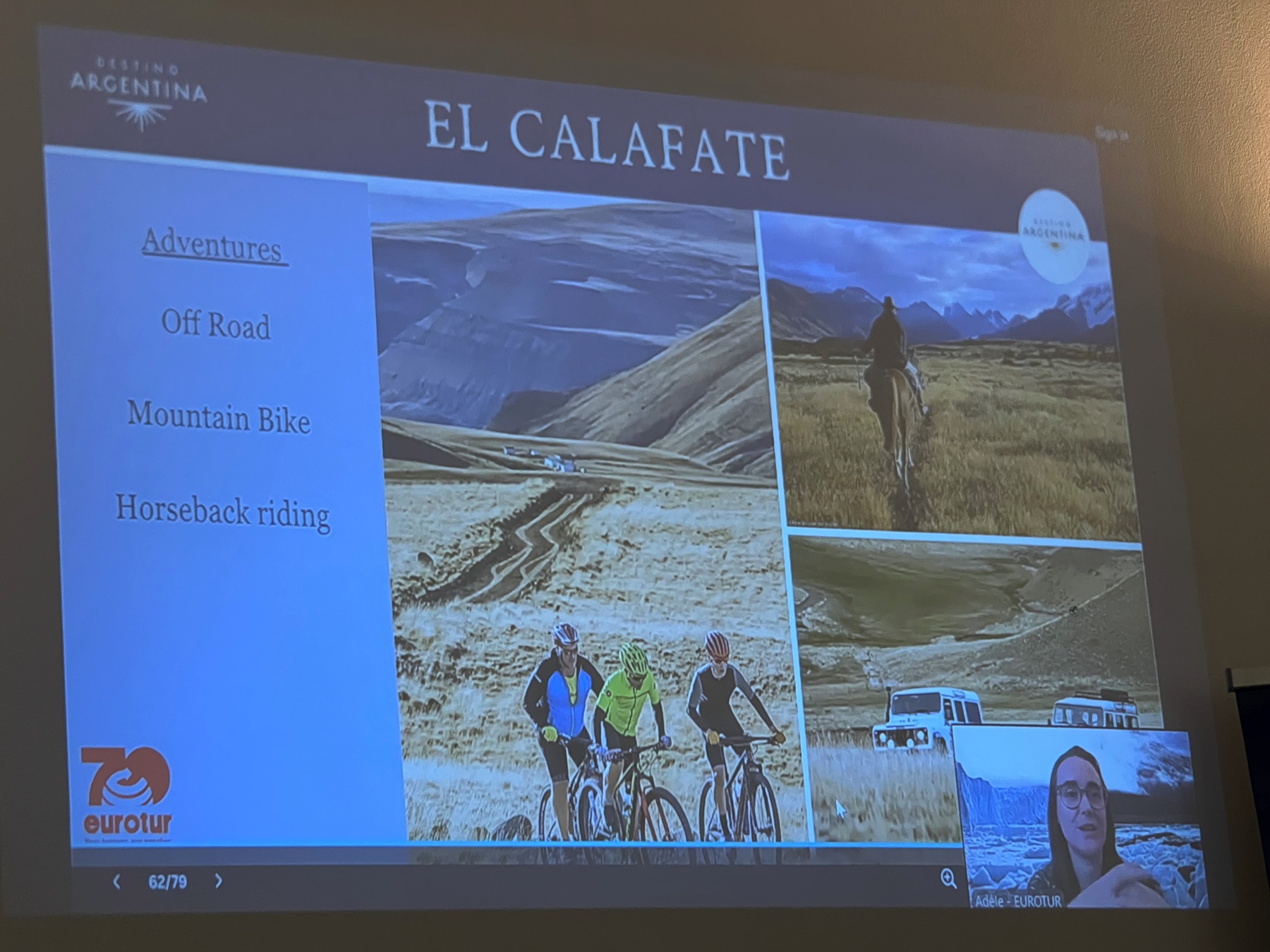
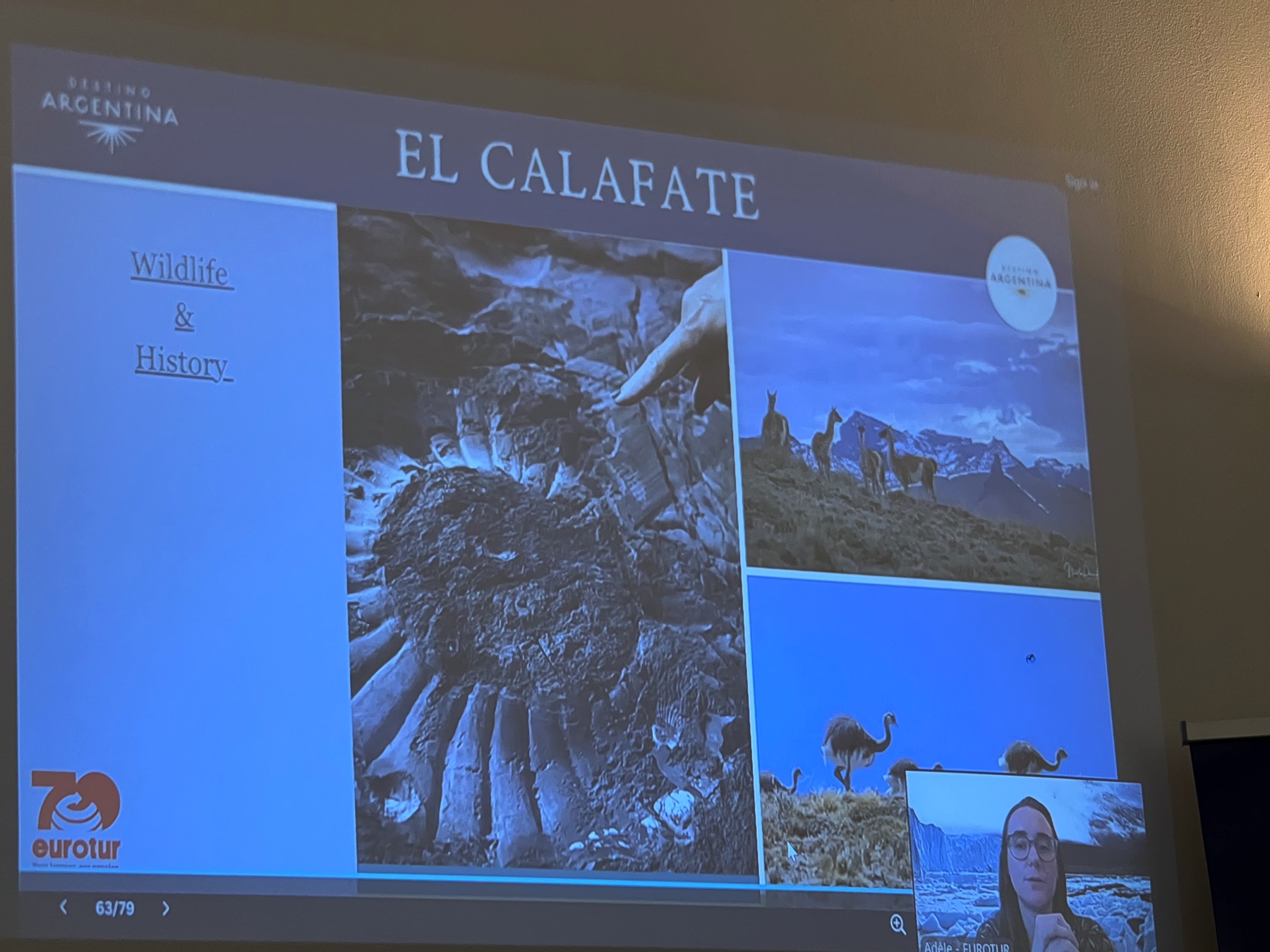
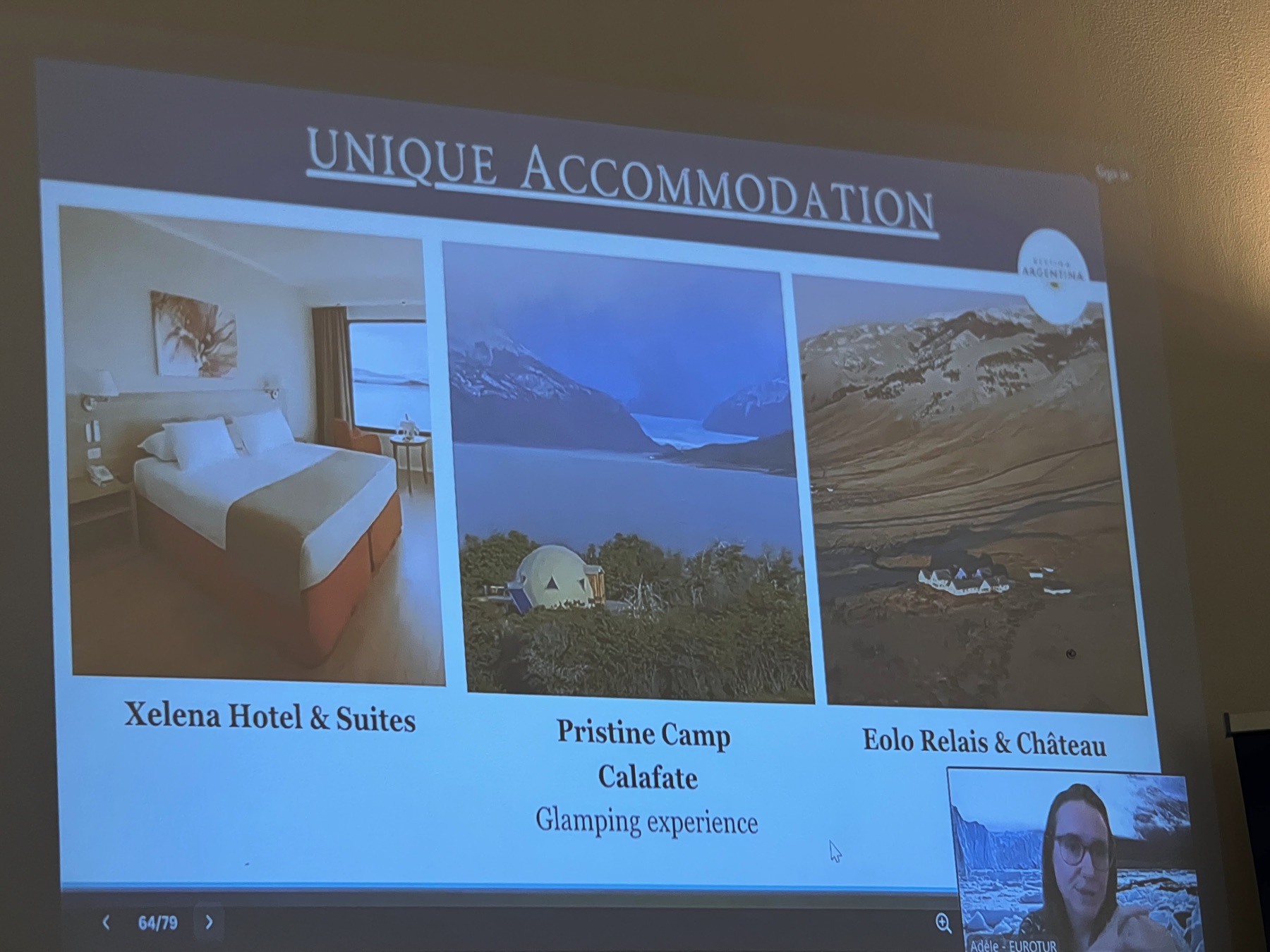
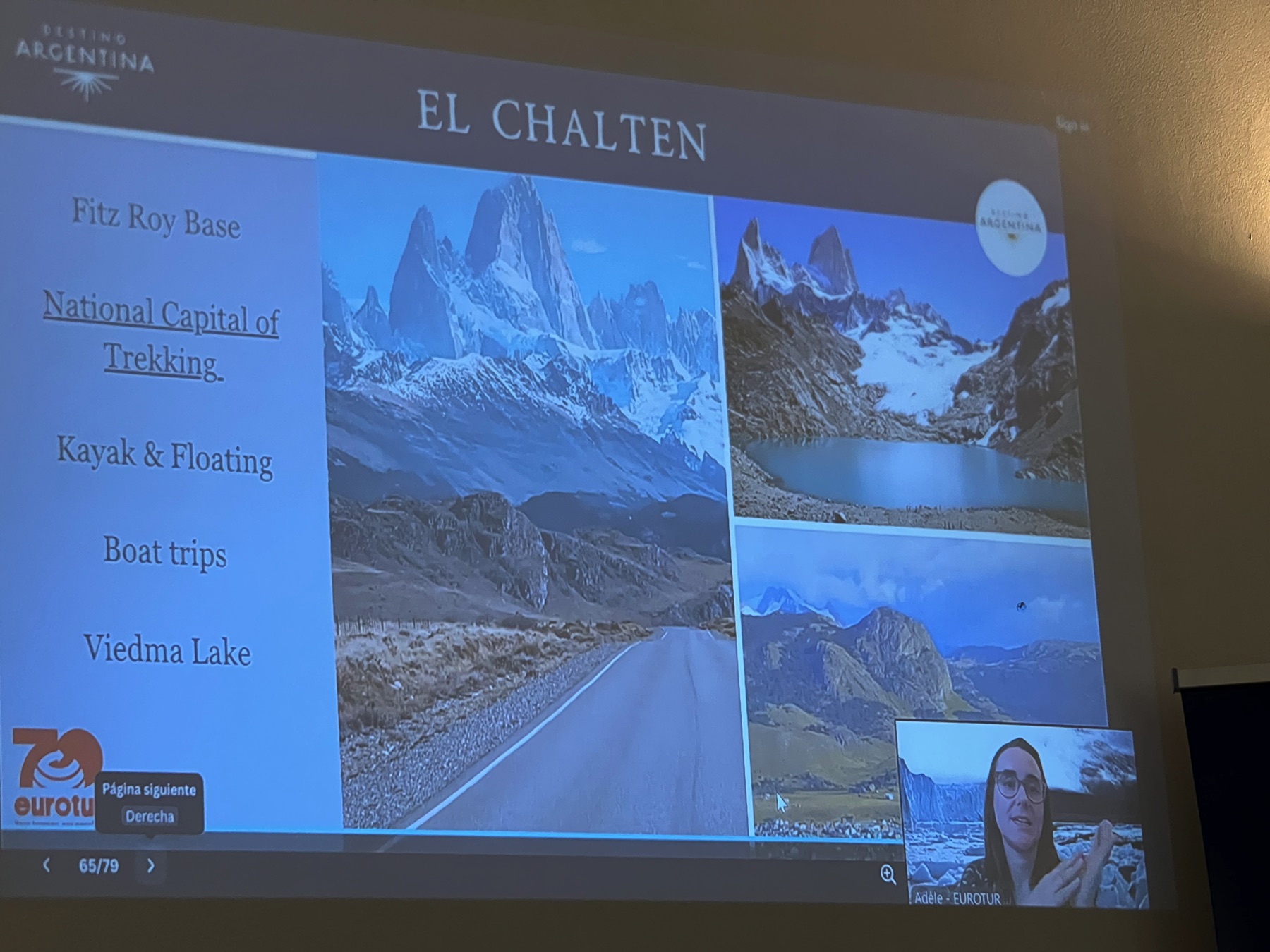
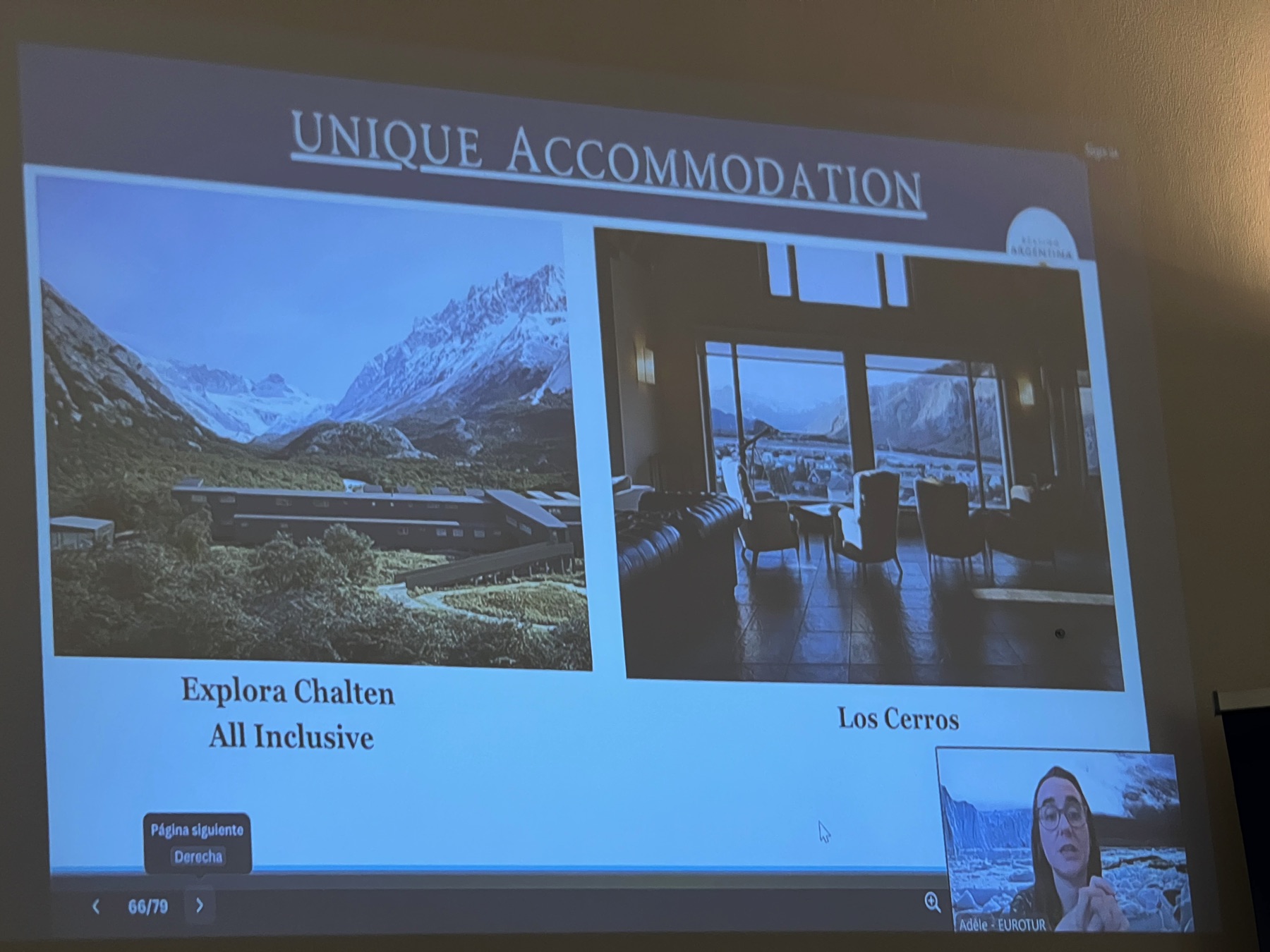
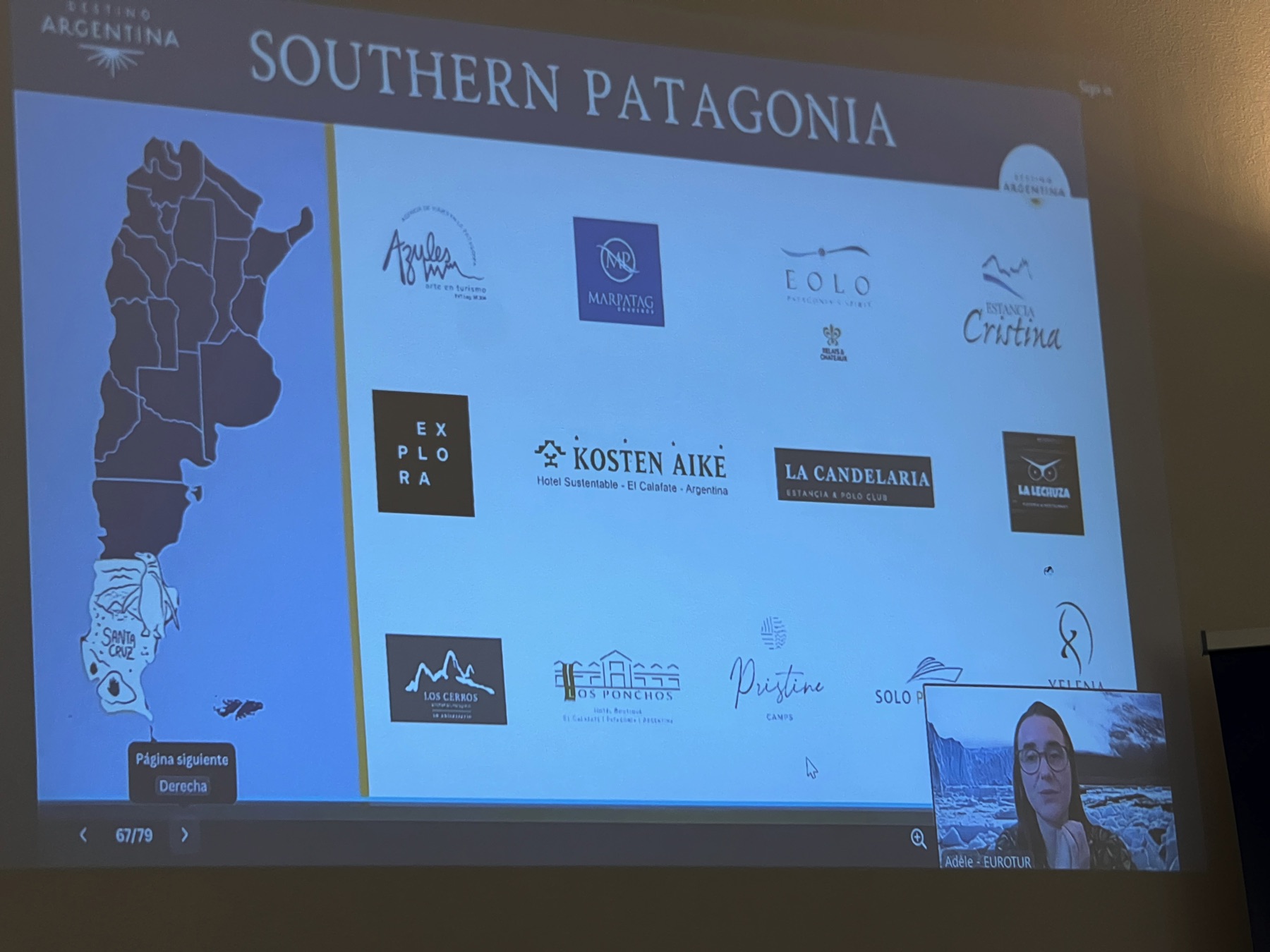

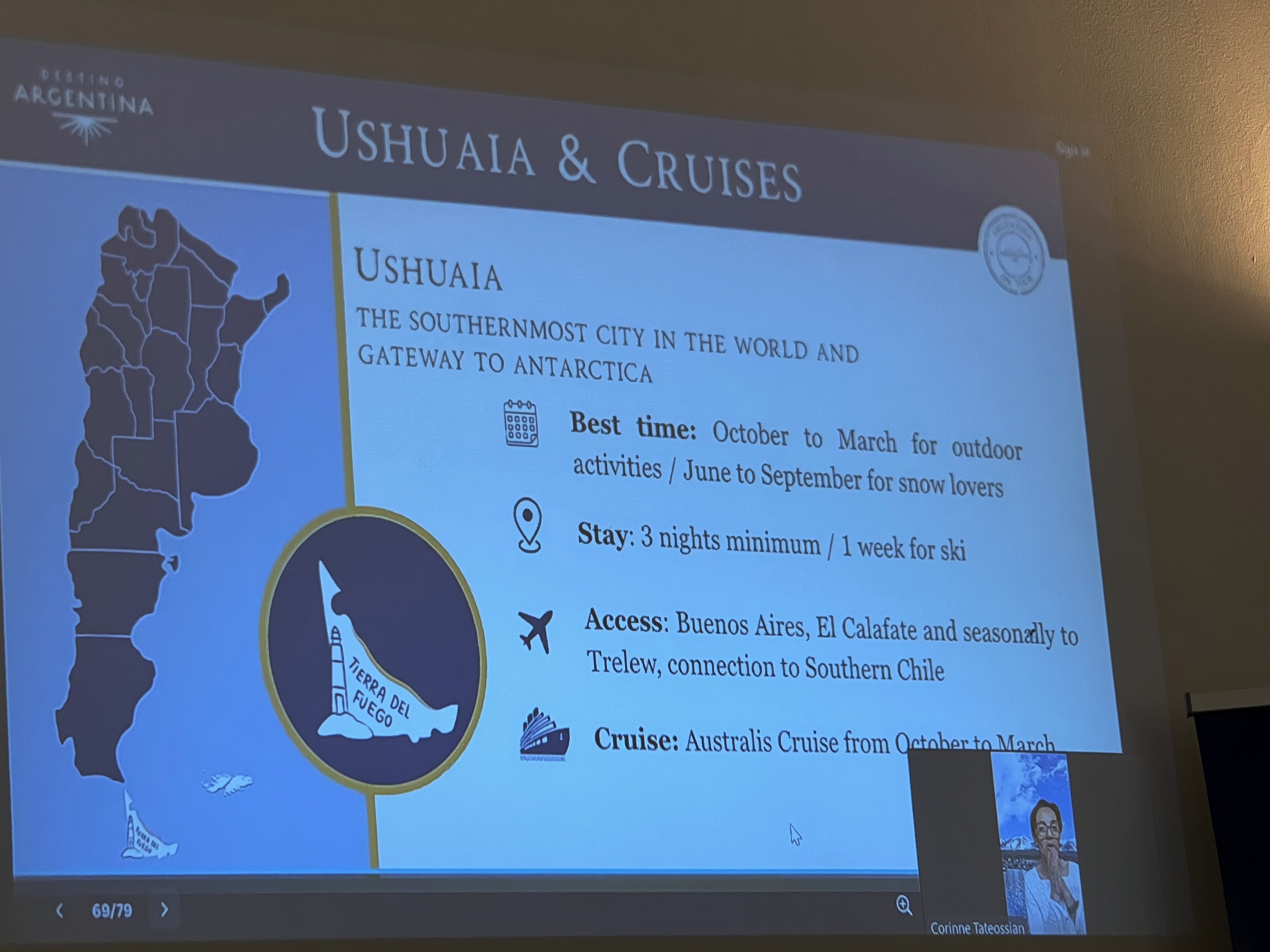
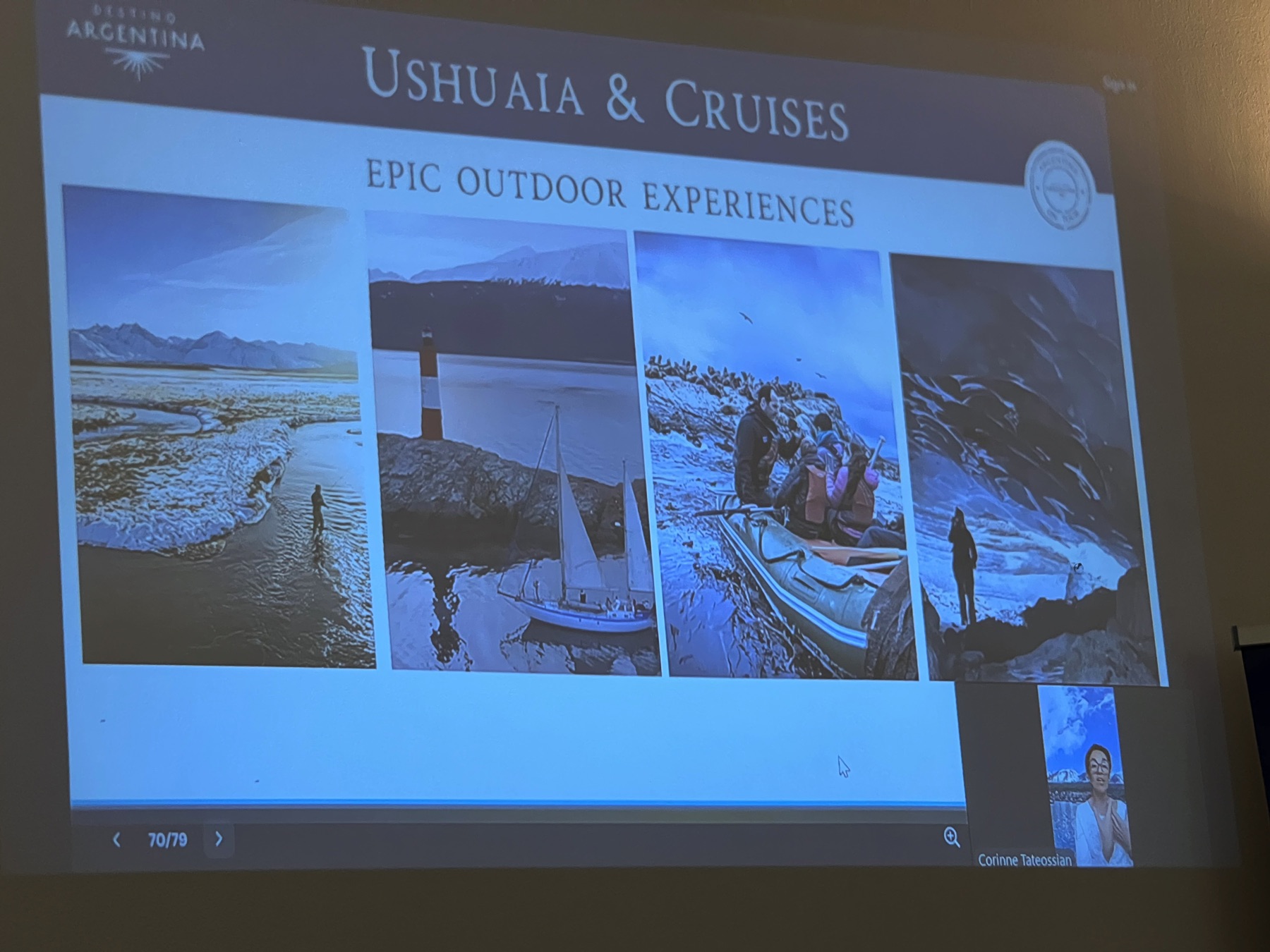
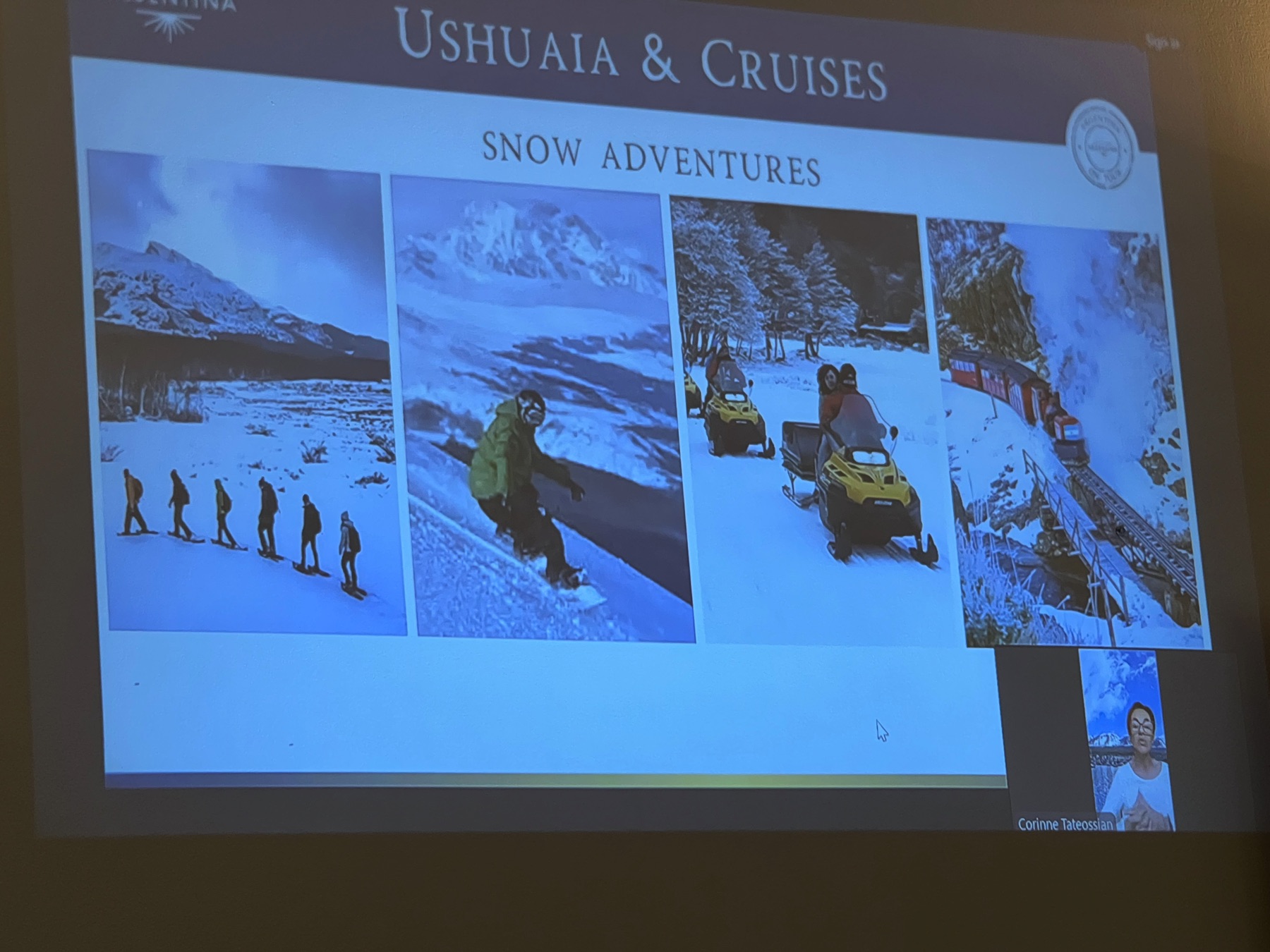
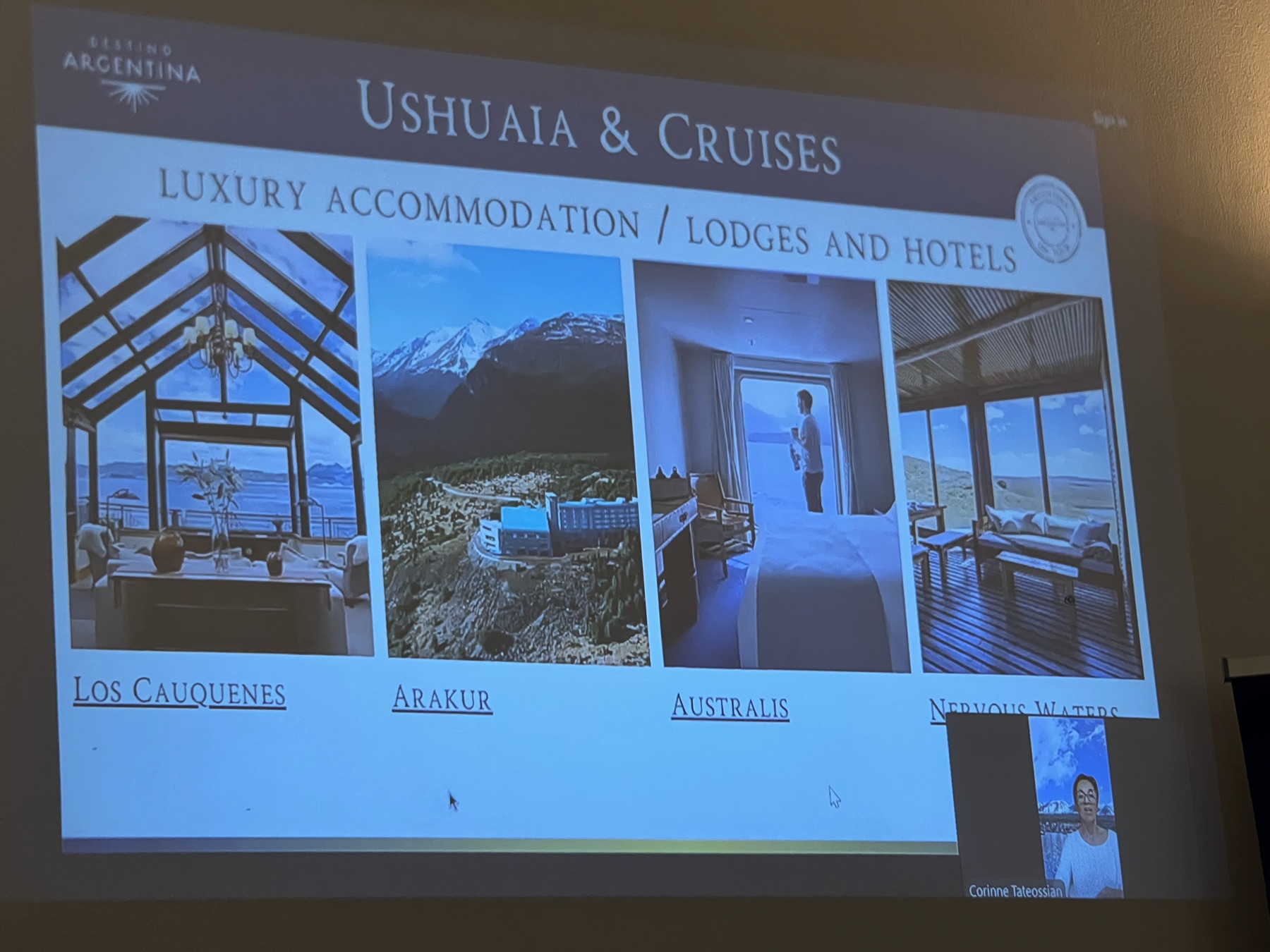
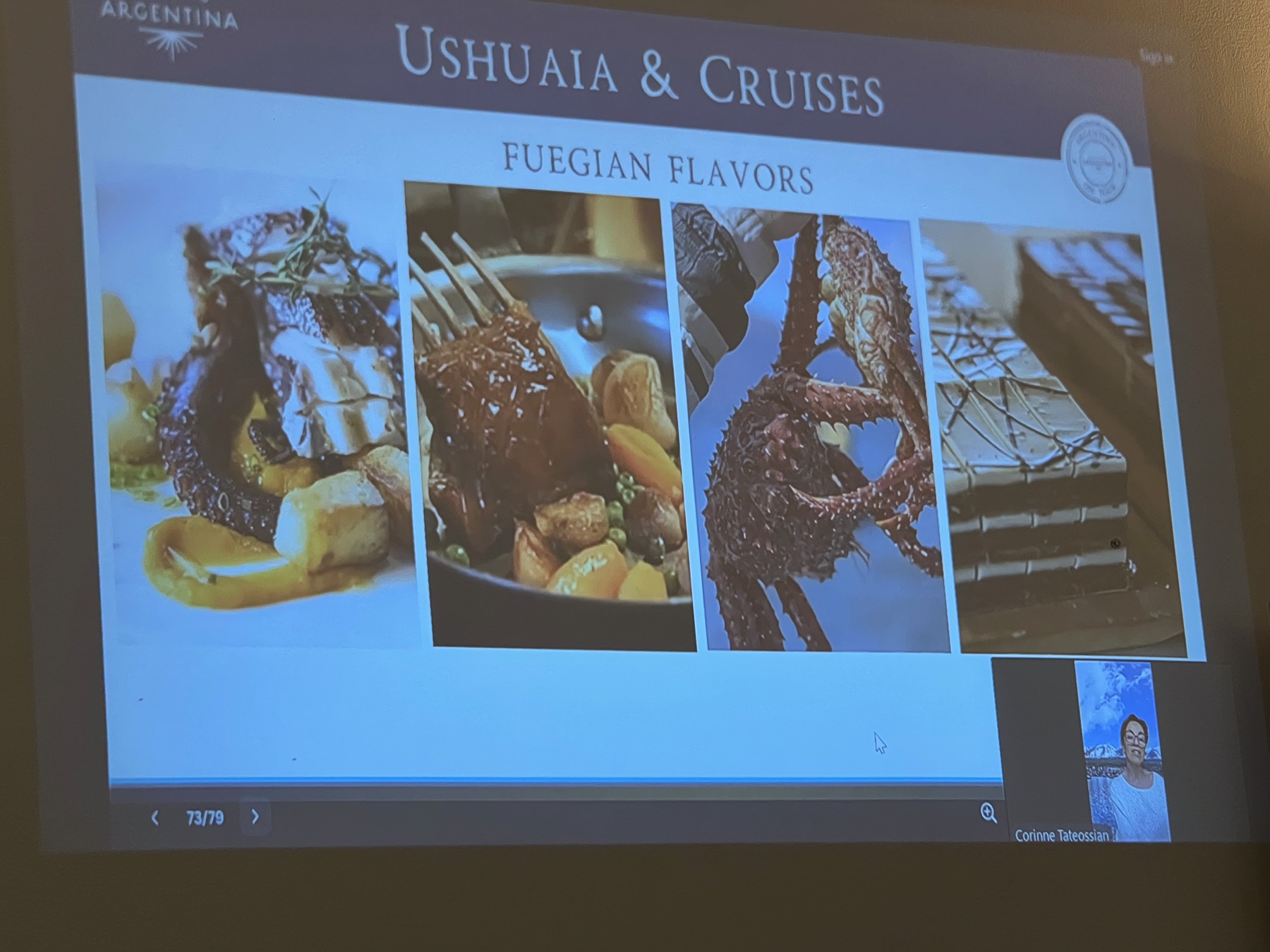
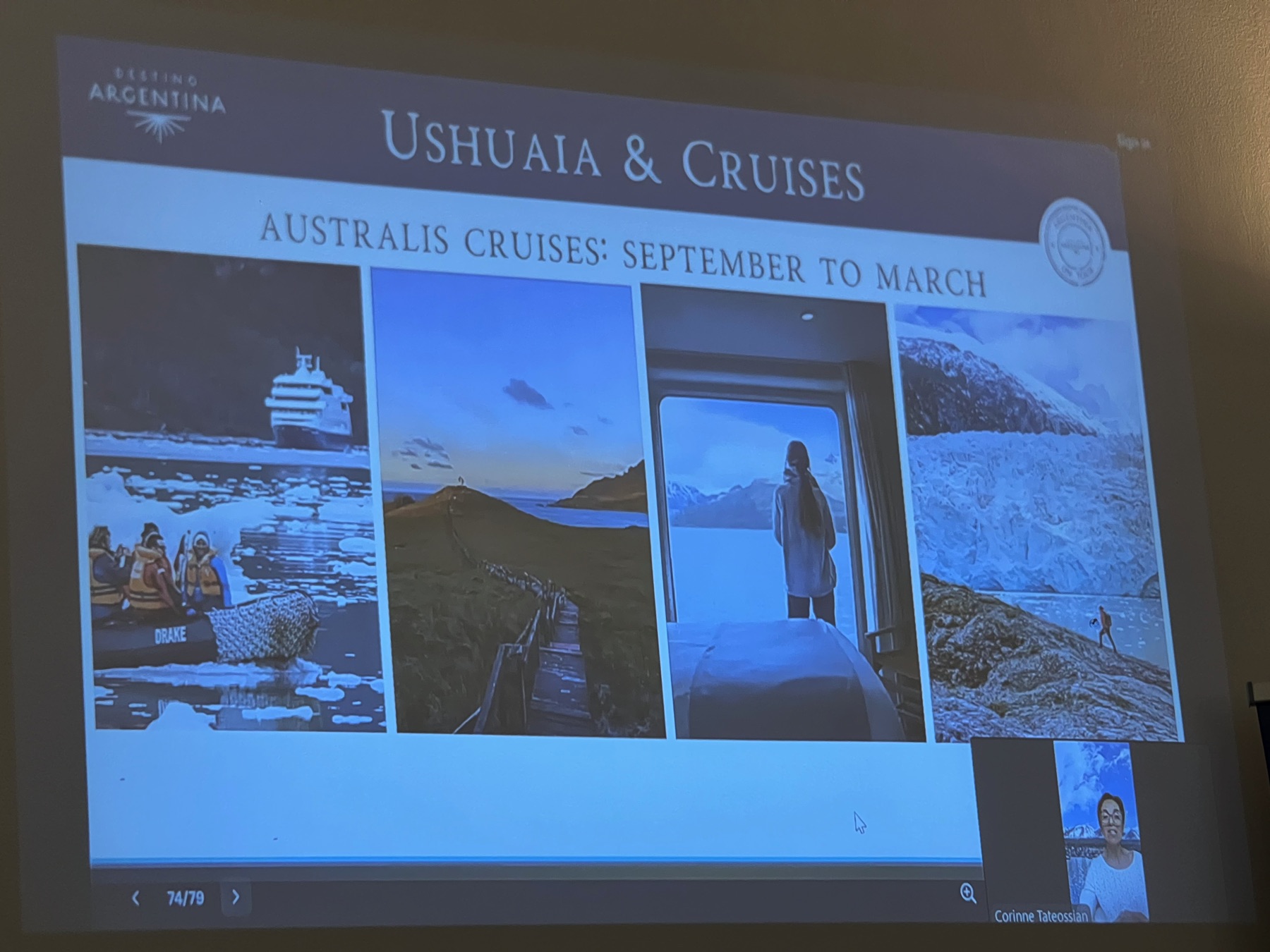
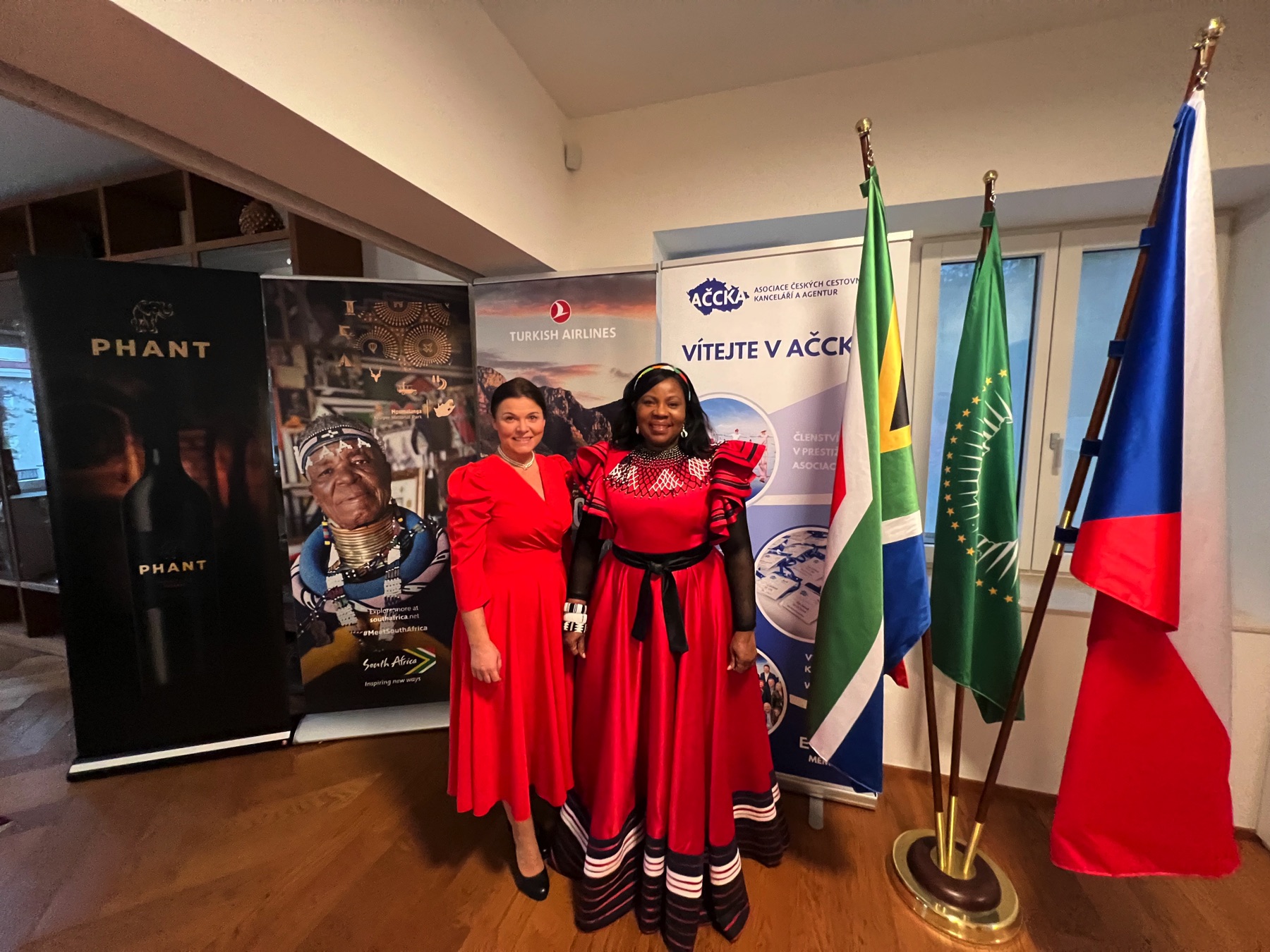 The South African Embassy in Prague, the Association of Tour Operators and Travel Agents of the Czech Republic (ACCKA), organized a seminar “South Africa: Inspiring new ways” at the Beautiful Residence of the South African Ambassador in Prague.
The South African Embassy in Prague, the Association of Tour Operators and Travel Agents of the Czech Republic (ACCKA), organized a seminar “South Africa: Inspiring new ways” at the Beautiful Residence of the South African Ambassador in Prague.









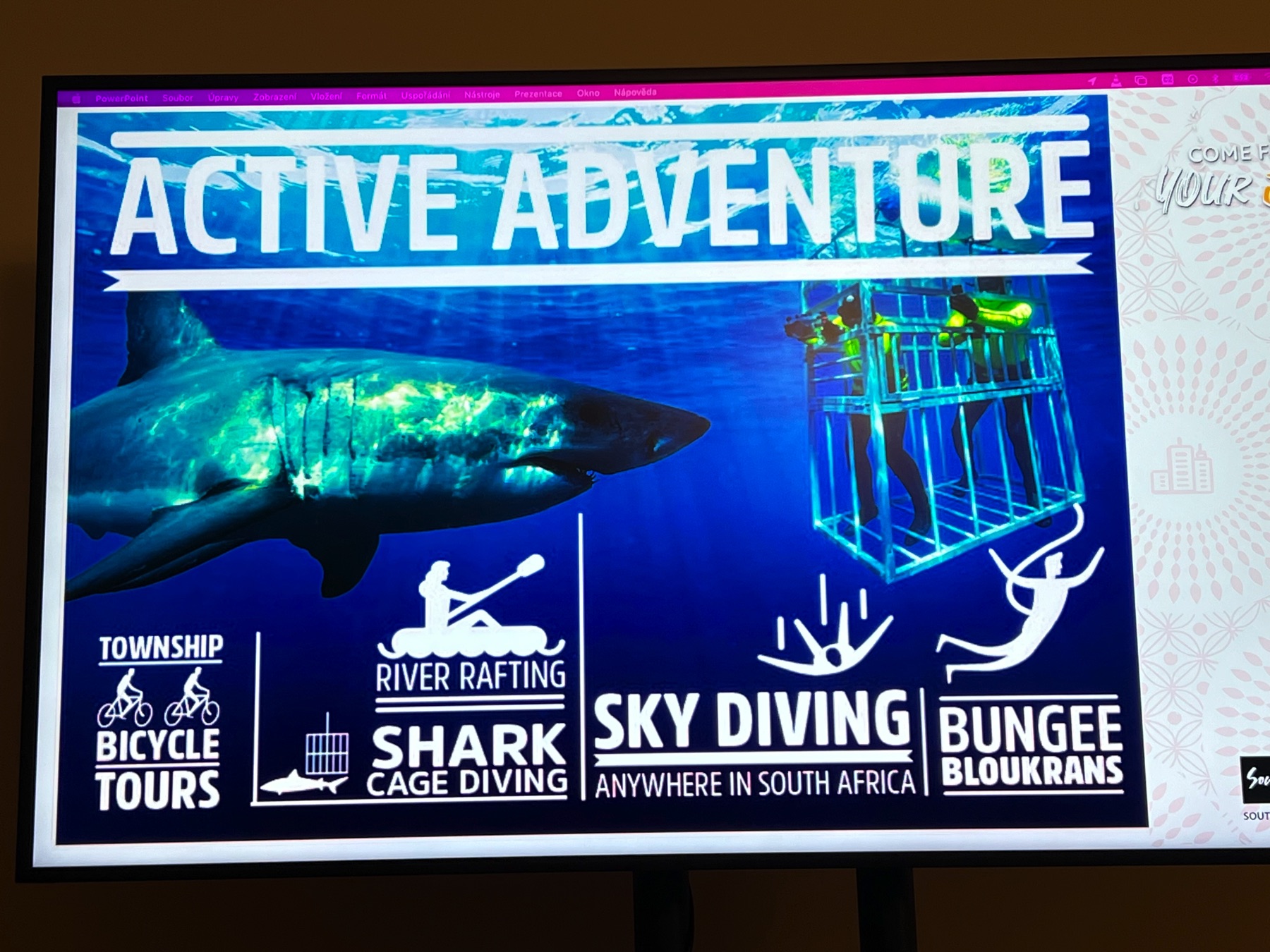
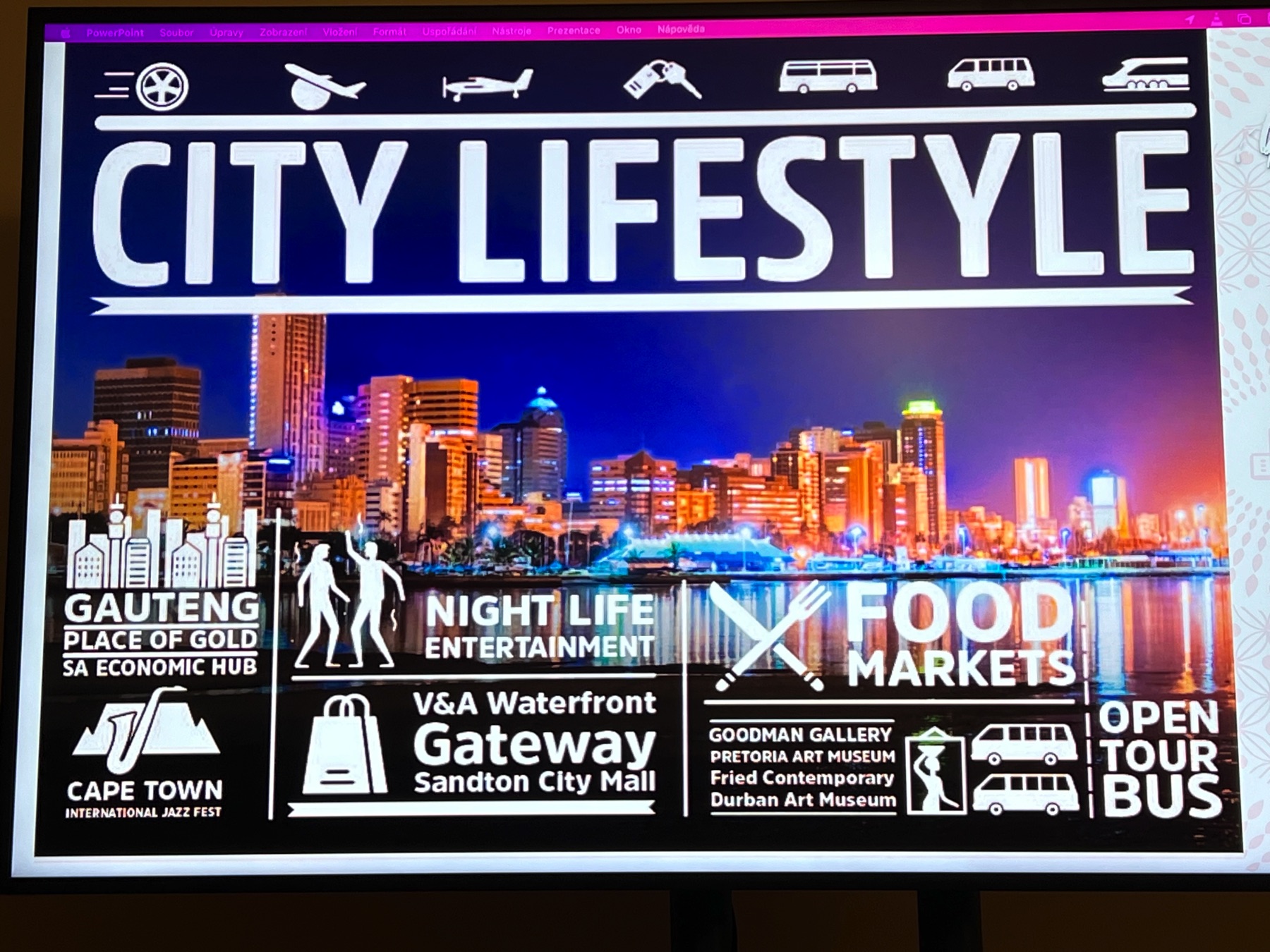


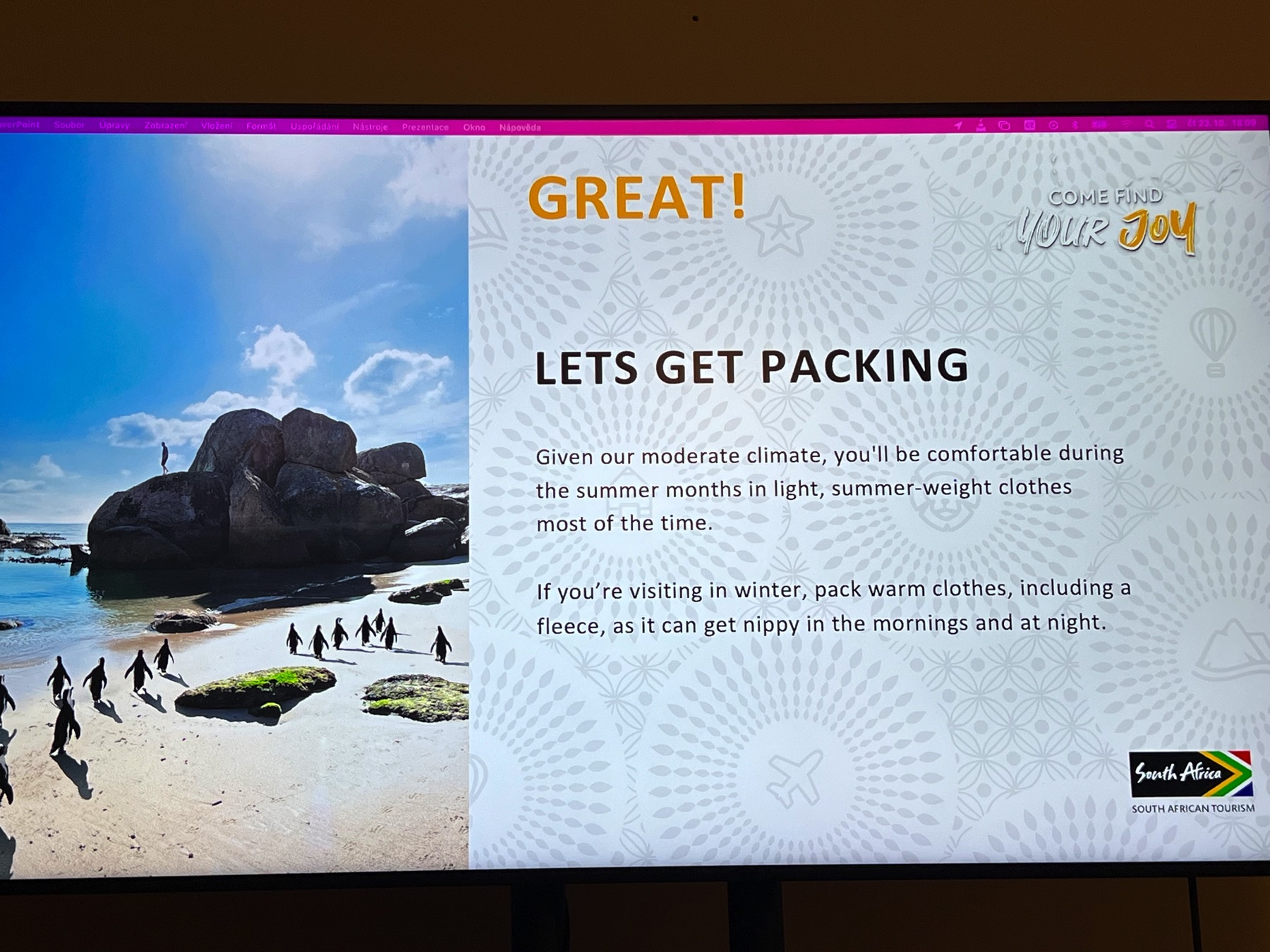
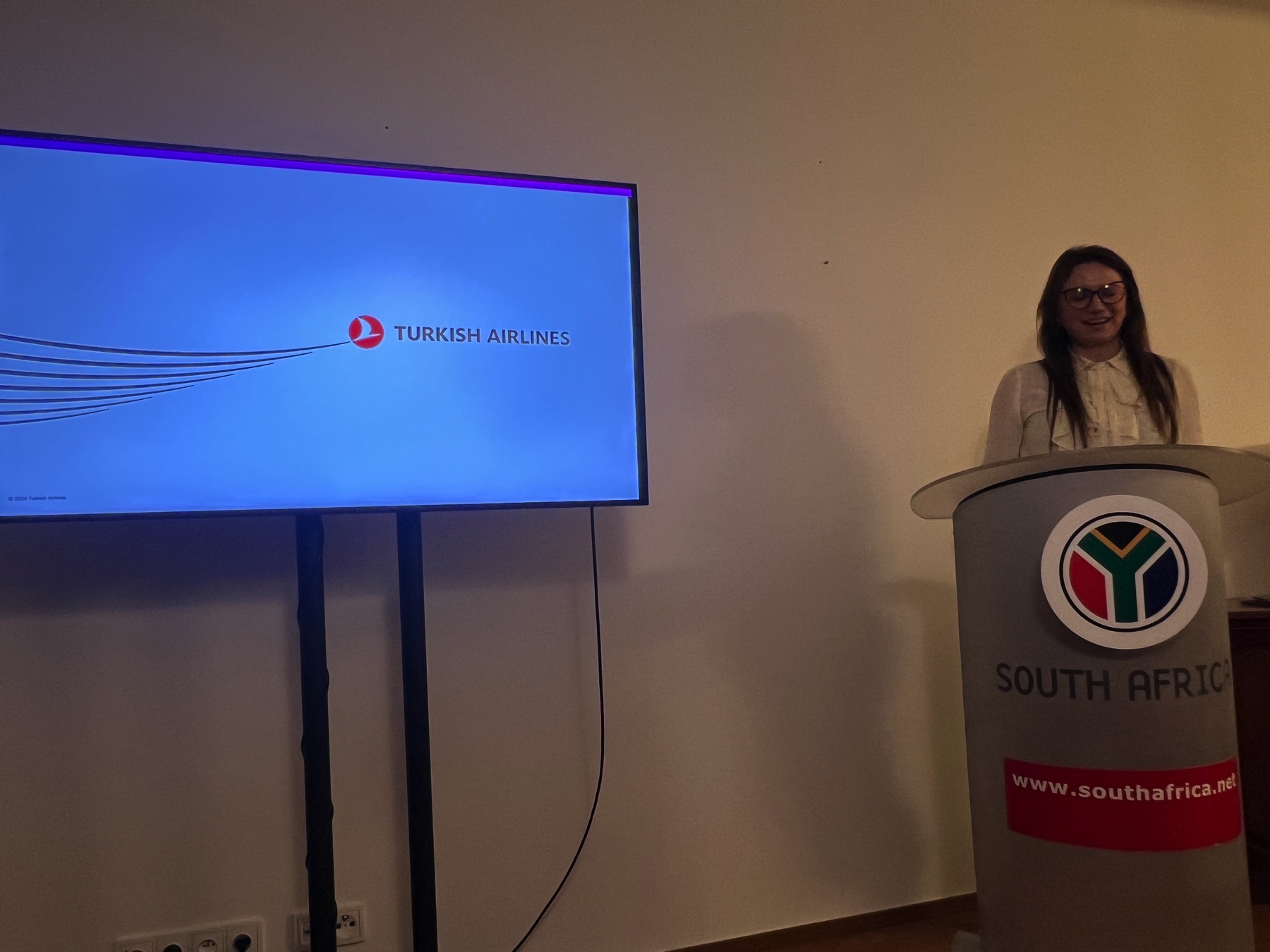
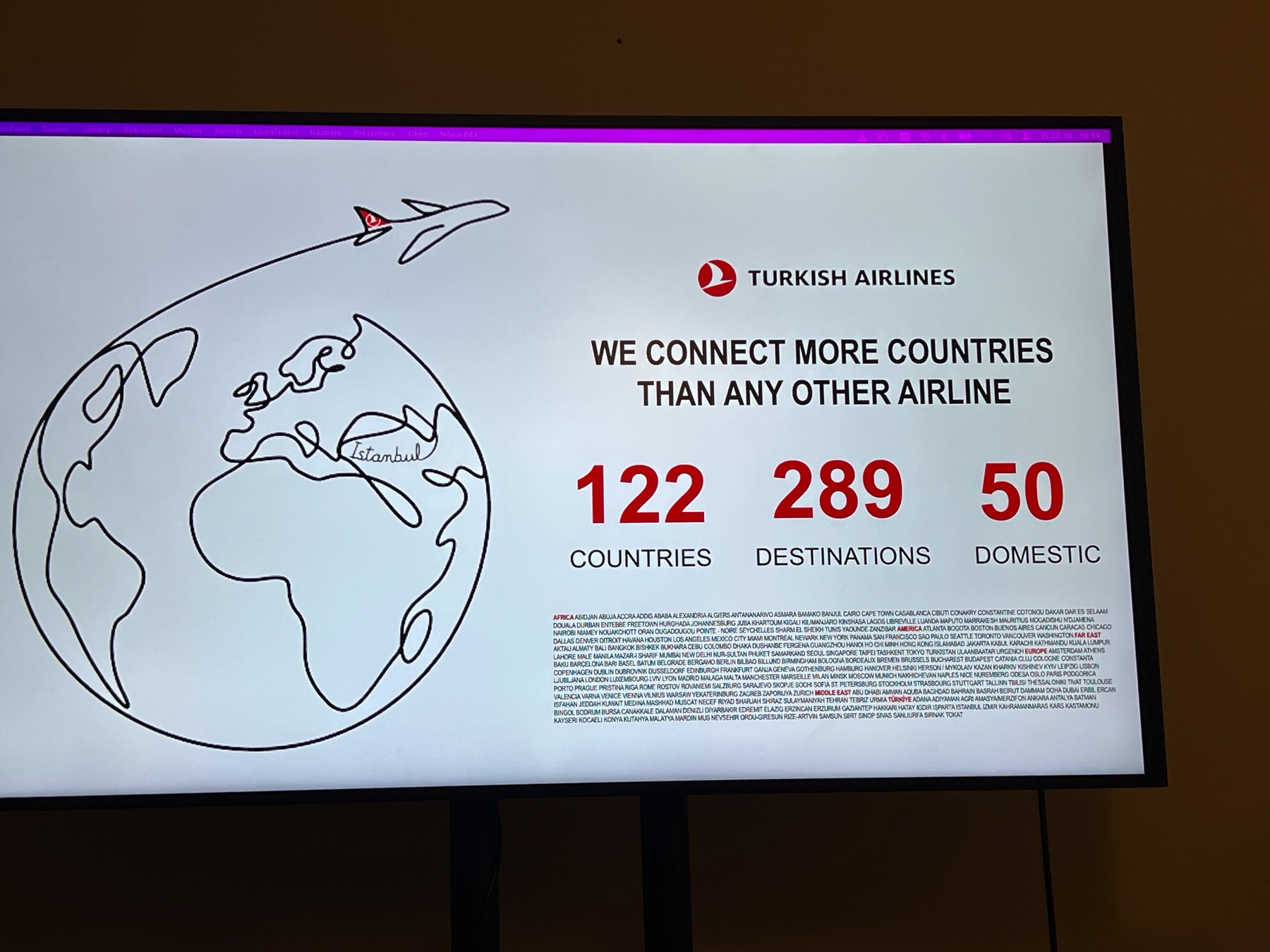


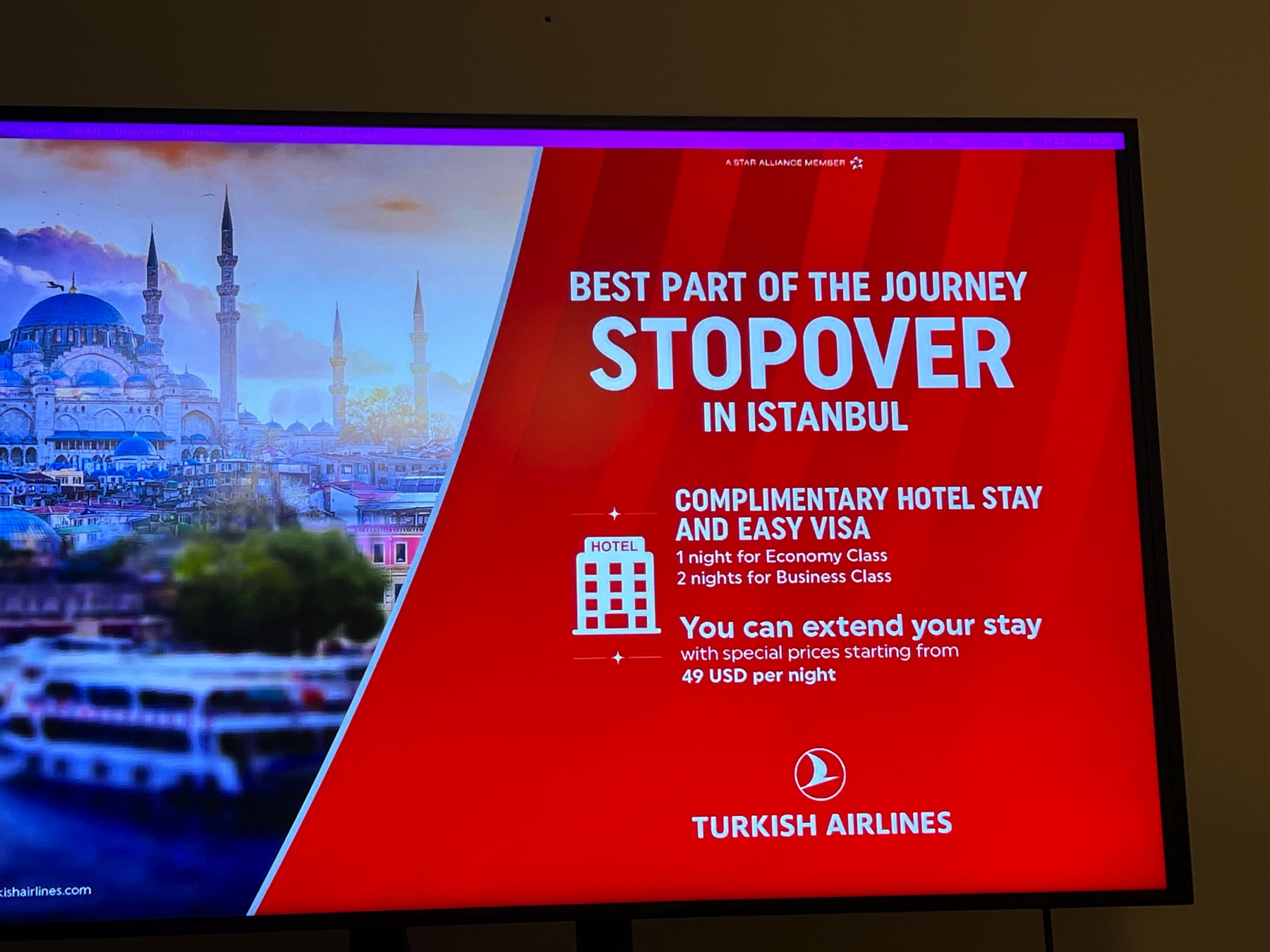
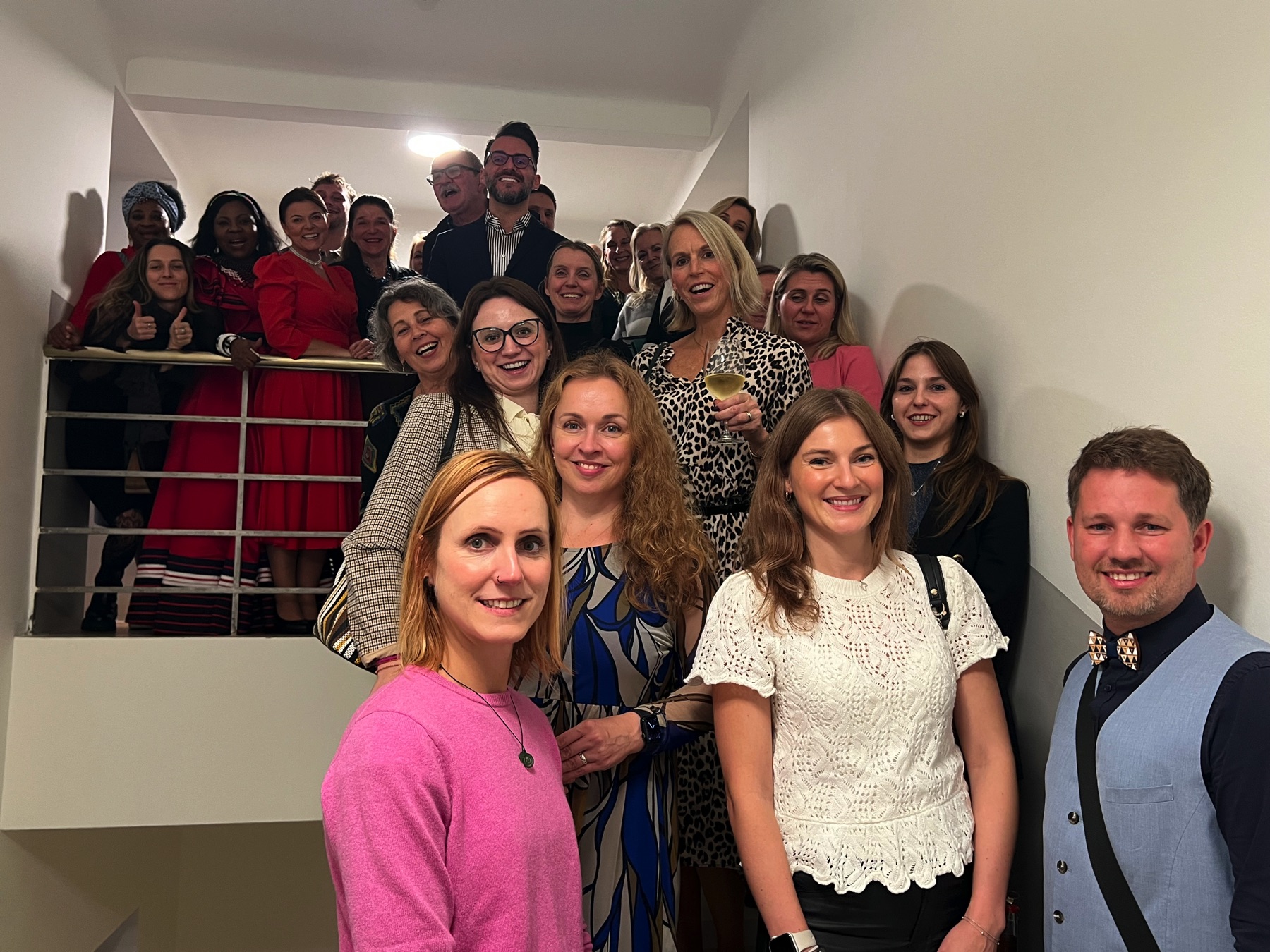
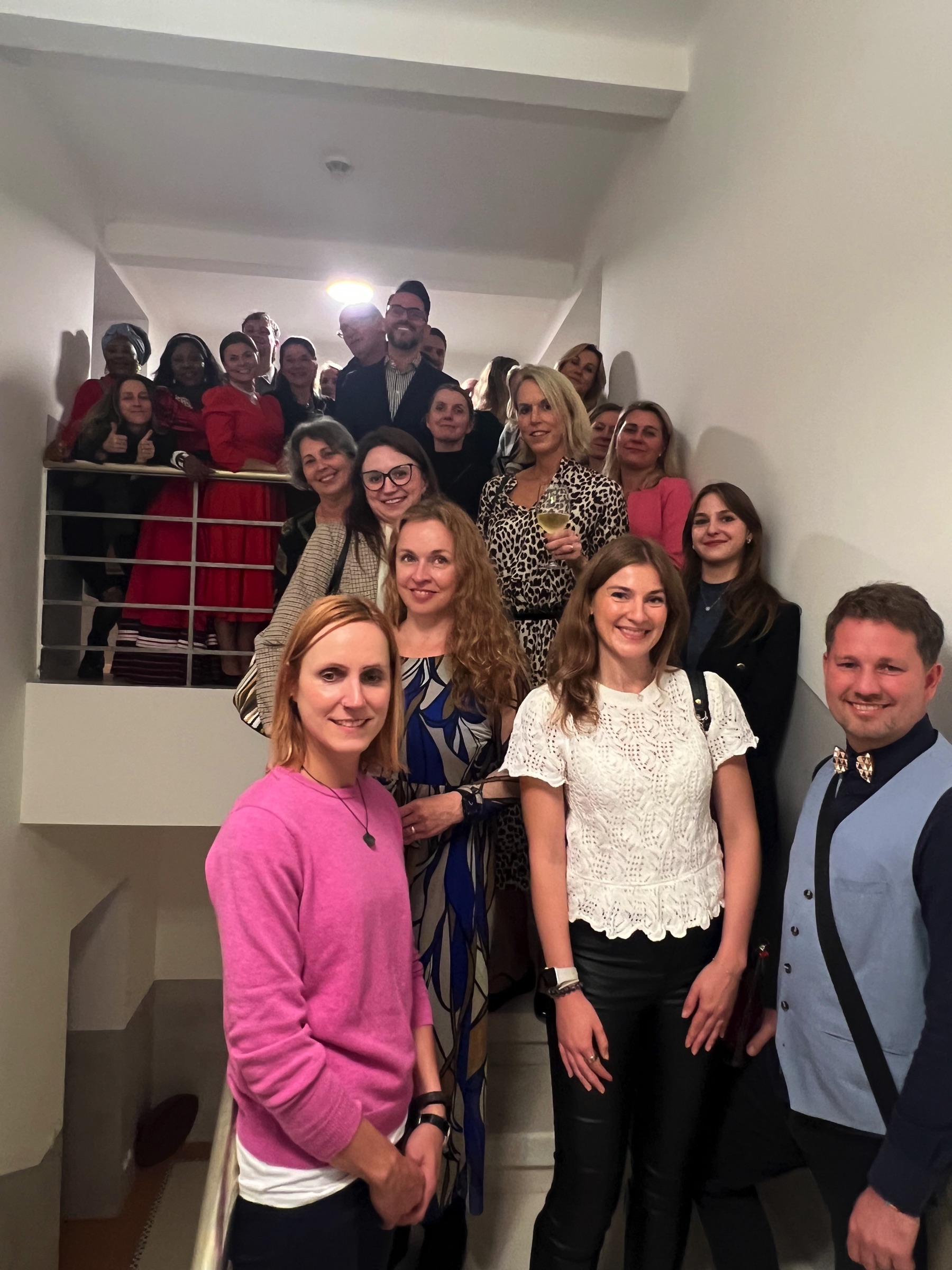
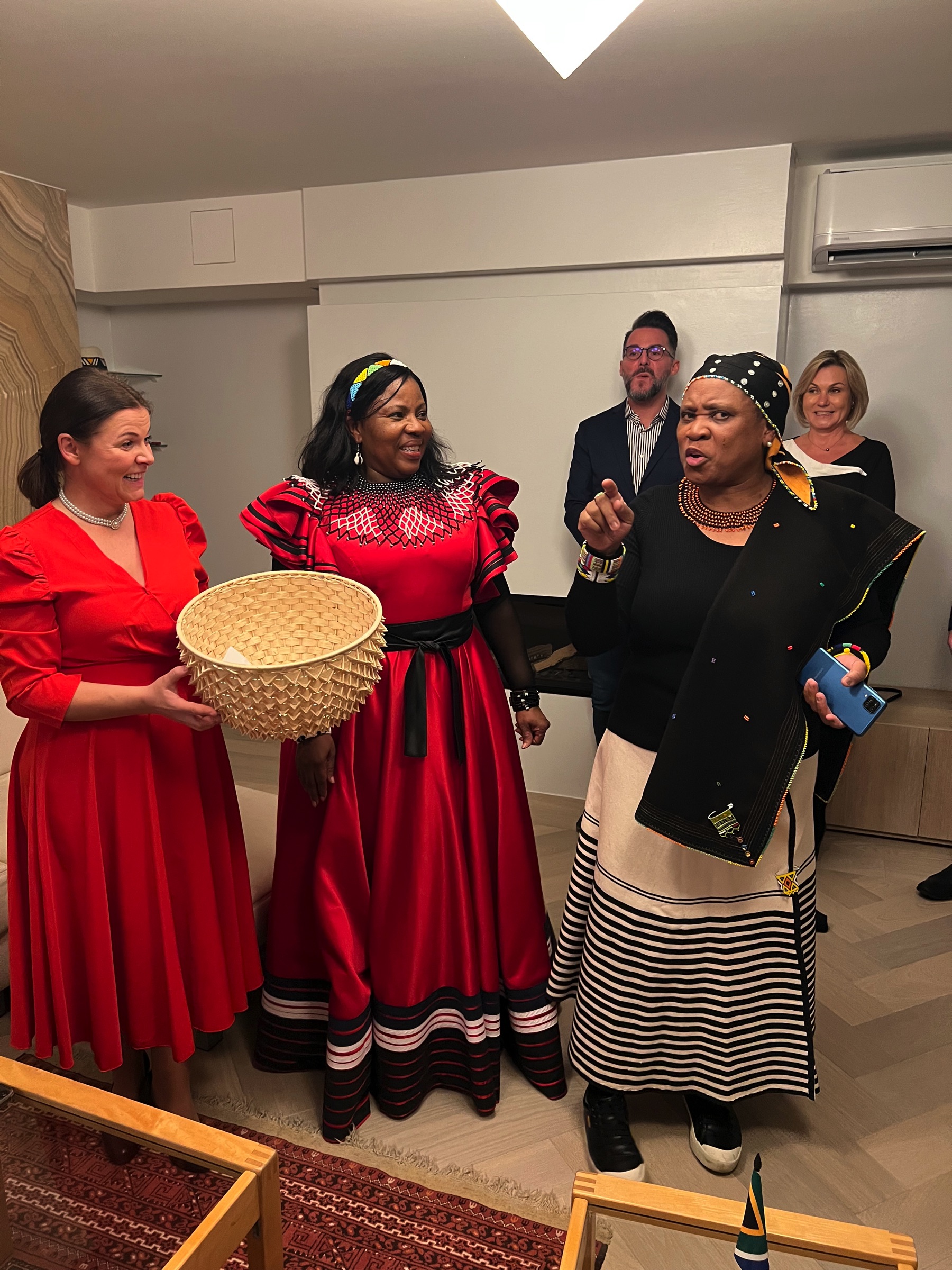

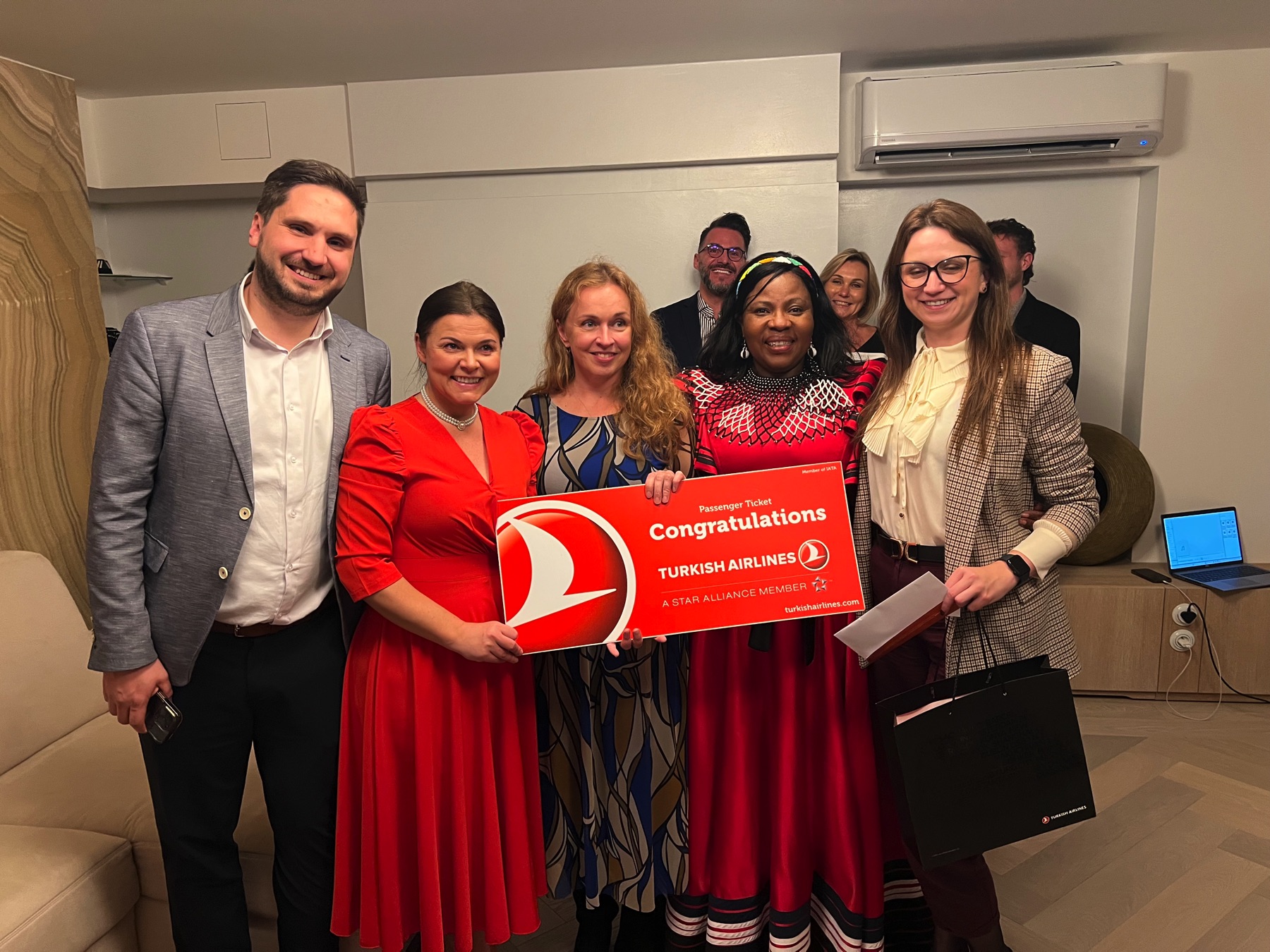
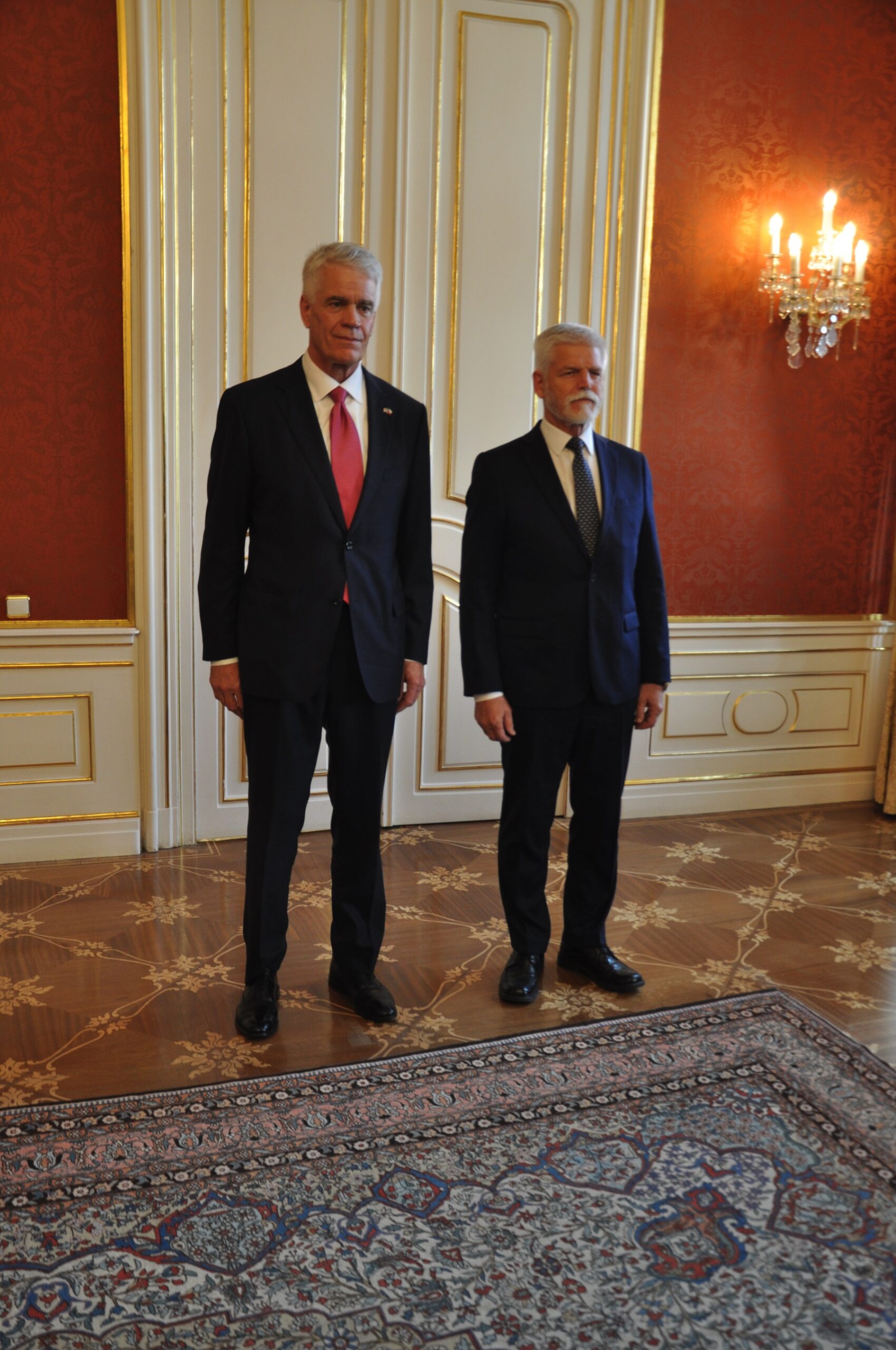
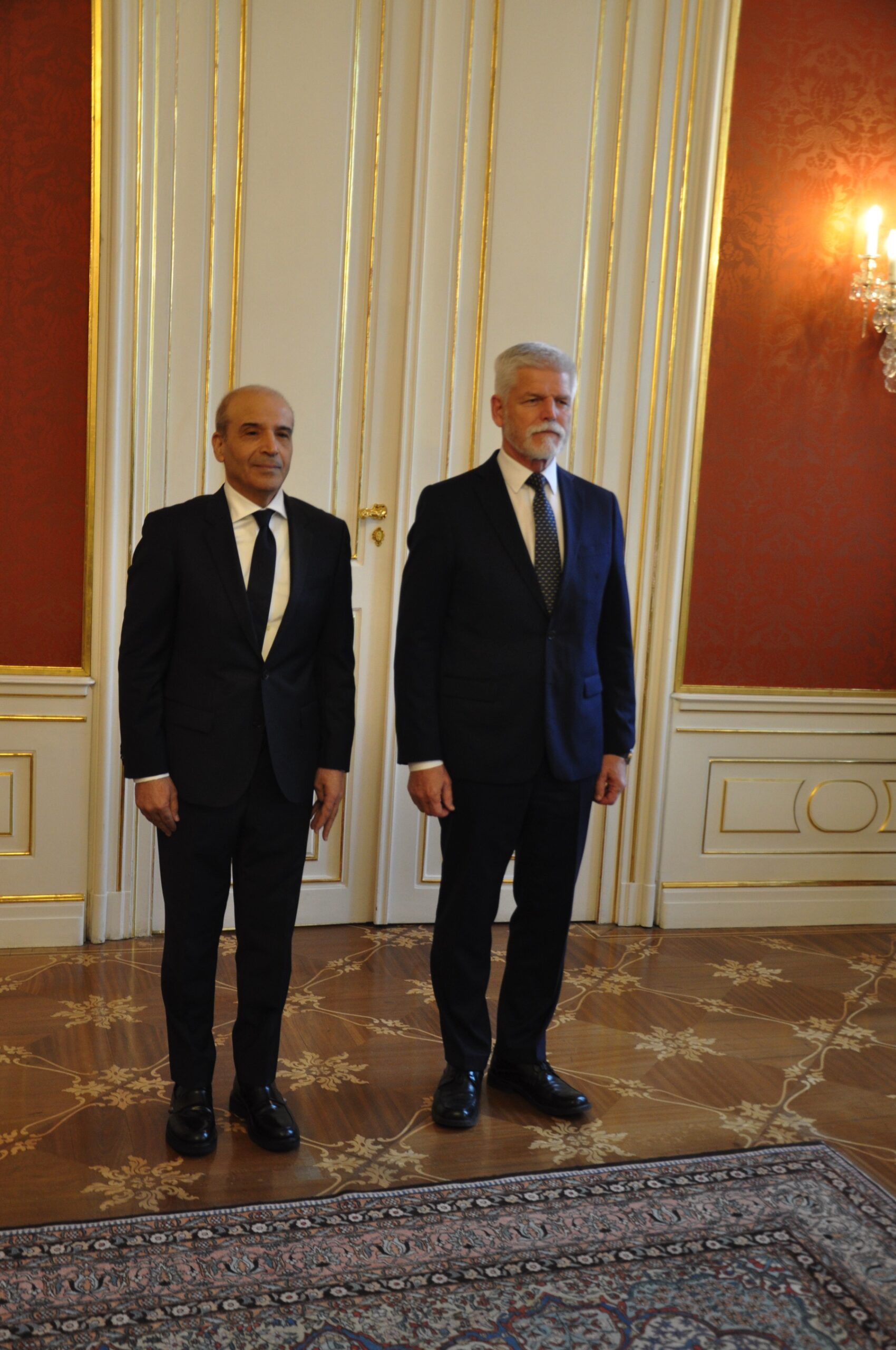








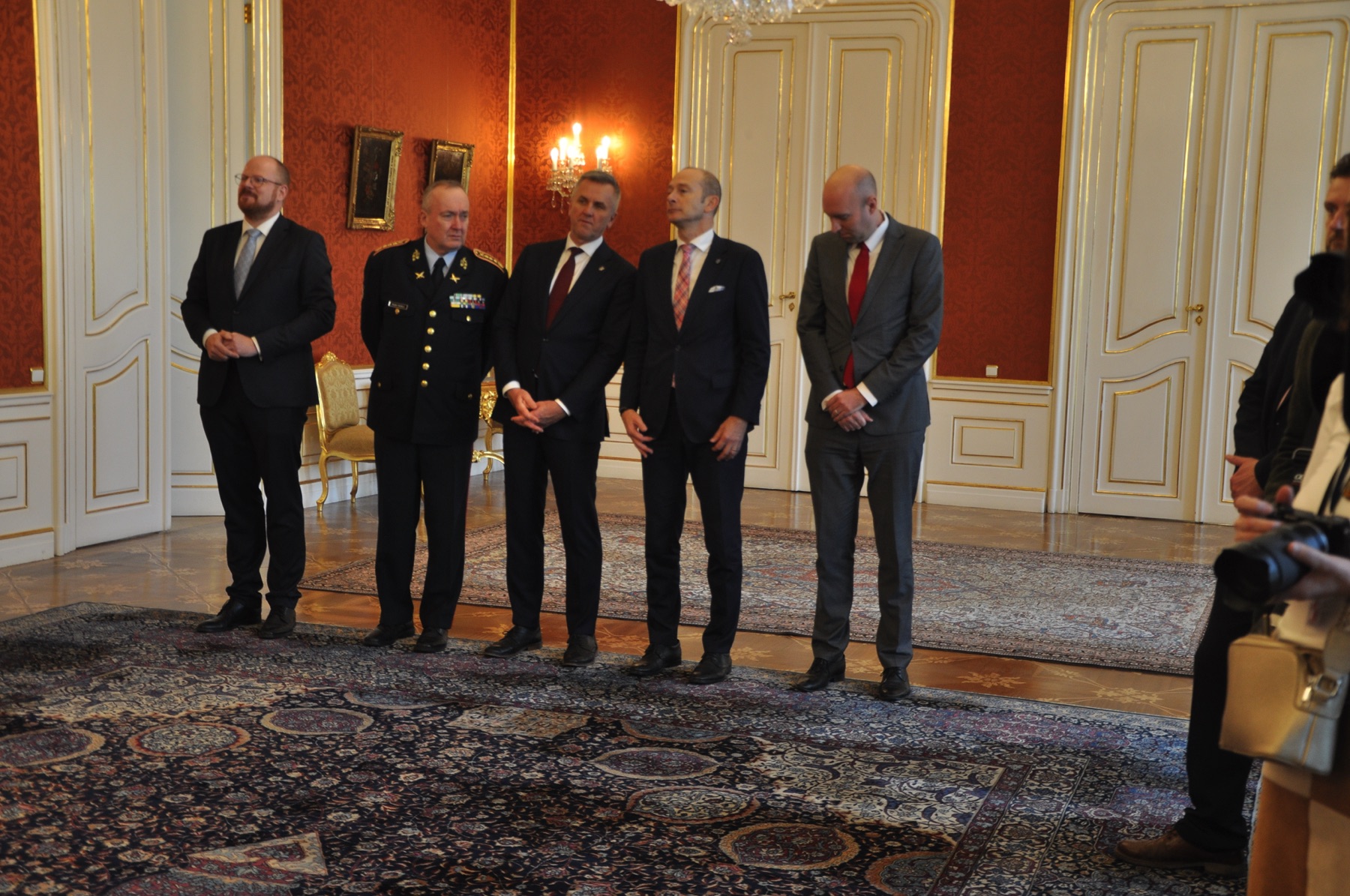

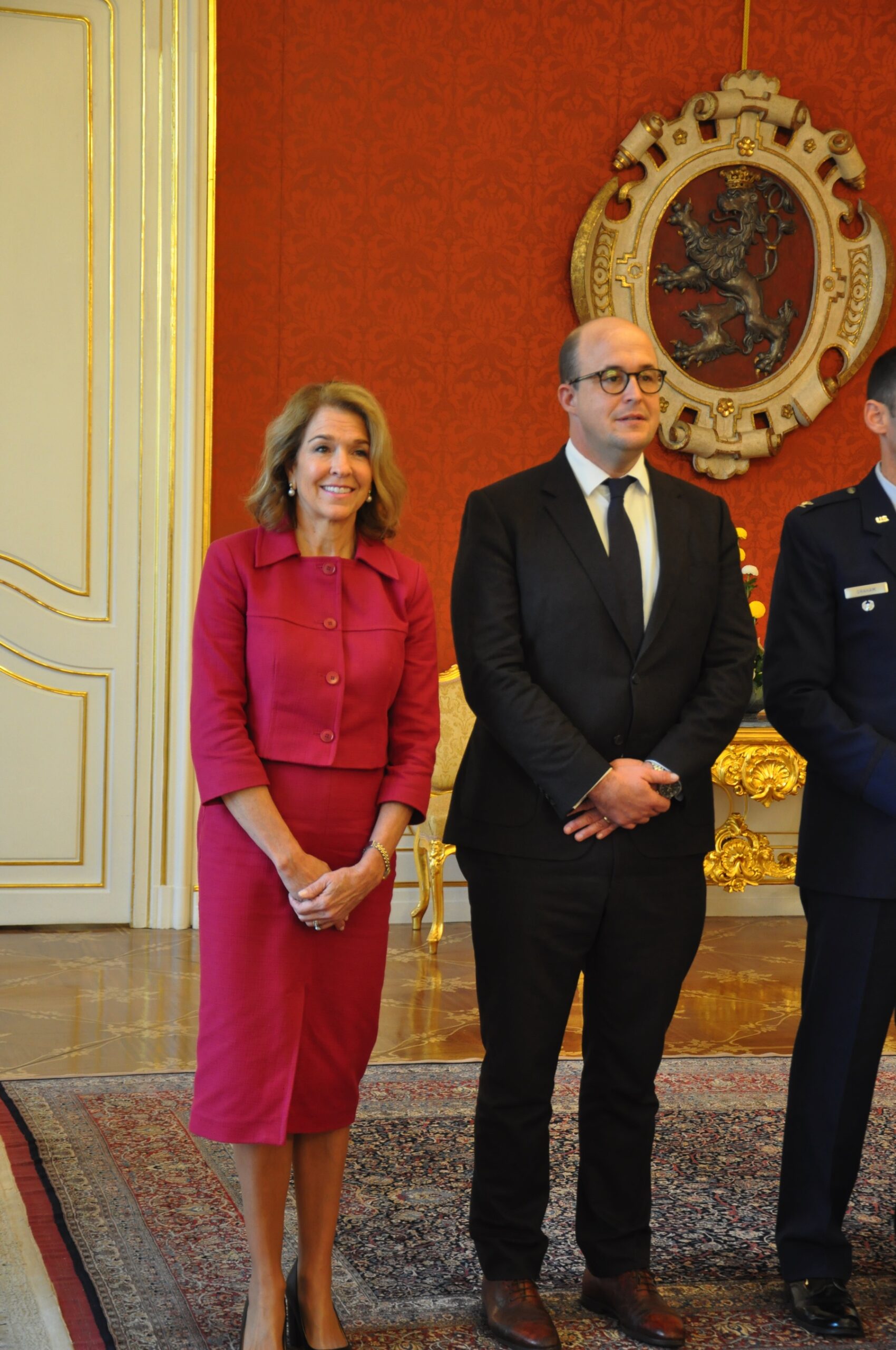
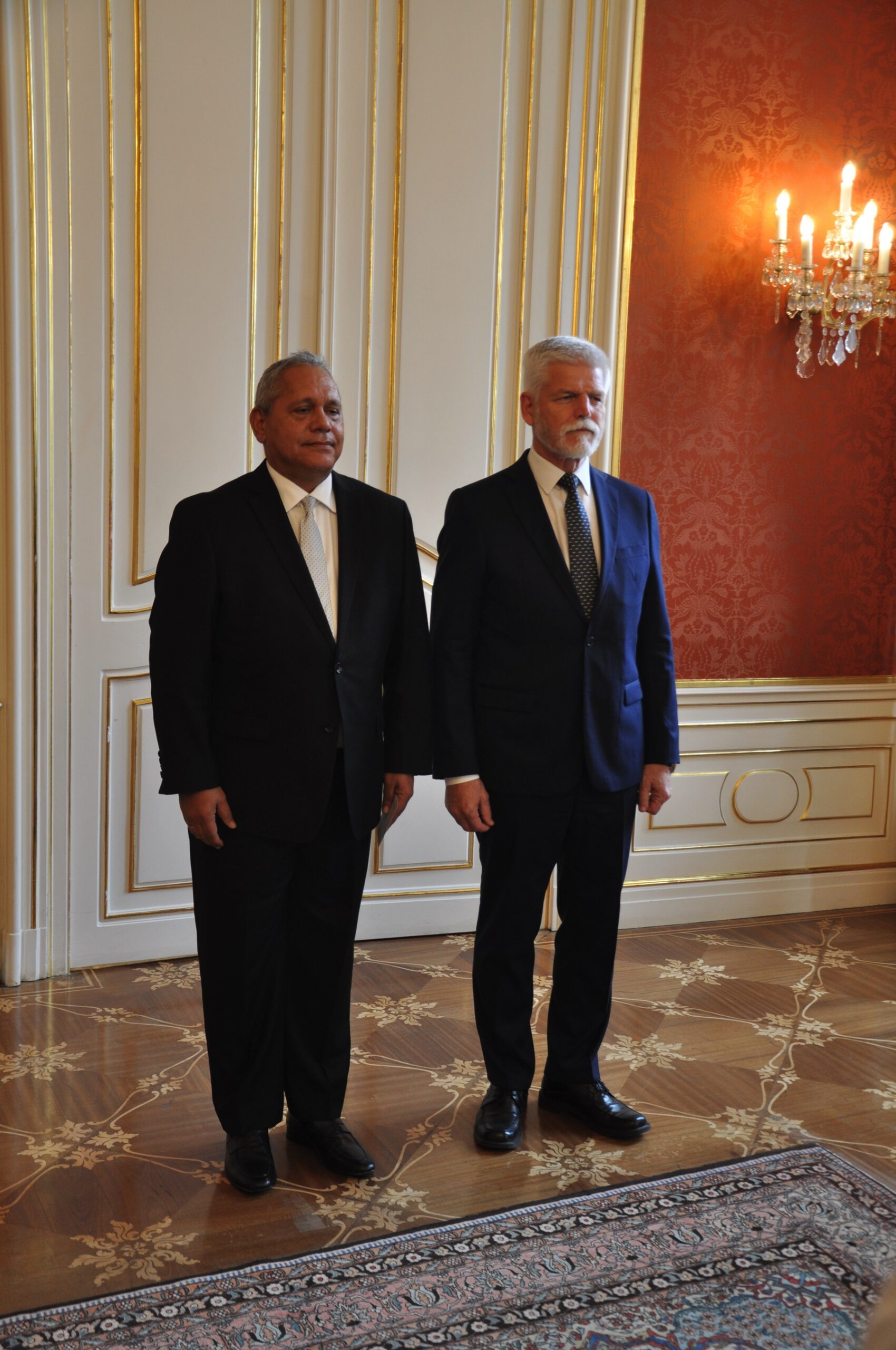
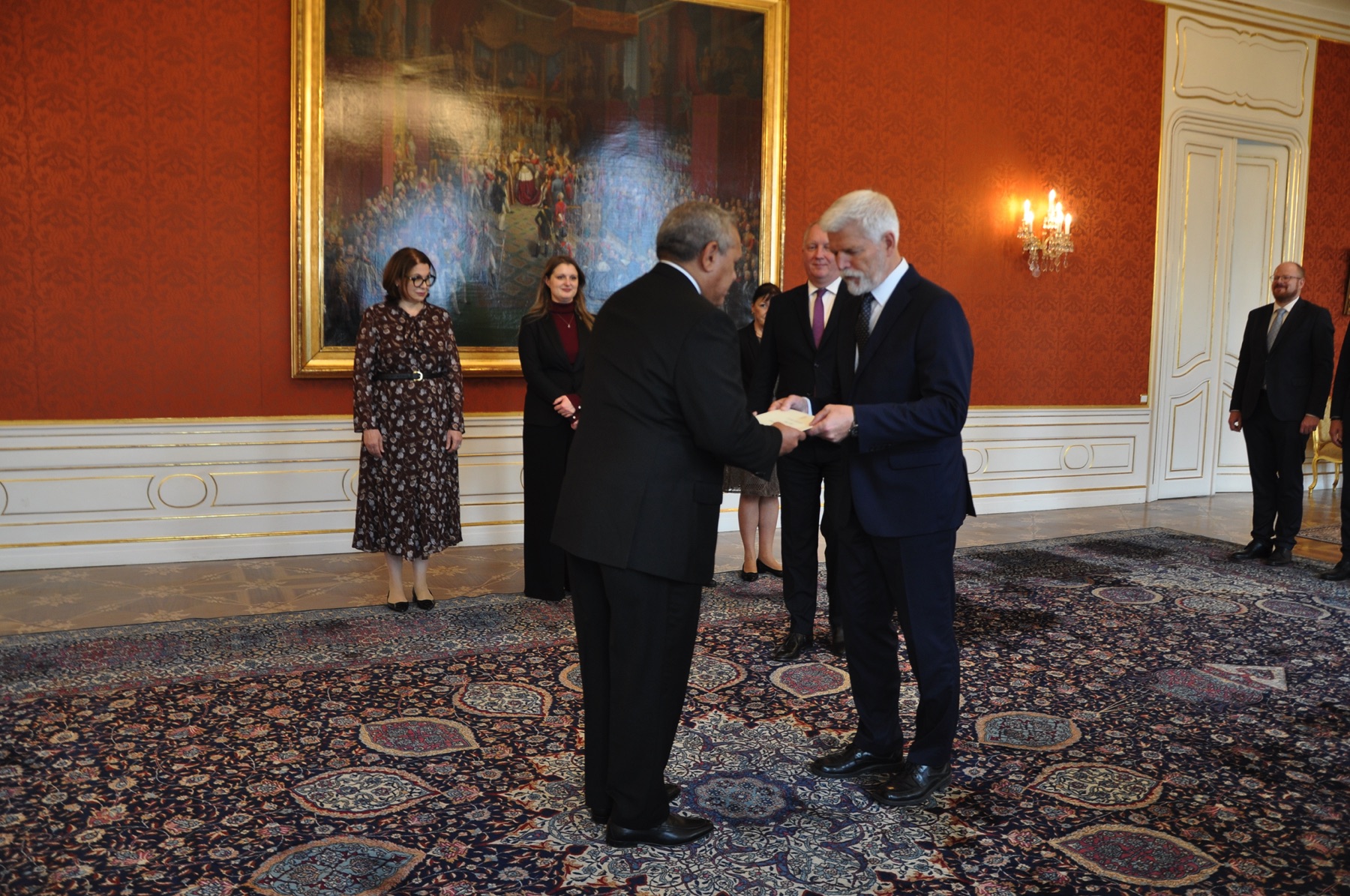
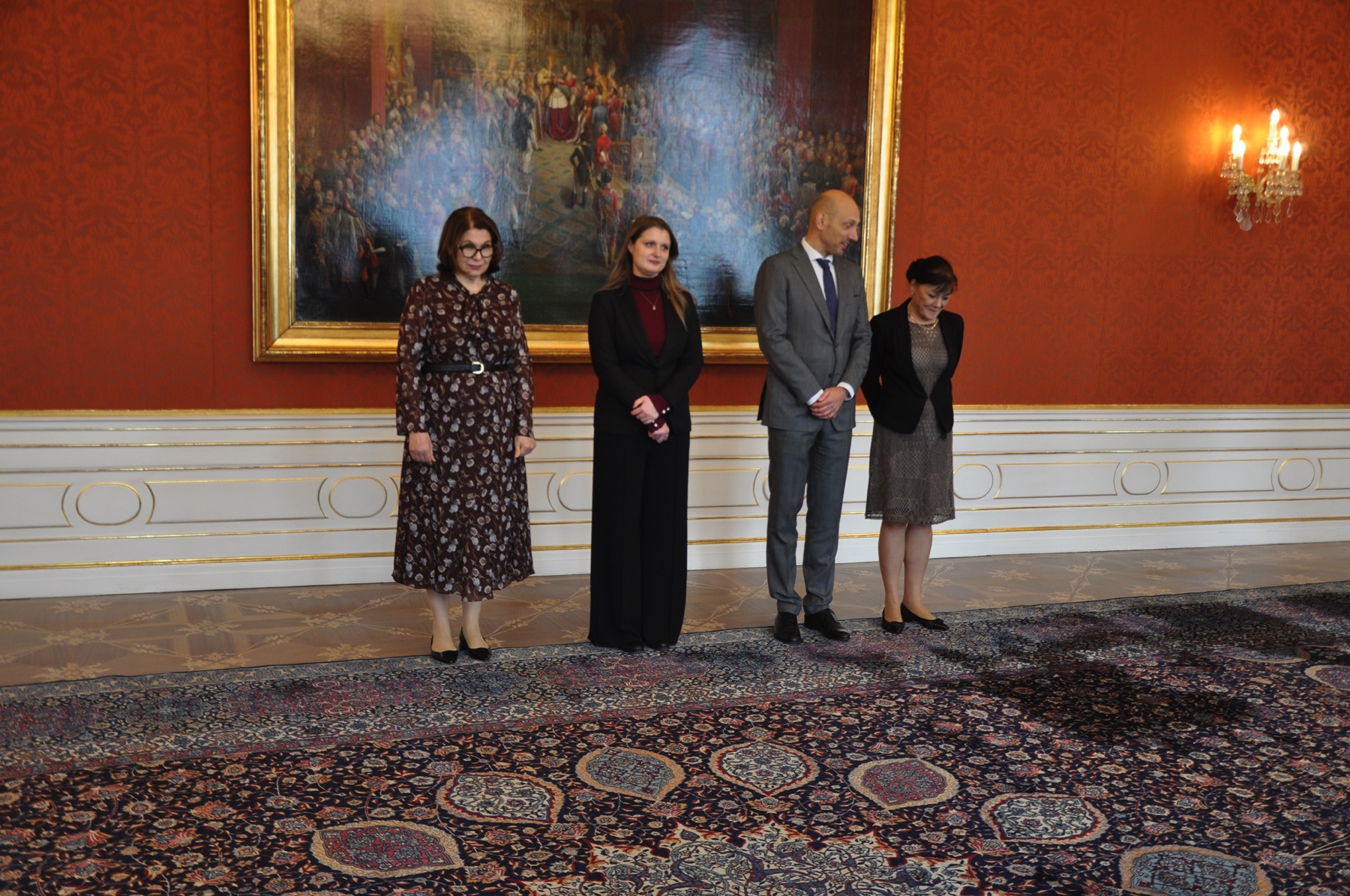
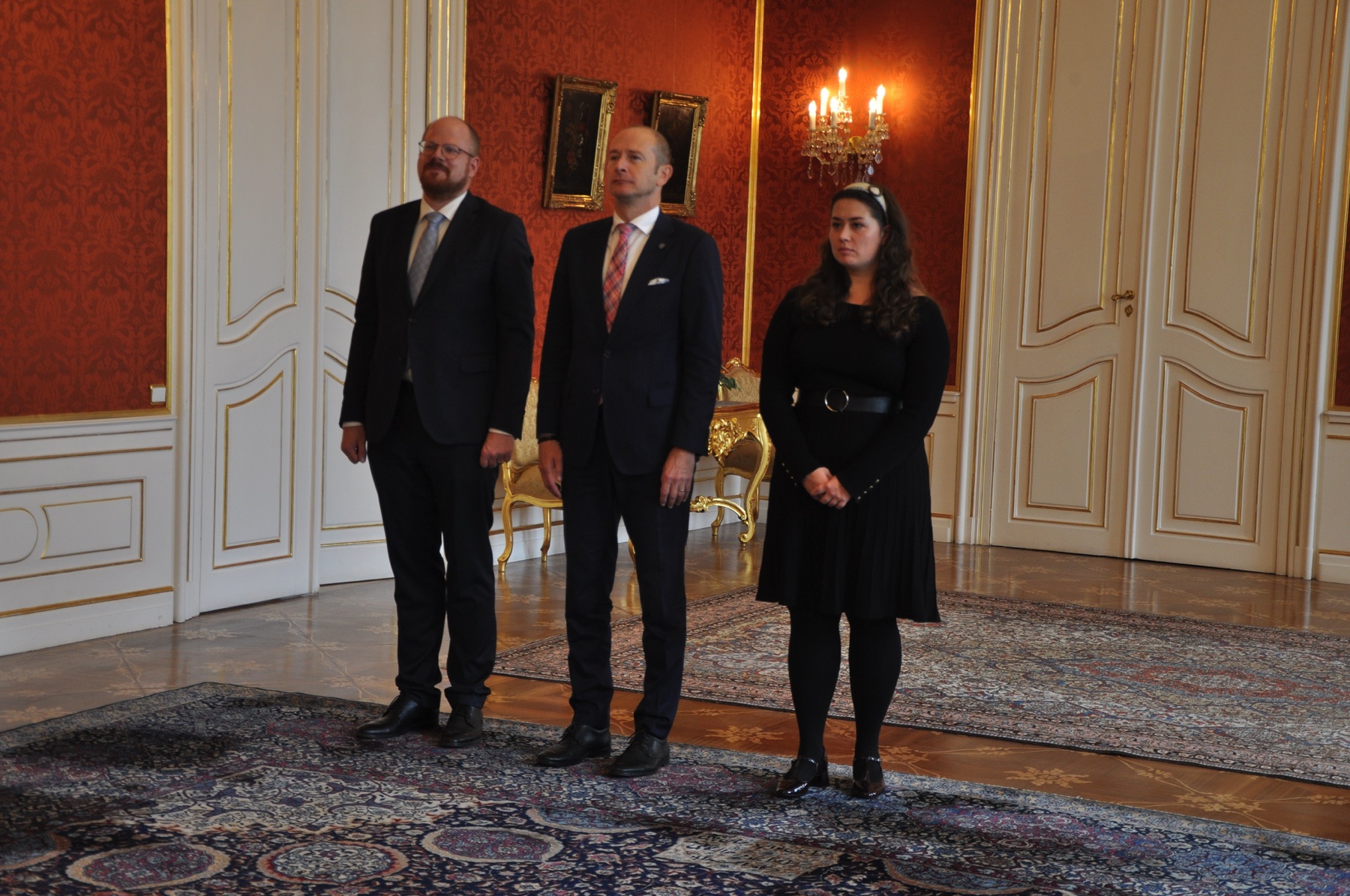
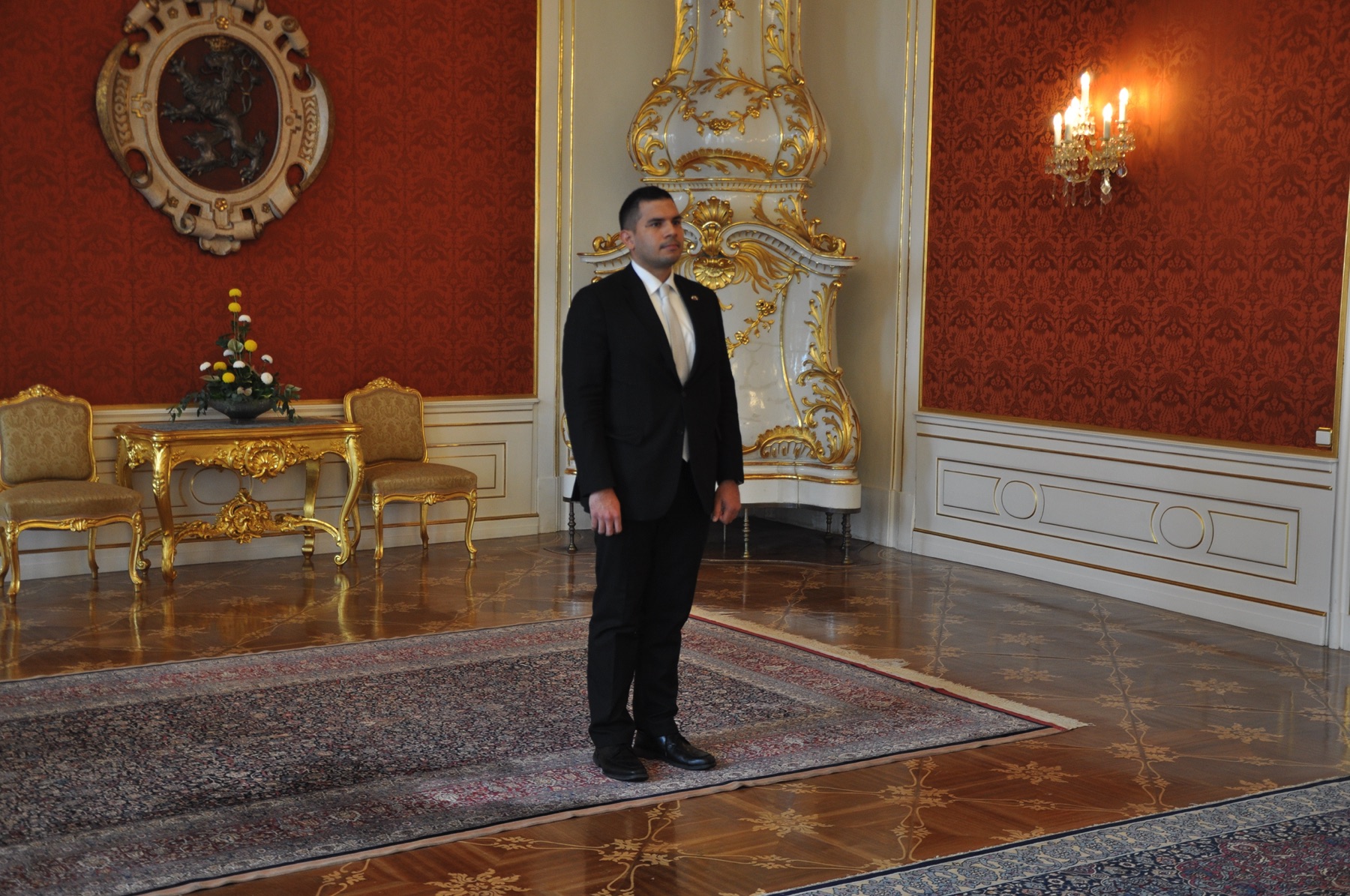
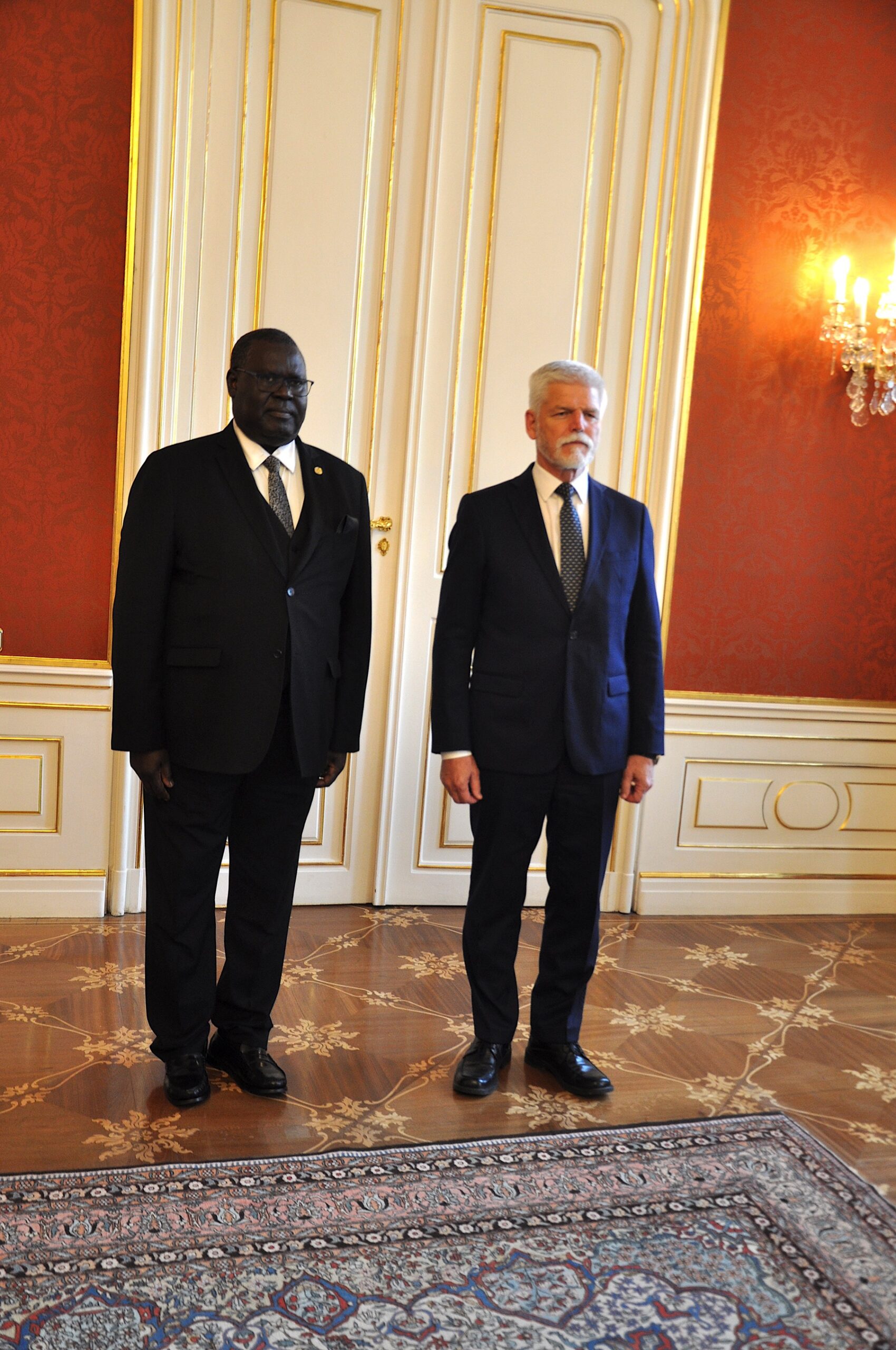
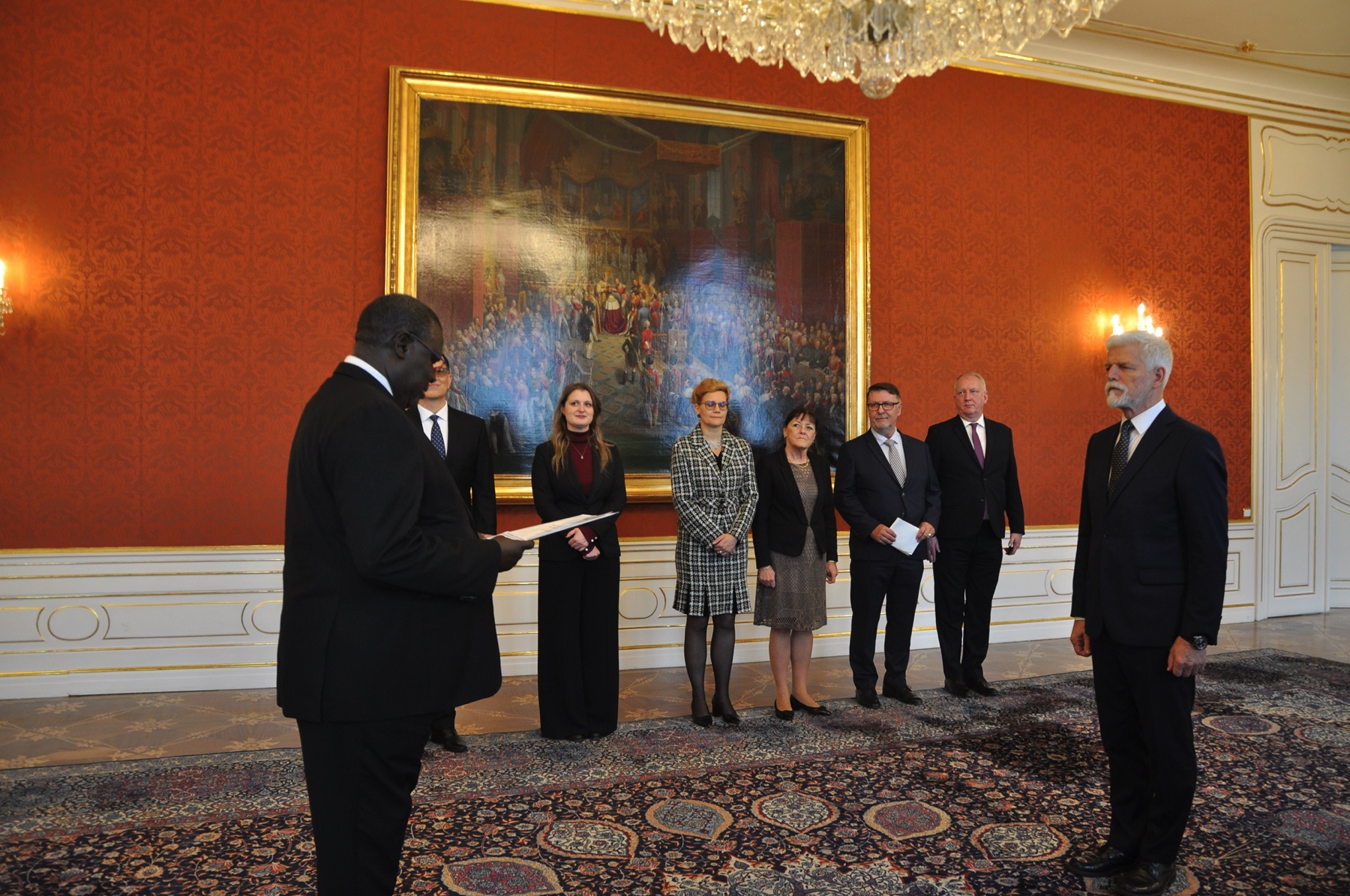
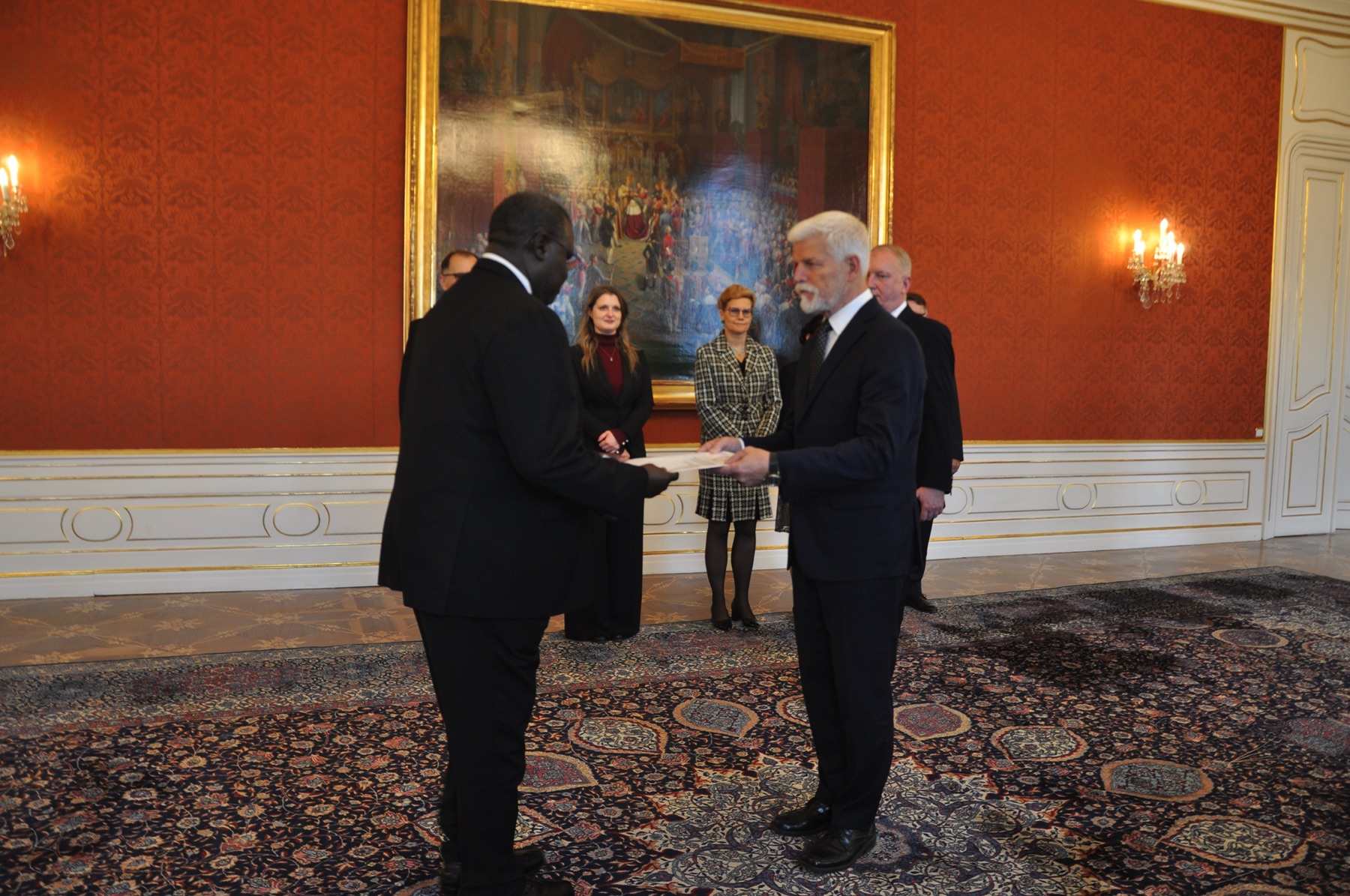
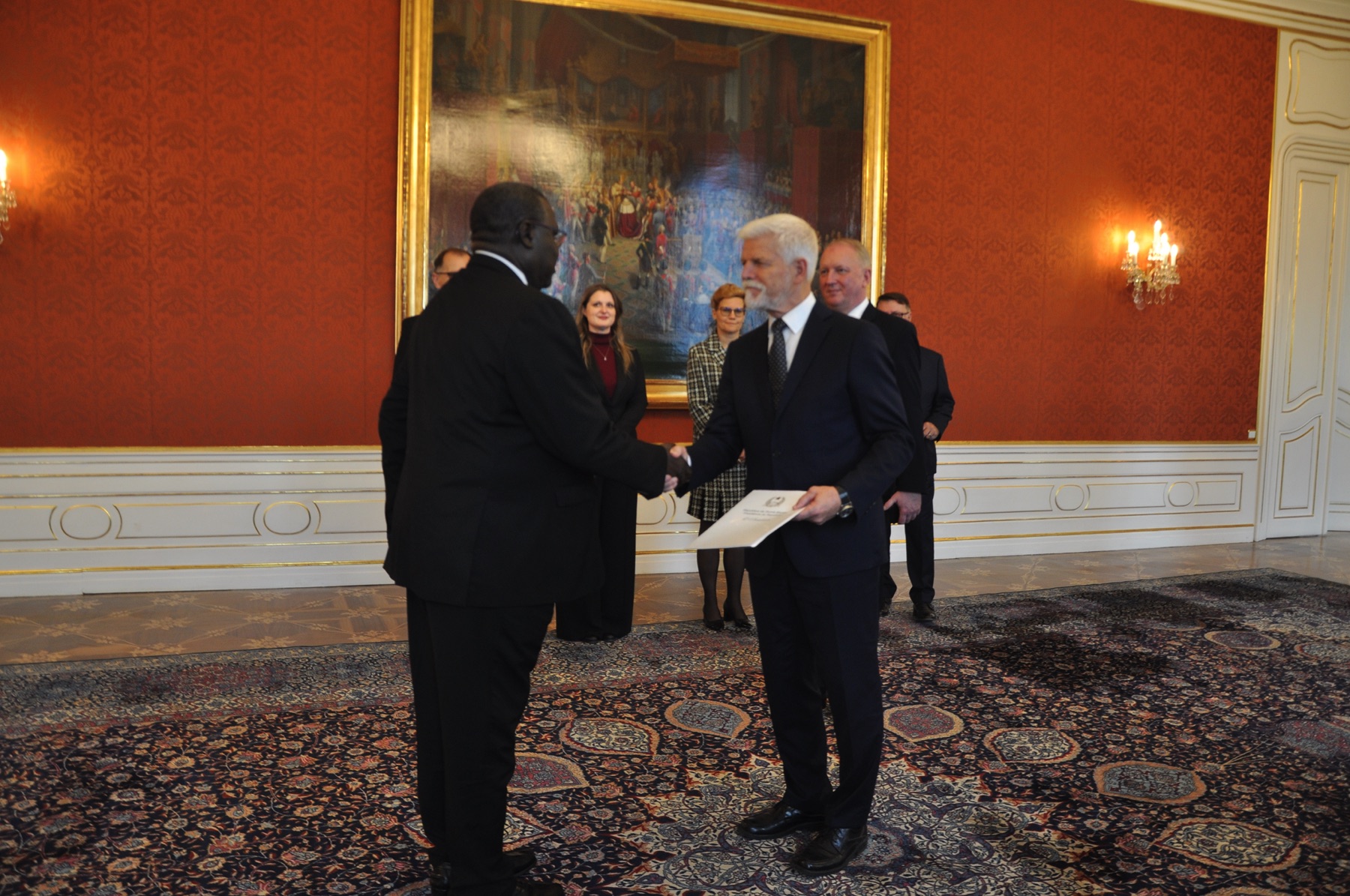
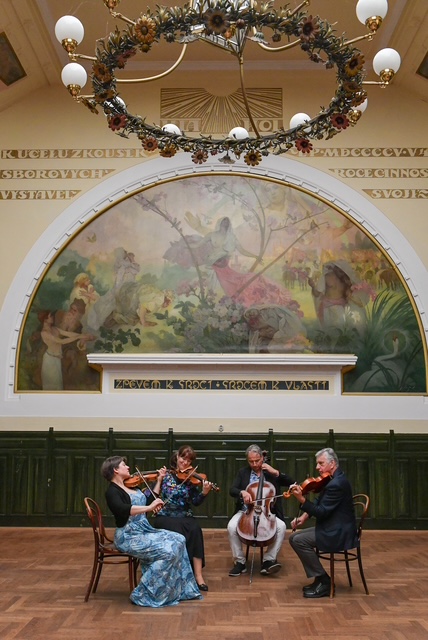


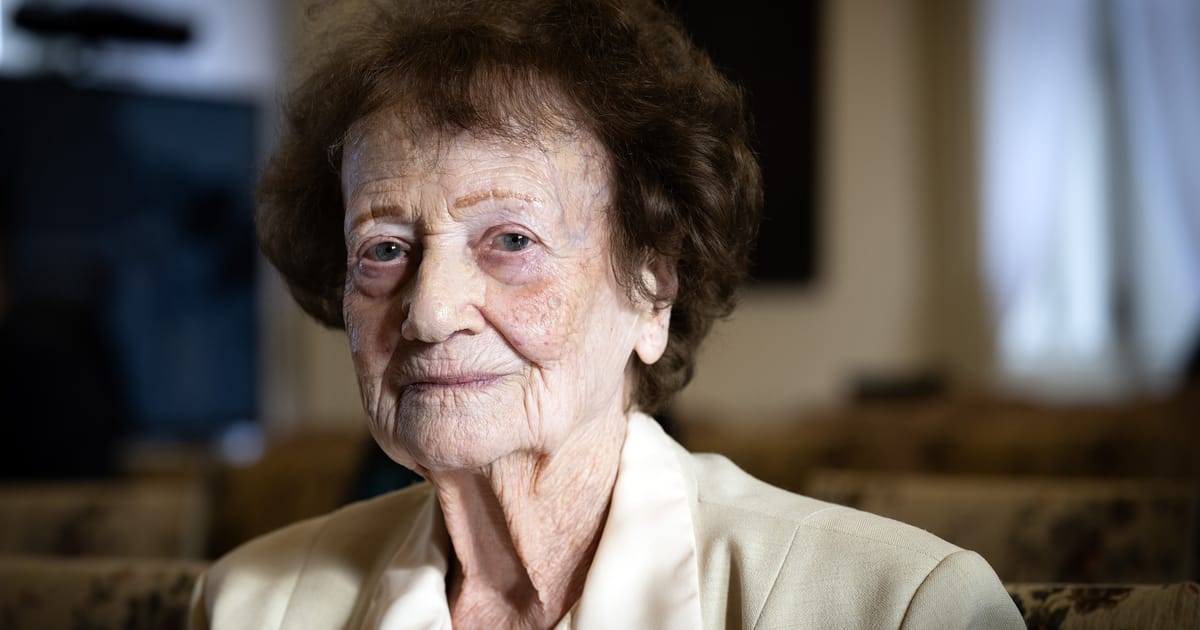
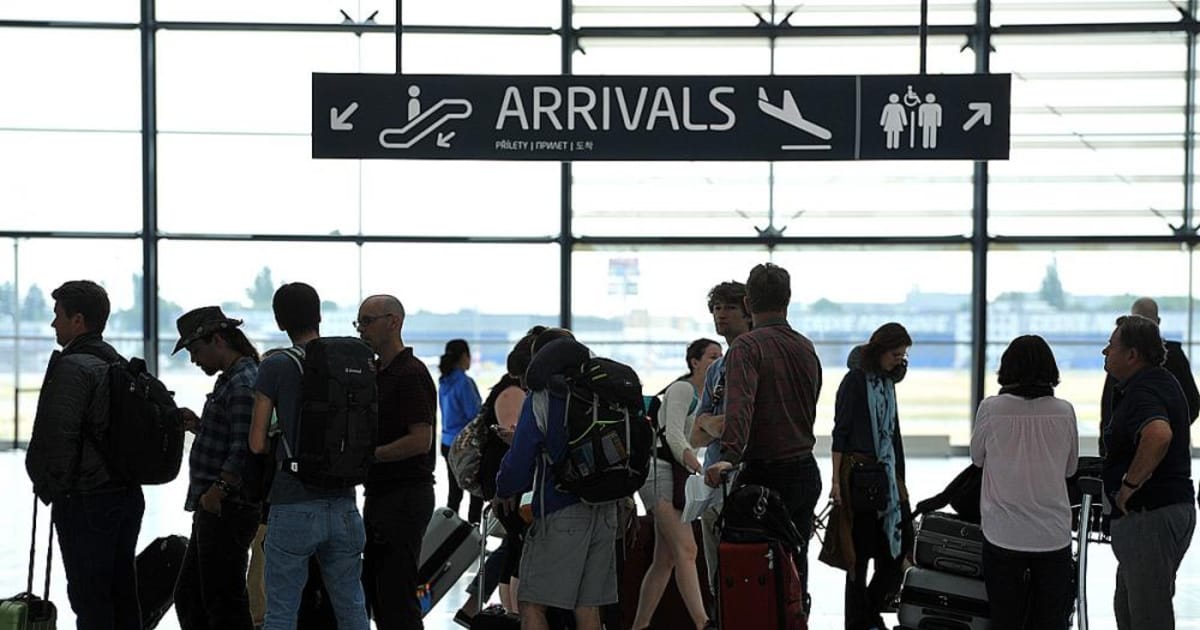
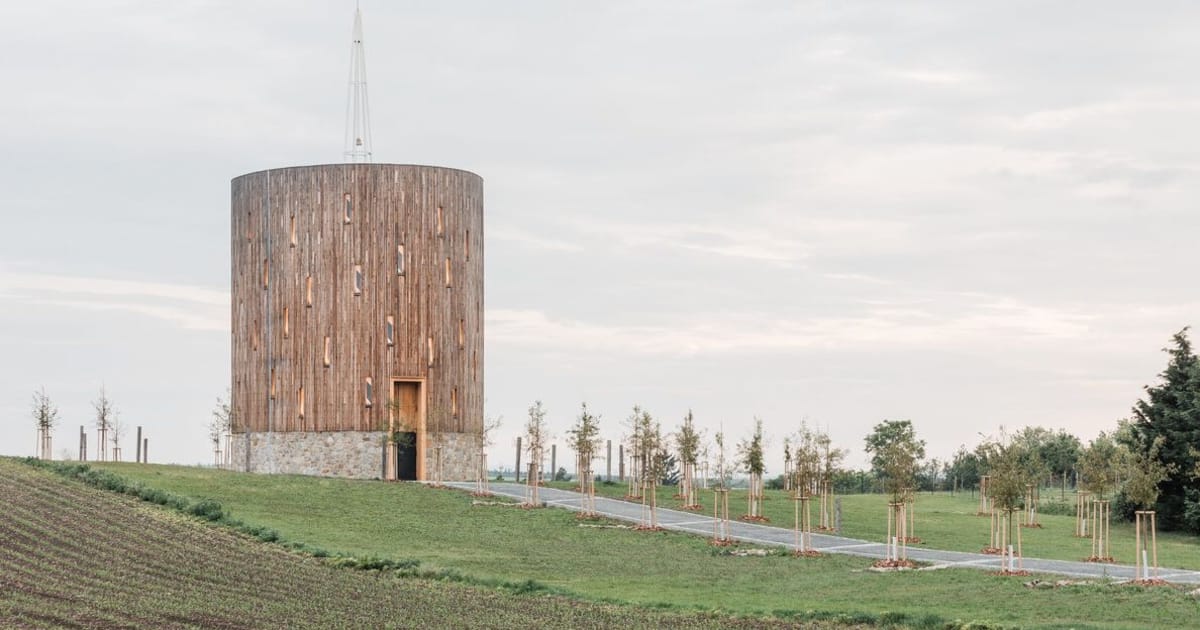
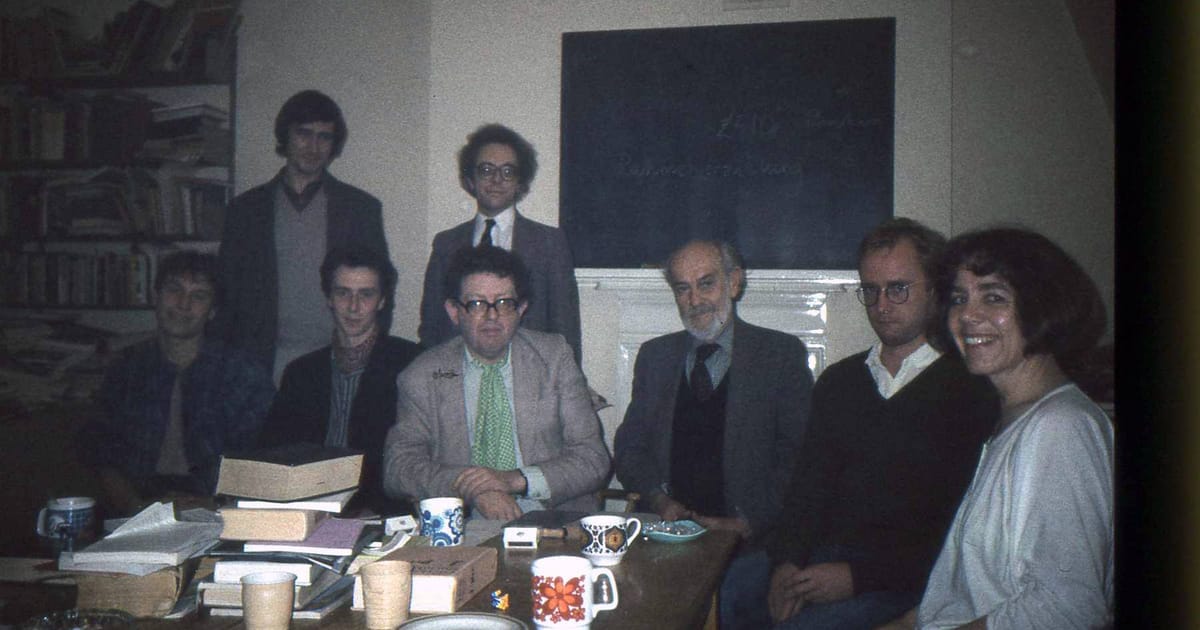

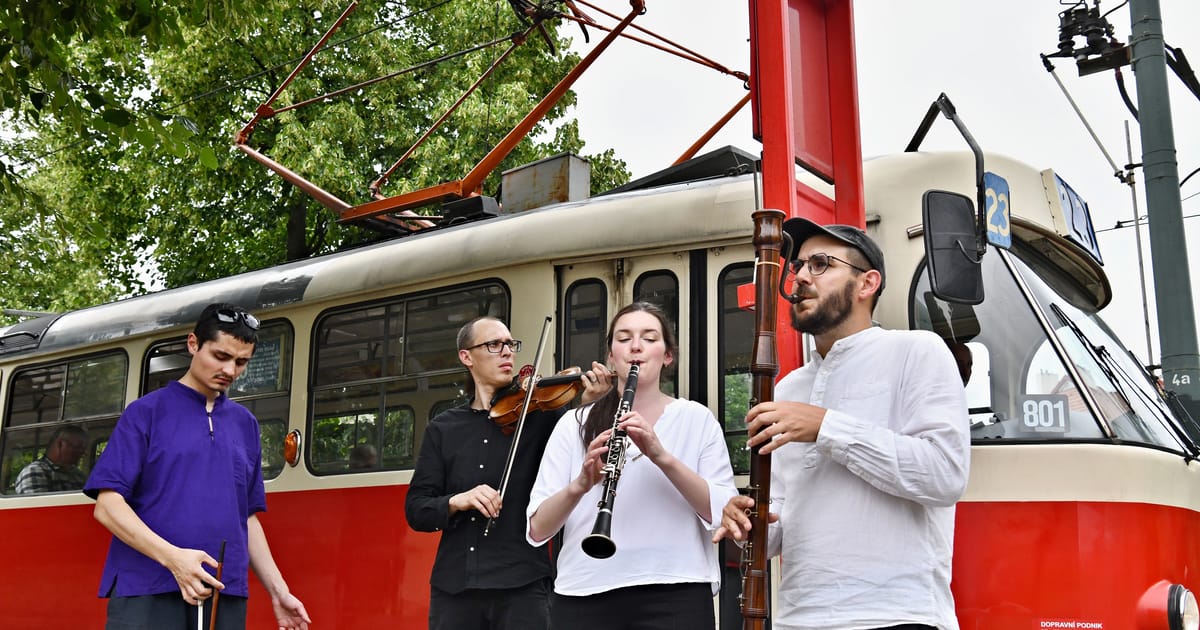
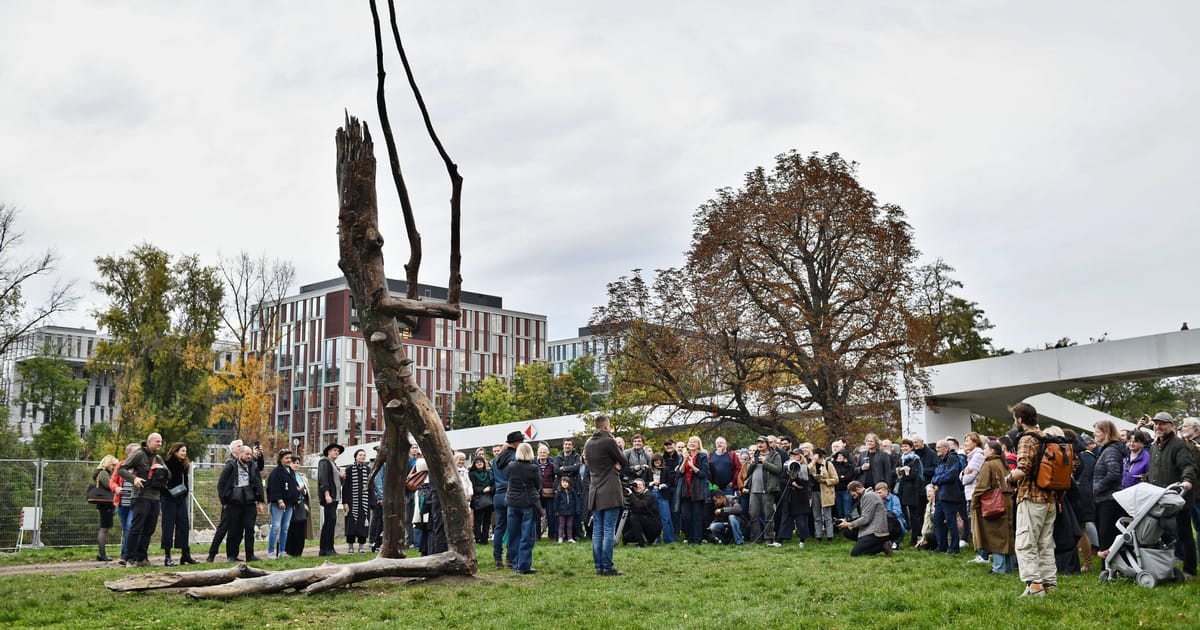
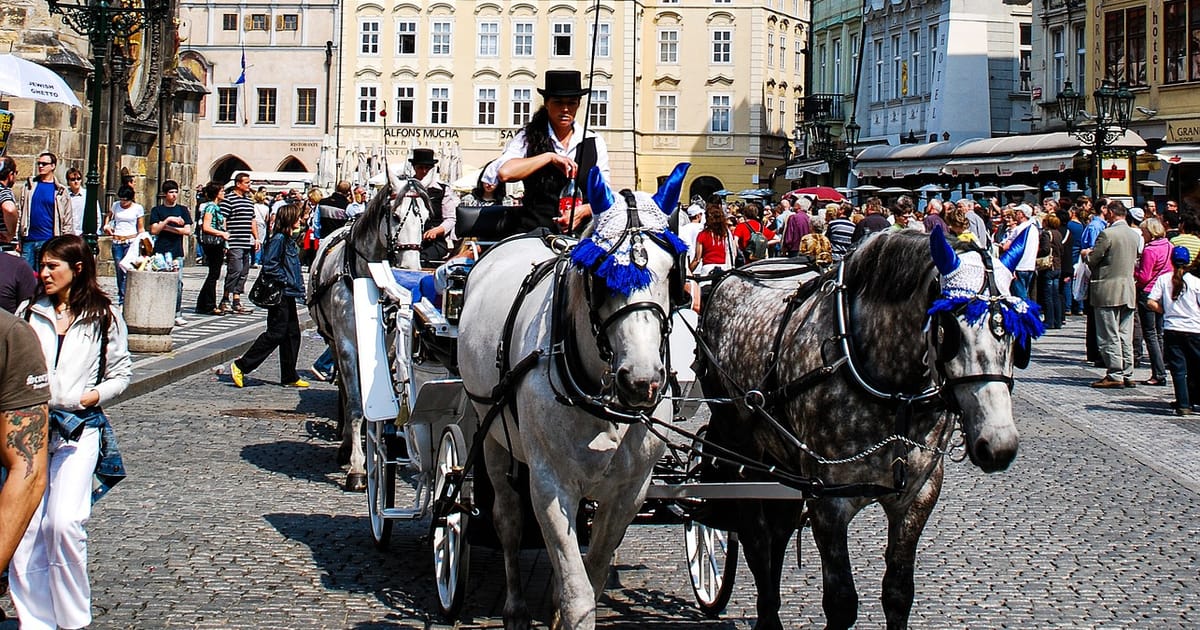
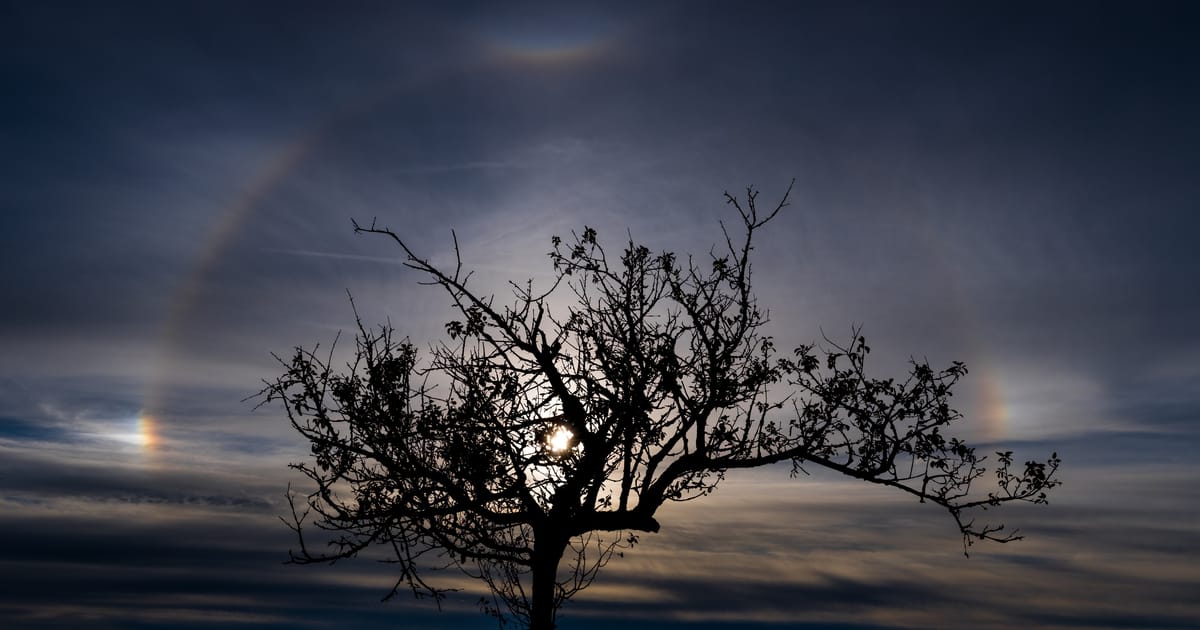
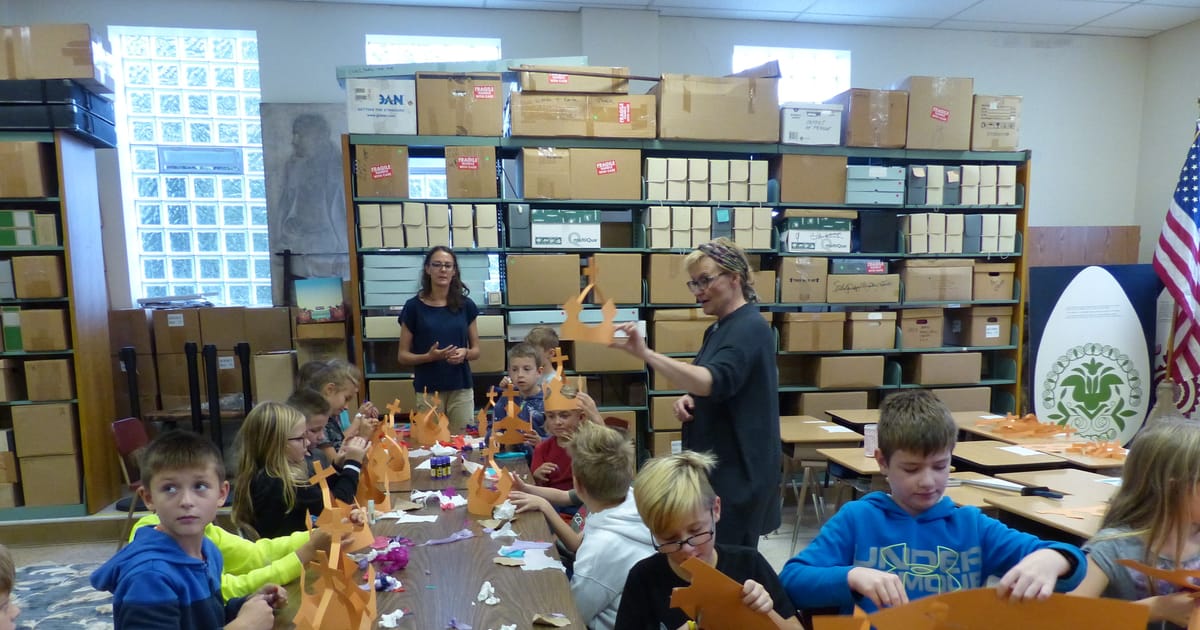
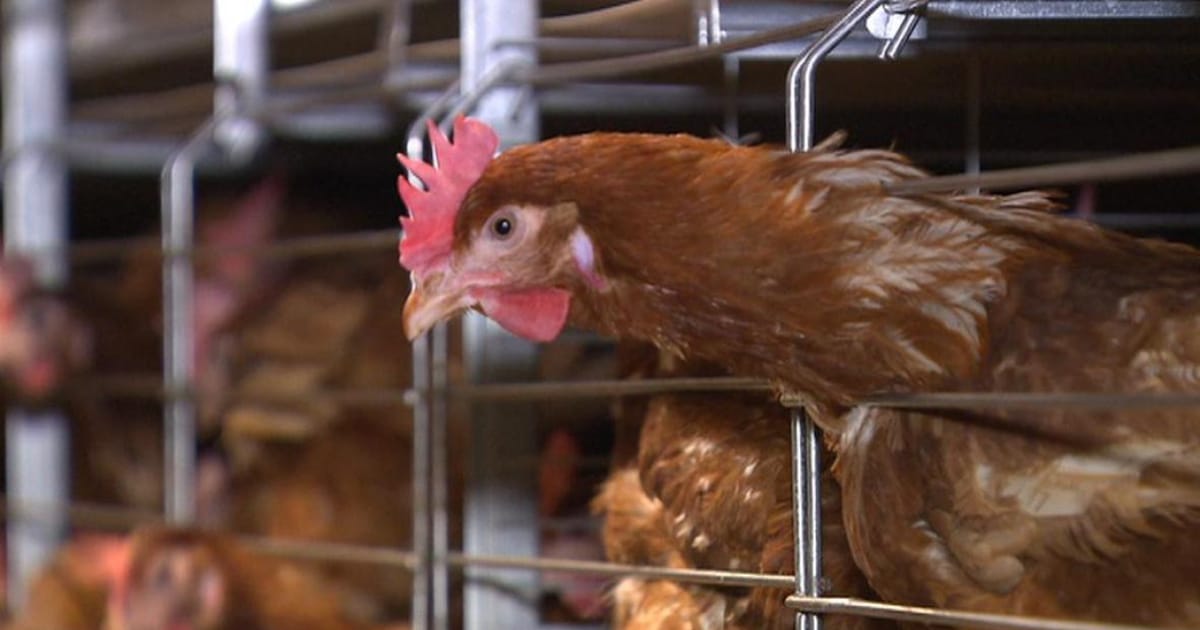
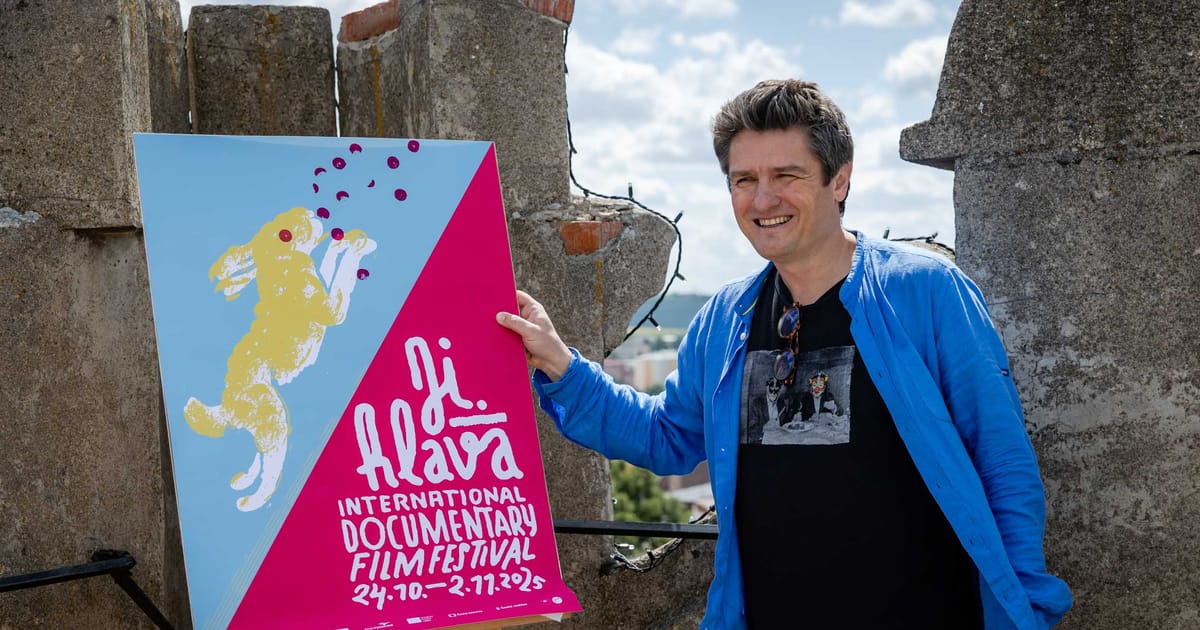
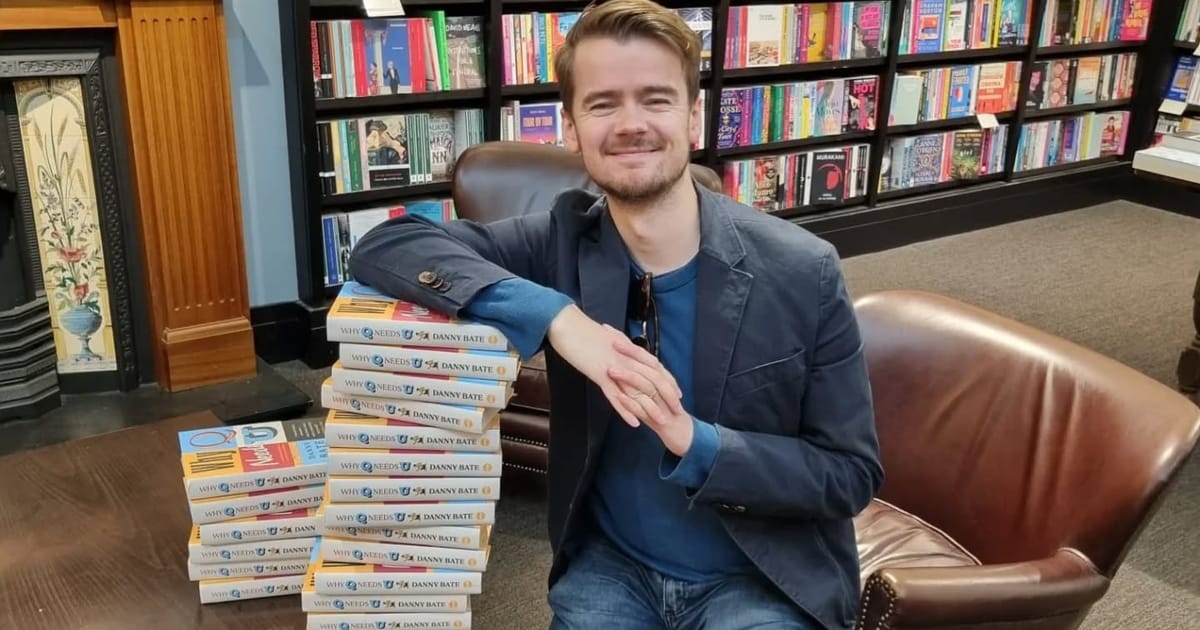
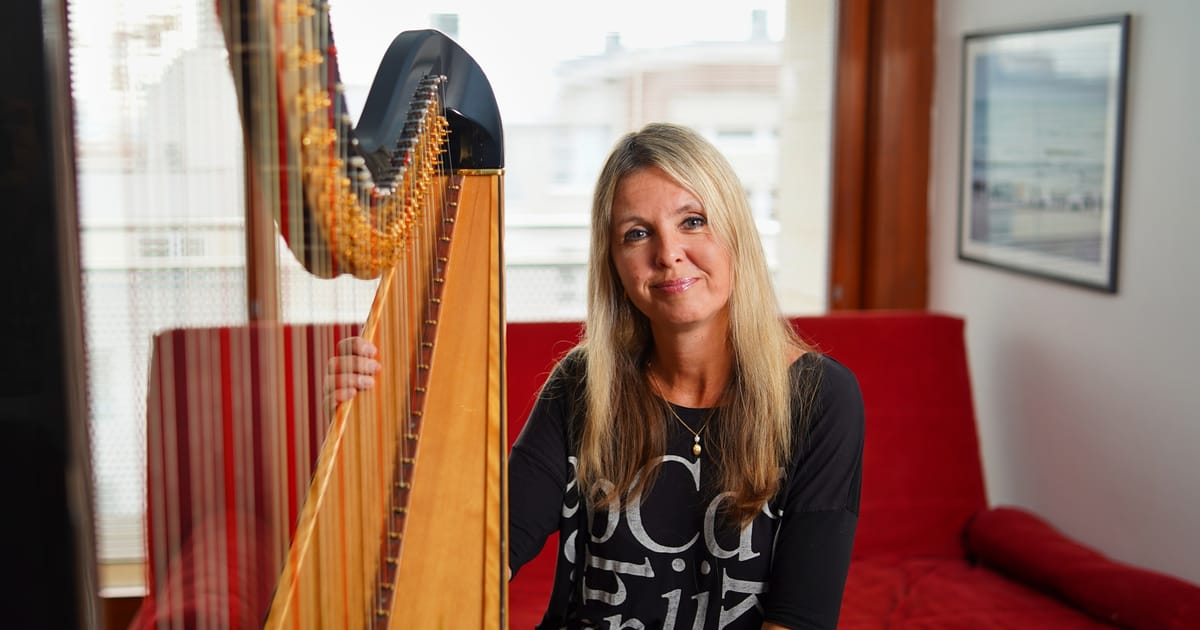
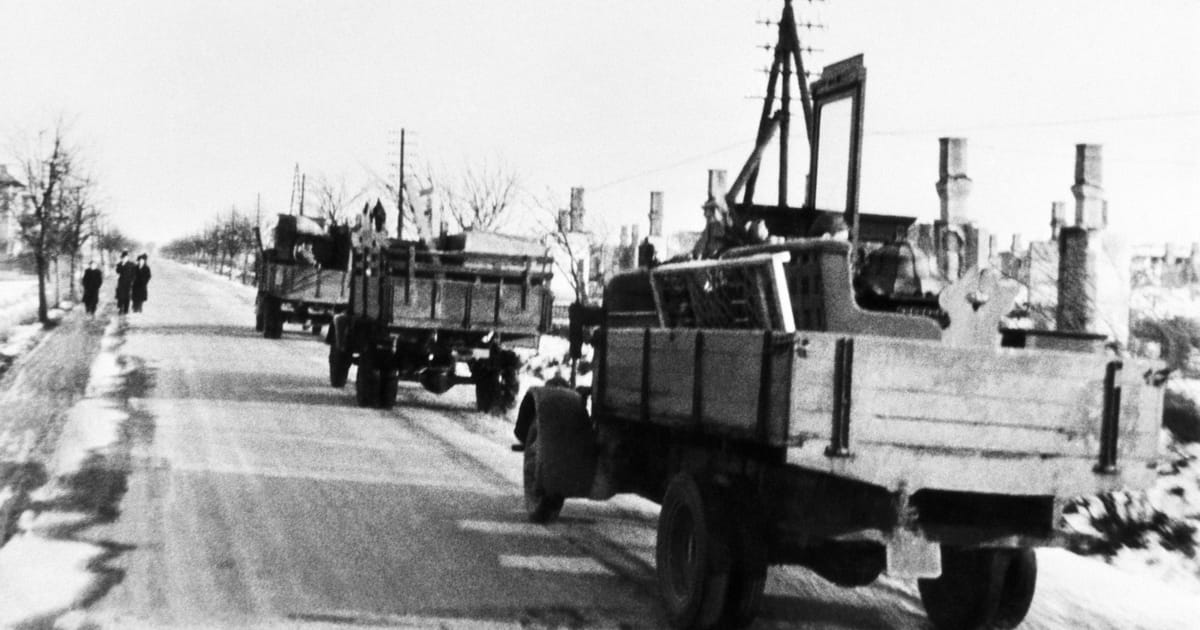
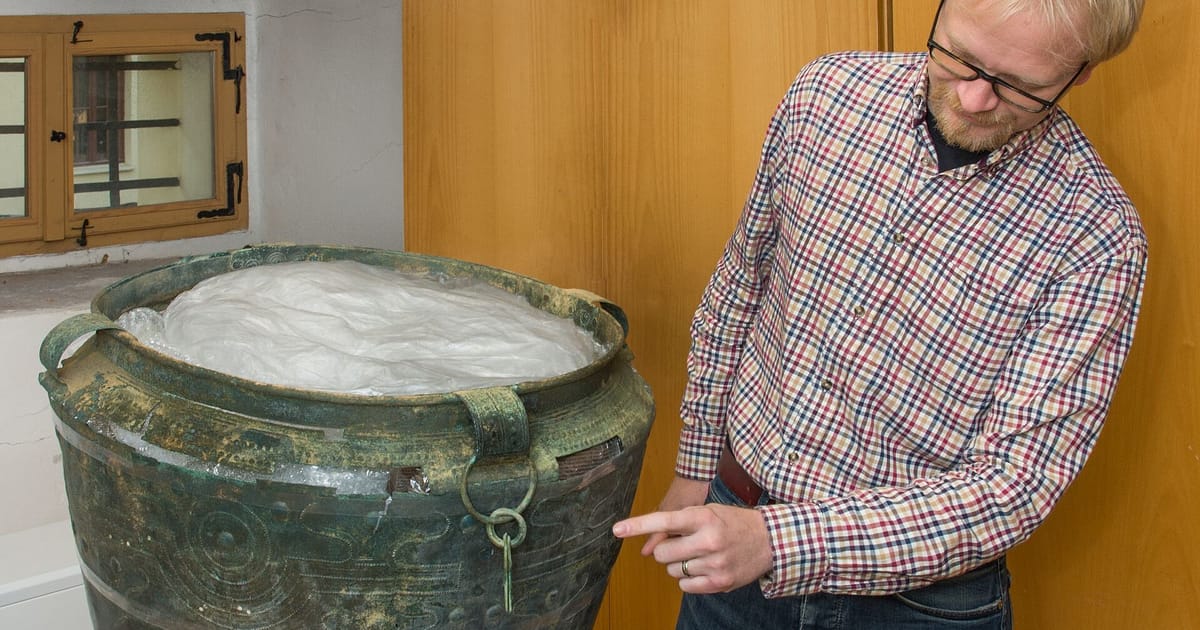
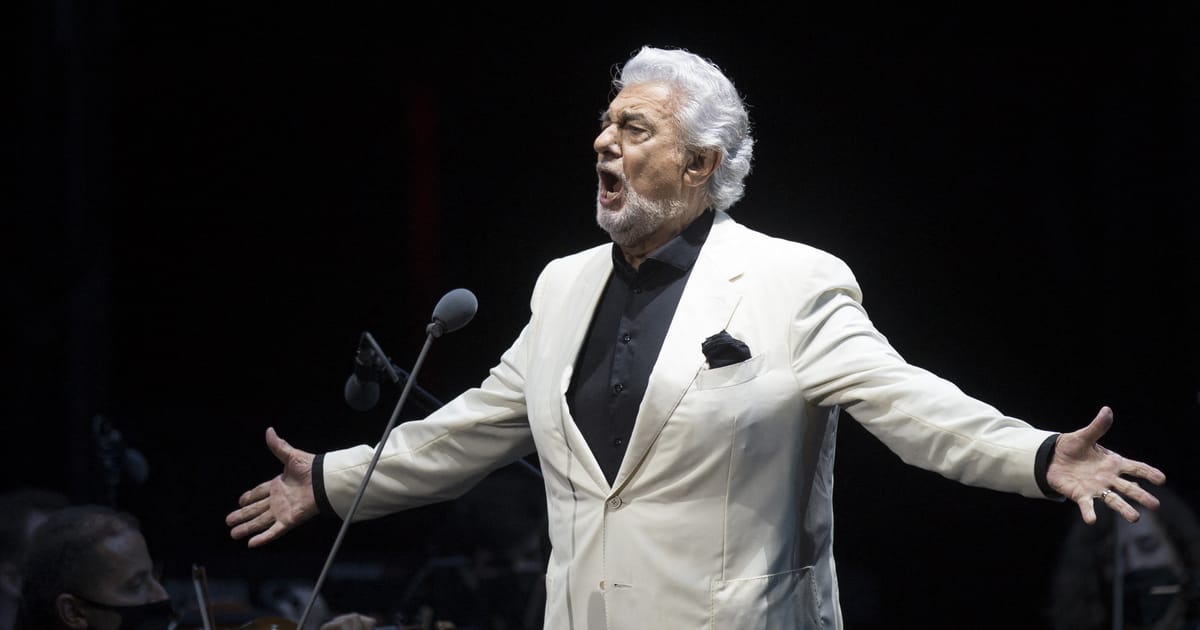
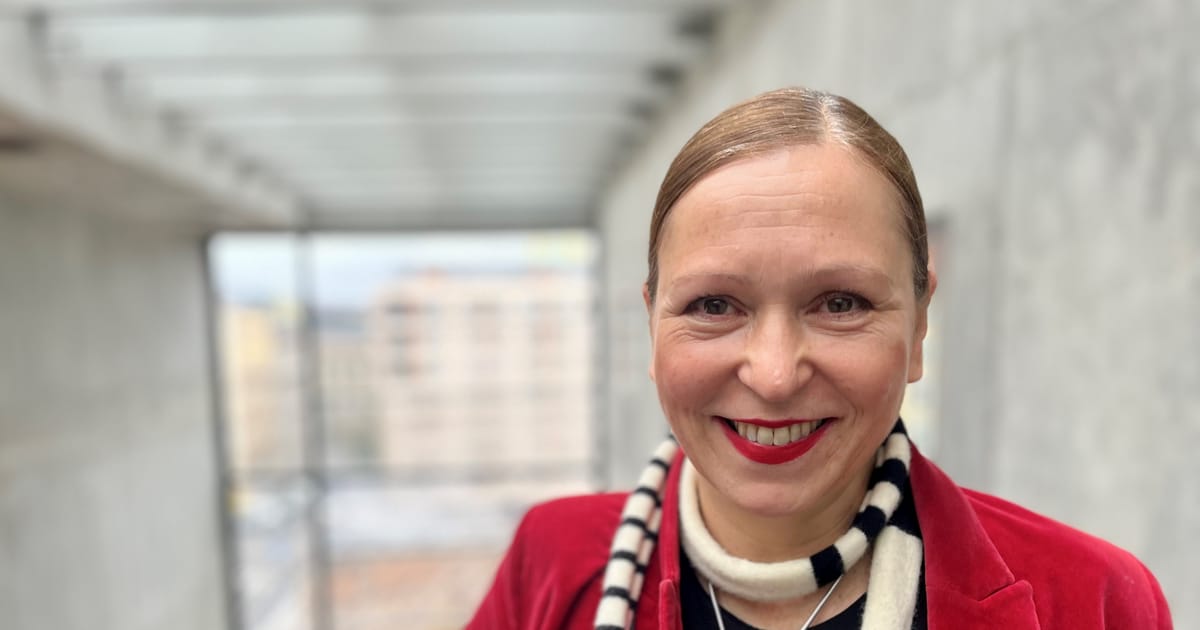
 The Ambassador of the Argentine Republic, H.E. Mr. Claudio Javier Rozencwaig and the Cinema Lucerna organized the Opening of the 14th Annual Argentine Film Festival and the screening of the film “El Robo del Siglo”.
The Ambassador of the Argentine Republic, H.E. Mr. Claudio Javier Rozencwaig and the Cinema Lucerna organized the Opening of the 14th Annual Argentine Film Festival and the screening of the film “El Robo del Siglo”.

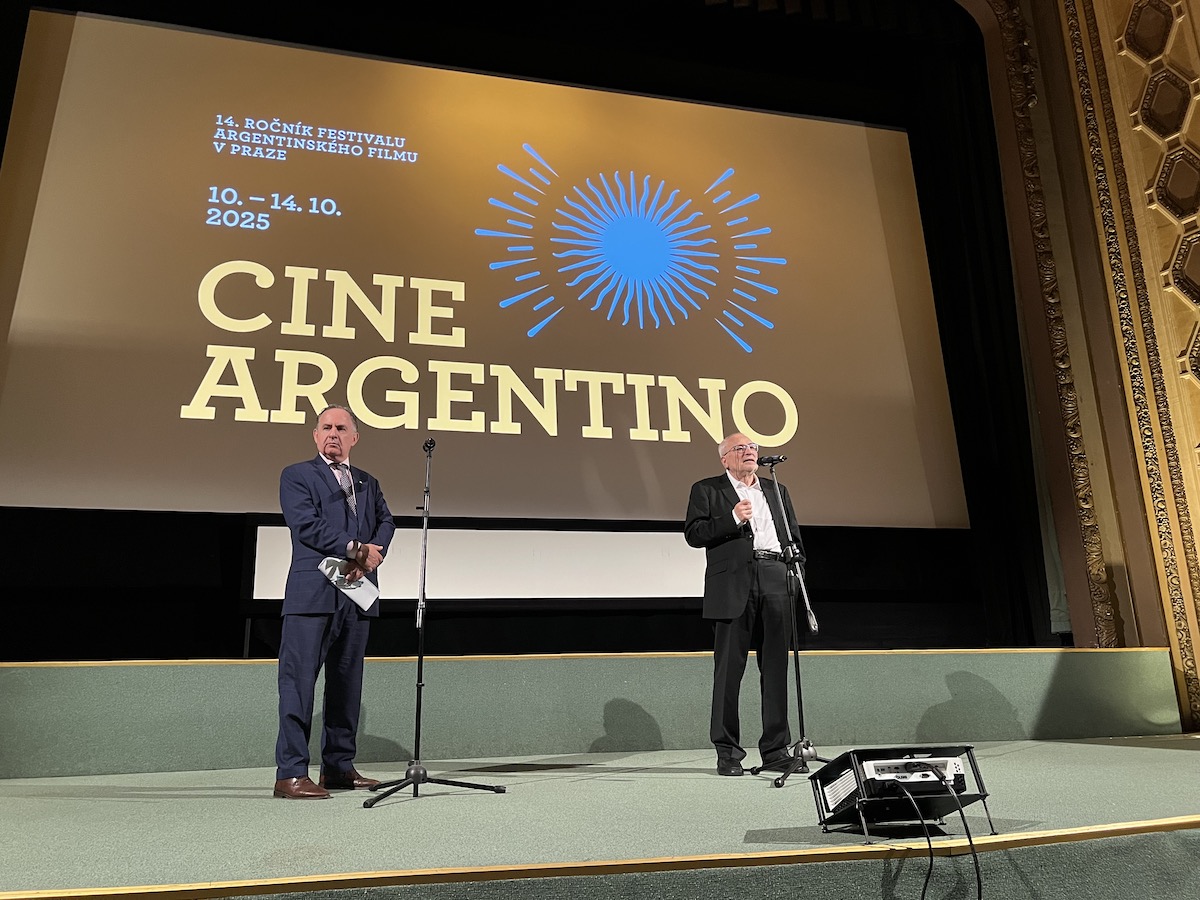



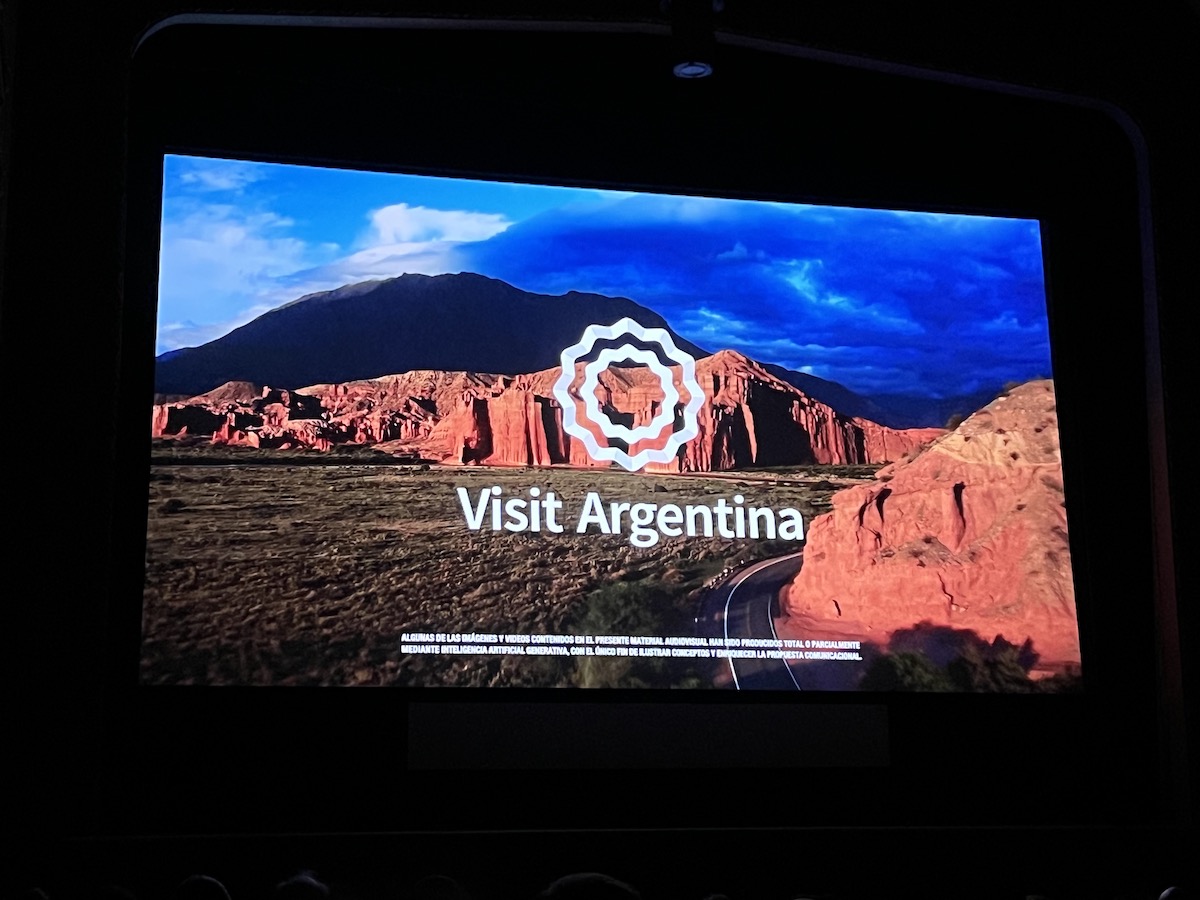
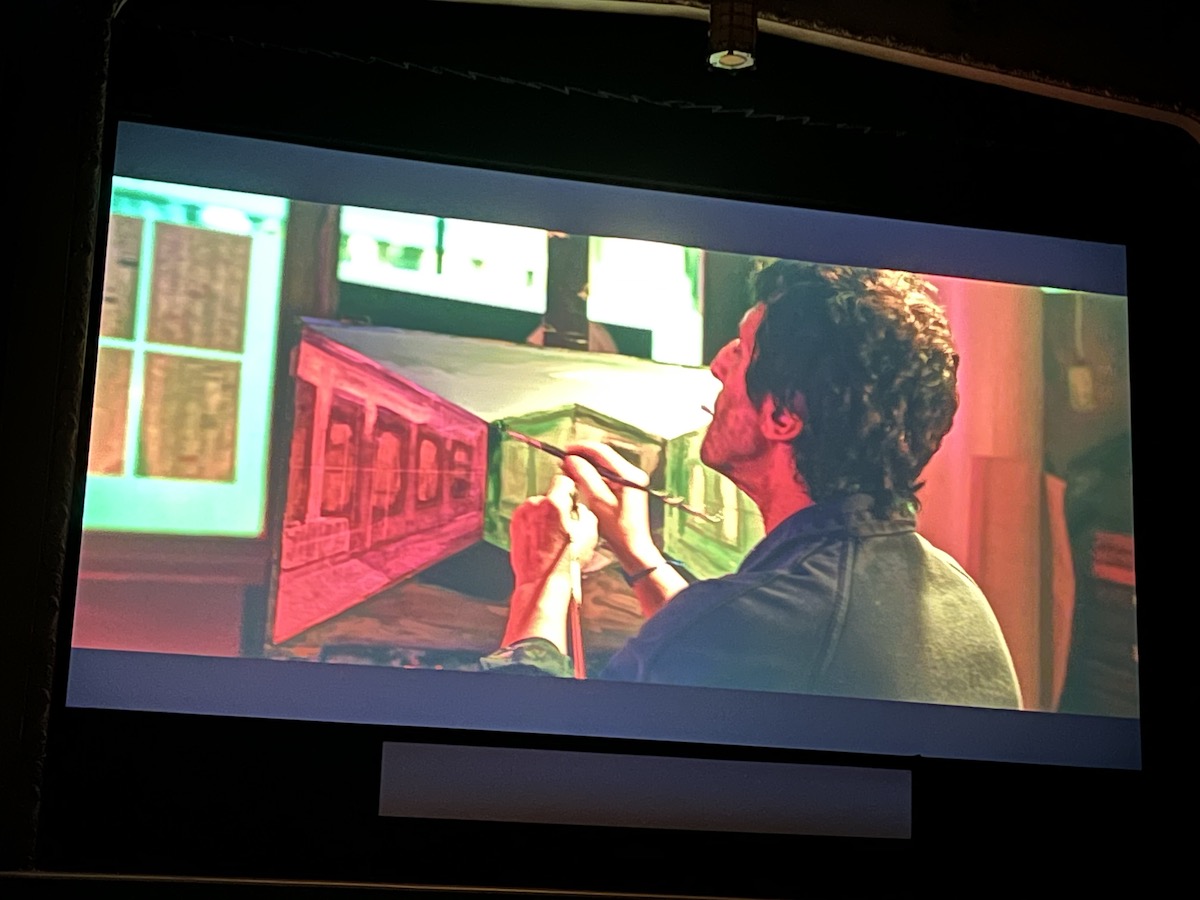
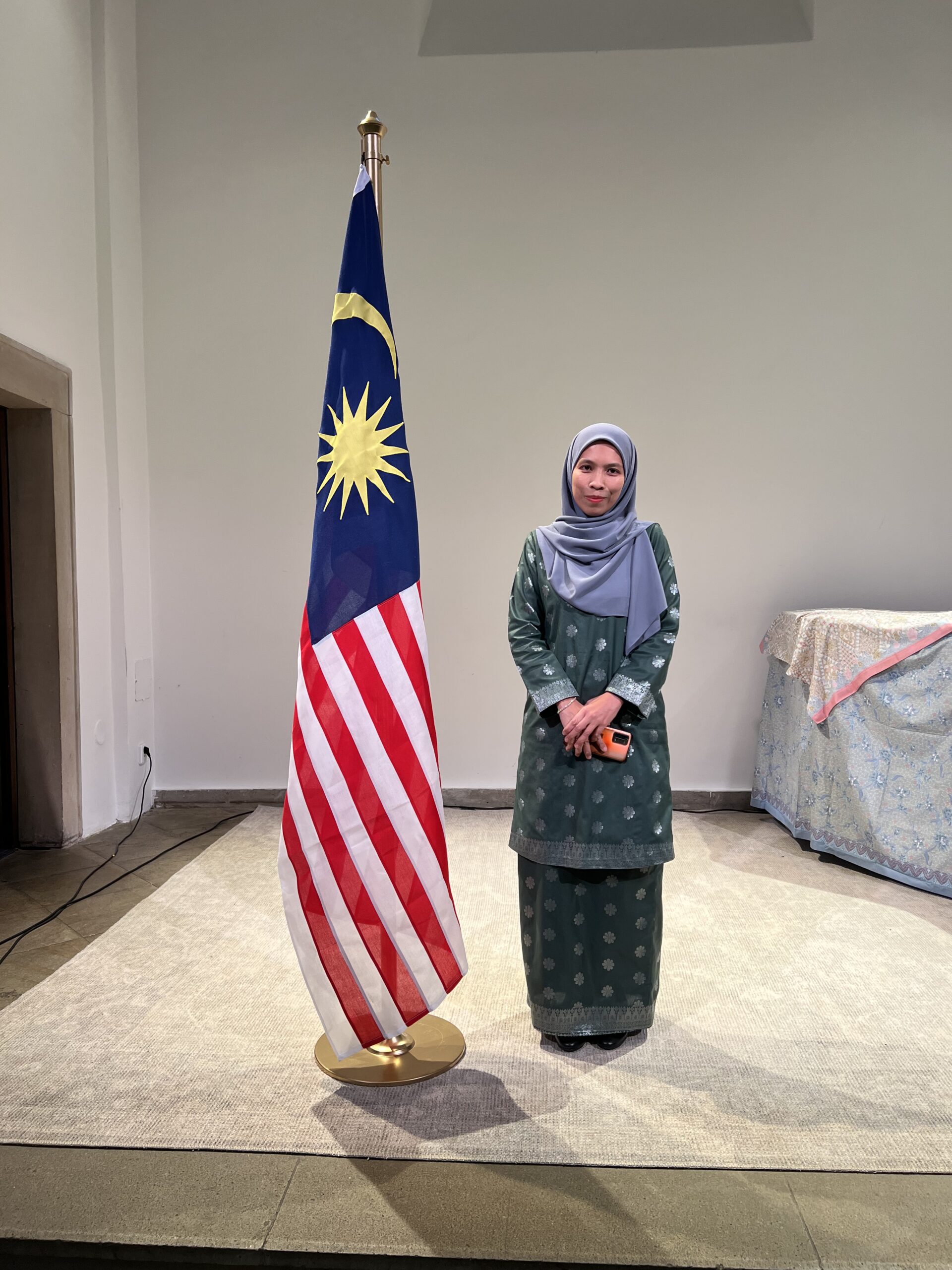 The Embassy of Malaysia in Prague organized a cultural event, “Malaysia Experience”
The Embassy of Malaysia in Prague organized a cultural event, “Malaysia Experience”


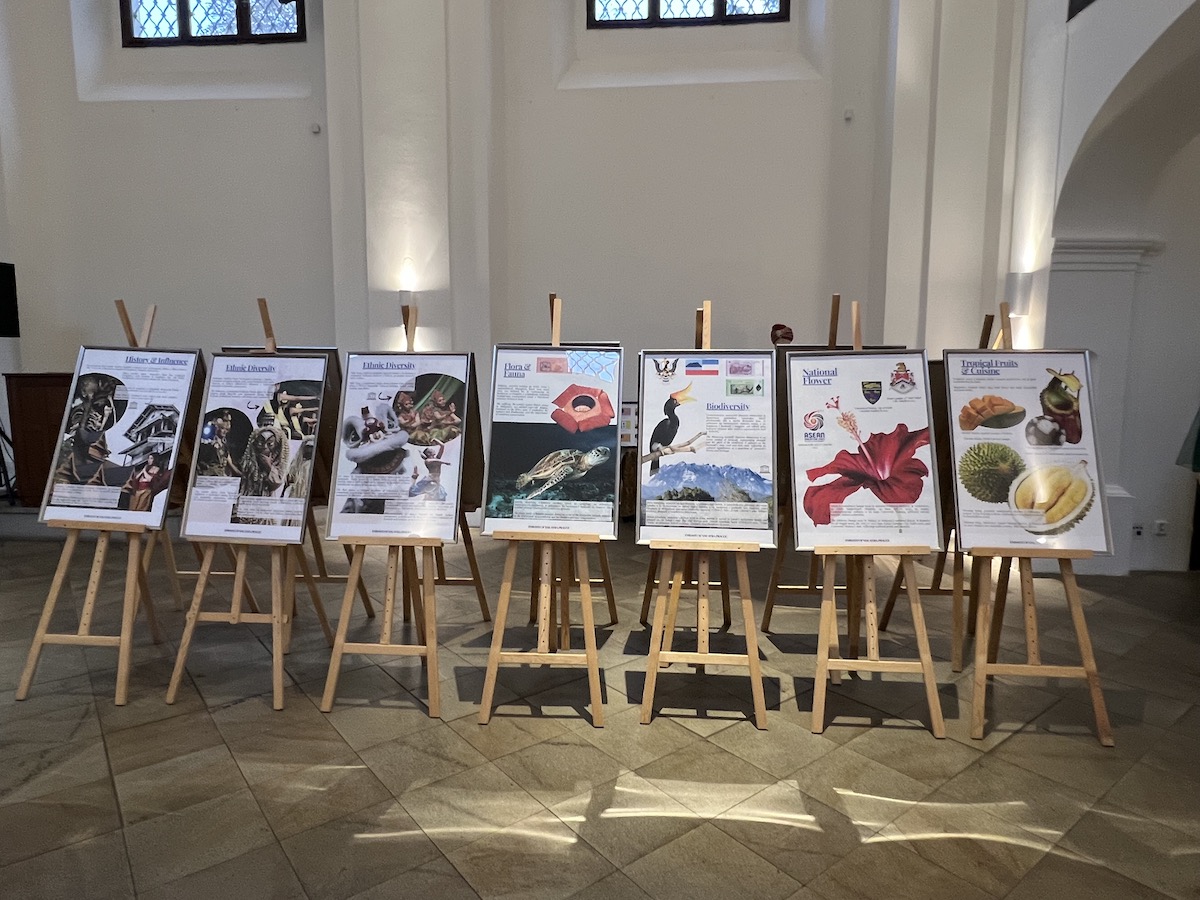



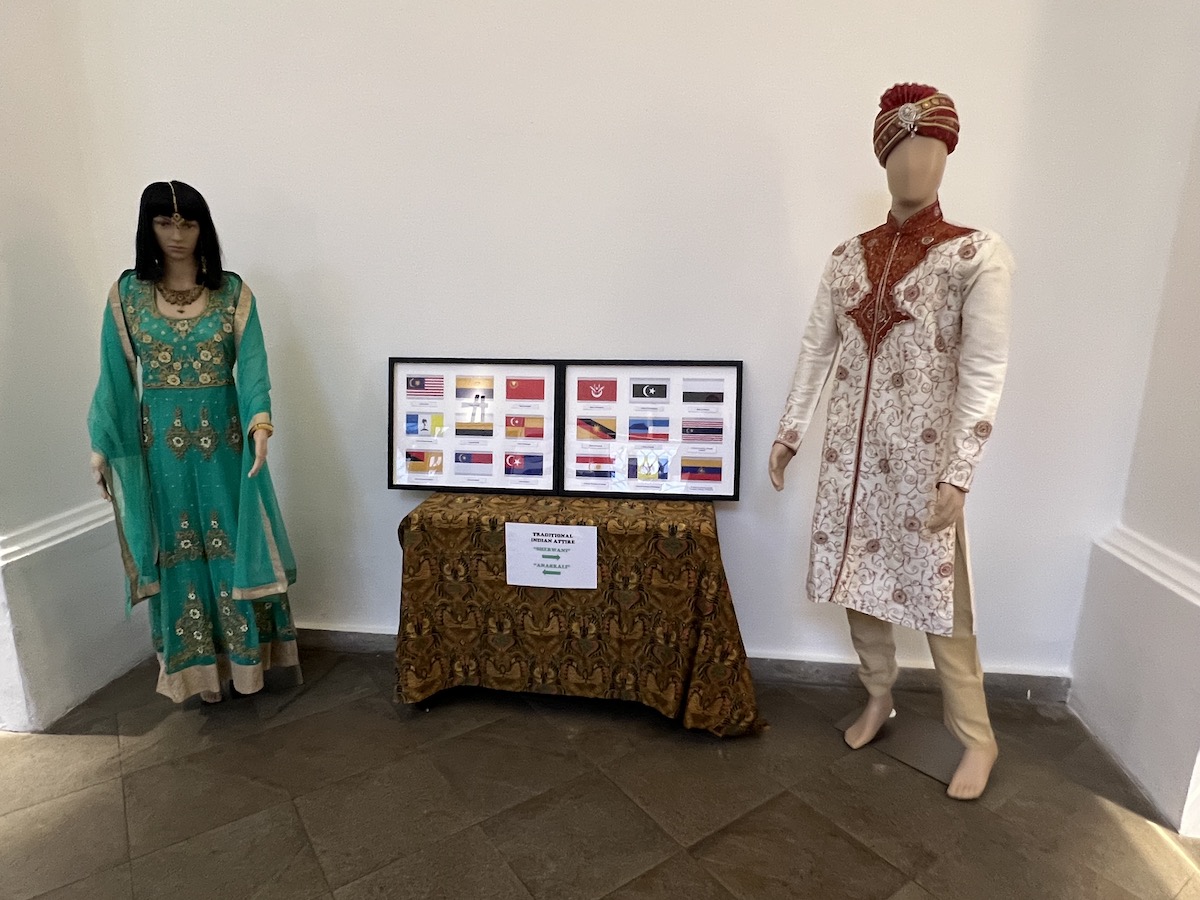





 The Embassy of Italy in Prague, in collaboration with the Italian-Czech Chamber of Commerce, organized a debate “Women in Business”, a series of initiatives designed to support Italian Female Entrepreneurship.
The Embassy of Italy in Prague, in collaboration with the Italian-Czech Chamber of Commerce, organized a debate “Women in Business”, a series of initiatives designed to support Italian Female Entrepreneurship.
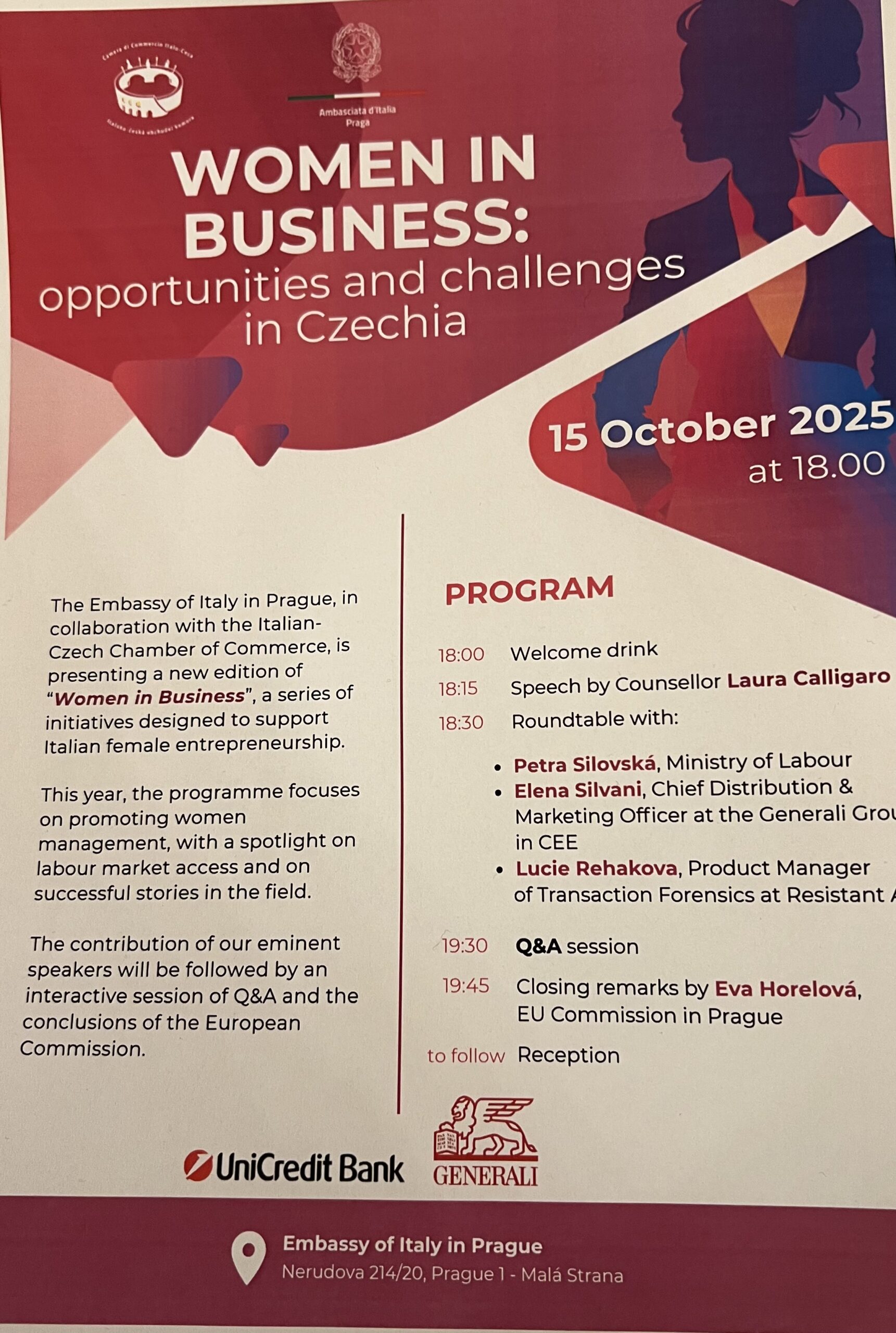
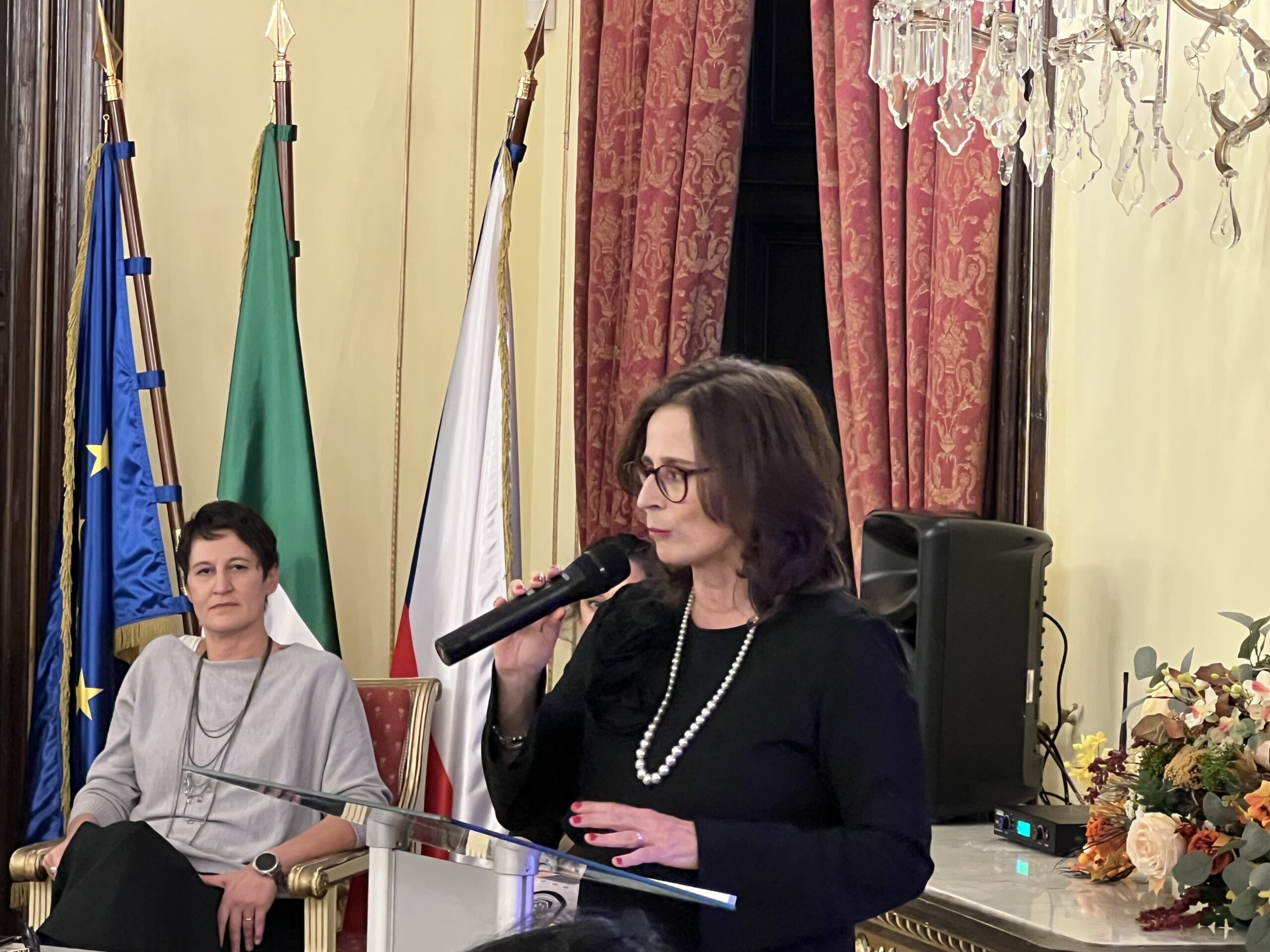
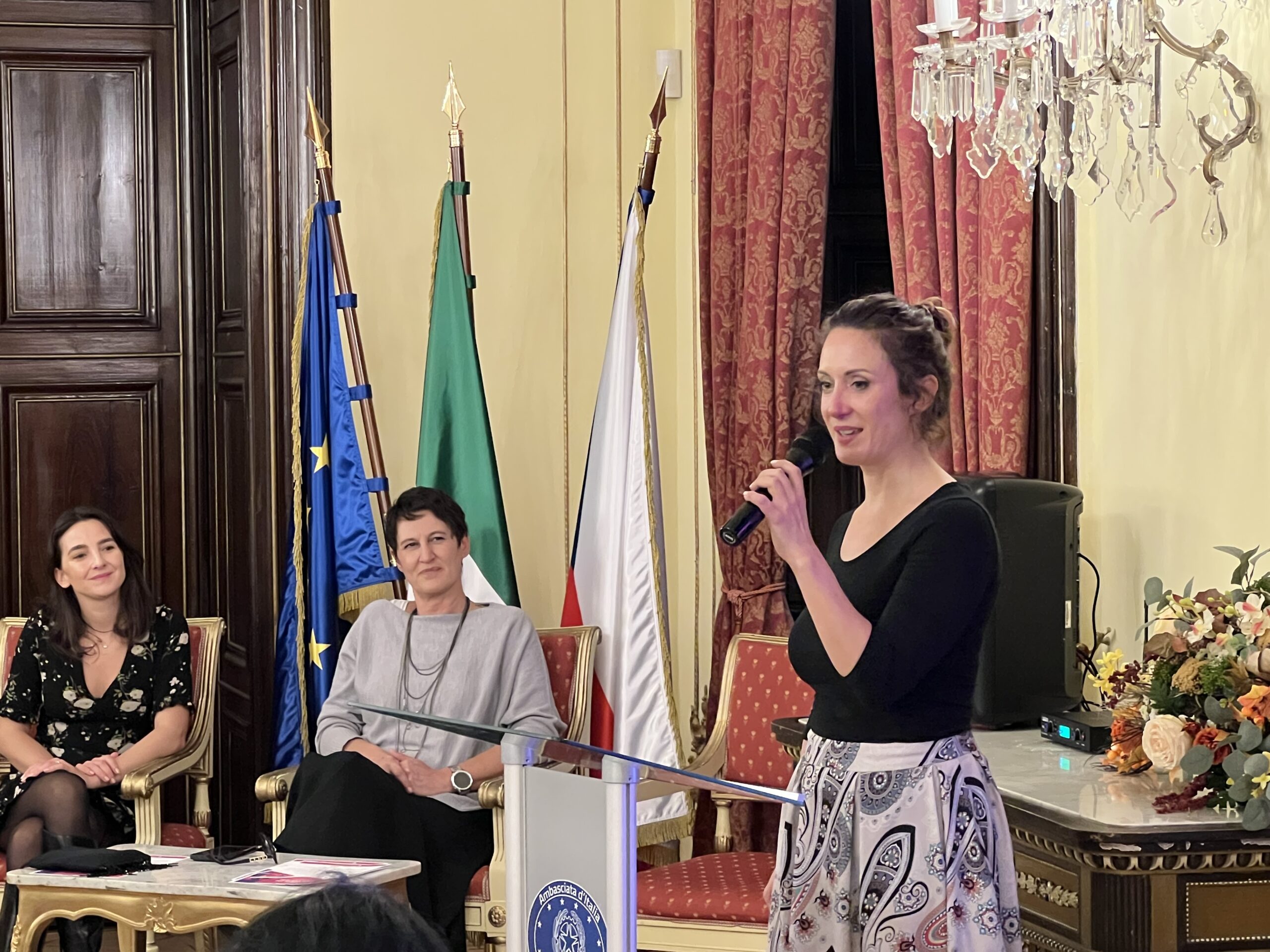
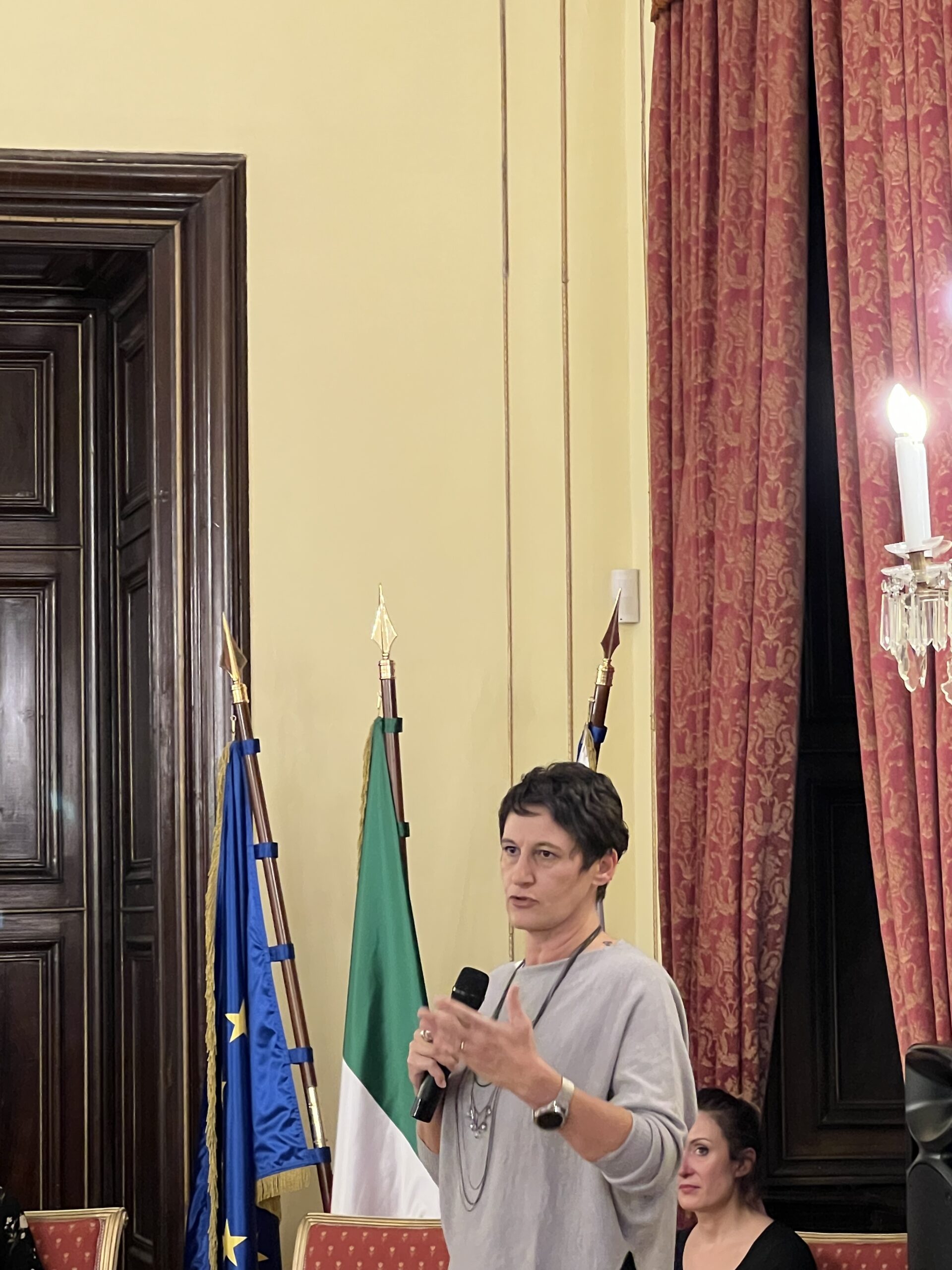
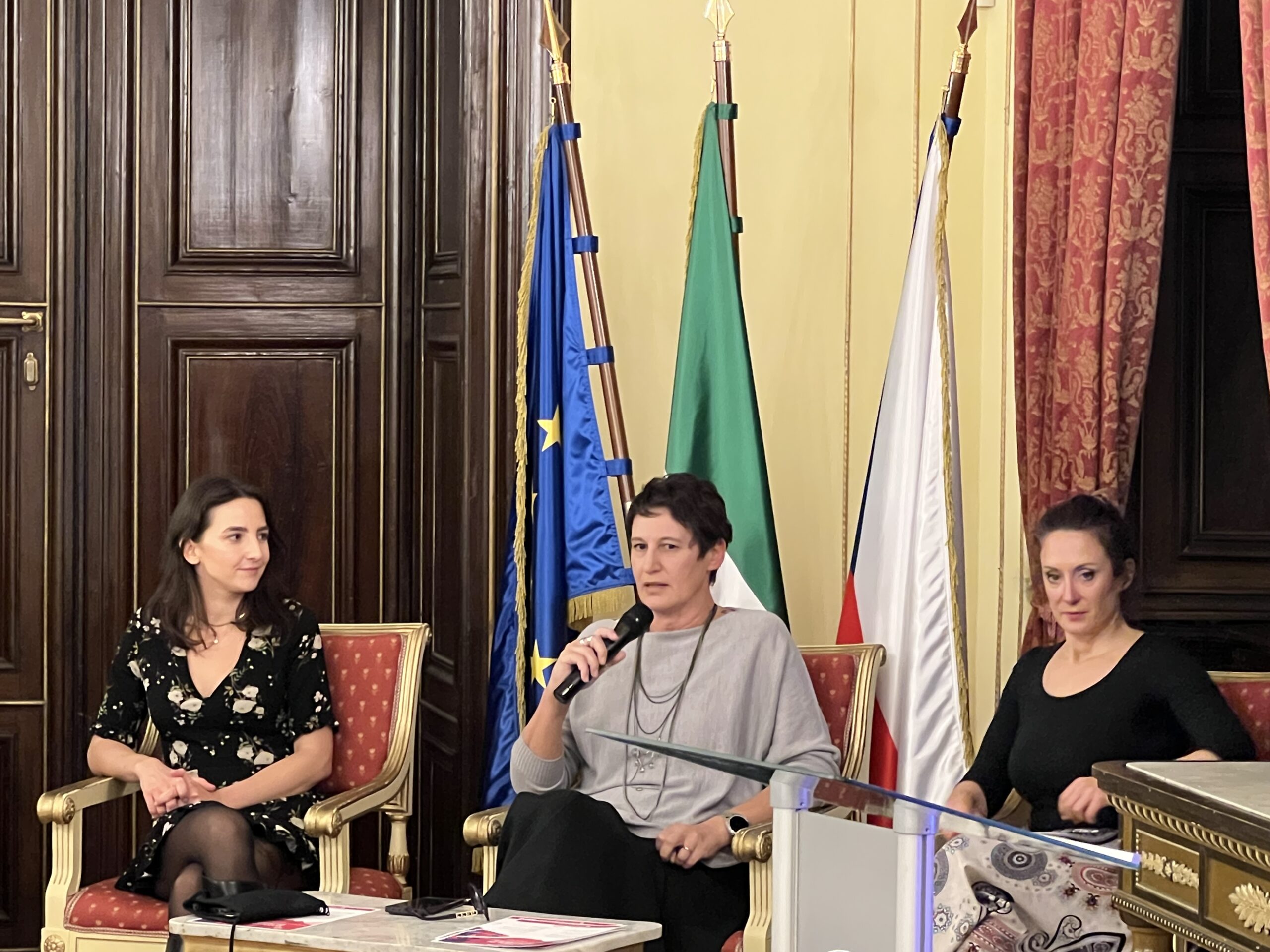
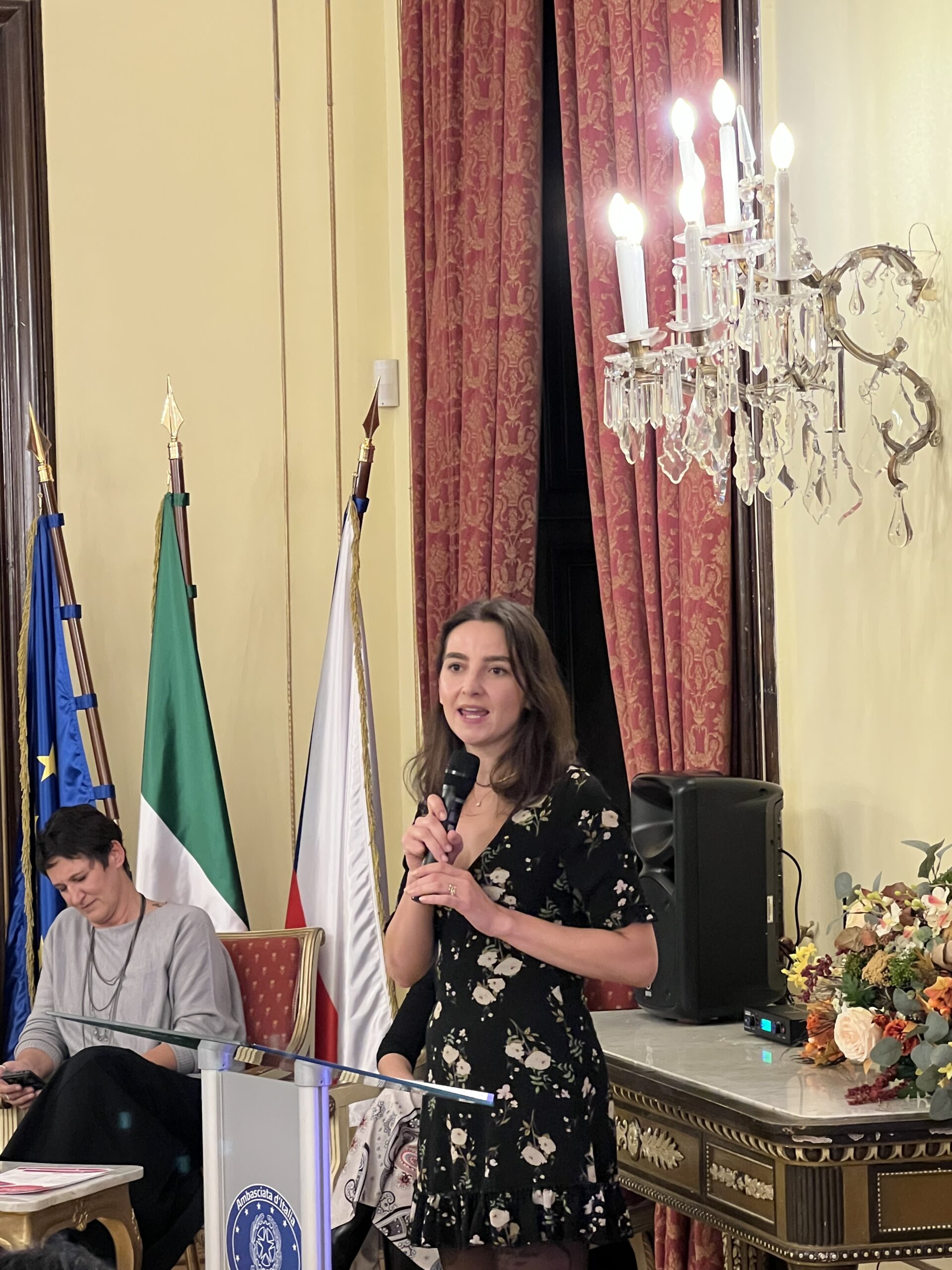
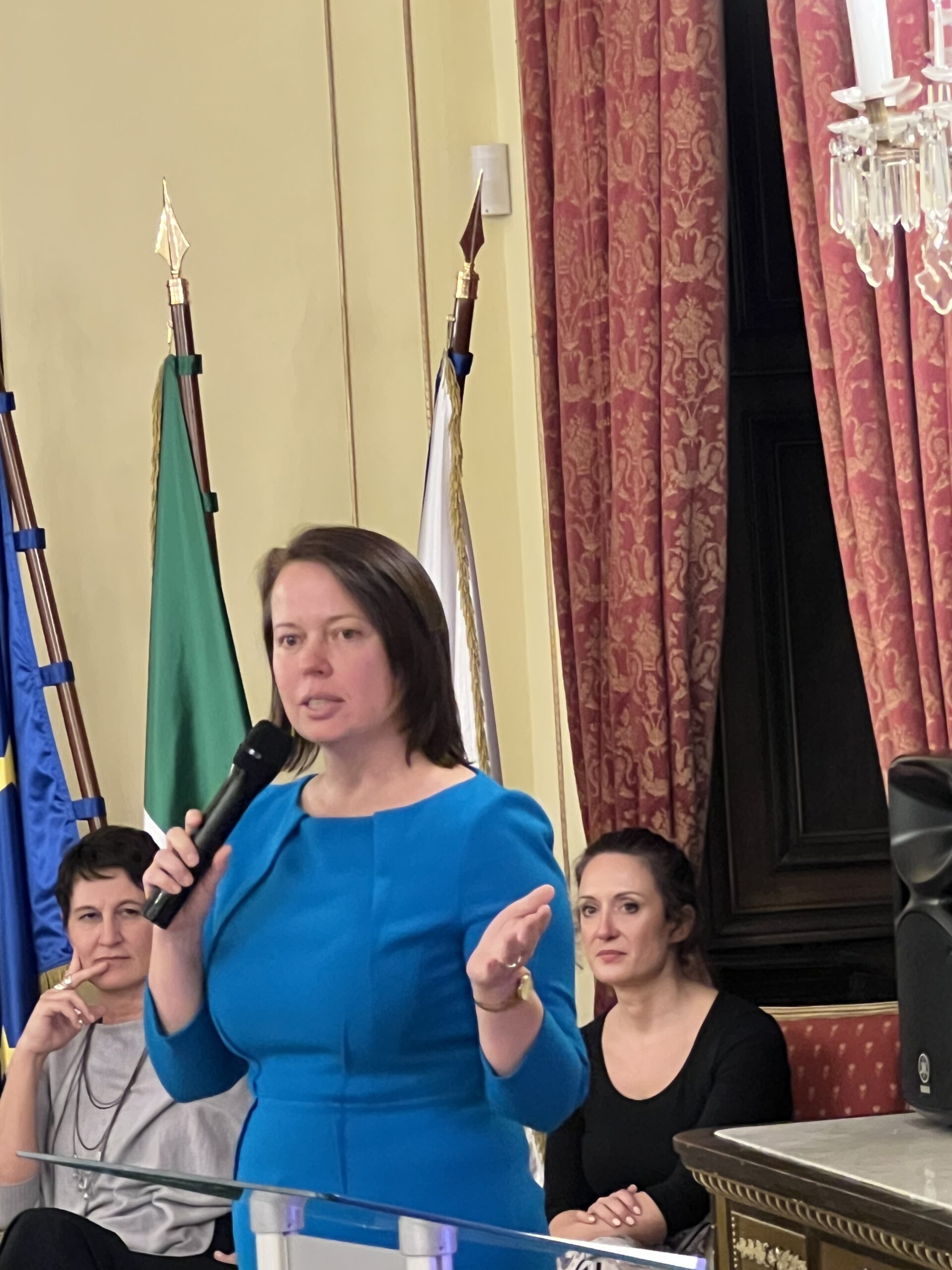






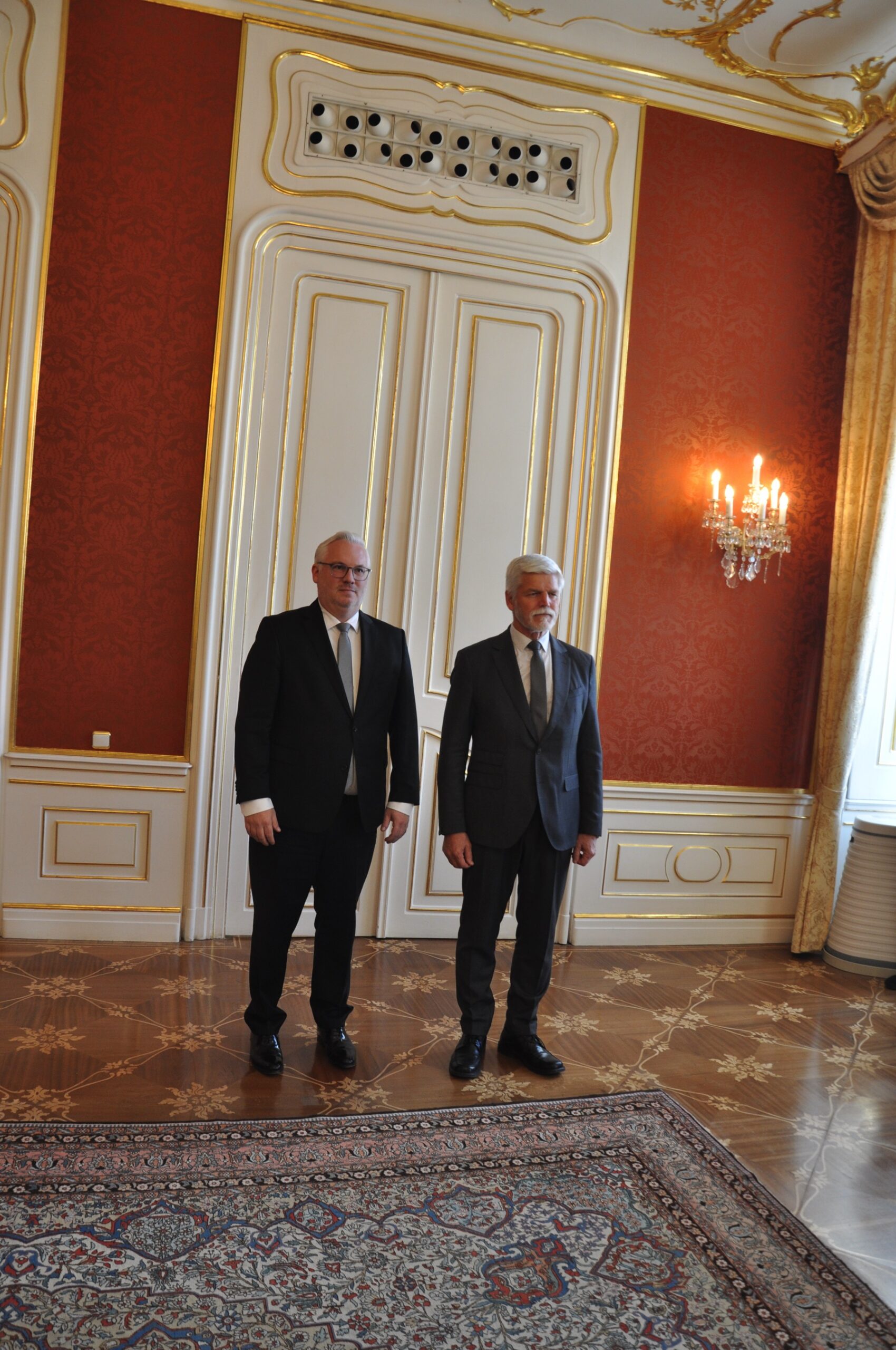




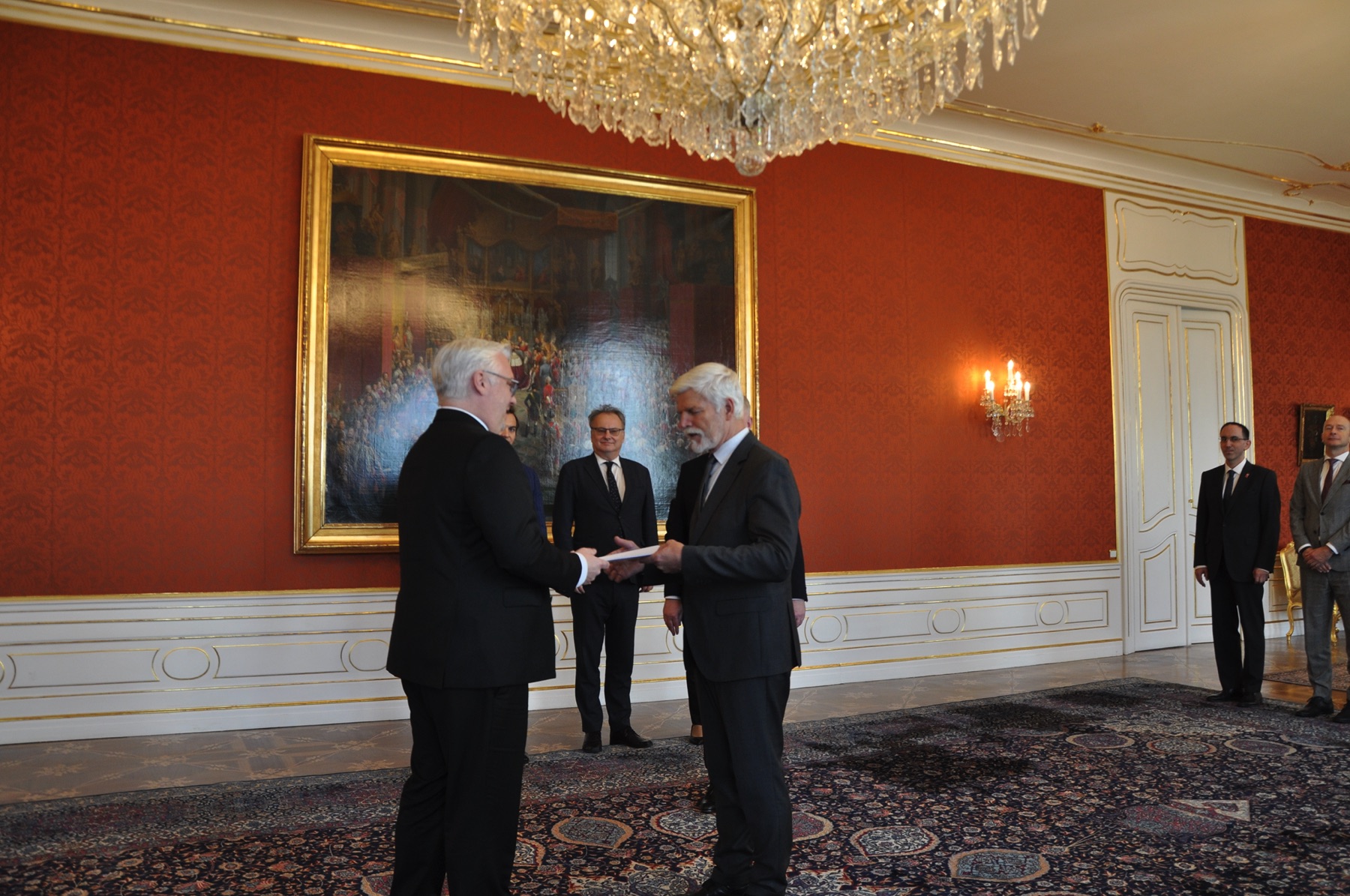

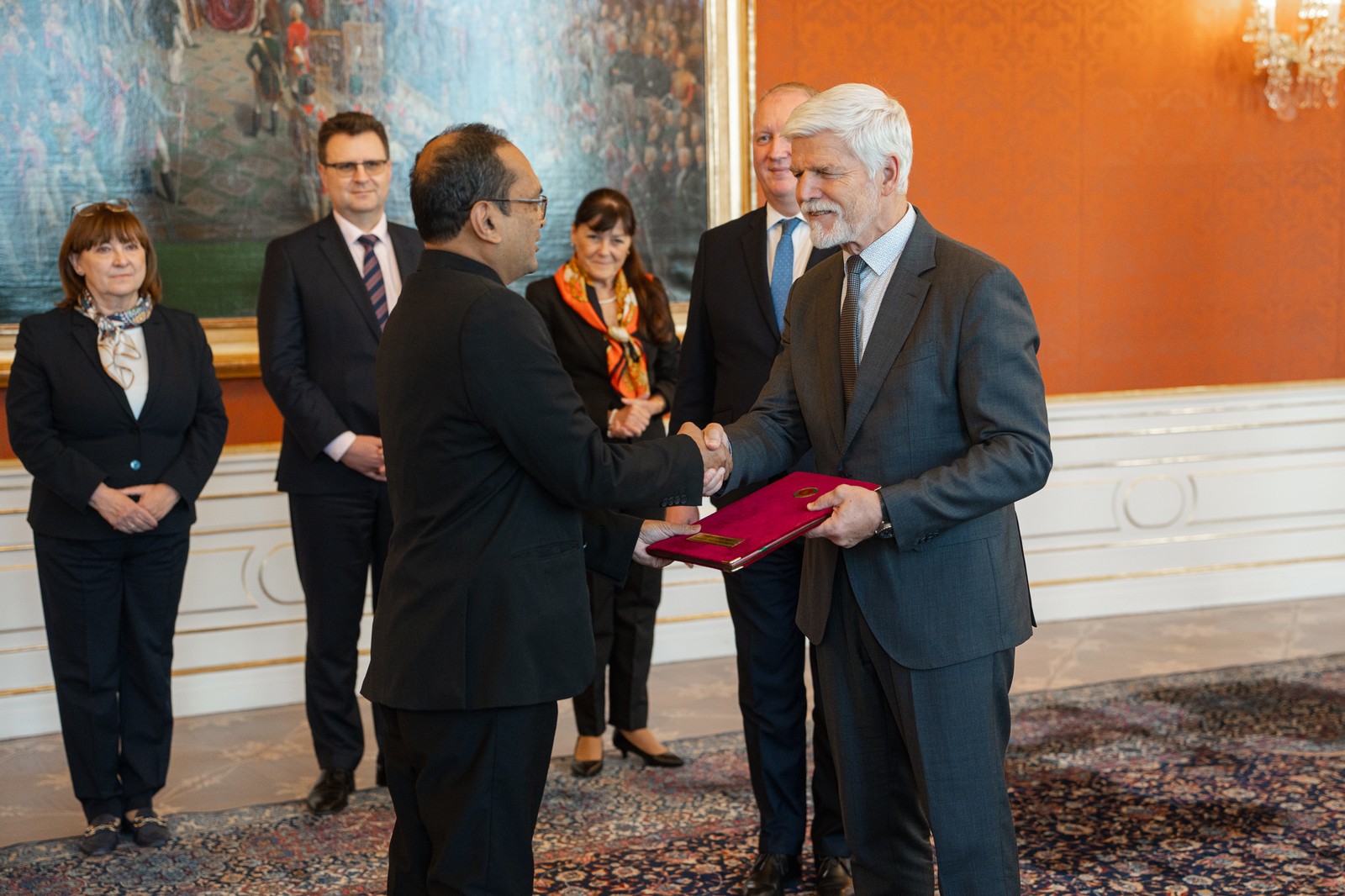

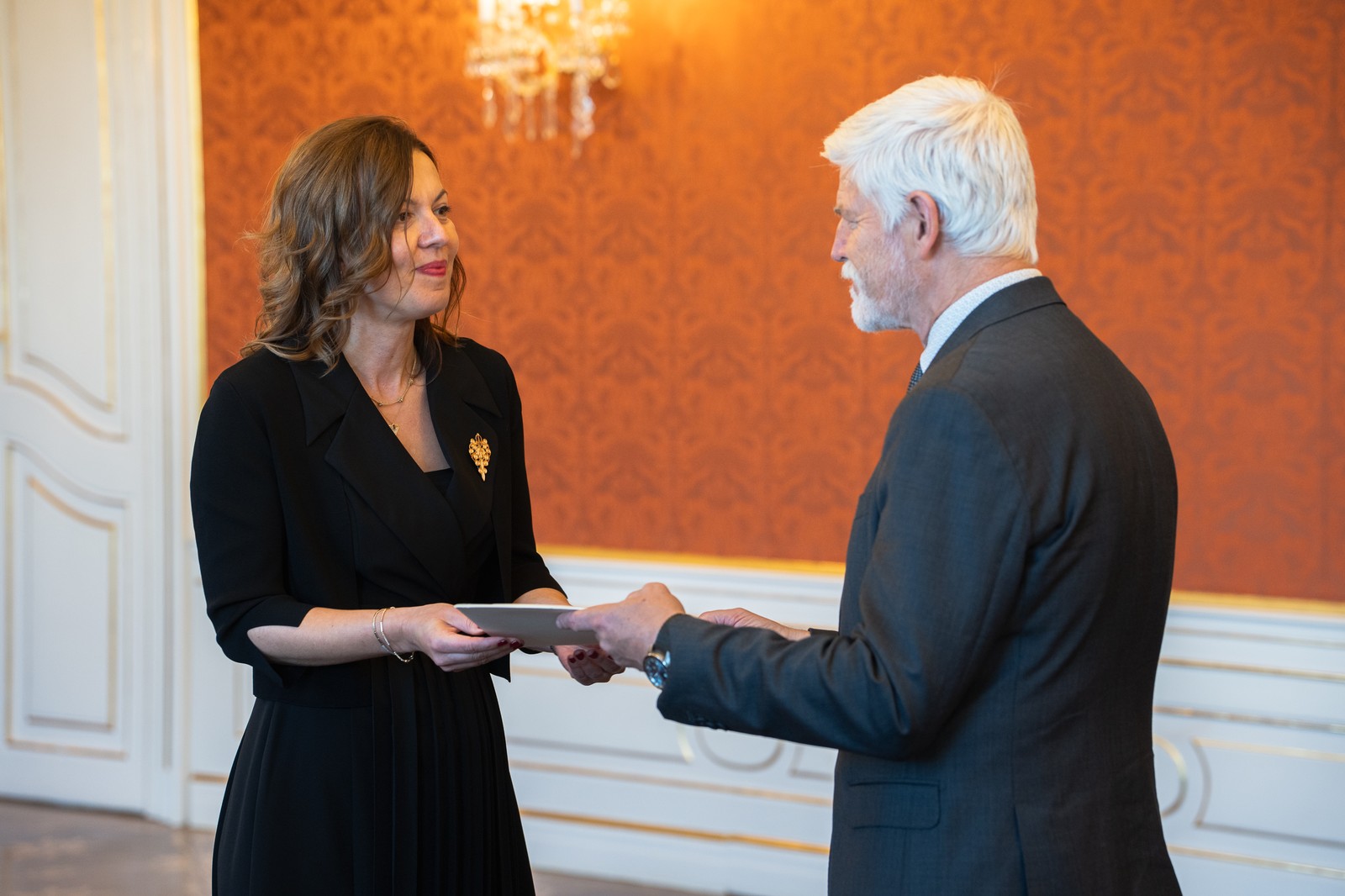
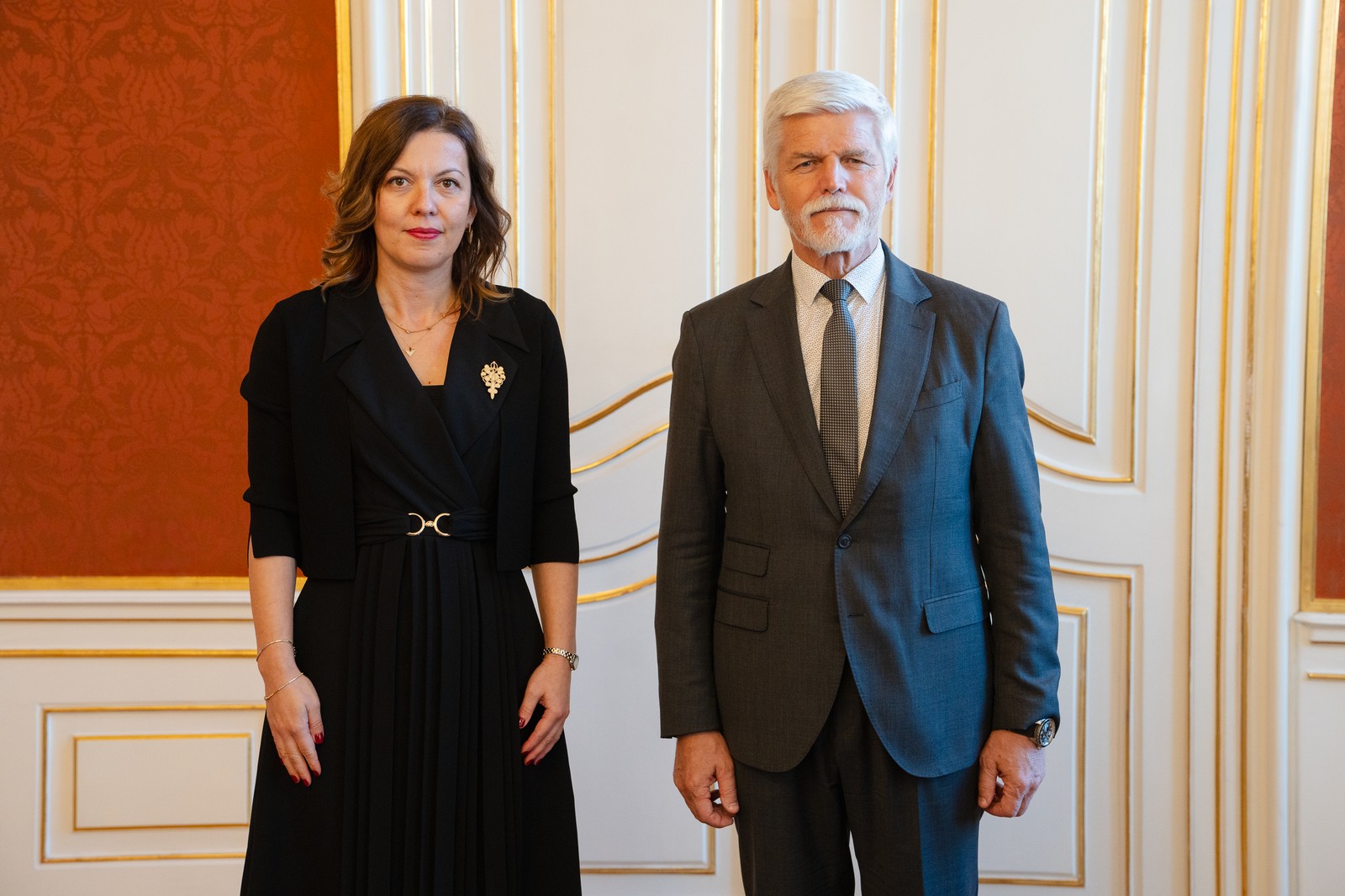
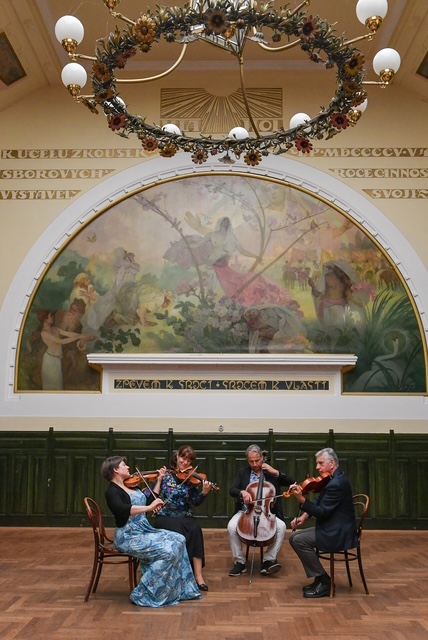 Festival is in full swing! Two concerts behind us, three ahead of us – and each one is worth experiencing!
Festival is in full swing! Two concerts behind us, three ahead of us – and each one is worth experiencing!